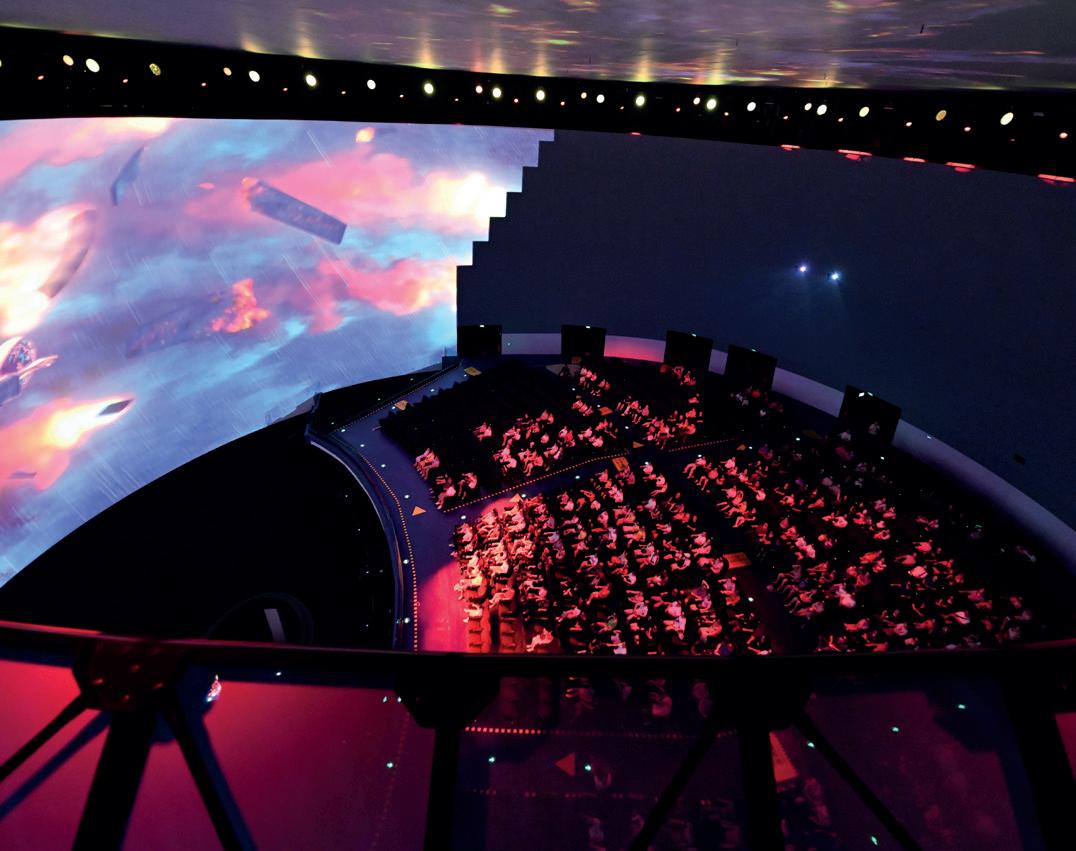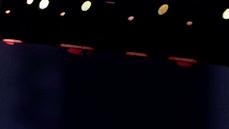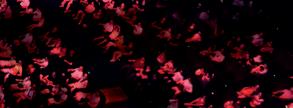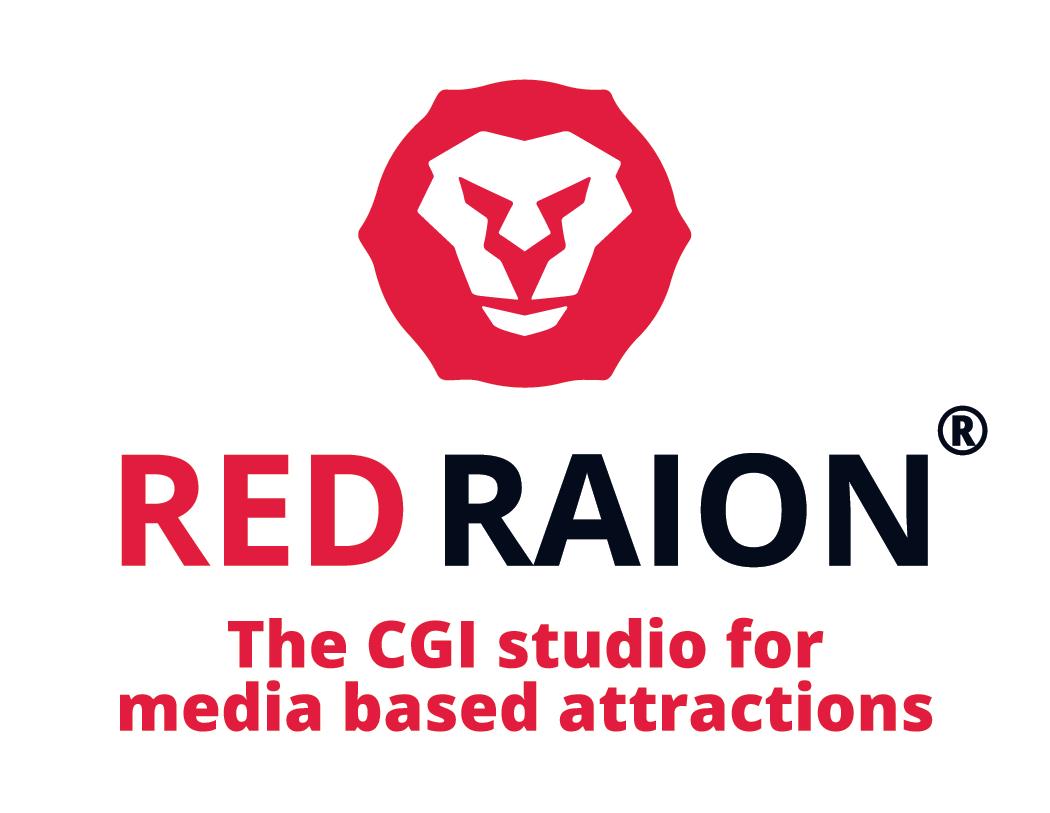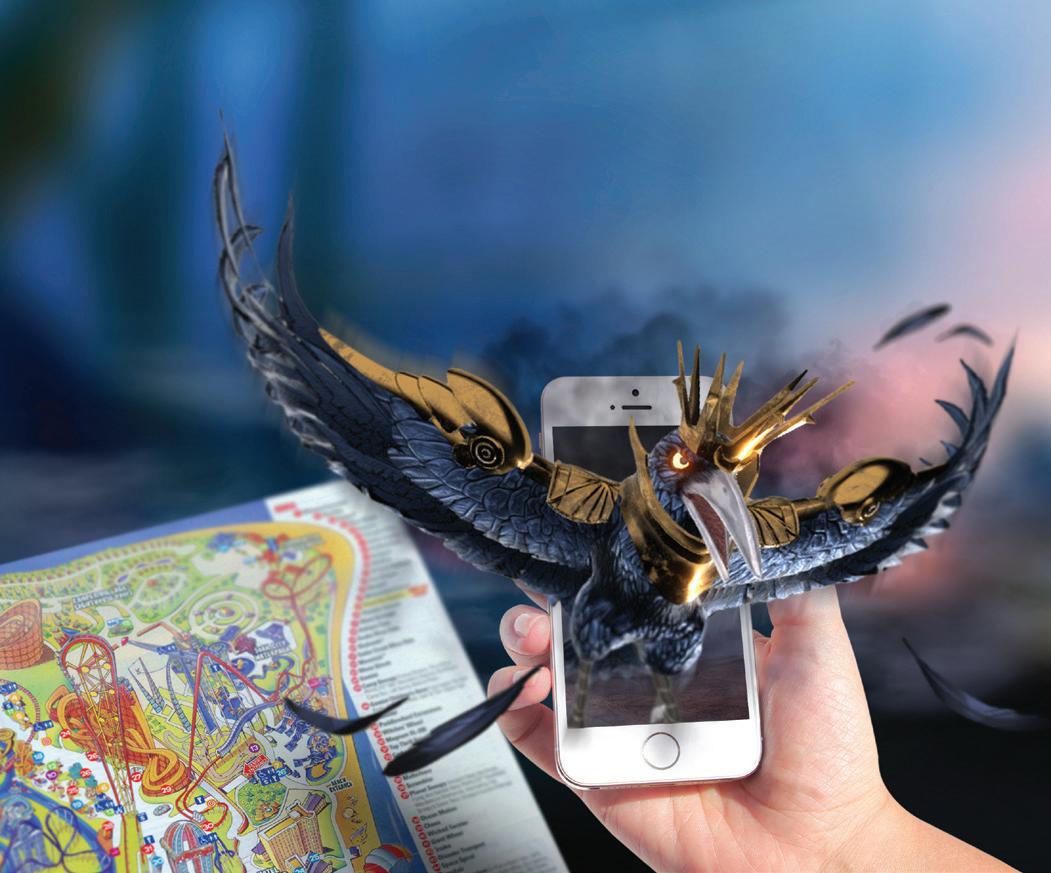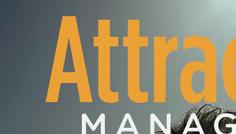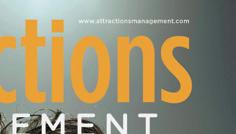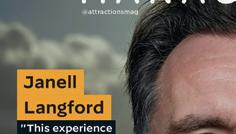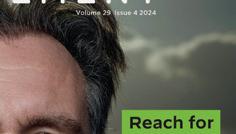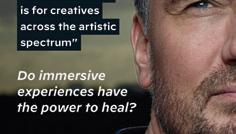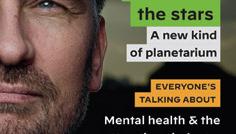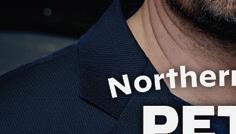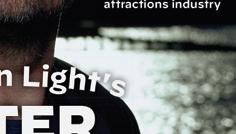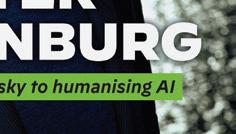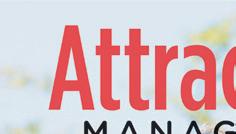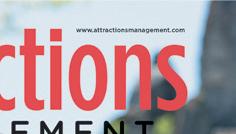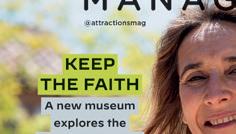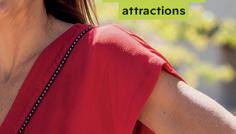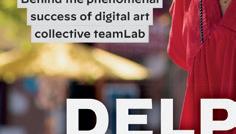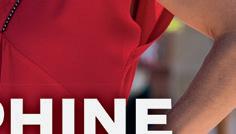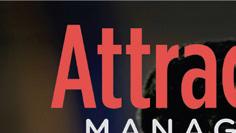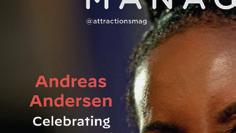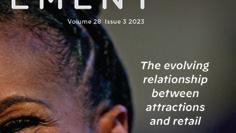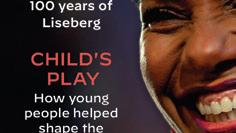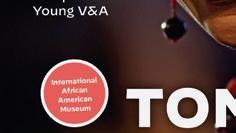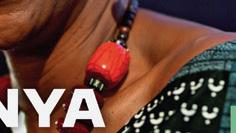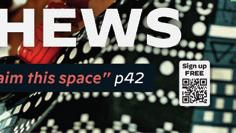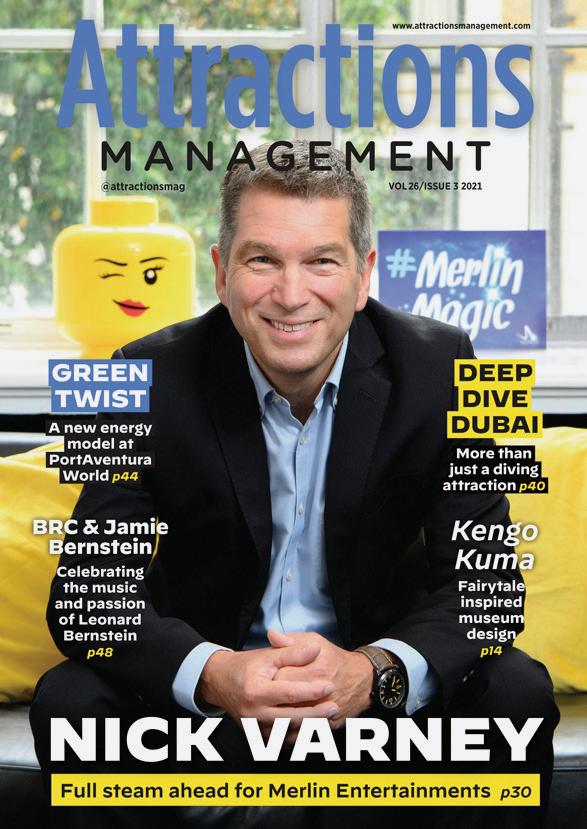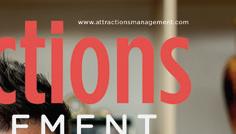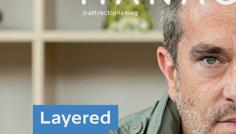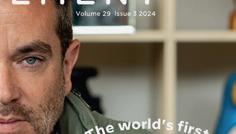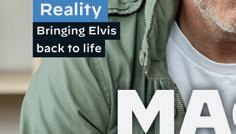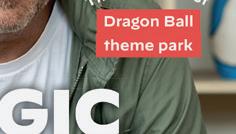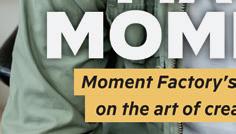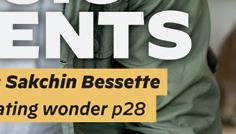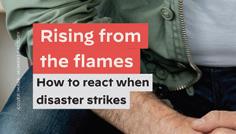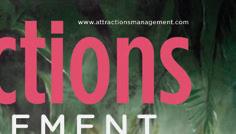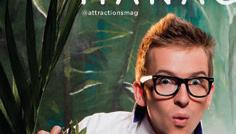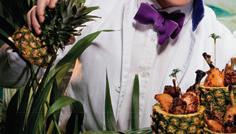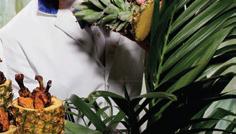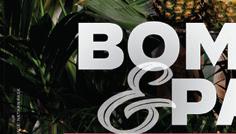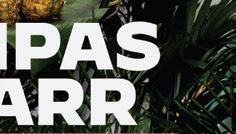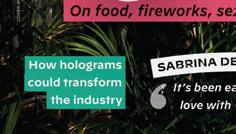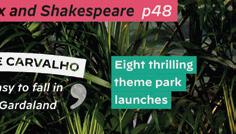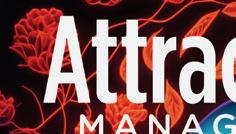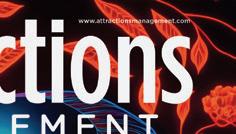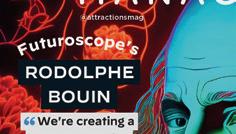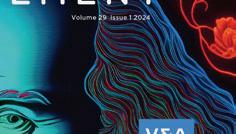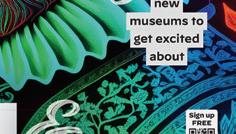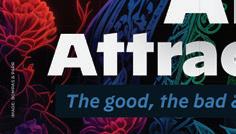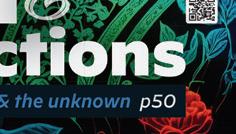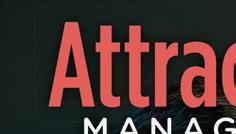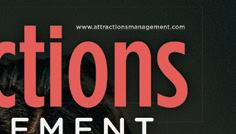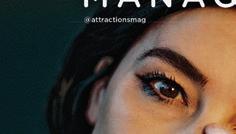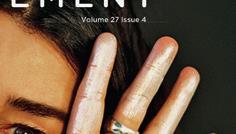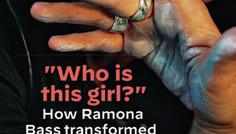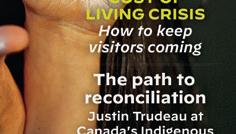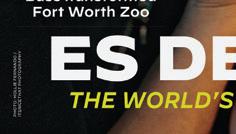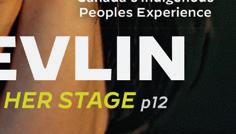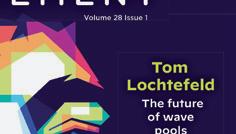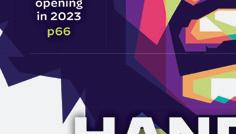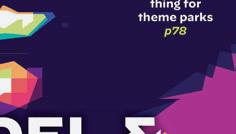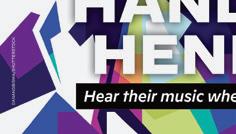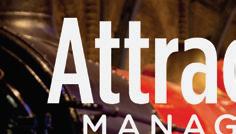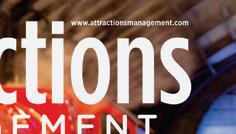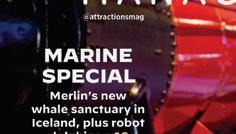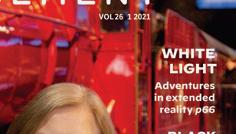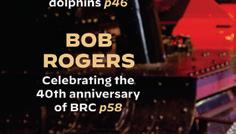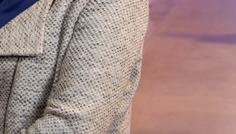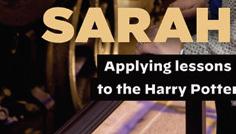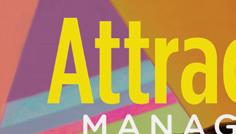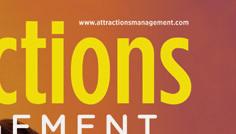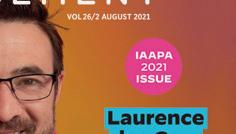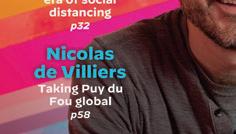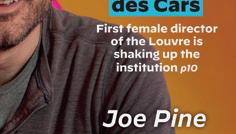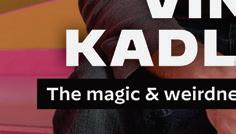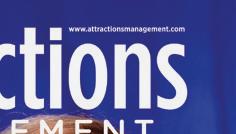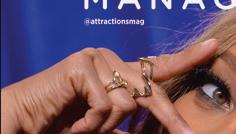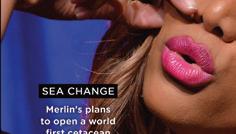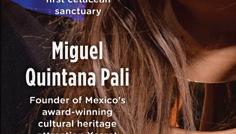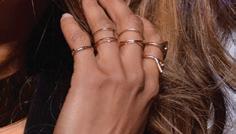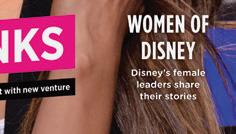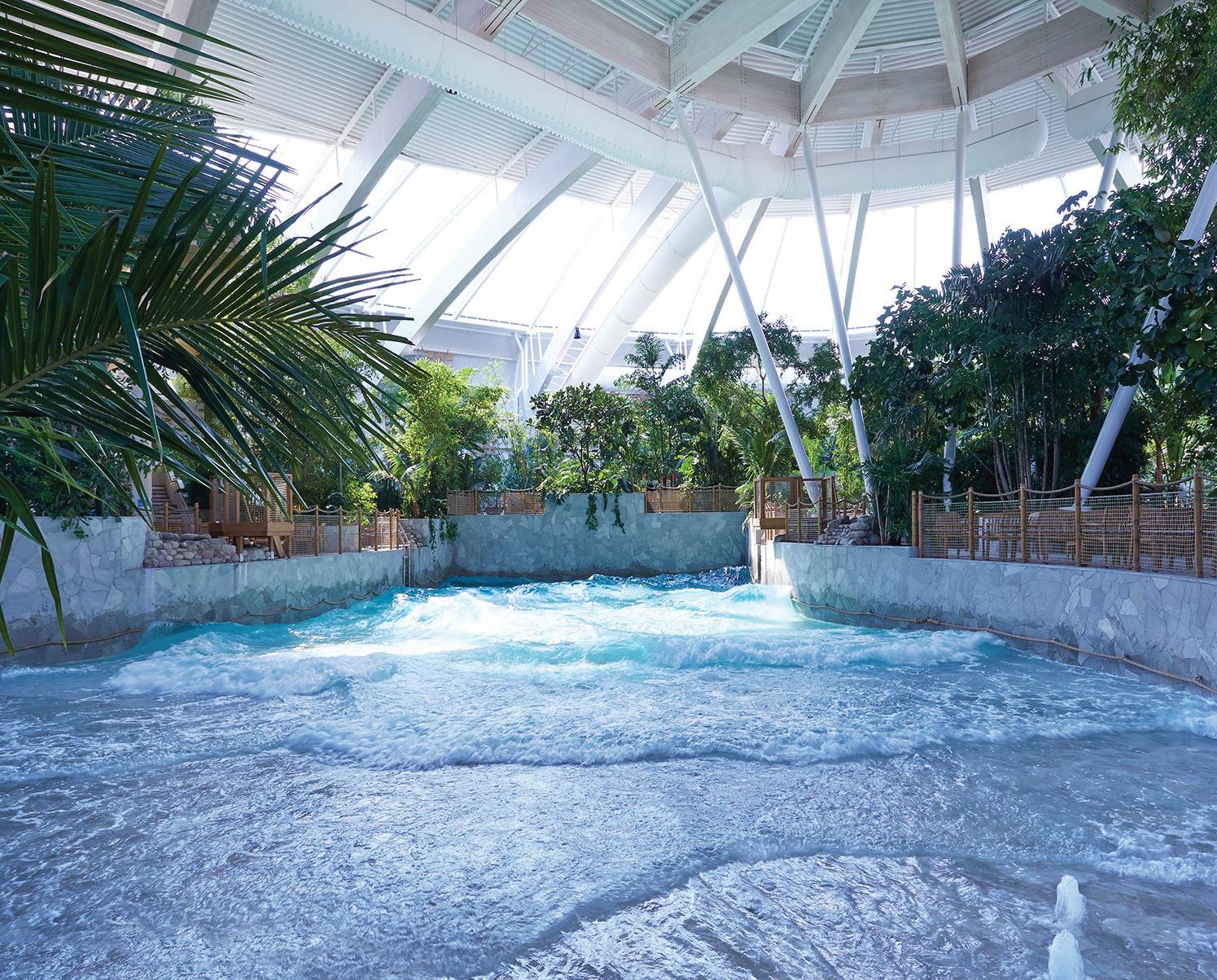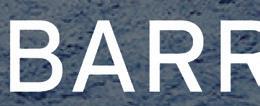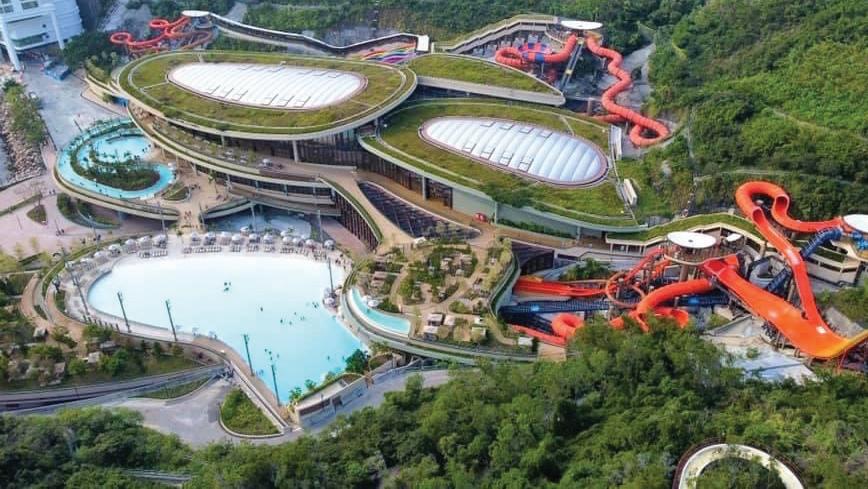

Ones to watch
Weis

Reclaiming Indigenous stories
Harnessing the magic of sound and light museums breaking the mould















Ones to watch
Weis

Reclaiming Indigenous stories
Harnessing the magic of sound and light museums breaking the mould












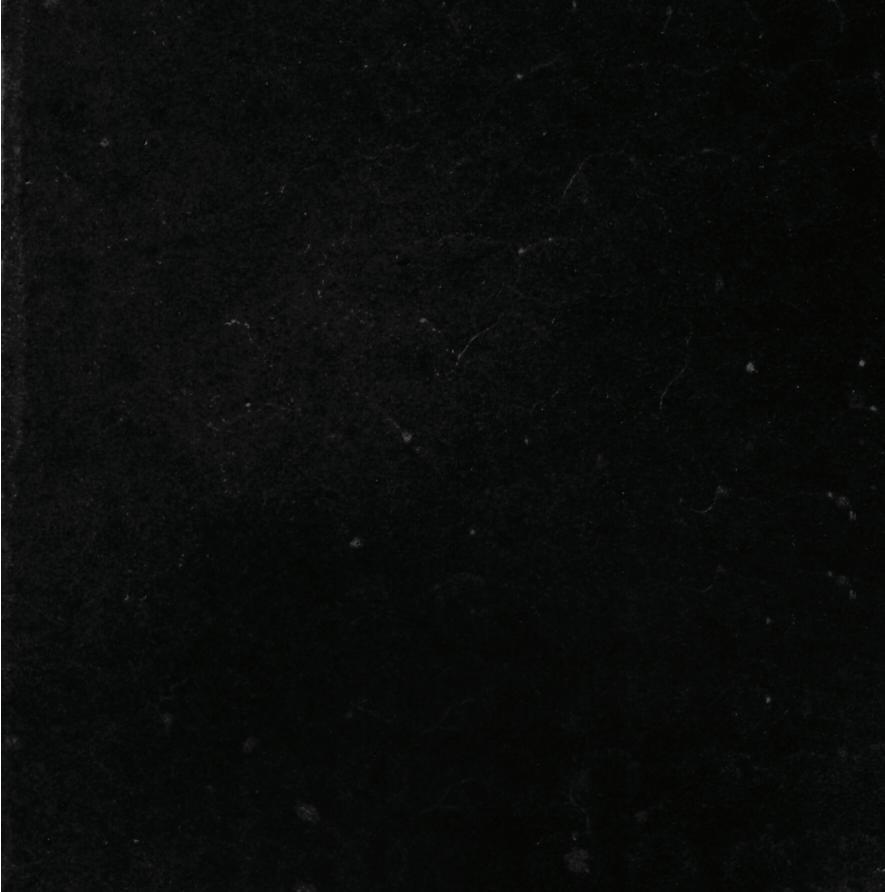
A podcast about the legendary people, ideas and strategies that have redefined how we think about storytelling across every medium: from books to the board room, film to physical spaces.


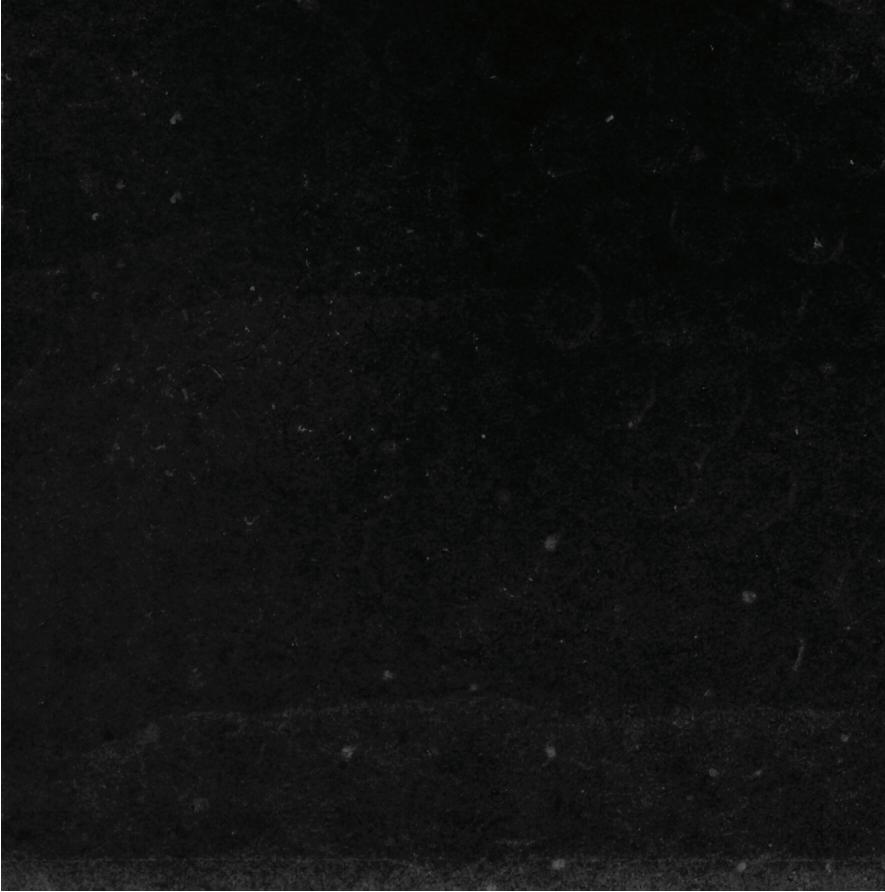

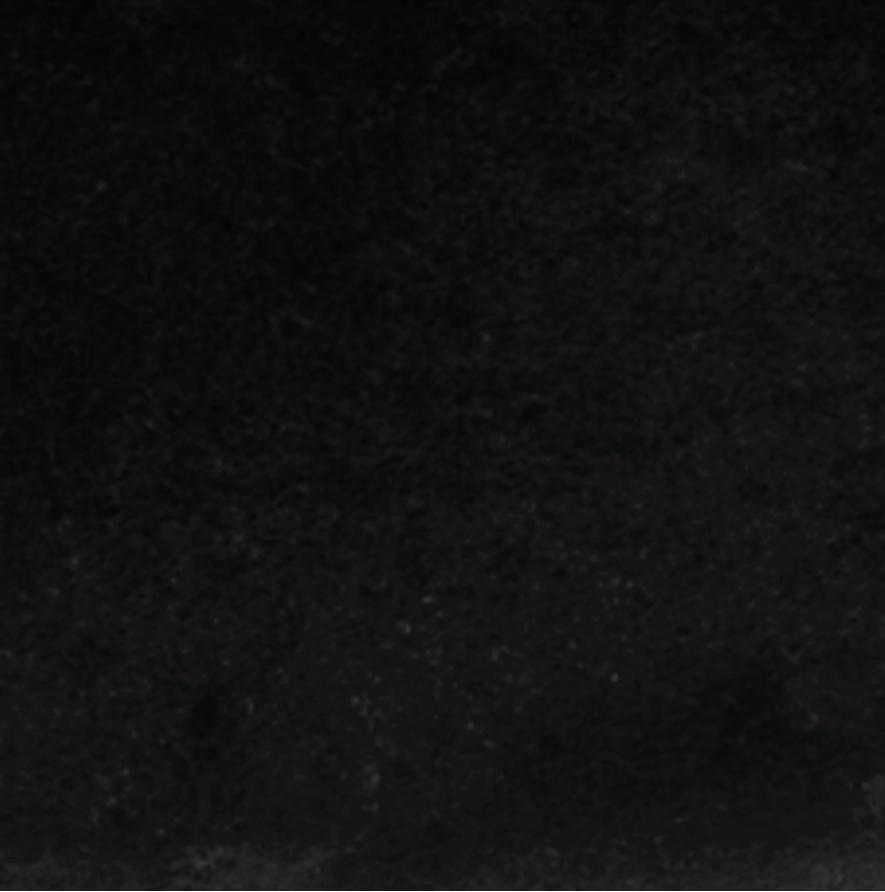


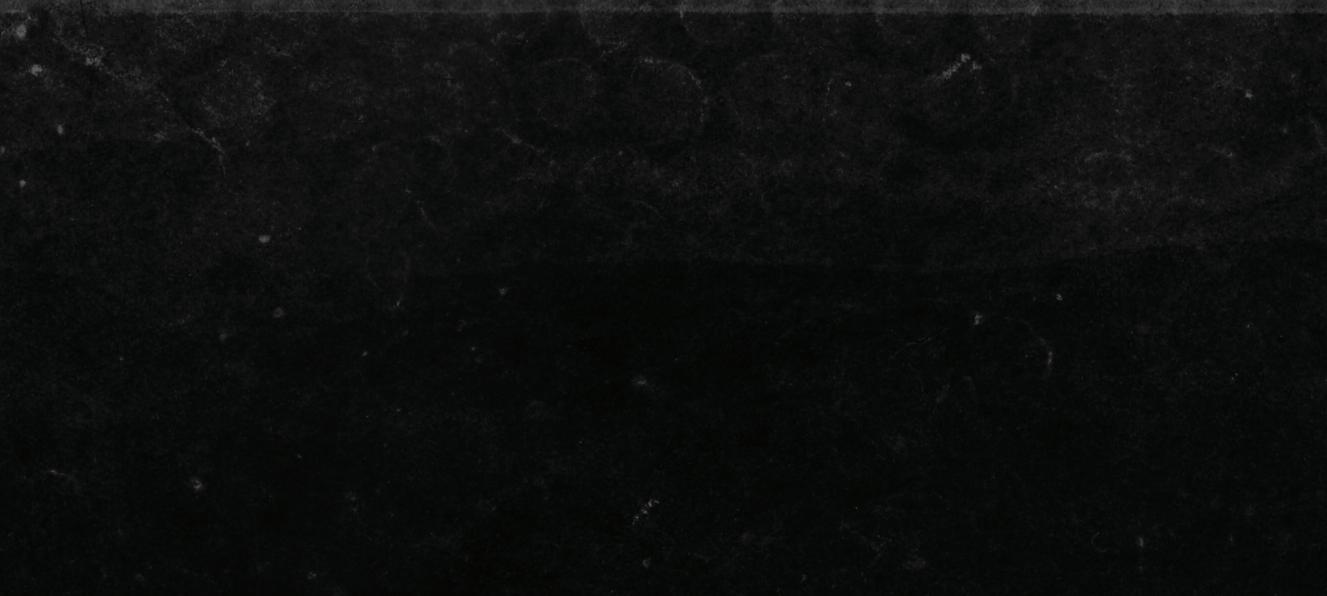


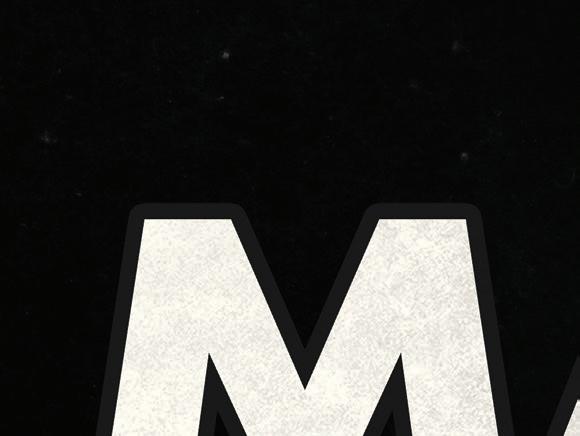
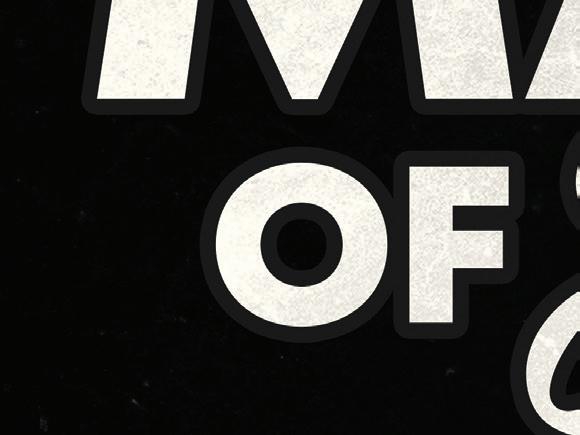


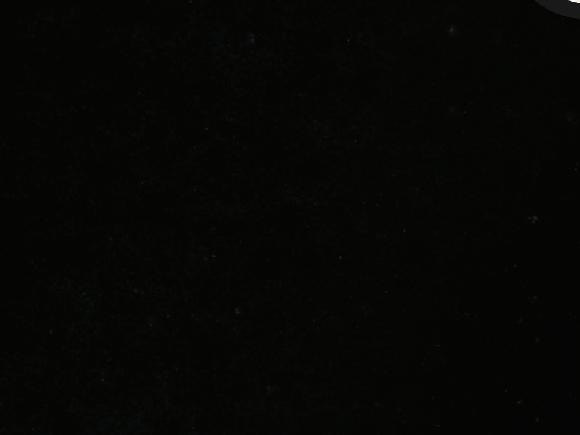


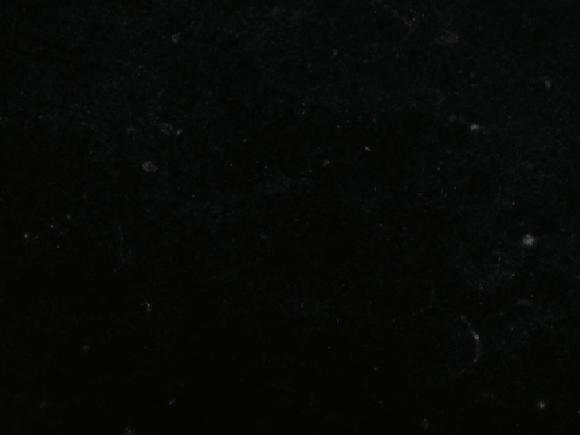
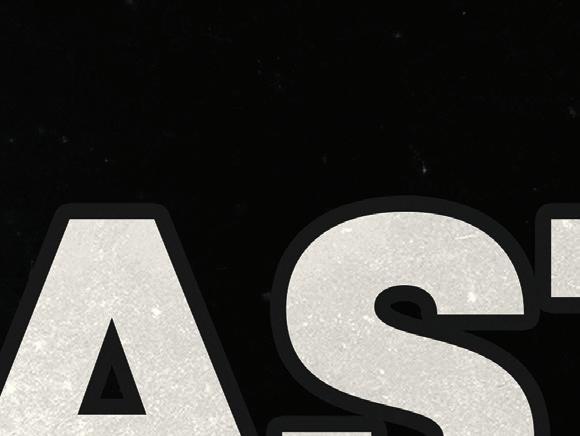
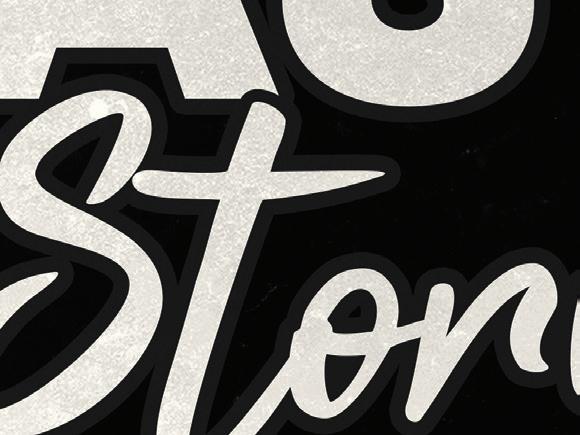
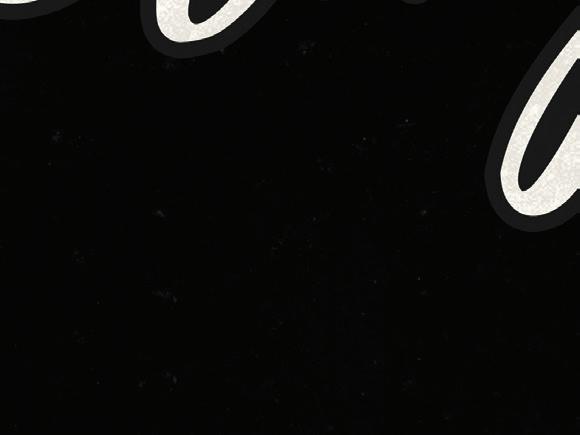



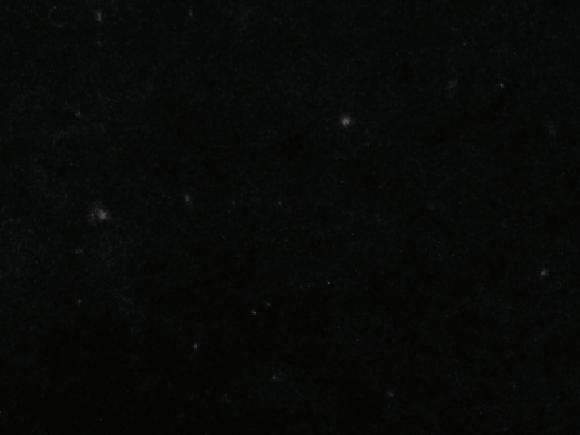
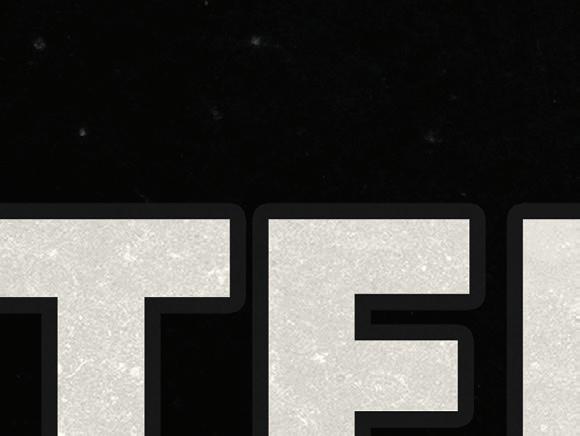

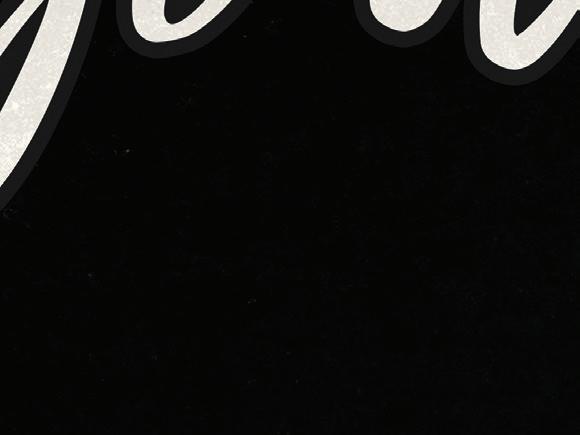
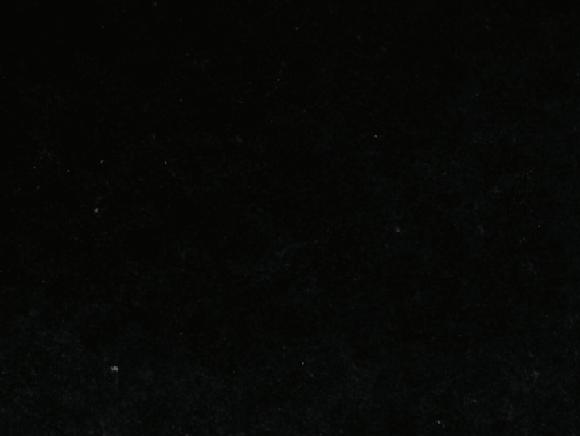
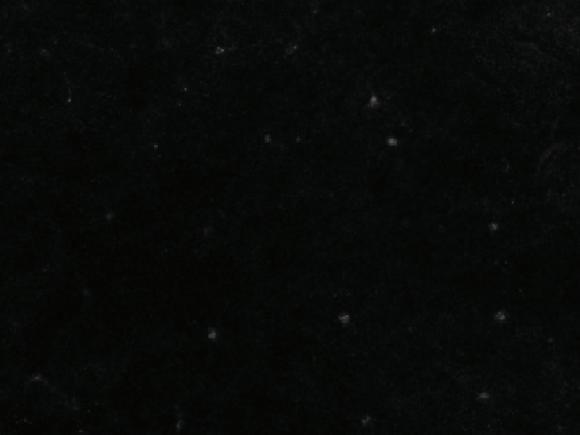
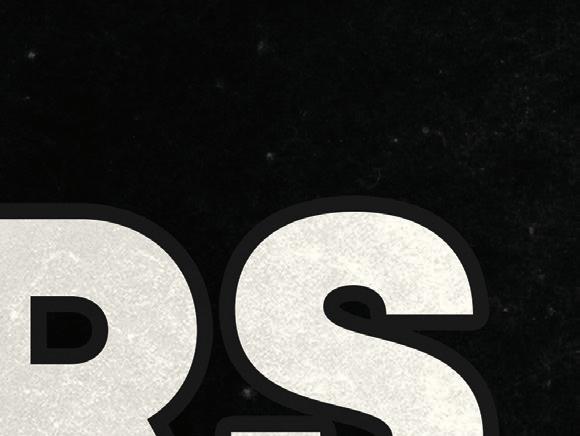
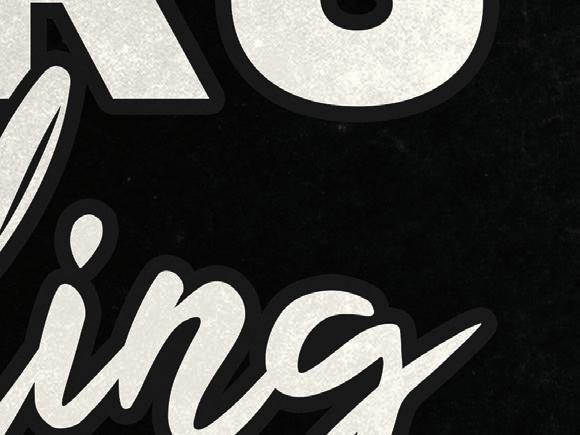




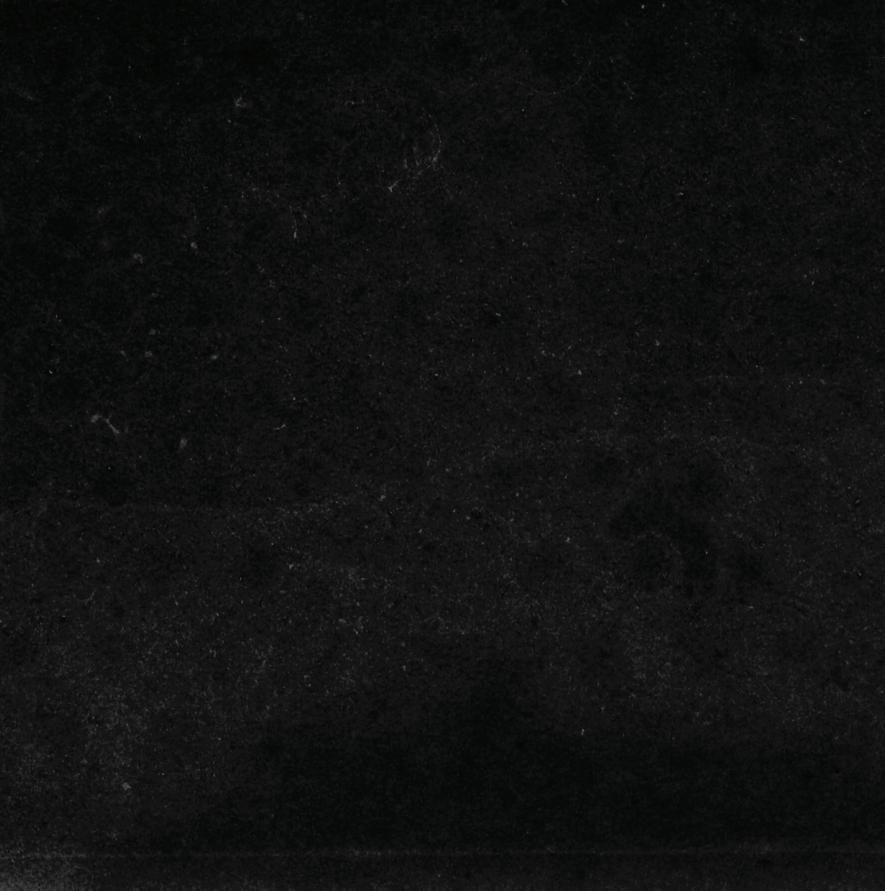



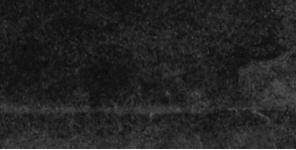
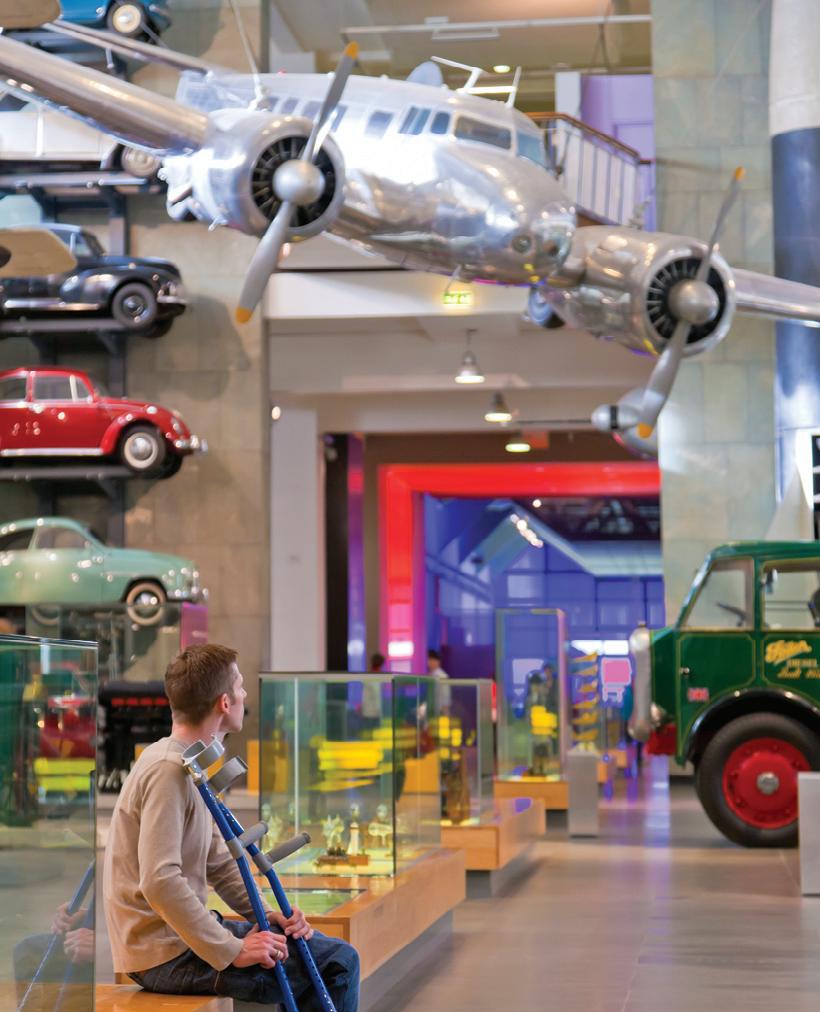
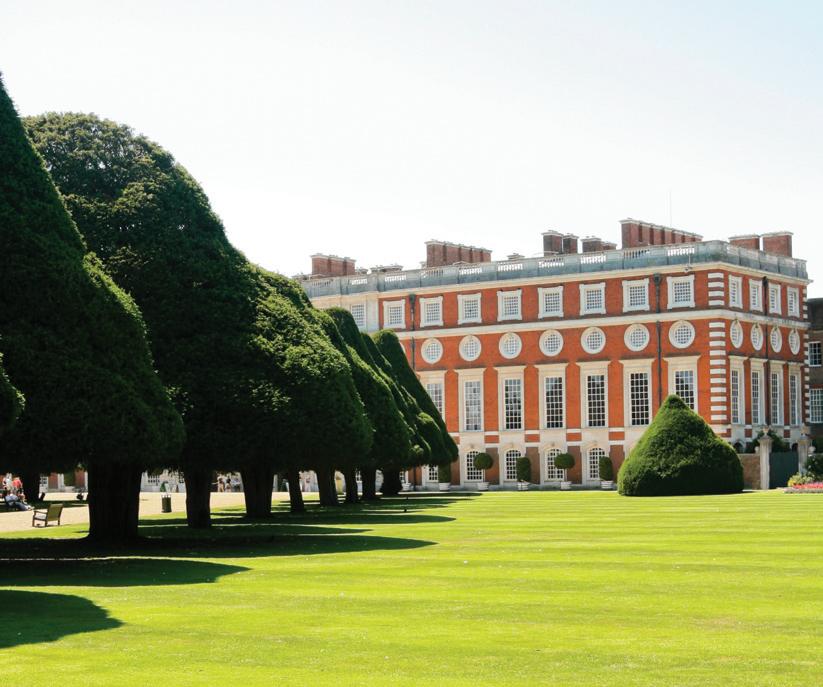
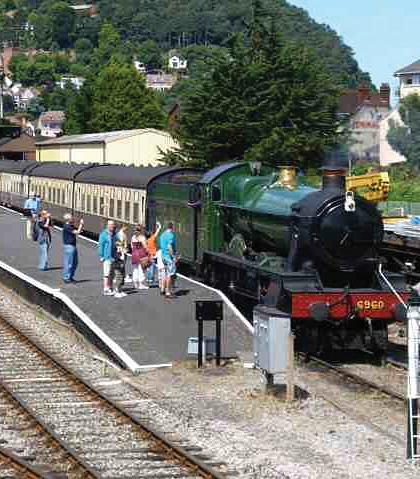
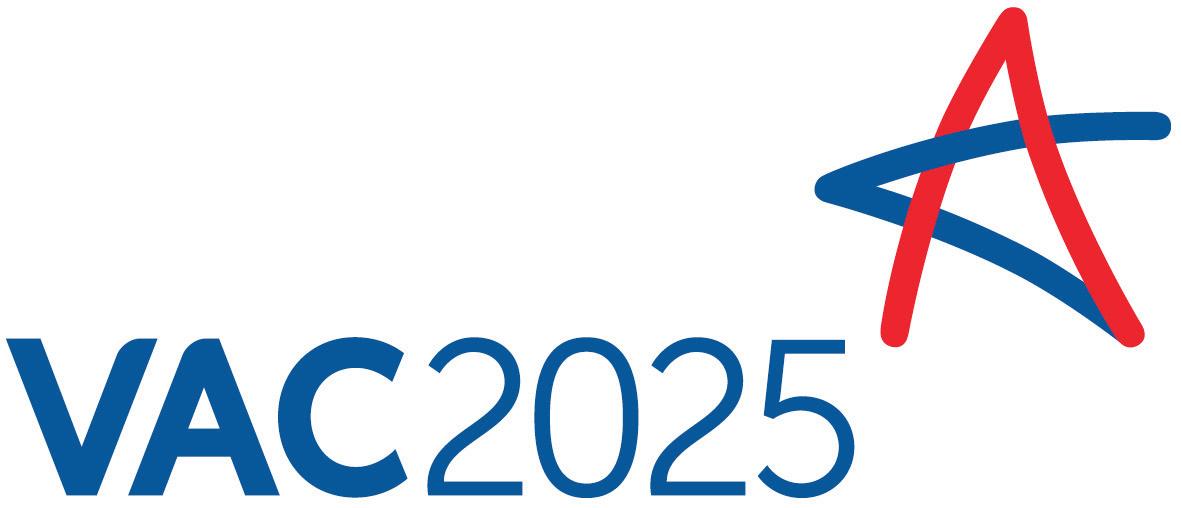
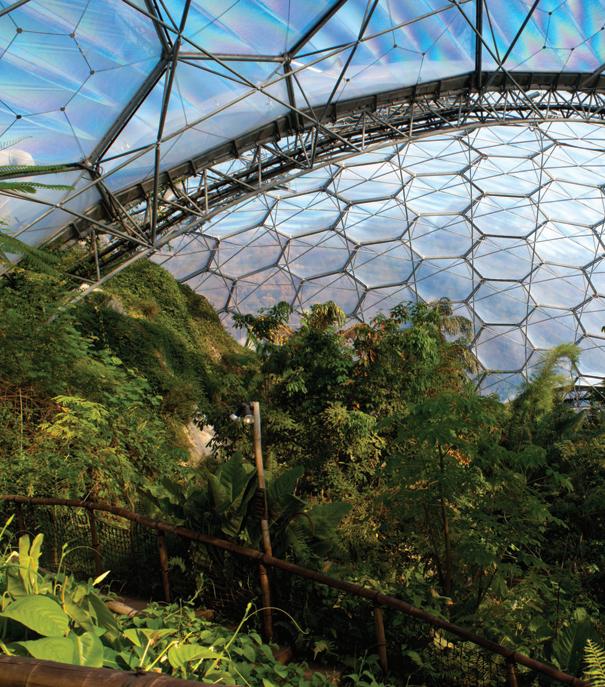
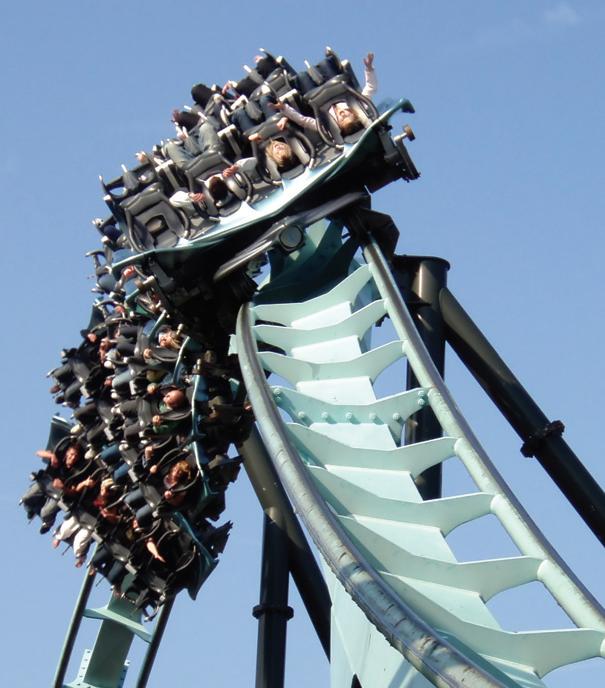
Thursday, 16 October 2025
QEII Centre, London
The essential event for owners, managers and marketers of a visitor attraction, for opinion formers and tourism or heritage professionals. VAC is a national conference organised by the industry, for the industry where you can:
16th October 2 2025
• Get involved in a unique forum for industry professionals.
• Network and share experiences.
Don’t miss this opportunity to:
• Understand your business in the context of the wider visitor attractions market.
• Keep up to date and find new directions for your business.
Follow us on @vac_conference or more info to follow on our website: www.vacevents.com
Meeting
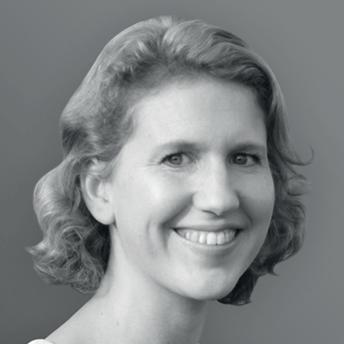
Today’s visitors are hungry for novelty. Whether it’s faster or more exciting rides, highly immersive museums or attractions fuelled by increasingly sophisticated technology, they’re seeking exhilarating, new experiences. But what does this mean for operators of traditional attractions, especially those without the funds to continuously innovate?
It means getting creative. Looking at things from a completely different perspective. Realising that sometimes it’s possible to offer a radically new experience without adding anything at all.
On page 82, we take a look at a recent research paper making the case that a quieter zoo environment can lead to a very different experience for visitors. Listening to the Zoo: Challenging Zoo Visiting Conventions describes an experiment that saw participants take part in ‘listening visits’ to zoos, with the aim of disrupting accepted conventions (that zoos are lively, noisy places with the emphasis primarily on viewing the animals as a source of entertainment).
In this experiment, the focus was shifted from viewing to listening; participants visited out of hours, and were led through a series of silent listening exercises that encouraged them to consciously engage with the sounds of the animals and their environment.
Participants reported experiencing the animals and the zoo in a new way, saying that they found the visit far more immersive than usual. Others described it as ‘therapy’ and a ‘mindful experience’ and several participants suggested that zoos could market a similar experience, and said that they would pay extra for it.

It’s possible to engage with the same stimulus in vastly different ways
This highlights the fact that it’s possible to engage with the same stimulus in vastly different ways. The same zoo can be both a fun, noisy place for families and a sanctuary to connect with nature and calm overstimulated minds.
Museums and galleries are cottoning on to this, offering special Kids Aloud sessions when children can be energetic and noisy, as well as ‘quiet hours’ for those who want a more peaceful experience. Some are offering yoga classes, mindful art viewing sessions, live music events and more.
Sometimes, all that’s needed is a fresh way of presenting what you already have.
Magali Robathan, editor magalirobathan@leisuremedia.com
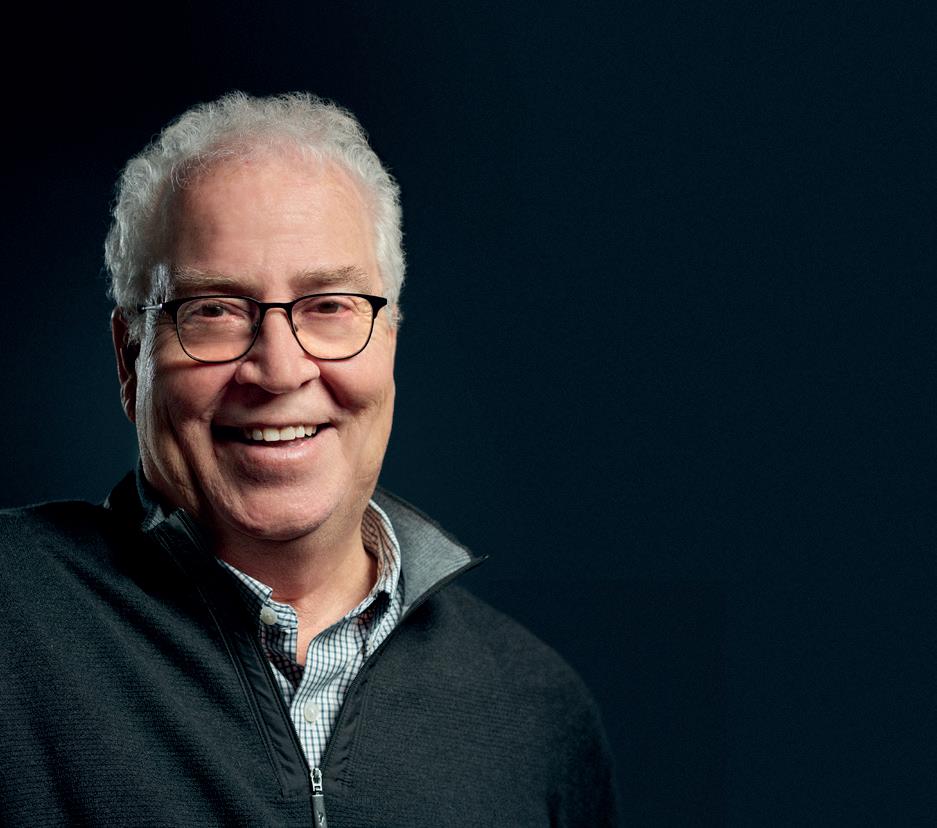
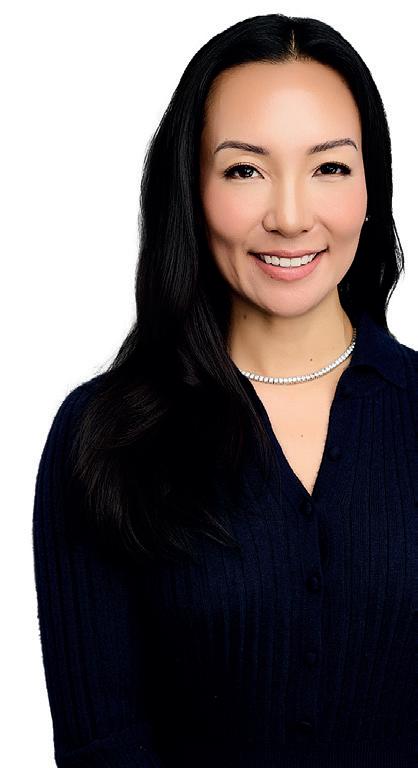

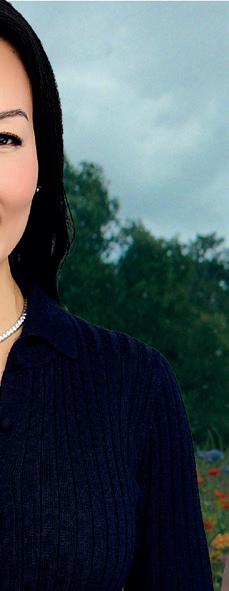


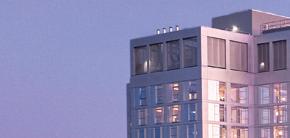


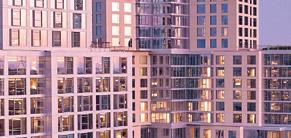
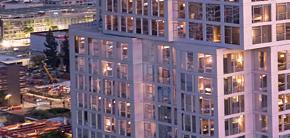
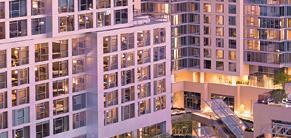

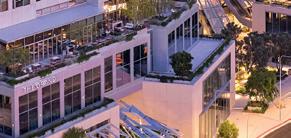
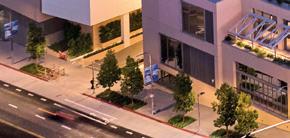

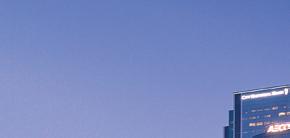
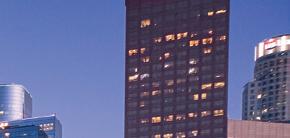

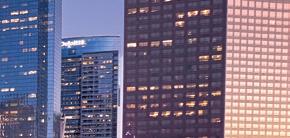
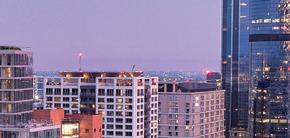
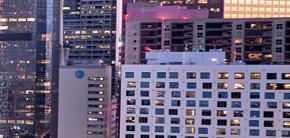
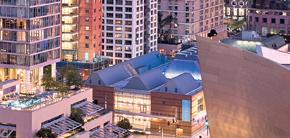
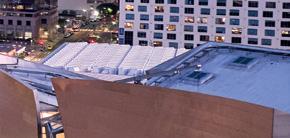
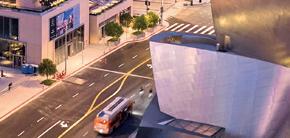
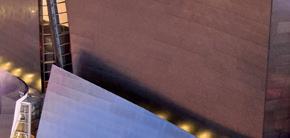
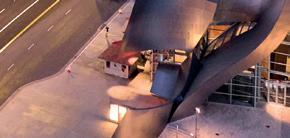
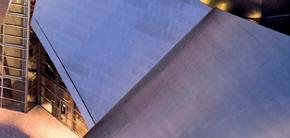
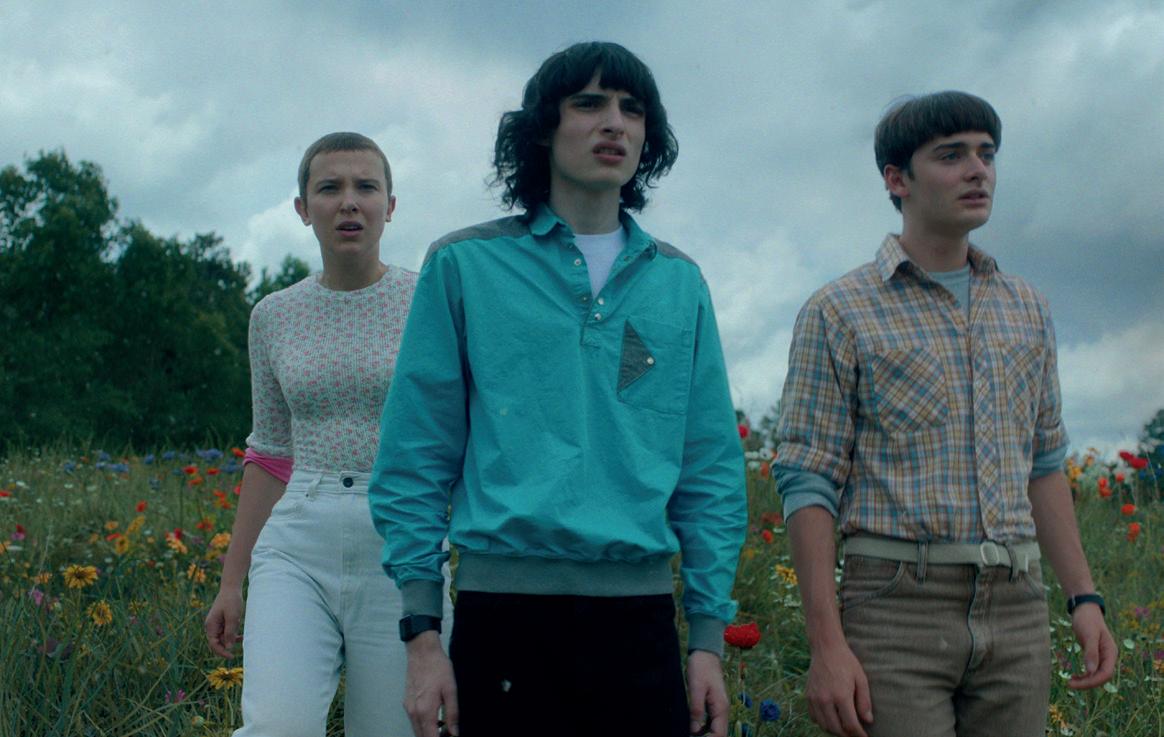
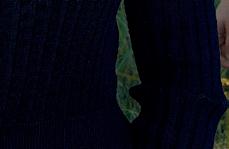

05 Editor’s letter
As a new report argues that silence can help visitors better appreciate zoos, Magali Robathan explores a different way of operating
10 People: Marian Lee
As Netflix announces the launch of immersive attraction Netflix House, we hear about the plans from the company’s CMO
14 People: Frida Escobedo
The first woman to design a wing at the Metropolitan Museum of Art shares her vision for a more usable and welcoming space for modern and contemporary art
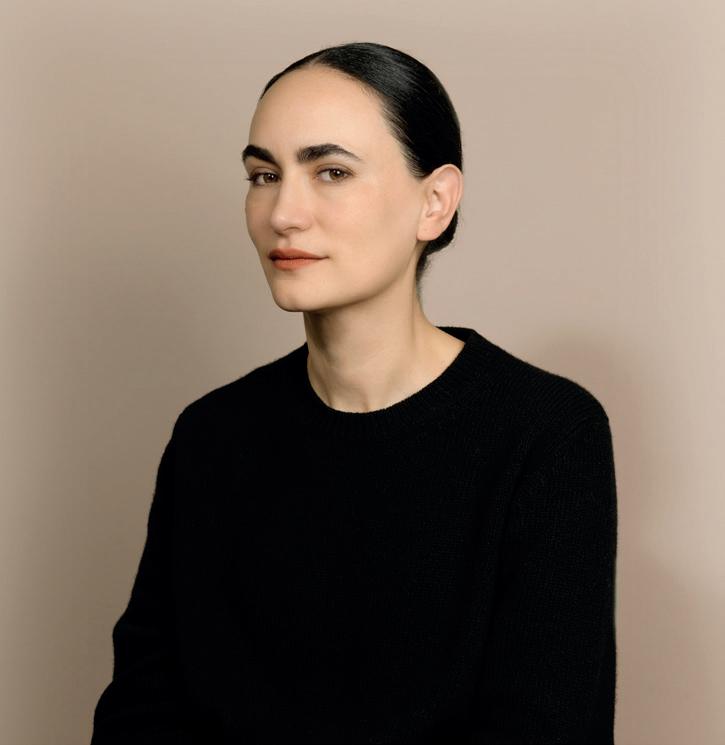
20 People: Delta Kay
Indigenous experiences are important for fostering respect, and must not be co-opted by non Indigenous operators, says Aboriginal tour guide Delta Kay
22 AM News
The top international news stories curated from the Attractions Management news feed
30 Bob Weis
The former president of Imagineering pulls back the curtain to give a behind the scenes look at how some of Disney’s biggest projects took shape


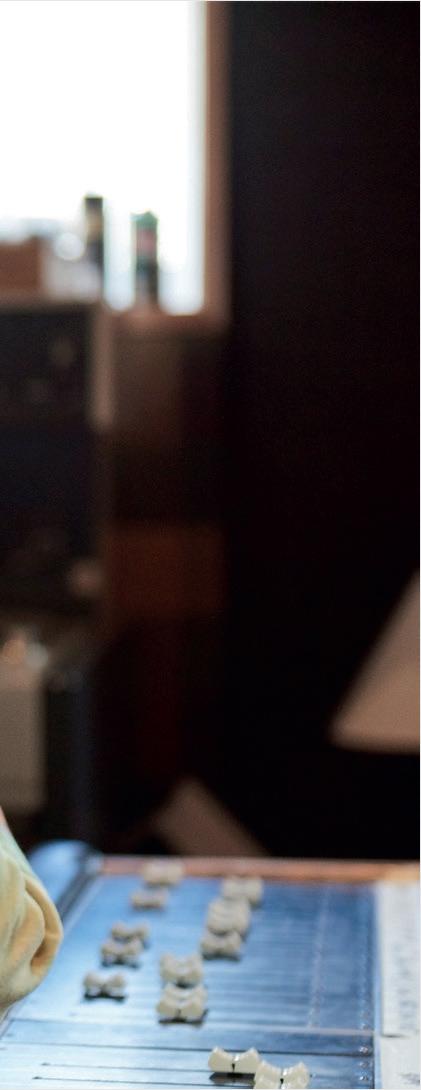
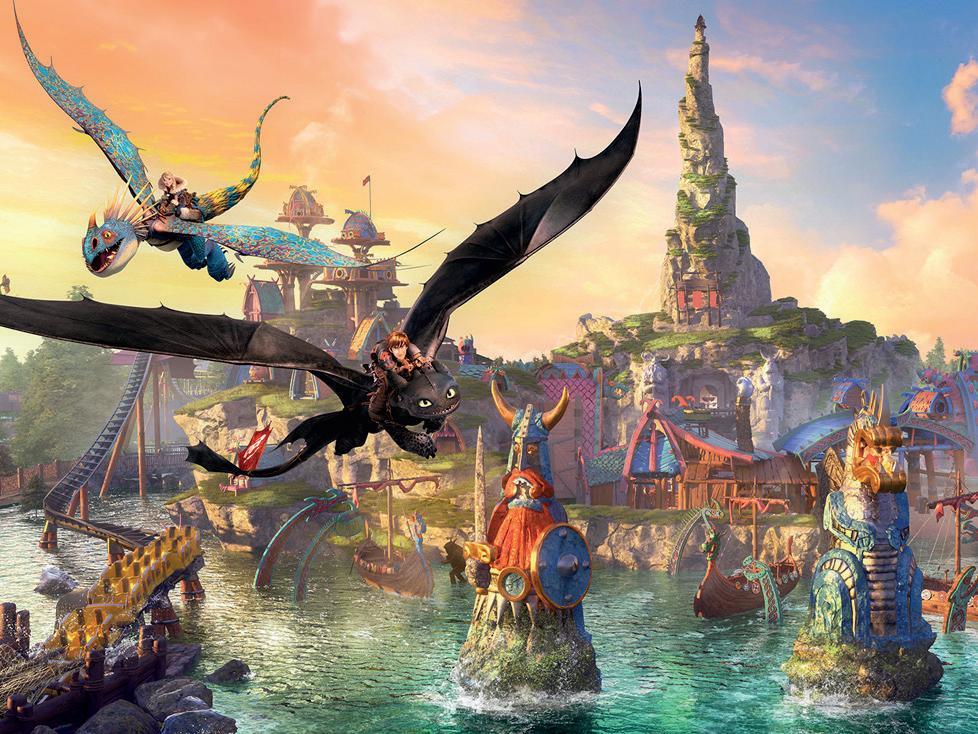
From the world’s first AI art museum to the latest cultural institution transforming a rural Japanese island... We check out some intriguing museums taking shape across the globe
52 Guiding light
The creator of attractions for Disney and Meow Wolf explores the transformative power of lighting
58 The magic ingredient
With its ability to transform visitors’ emotions, music is key to creating powerful experiences, says composer Dom James
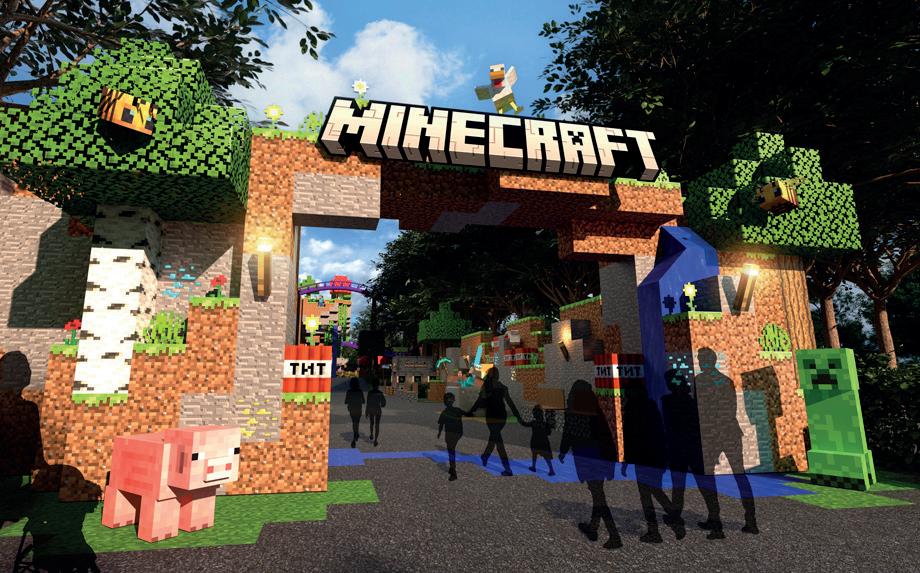

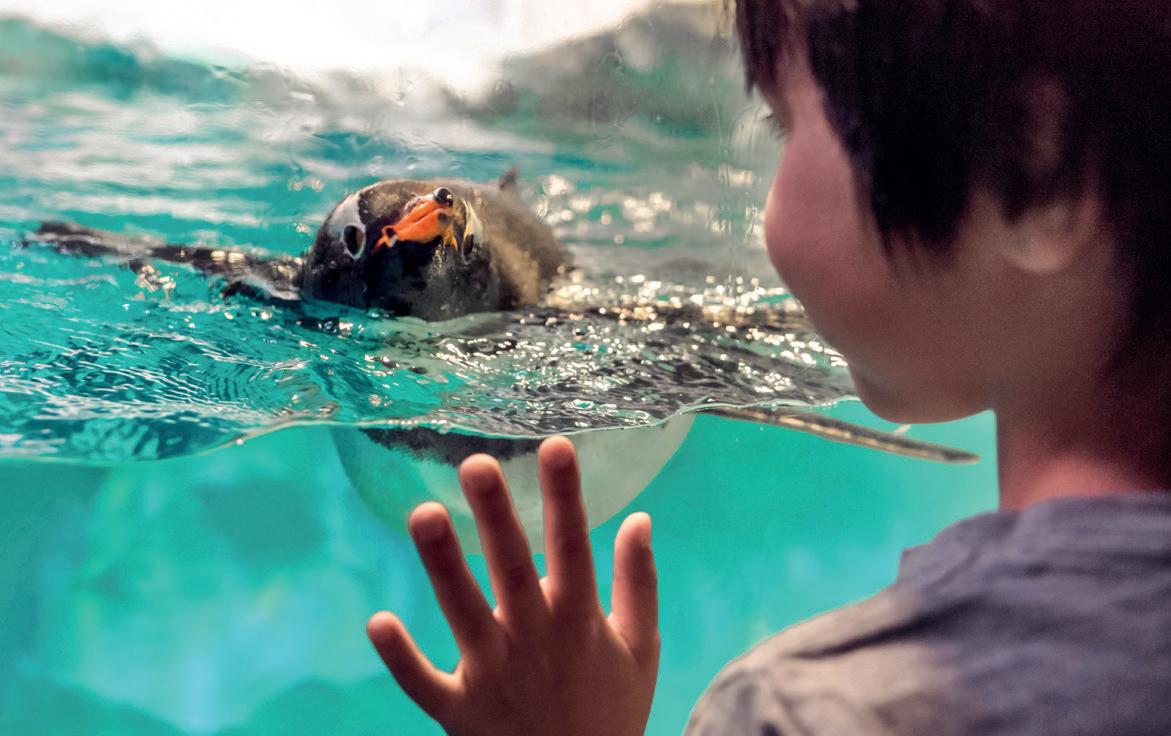
66 Block party
Merlin meets Minecraft in a $85m deal set to bring the world’s biggest selling video game to life. Could this be Merlin’s most significant partnership?
70 A new dawn
The first phase of a ground-breaking new museum campus has opened in Benin City, Nigeria. Is this the future for post-colonial institutions?
76 Countdown to opening
Billed as the most ambitious theme park Universal has ever created, Epic Universe is taking shape in Florida. We check it out
82 Sound of silence
Could a quieter zoo environment restore zoos’ original purpose as restorative retreats for overstimulated minds? The authors of a new research paper certainly think so
86 Product innovation
A new water show designed to be more climate friendly, an observation tower/swing mash up and a new rollercoaster inspired by 16th century trading cities... We check out the launches shaking up the attractions industry
90 AM Directory
Companies to watch
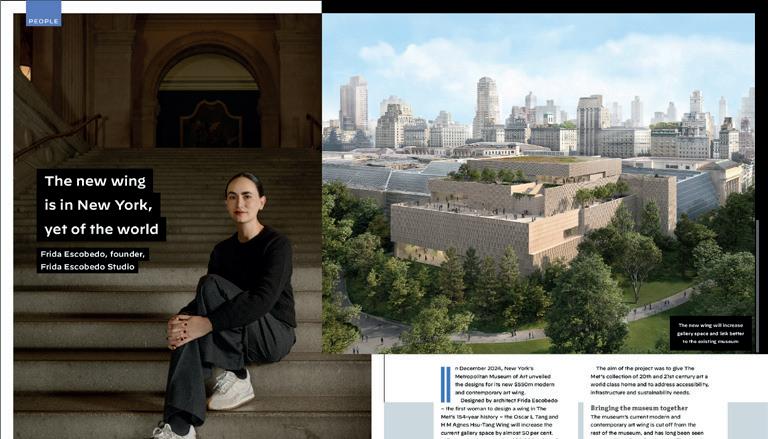

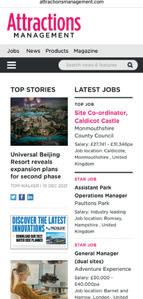
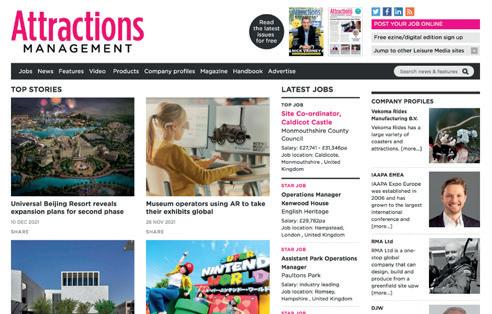
Choose how you read Attractions Management
Attractions Management is available in print on subscription at leisuresubs.com
DIGITAL/DESKTOP
Read free online and enjoy extra links and searchability attractionsmanagement.com/digital
ONLINE/MOBILE
Each issue of AM can be read online at www.attractionsmanagement.com
A PDF edition is available to read offline attractionsmanagement.com/pdf
Other resources from Attractions Management
Attractions Management website www.attractionsmanagement.com
Attractions Management Ezine & Instant News Alerts www.leisuremedia.com/signup
Buyer search engine www.attractions-kit.net
Leisure Media www.leisuremedia.com
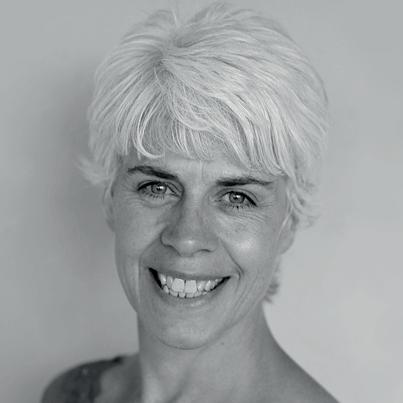
Liz Terry +44 (0)1462 431385

PUBLISHER
Jan Williams +44 (0)1462 471909
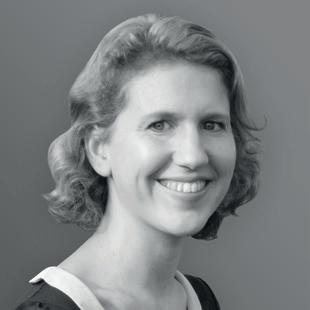

Kempston, MK42 7PN,
The
No part of this publication may be reproduced, stored in a retrieval system or transmitted in
Magali Robathan +44 (0)7779 785543 For email use: fullname@leisuremedia.com
SALES SUPPORT Michael Emmerson +44 (0)1462 431385
CIRCULATION Michael Emmerson
+44 (0)1462 471932
SUBSCRIPTIONS
+44 (0)1462 471910
FINANCE & CREDIT CONTROL
+44 (0)1462 431385
DESIGN Ed Gallagher +44 (0)1462 431385
WEB Tim Nash +44 (0)1462 471917
or by
electronic, mechanical, photocopying, recorded or otherwise (please) without the prior permission of the copyright holder, Cybertrek Ltd. Printed by The Manson
Ltd. Distributed by Royal Mail Group Ltd and Whistl Ltd in the UK and Total Mail Ltd globally. ©Cybertrek Ltd 2025 ISSN 1479-9154 (print) ISSN 2397-2416 (digital). To subscribe, log on to www.leisuresubs.com, email subs@leisuremedia.com or call +44 (0)1462 431385. Annual subs rates UK £48, Europe £65, rest of world £94, students (UK) £25

In the process of revamping our popular ride, Red Raion’s specialization in CGI content for the attractions industry has been invaluable. Their quality work ensures a seamless collaboration and exceptional results. We look forward to continuing our innovative partnership with Red Raion to create memorable experiences for our visitors.
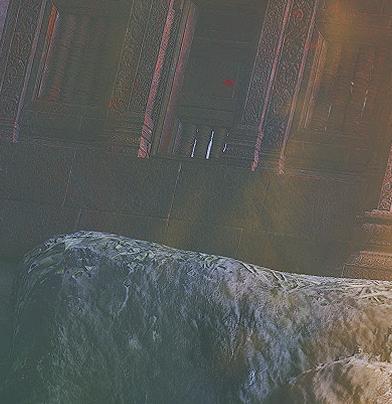

Arun K Chittilapilly, Executive Chairman & Managing Director, Wonderla Holidays Ltd.
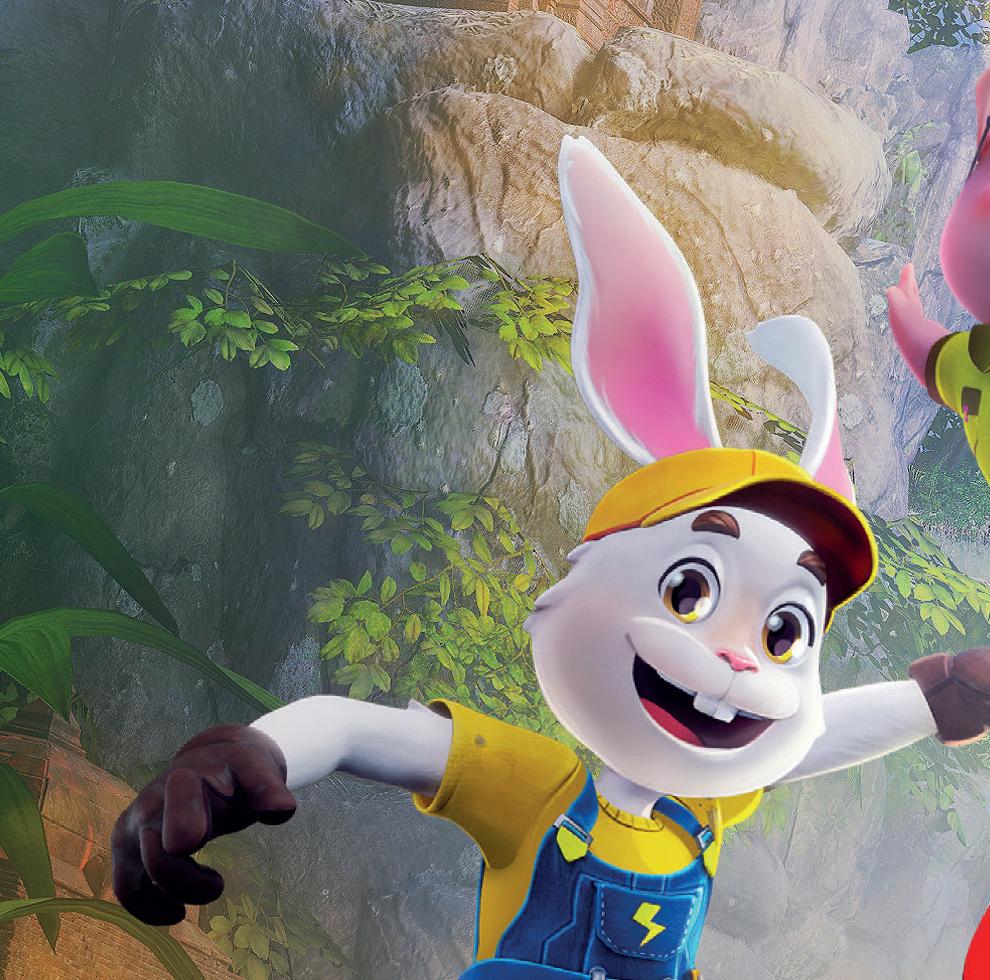
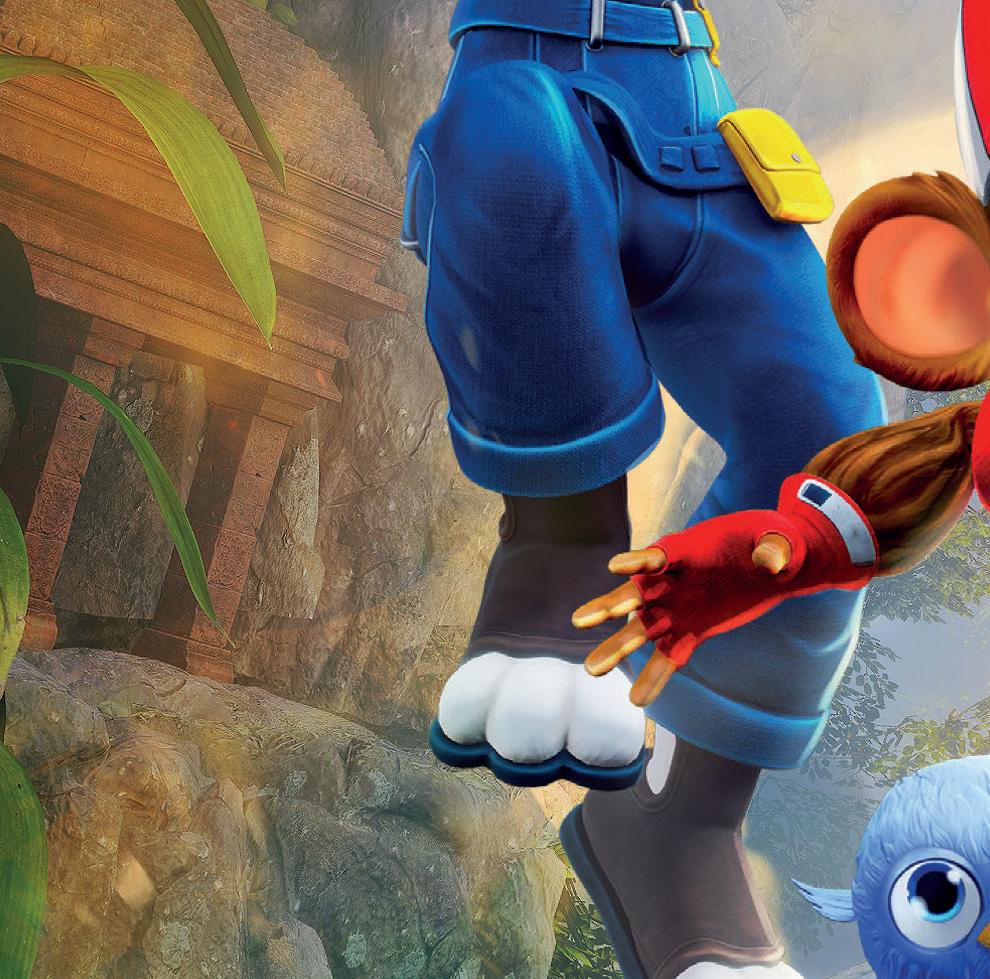
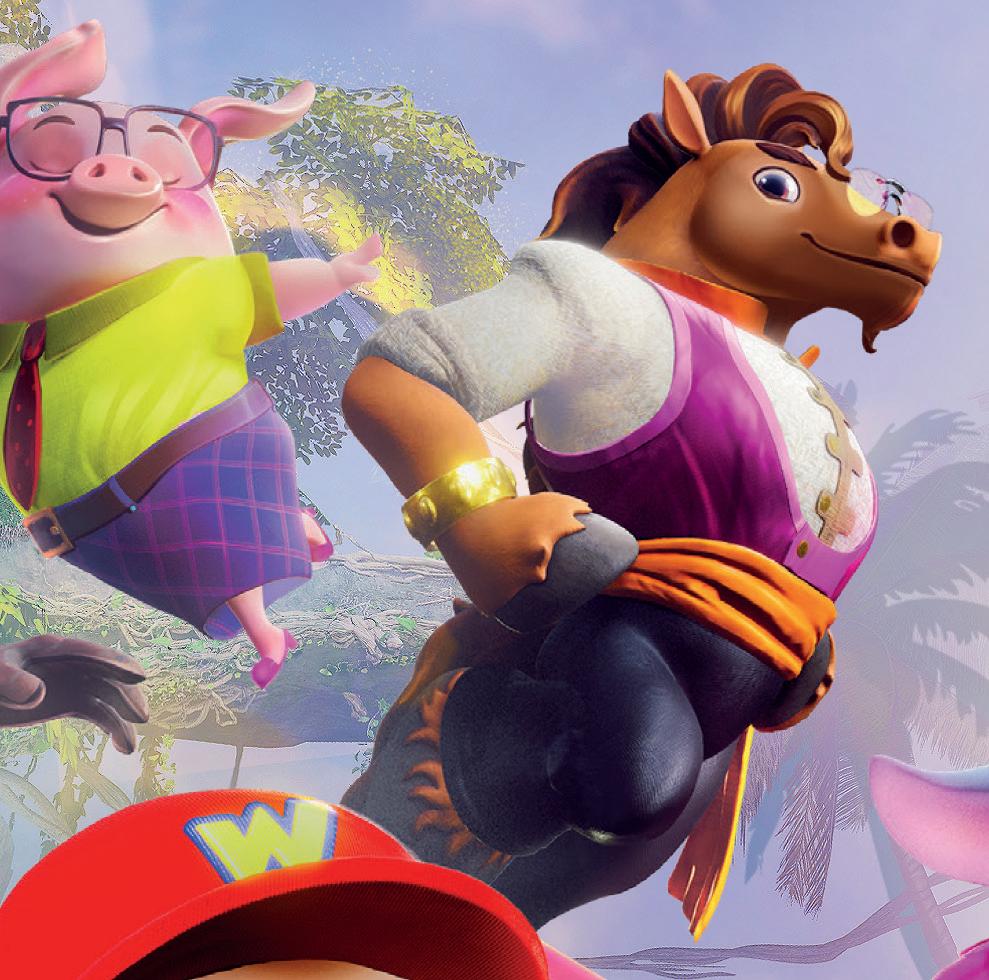
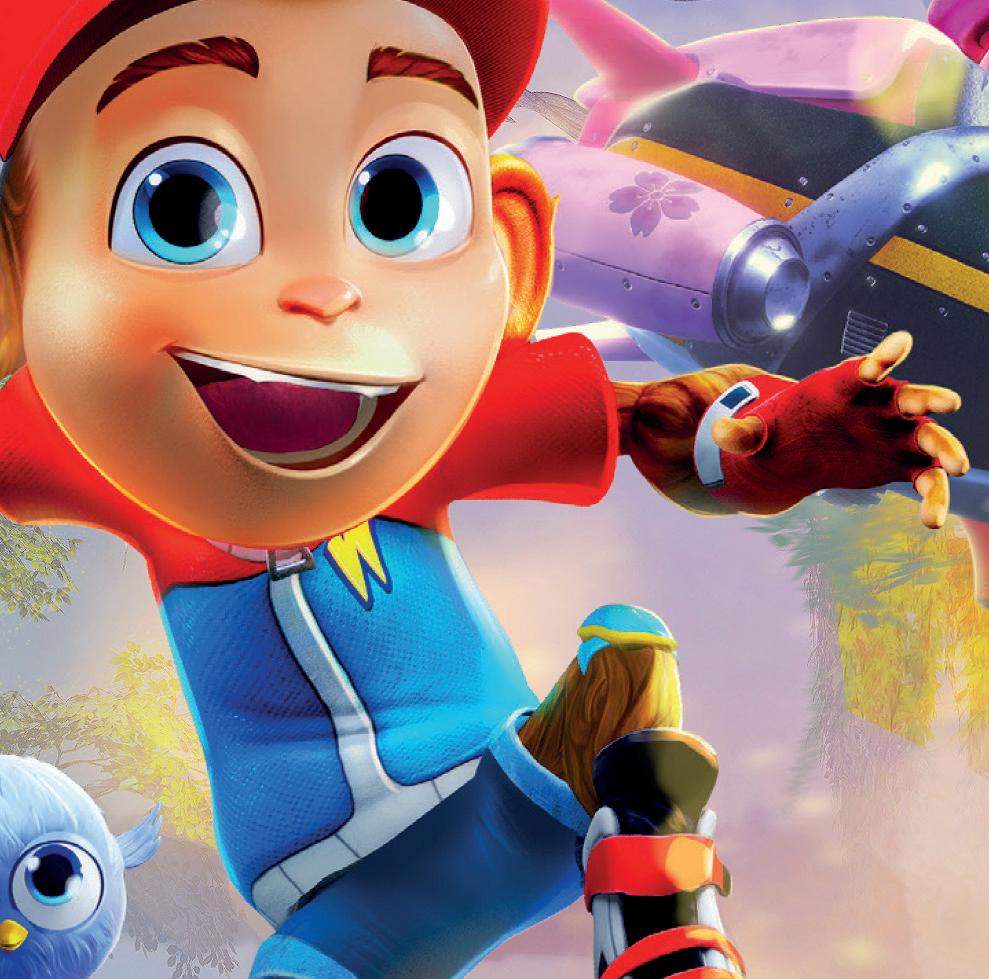



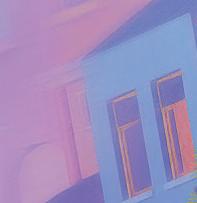
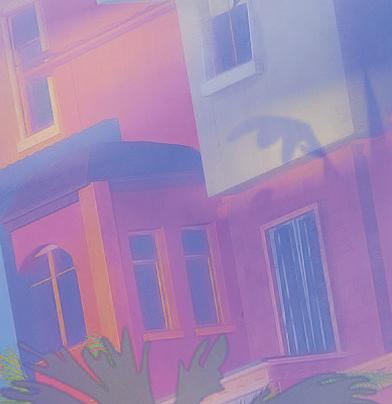
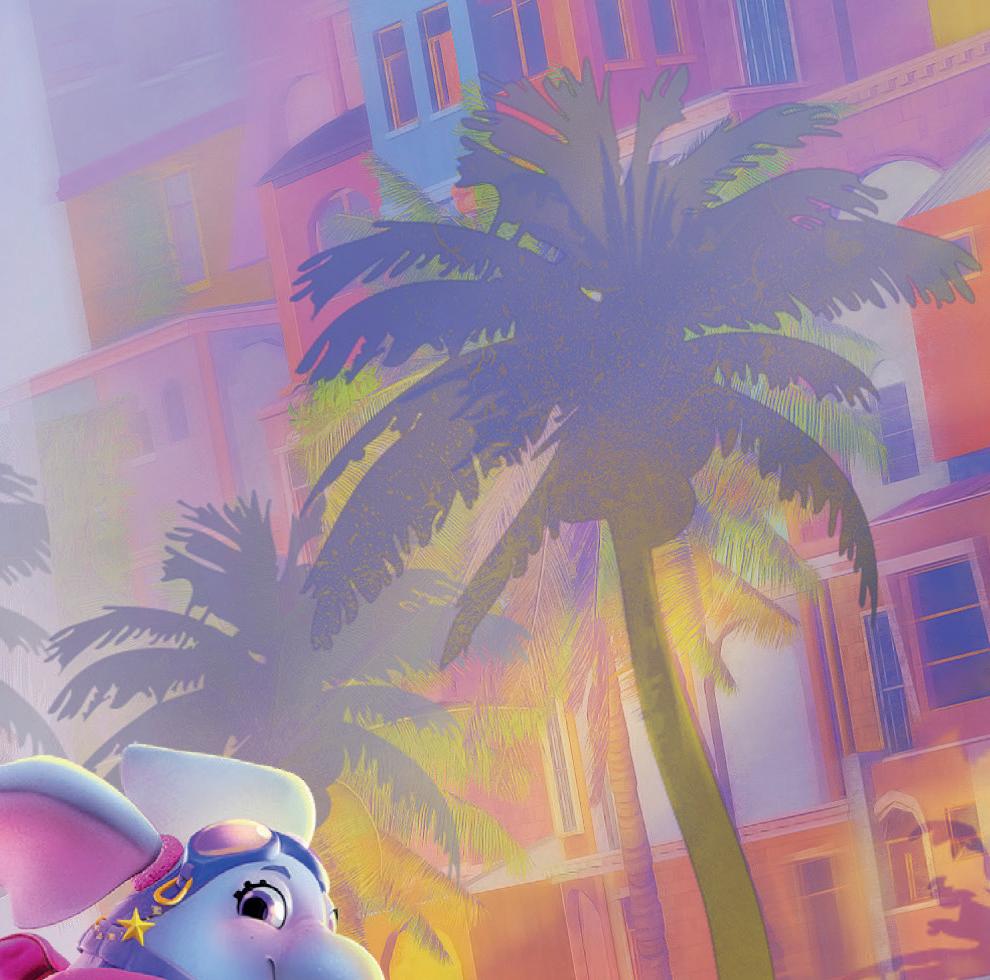
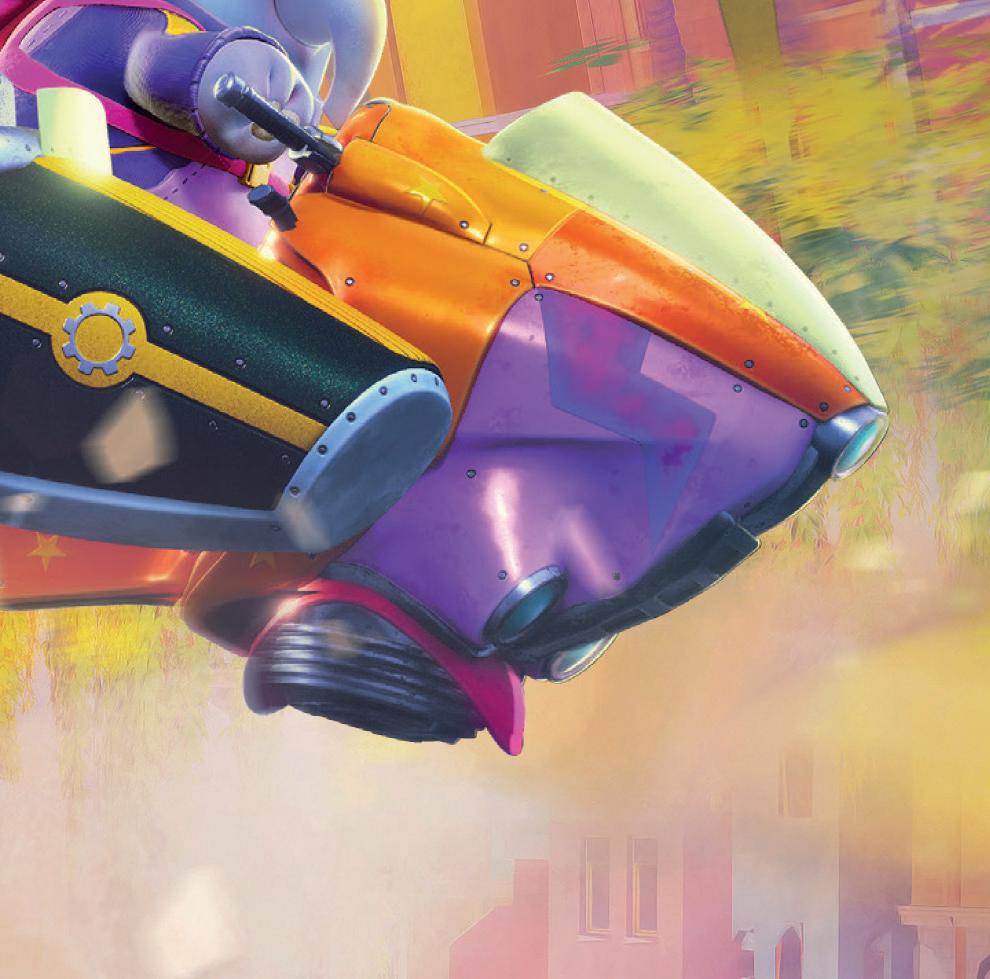
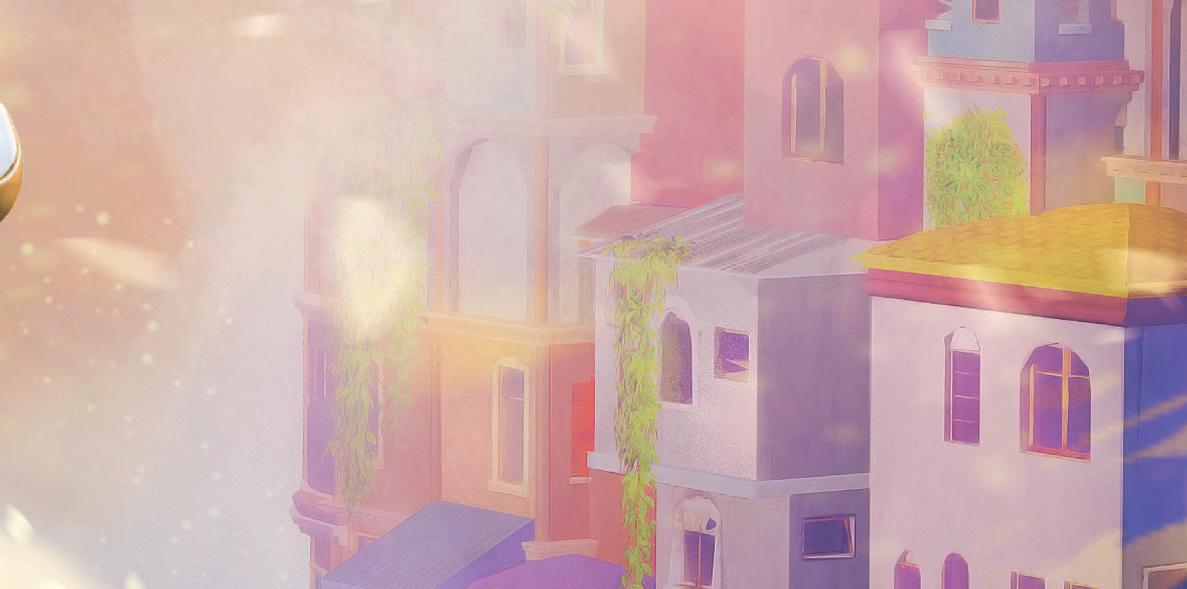

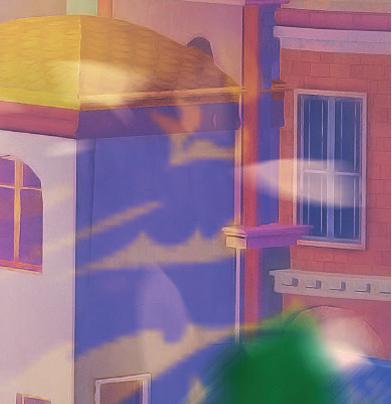
Are you still using the same old content in your digital attraction?
Let’s transform it into a brand new unforgettable experience!

Scan the QR code or visit the link bit.ly/am-rr-call and schedule a meeting with us to find the best solution for you together!
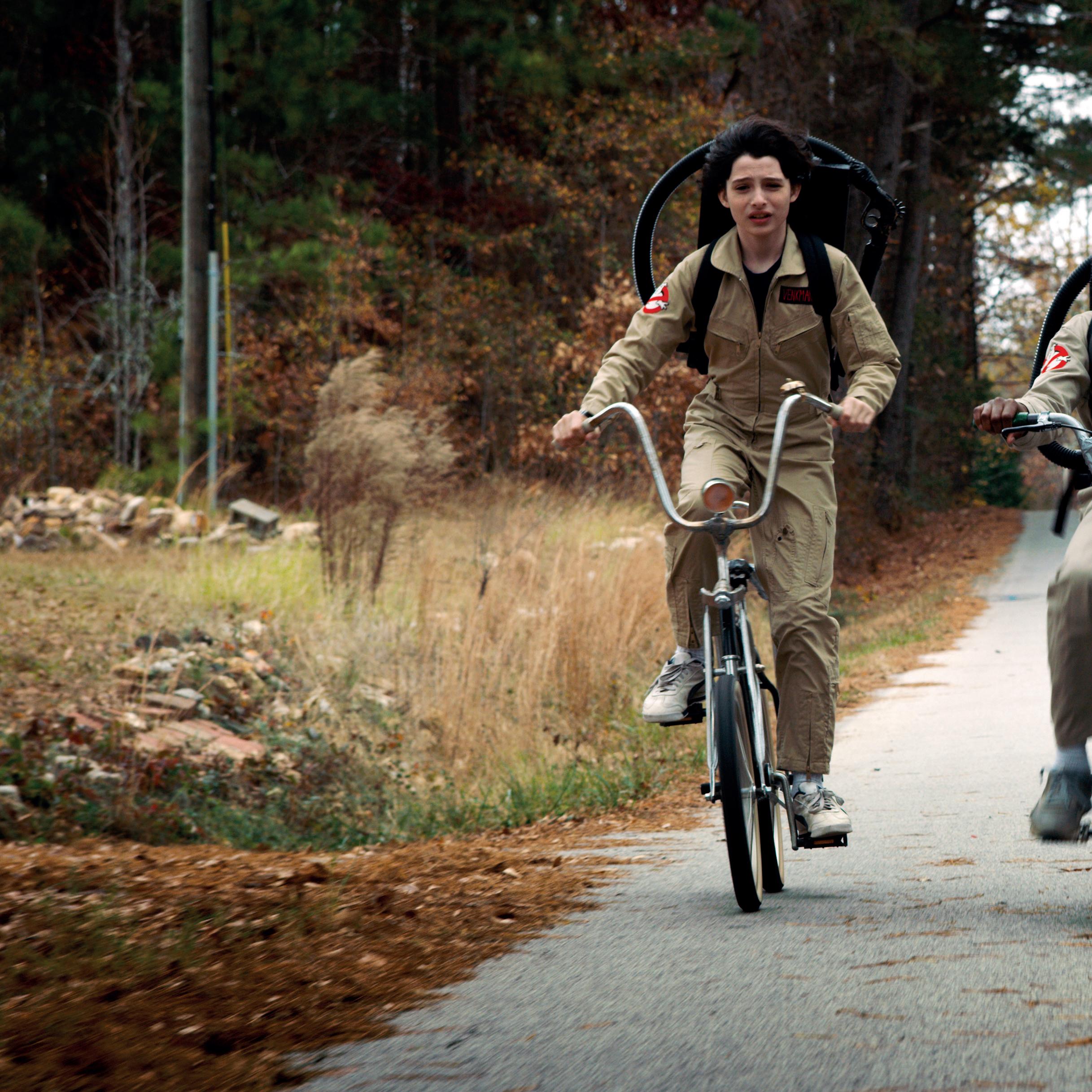

Netflix House will bring to life popular shows including Stranger Things
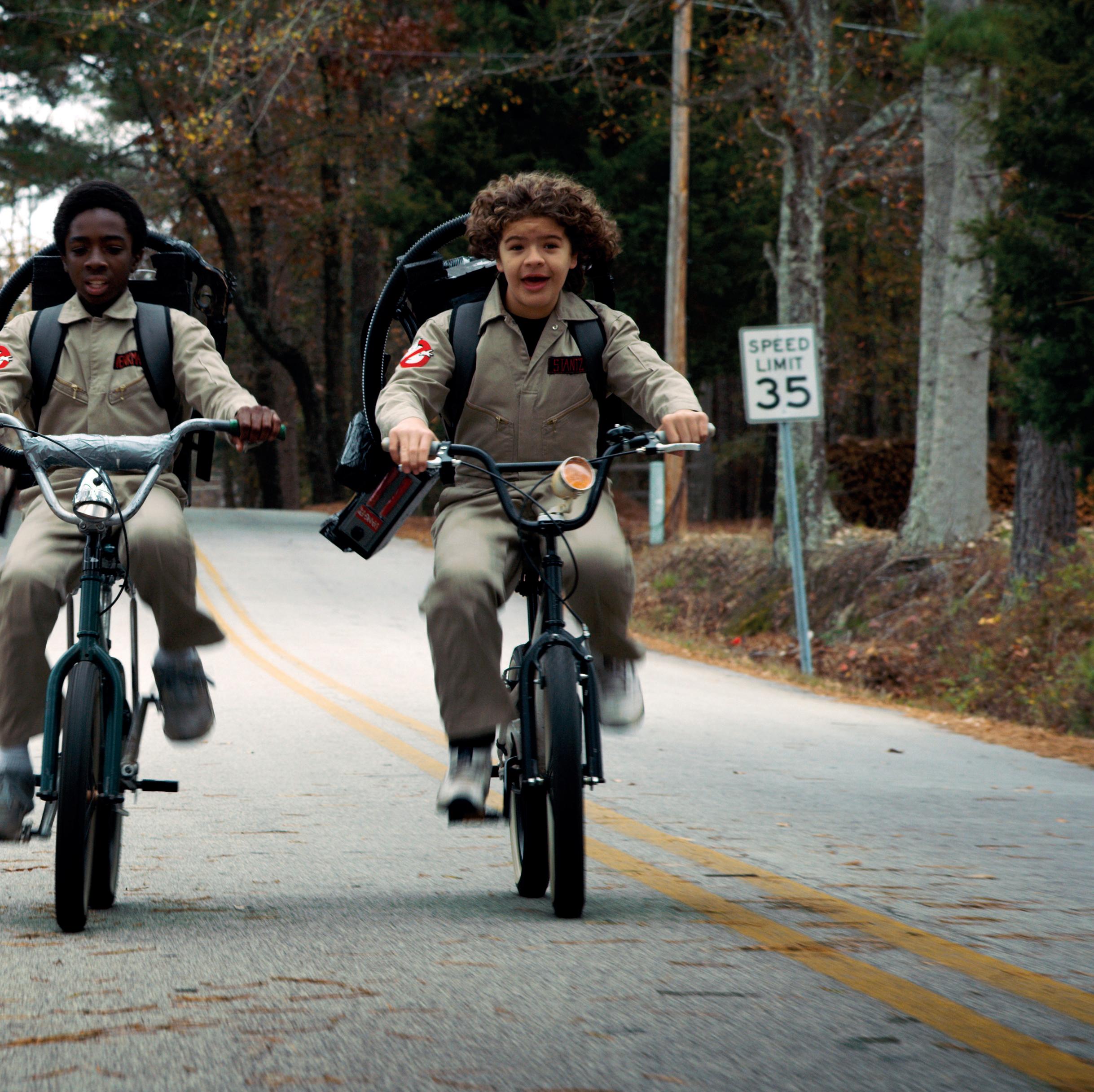
With the public’s appetite for original immersive experiences showing no sign of waning, Netflix is entering the market with Netflix House.
Due to open some time in 2025 in malls in Pennsylvania and Texas, the year-round experiential entertainment, food and retail venue will bring Netflix shows to life including Bridgerton, Stranger Things and Squid Game.
According to Netflix, the experiences will rotate year-round, with the first batch focused on series Bridgerton, Money Heist, Stranger Things, Squid Game and Netflix Bites – a popup dining experience bringing together chefs and personalities from the service’s cooking shows. The experiences will include replica sets, games, restaurants and retail based around the shows.
“Our shows and films have incredible fanbases, and when our audiences fall in love with a story, they don’t just want to watch it, they want to live it,” said Marian Lee, Netflix’s chief marketing officer.
“At Netflix House, you can enjoy regularly updated immersive experiences, indulge in retail therapy, and get a taste of your favourite Netflix series and films through unique food and drink offerings.
“The venues will bring our beloved stories to life in new, ever-changing, and unexpected ways.”
The first two Netflix House experiences will cover 100,000sq ft (9,290sq m) in former department stores at the King of Prussia mall in Pennsylvania and the Galleria Dallas mall in Texas. Outside the venues, visitors
The first
Netflix Houses are
in malls in Pennsylvania and Texas
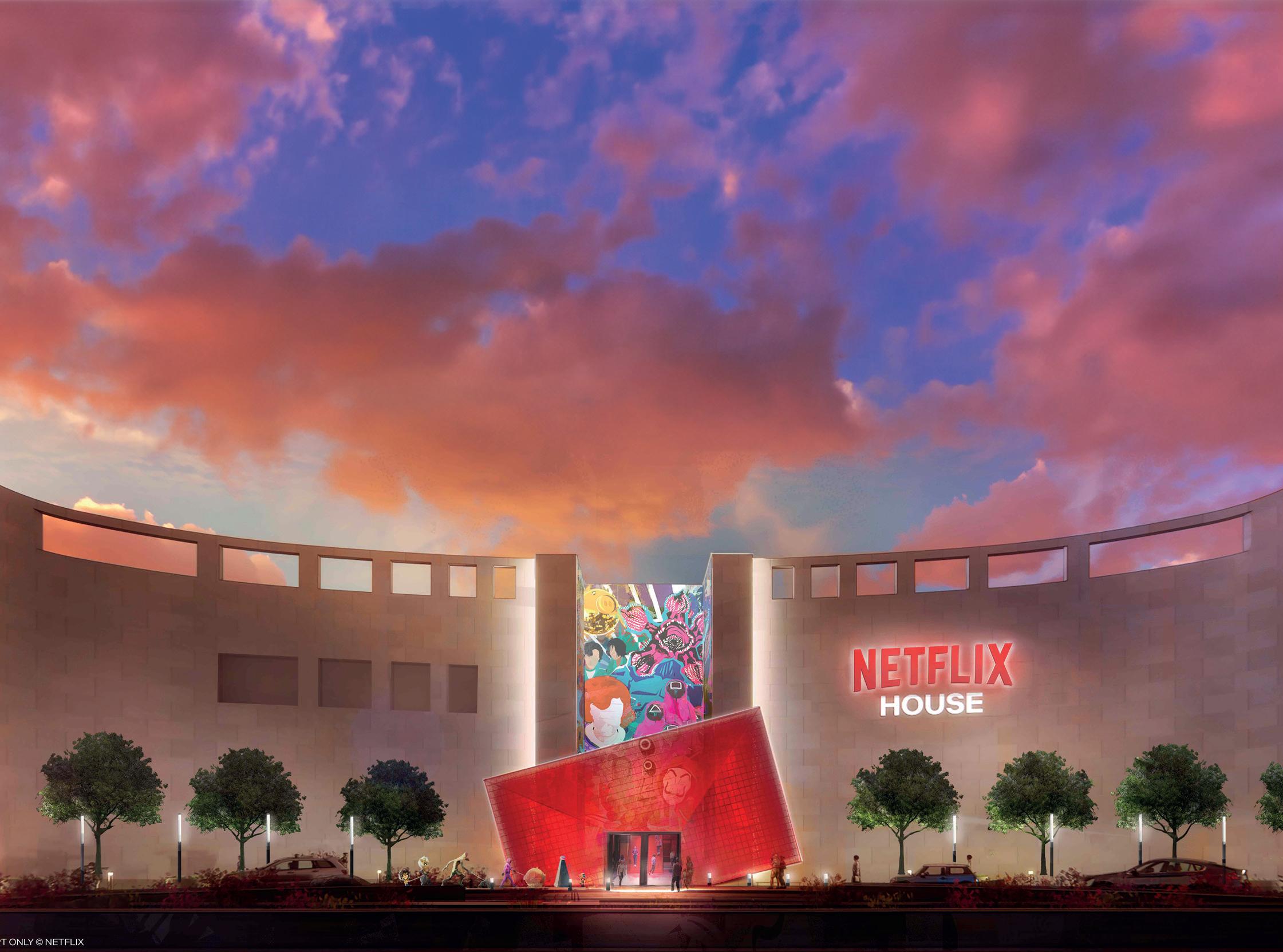
will be greeted by eye-popping sculptures” and a “mural mash-up of characters.”
“Imagine waltzing with your partner to an orchestral cover of a Taylor Swift song on a replica of the Bridgerton set – and then walking around the corner to compete in the Glass Bridge challenge from Squid Game,” said Lee.
The new concept builds on Netflix experiences around the world, which include The Queen’s Ball: A Bridgerton Experience; Stranger Things: The Experience; and Squid Game: The Experience, which is now open in New York and is expanding to Madrid and Sydney. Following on from 2023 pop up culinary experience Netflix Bites, Netflix has teamed up with MGM Grand in Las Vegas to create a new Netflix Bites experience, launching in 2025.
“We’ve launched more than 50 experiences. Netflix House represents the next generation of our distinctive offerings,” said Lee. l
At Netflix House, you can waltz on a Bridgerton set and compete in Squid Game’s Glass Bridge challenge, all in one visit

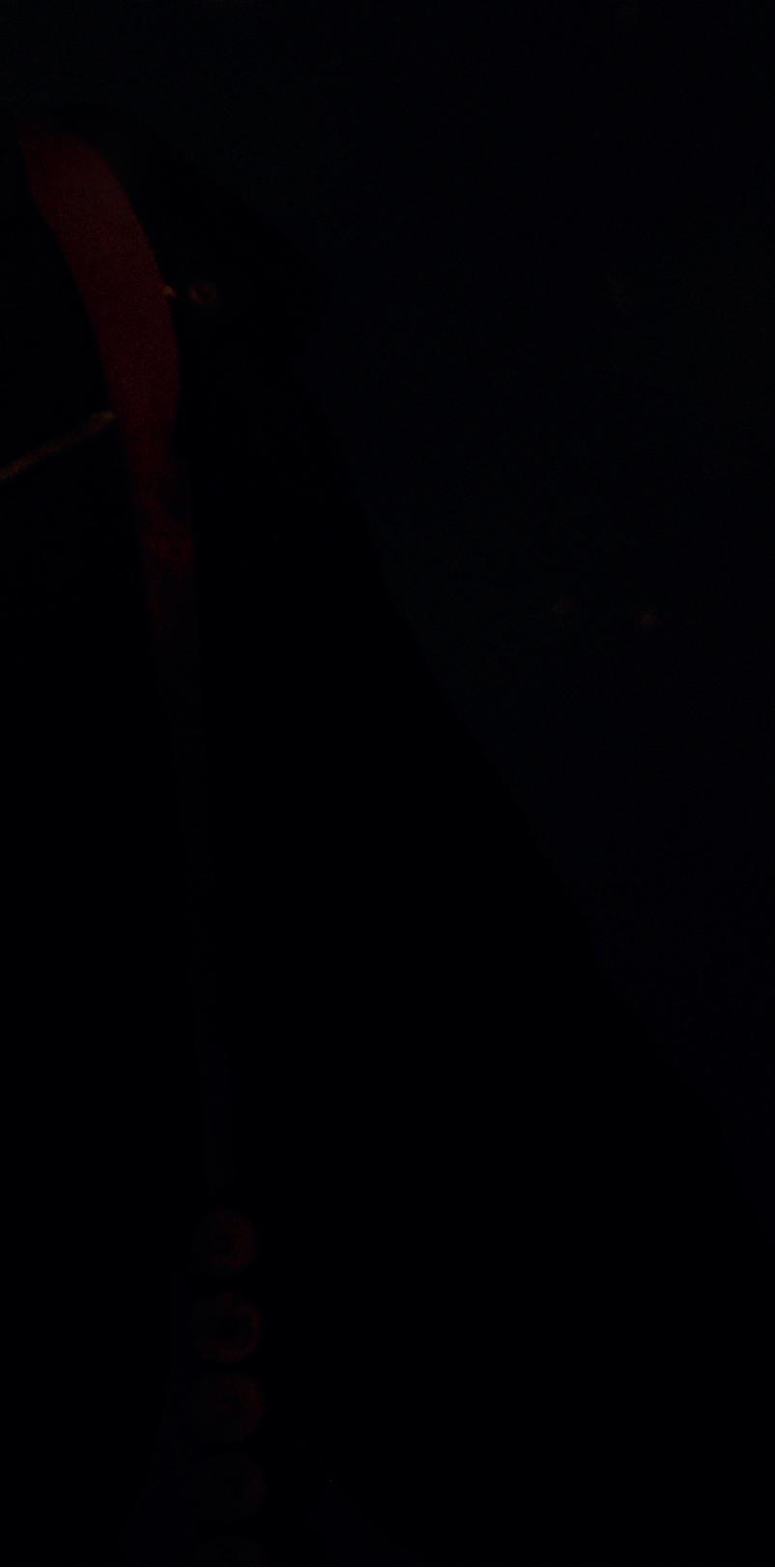
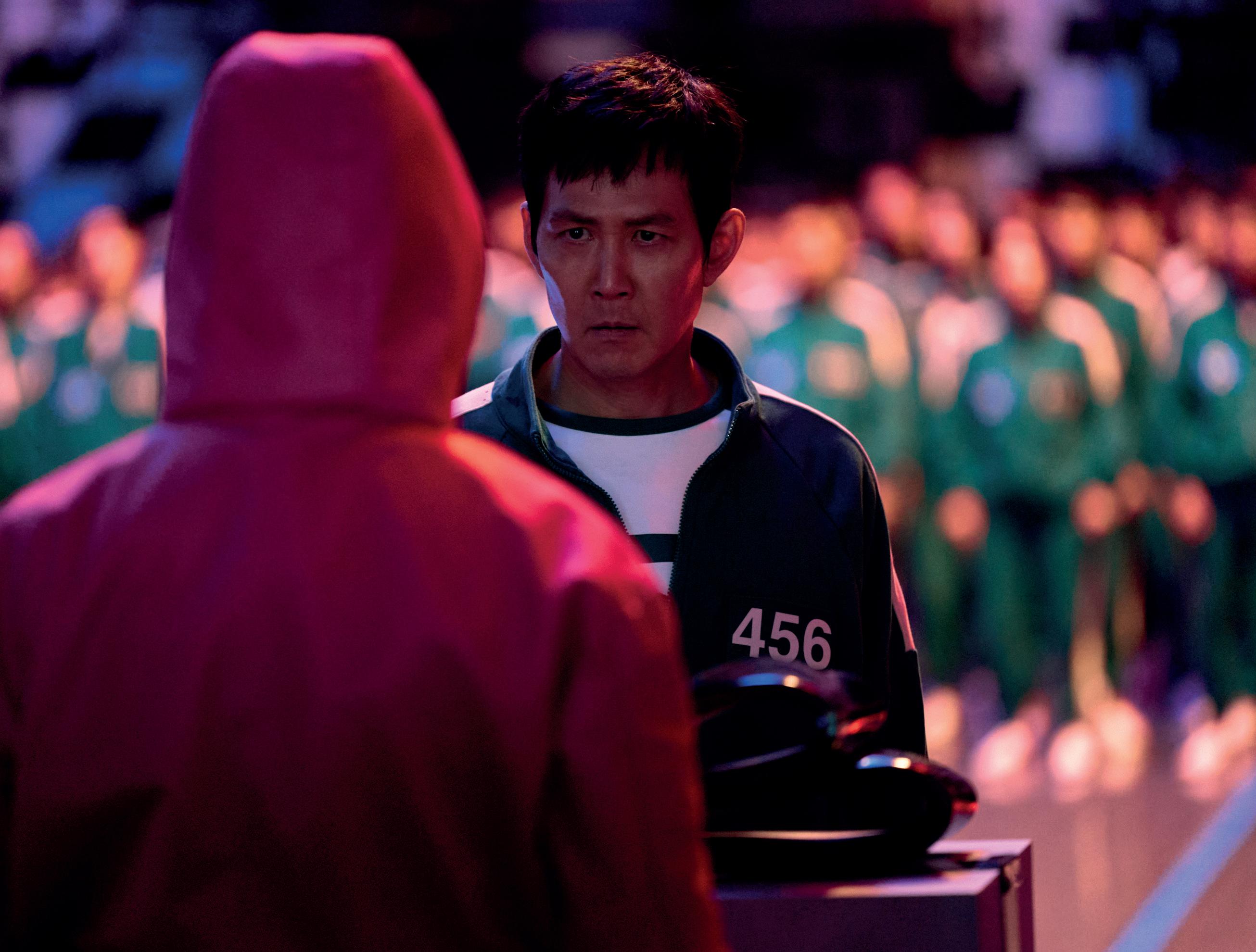
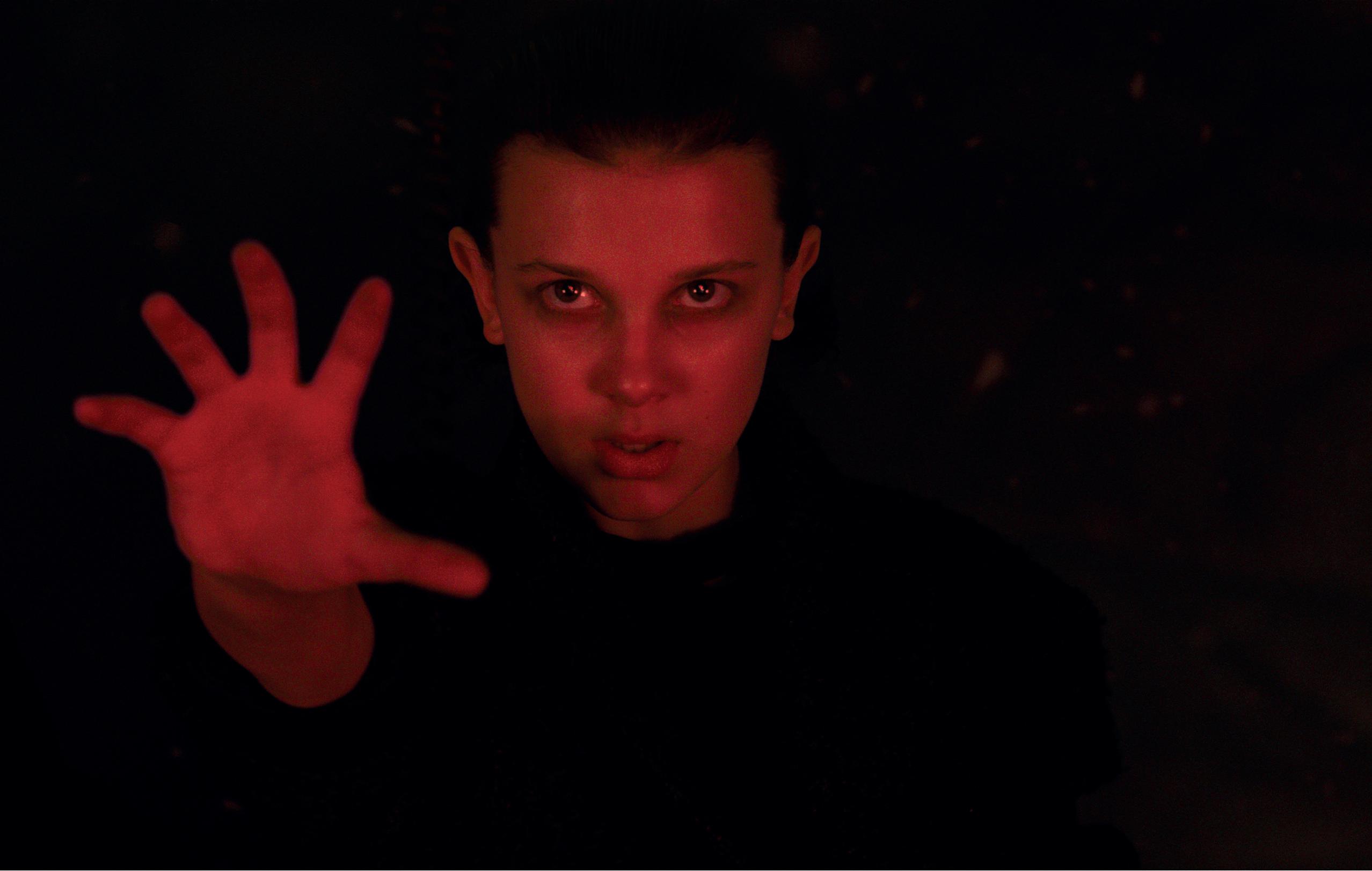
The new wing is in New York,
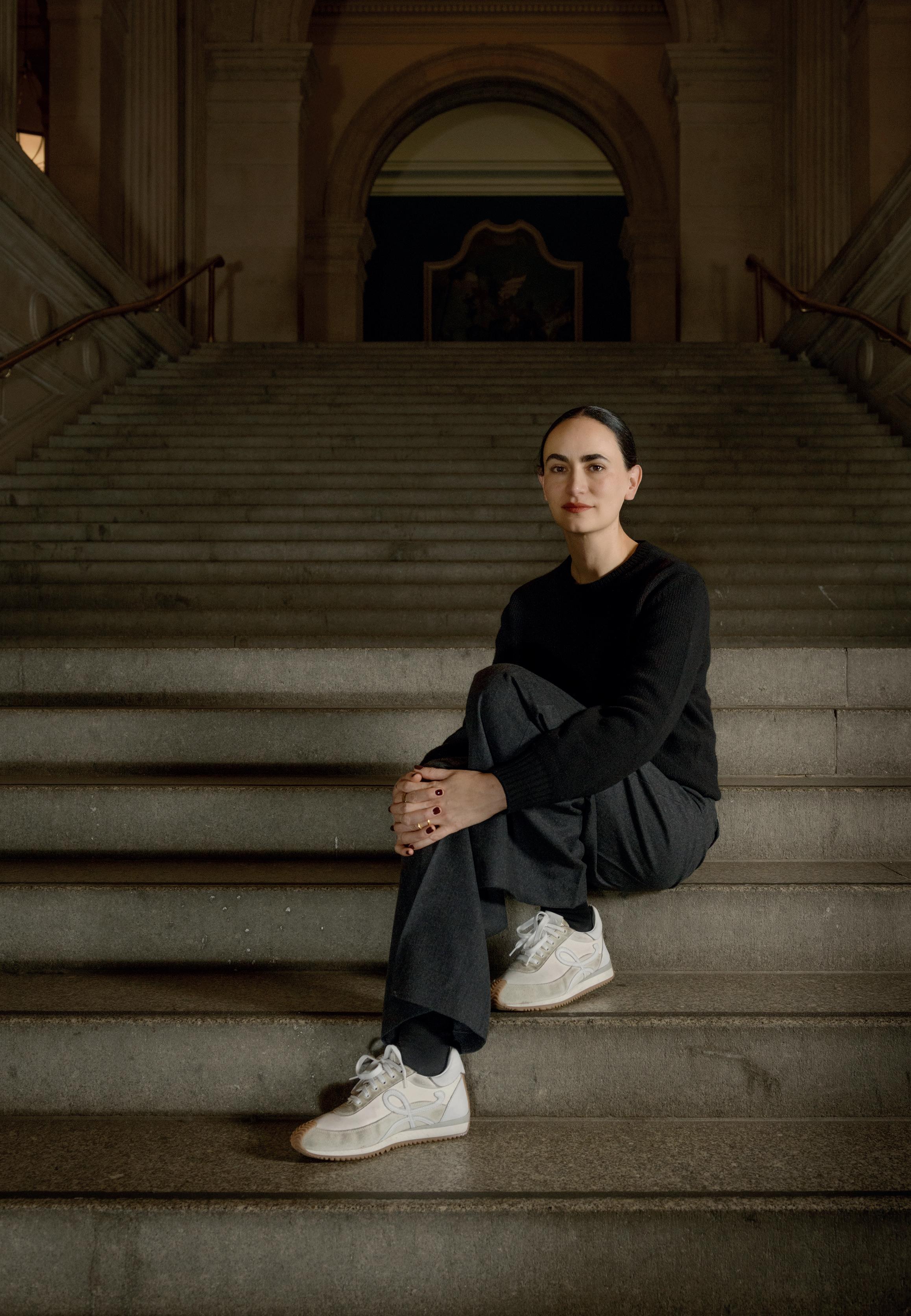

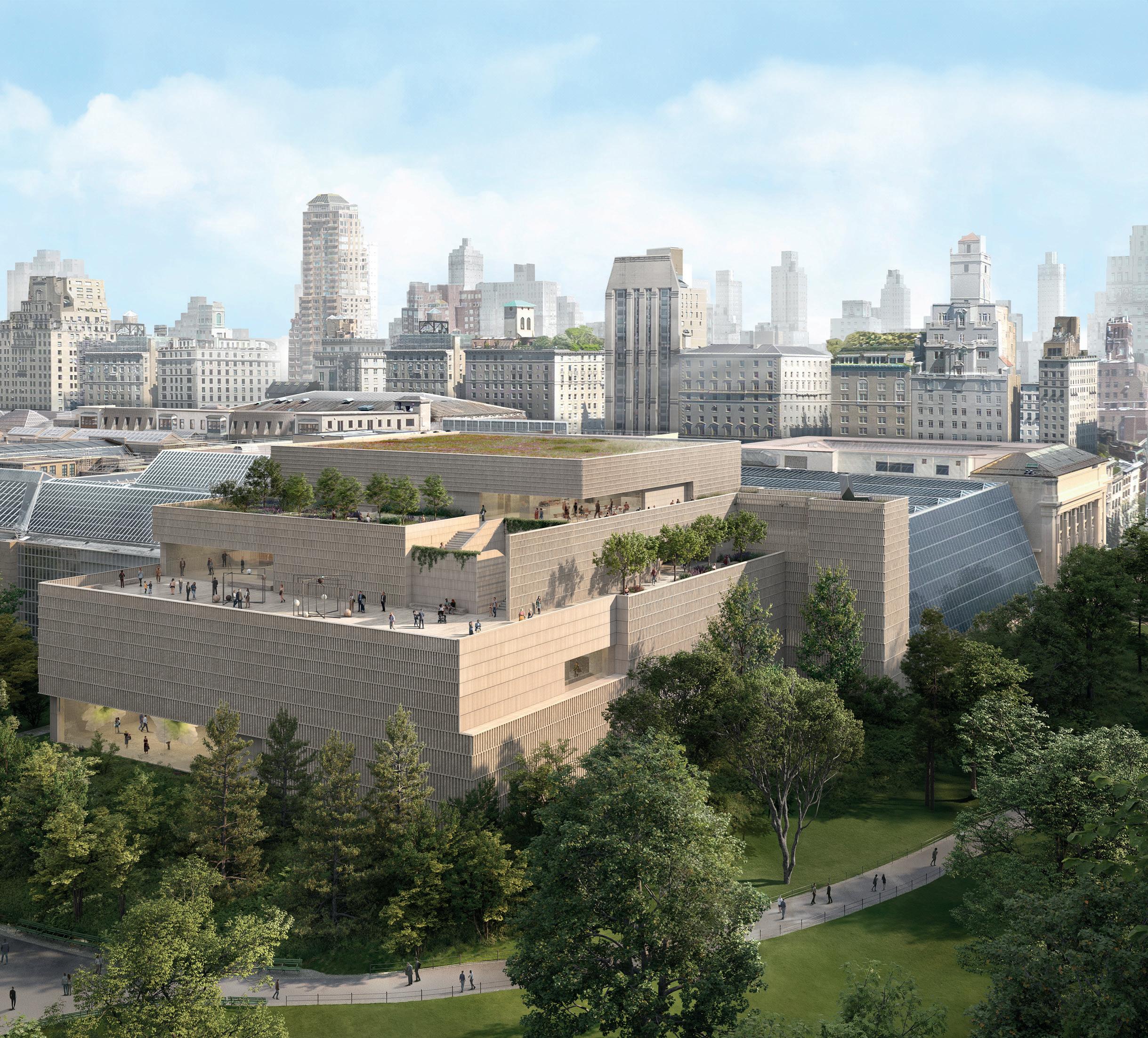
The new wing will increase gallery space and link better to the existing museum
In December 2024, New York’s Metropolitan Museum of Art unveiled the designs for its new $550m modern and contemporary art wing.
Designed by architect Frida Escobedo – the first woman to design a wing in The Met’s 154-year history – the Oscar L Tang and H M Agnes Hsu-Tang Wing will increase the current gallery space by almost 50 per cent.
Encompassing more than 126,000sq ft – of which 70,000sq ft will be gallery space – the five-storey wing will remain within the existing building’s 123,000sq ft-footprint and be no higher than the original height of the 1880 wing at the centre of the museum complex. The project includes the renovation and expansion of The Met’s existing modern and contemporary art wing.
The aim of the project was to give The Met’s collection of 20th and 21st century art a world class home and to address accessibility, infrastructure and sustainability needs.
The museum’s current modern and contemporary art wing is cut off from the rest of the museum, and has long been seen as something of an afterthought. The new wing will link to the rest of the museum, allowing visitors to make connections with art from different centuries and cultures.
“How can we start understanding the rhythm and the cadence that the museum has?” said Frida Escobedo, founder of Frida Escobedo Studio, in a recent interview.
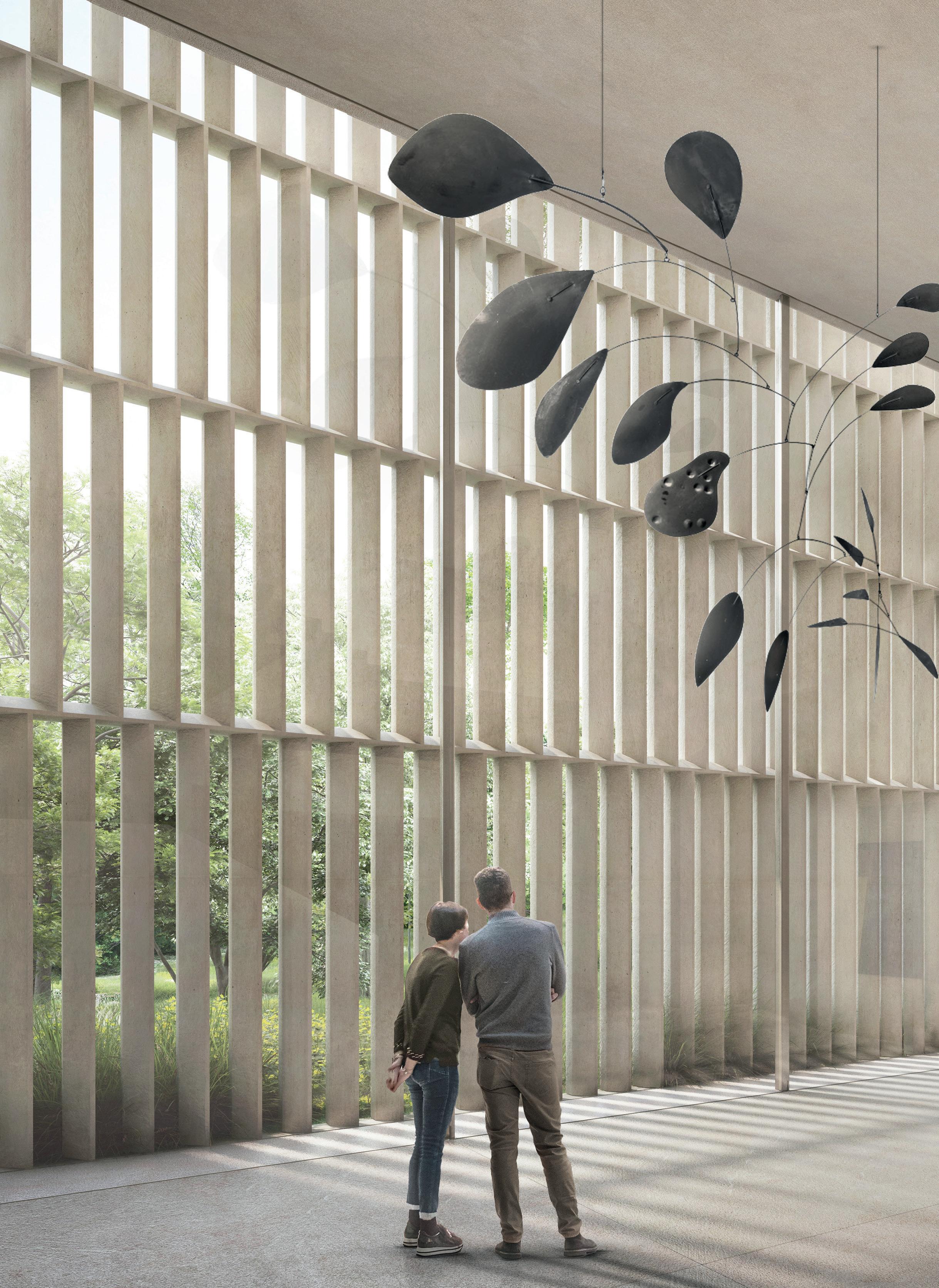
Our goal has been to create a building that fully meets The Met’s needs, weaving vital connections between the modern and contemporary art galleries and other areas of the museum
“The challenge was to weave these connections with the existing museum and adjacent wings and also to make connections with the park in a very subtle way.”
The current campus, she added: “Is very complex – it looks like a medieval town with plazas and towns and squares and little alleys, where you can get lost, which could be fascinating, but also very disorientating.
“Our goal has been to create a building that fully meets the needs and aspirations of The Met, weaving together vital connections between the modern and contemporary art galleries and other areas of the museum and at the same time expressing the special significance of the Tang Wing’s place in the city,” she continued.
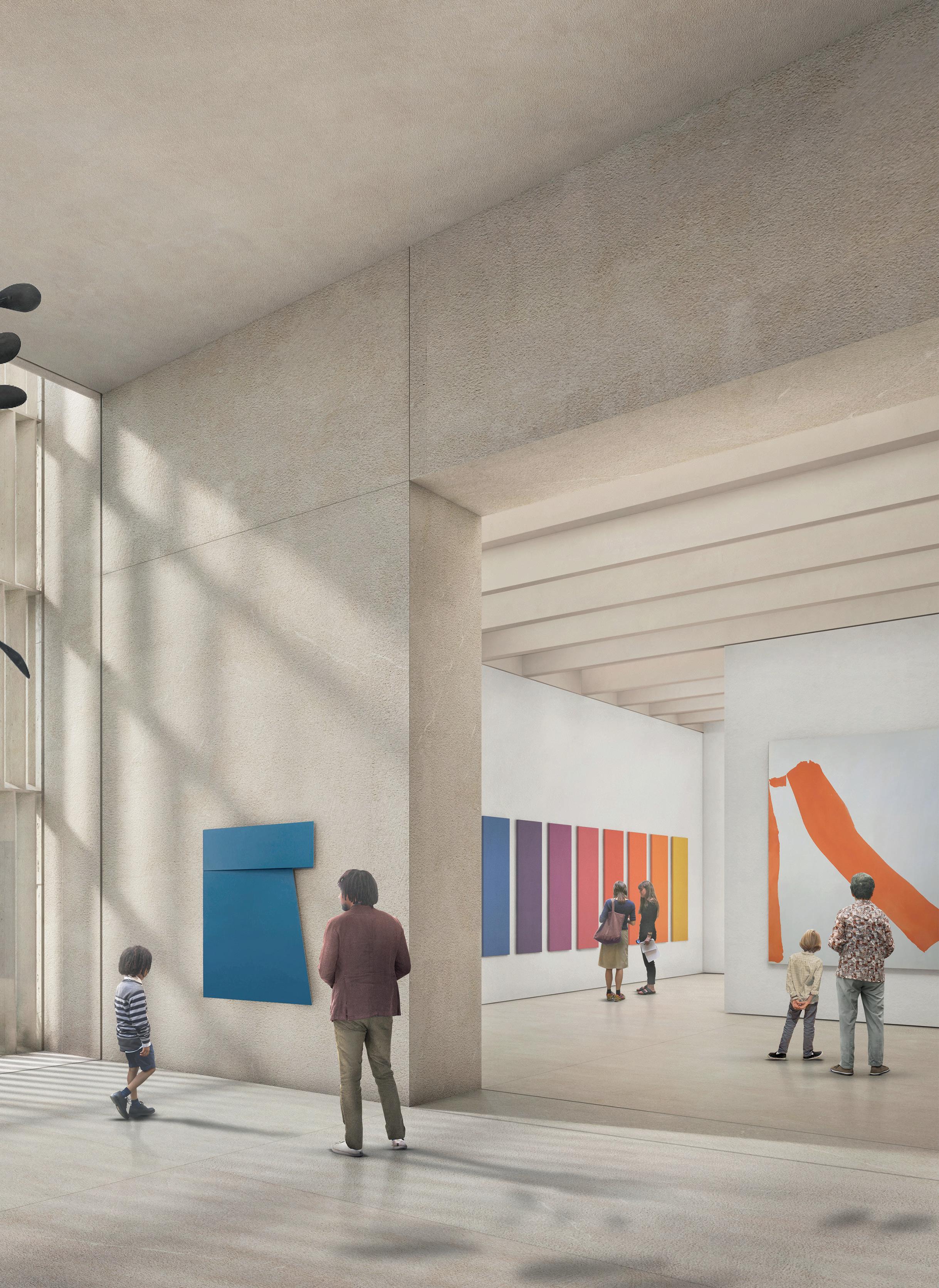
“The wing is in New York, yet of the world; it reflects the global nature of this great collection and also draws inspiration from The Met’s unique surroundings. Such an ambition can be realised only through close and consistent collaboration.”
The new wing will also link more closely with its surroundings, with a more porous façade – its exterior is partially wrapped in a limestone lattice, creating a diaphanous surface that will change as the sun moves. Other features include new windows, an expanded roof garden on the Wing’s fourth floor, and an additional outdoor terrace on the fifth with views of Central Park and the Manhattan skyline.
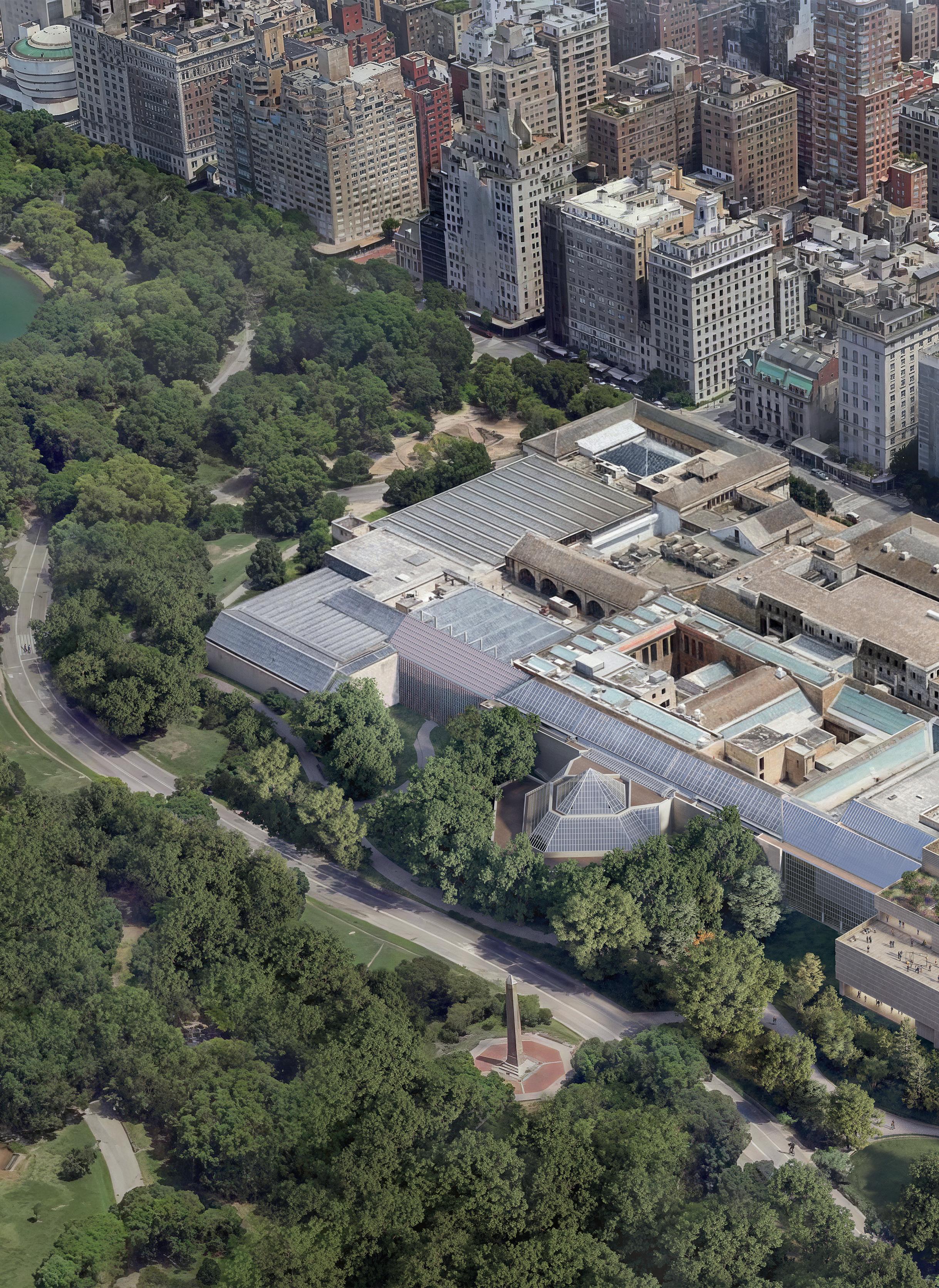
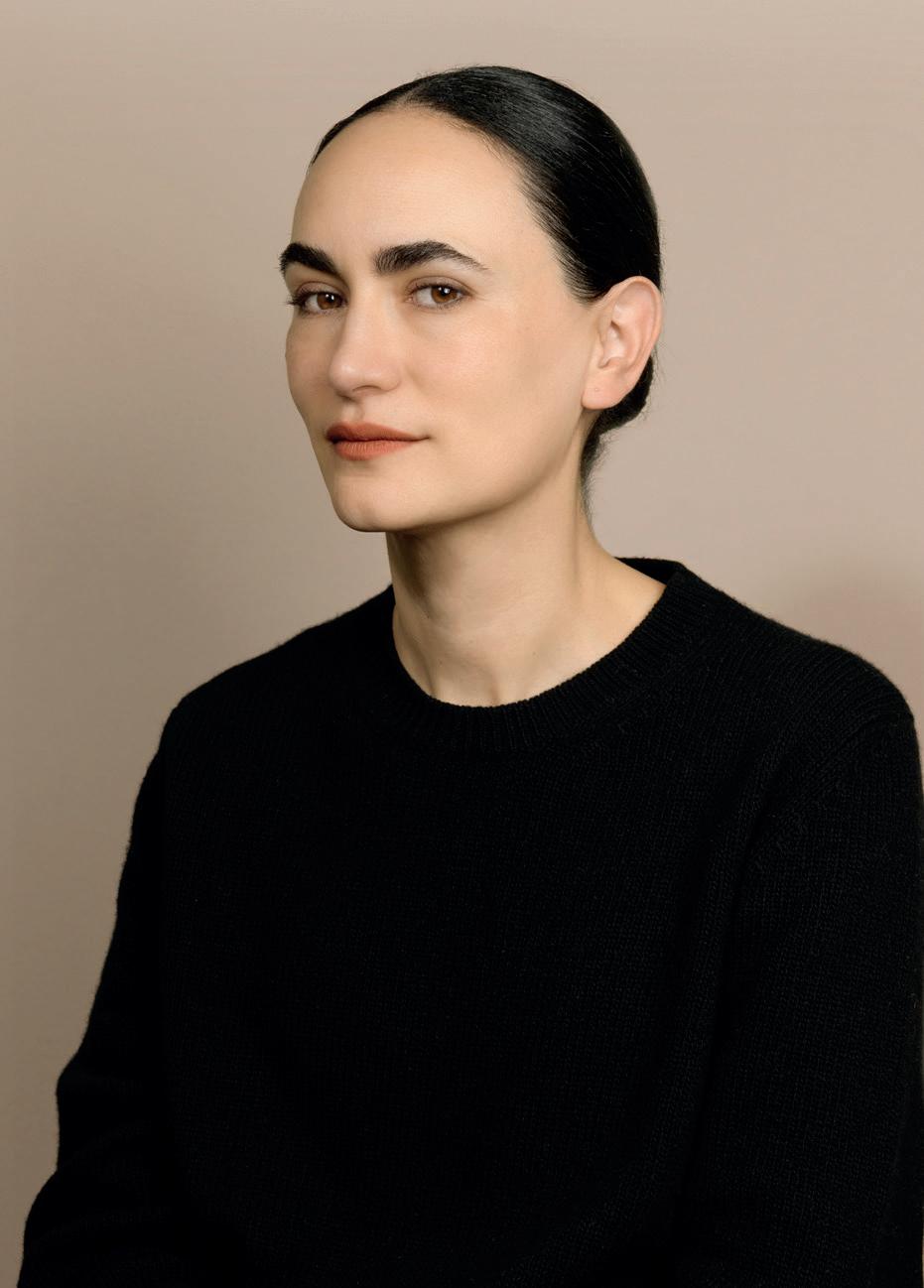
“A primary goal in the design is to create dynamic connections with its surroundings –fostering both intimacy and interiority, allowing visitors to fully appreciate the artworks while permitting the landscape to filter through the facade at key moments,” said Escobedo.
The more porous exterior will also allow passers-by glimpses of the interior. “It’s more approachable,” said Escobedo. “That was part of the intention — to make people feel invited.
“The wing is in New York, yet of the world; it reflects the global nature of this great collection and also draws inspiration from The Met’s unique surroundings.”
Frida Escobedo established her studio in Mexico City in 2006. Projects include the annual Serpentine Pavilion in London’s Kensington Gardens, the courtyard at La Tallera in Cuernavaca, several projects for the Victoria & Albert Museum in London; and the restoration of the Hotel Boca Chica in Acapulco, Mexico.
In May 2024, the museum announced a fundraising milestone of $550 million in private donations for the wing. It is planned to open in 2030. In other news, The Met will reopen its Michael C Rockefeller Wing in May 2025. l
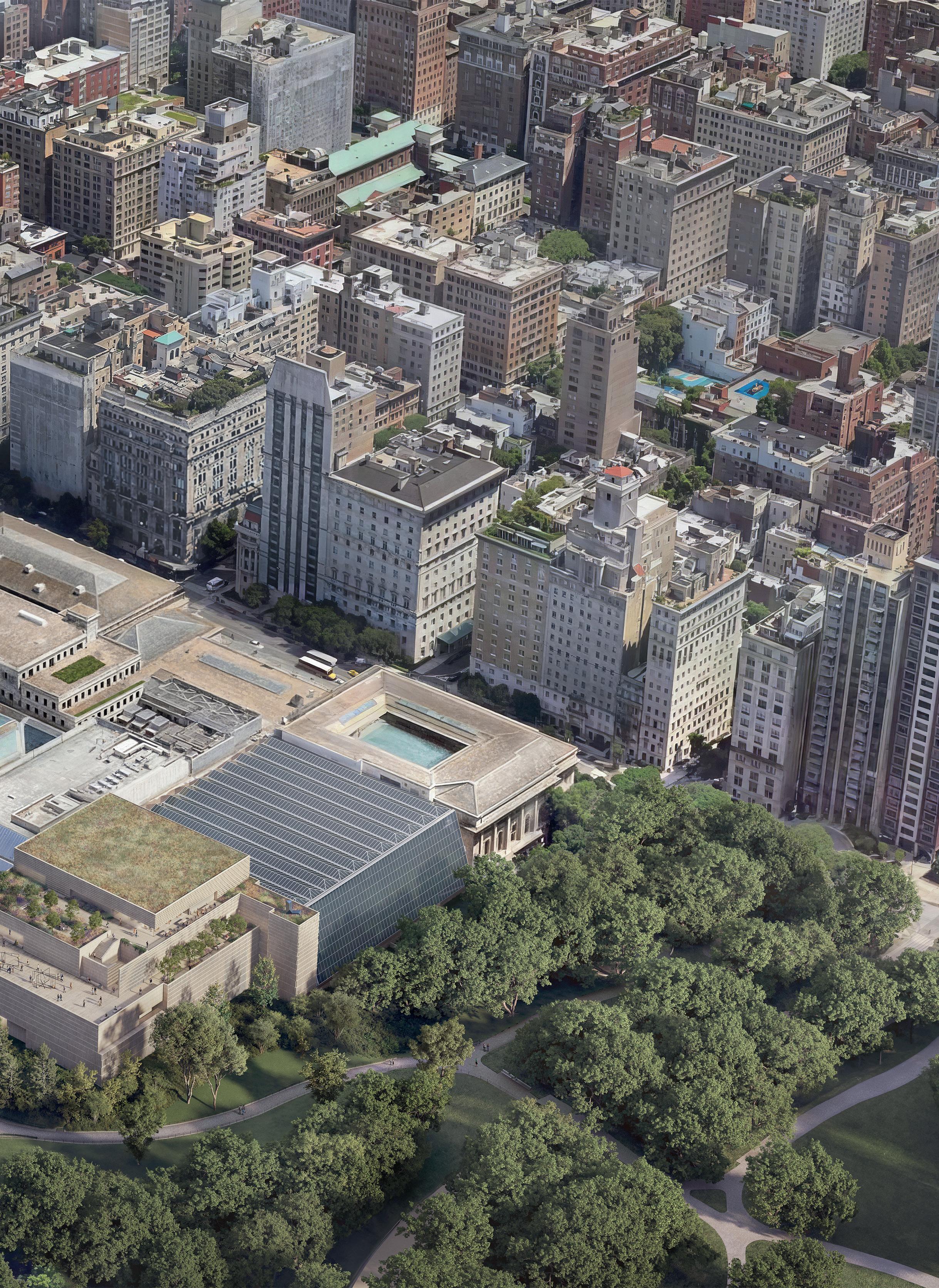
A primary goal in the design is to create dynamic connections with its surroundings, fostering both intimacy and interiority
Delta Kay, Arakwal custodian and tour operator appropriated, our Our art has been flag has been stolen. Our stories must remain with us
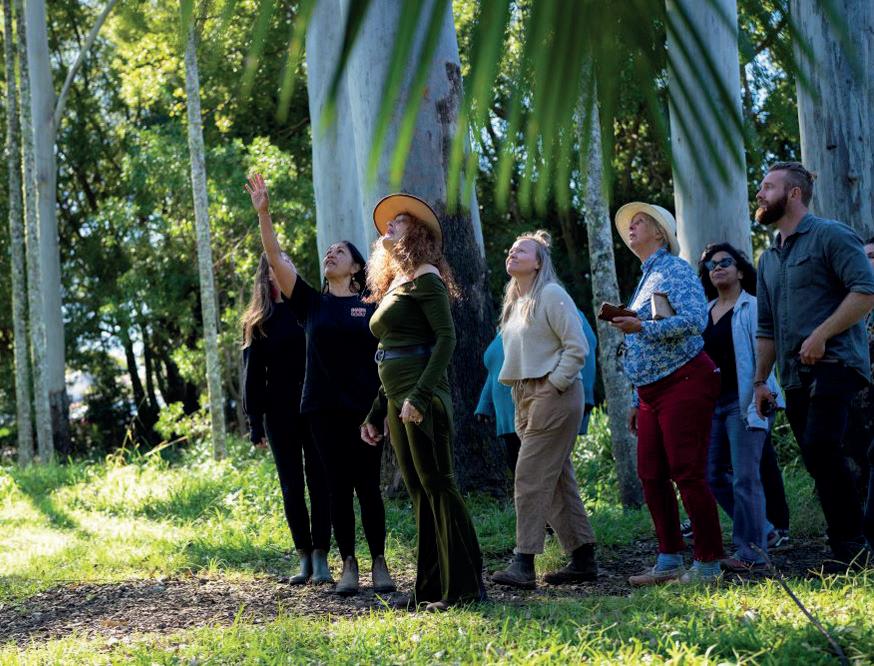

have
years
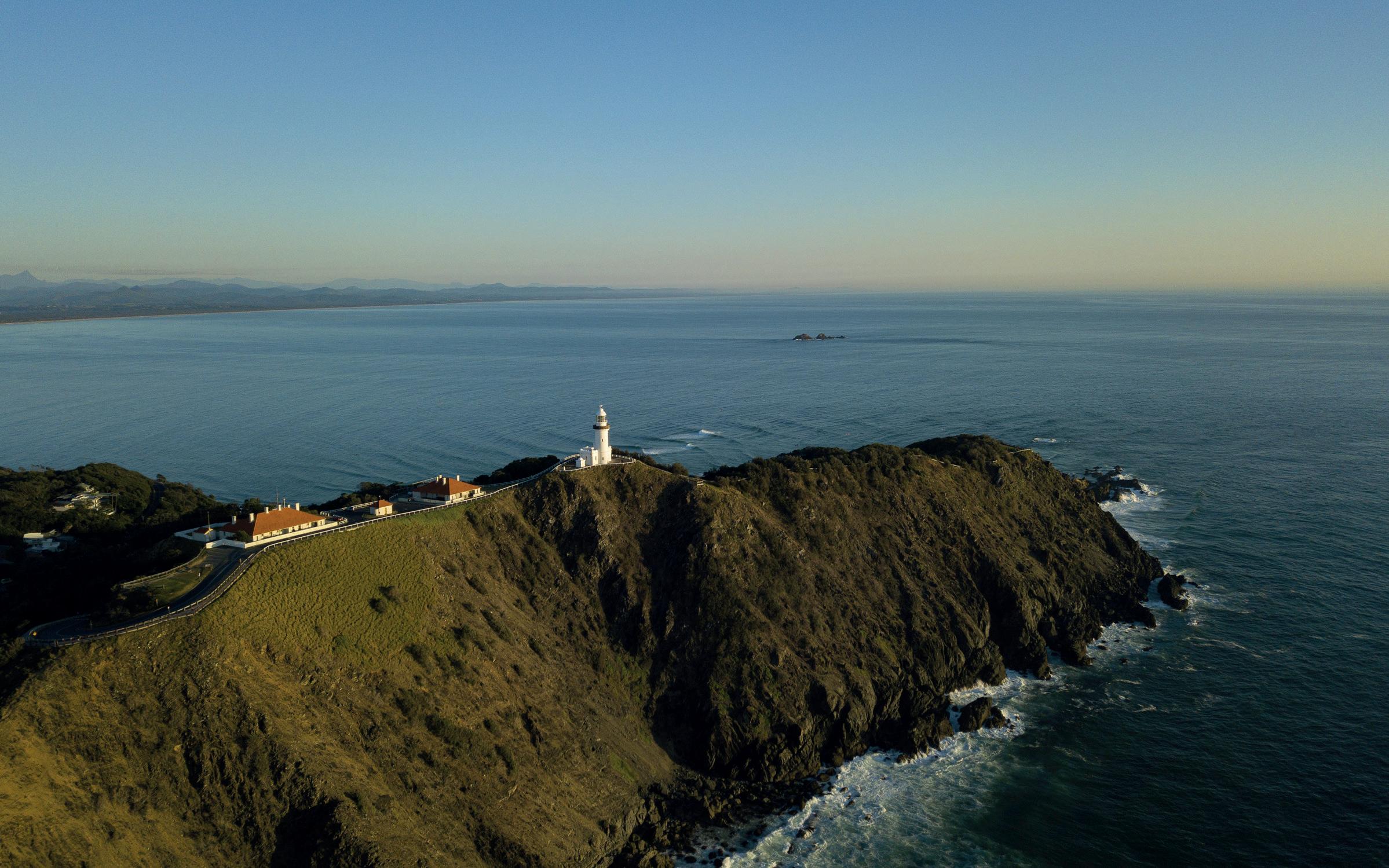
Indigenous tour operator Delta Kay has launched a new guided walking tour, sharing an Aboriginal perspective of the coastline around the iconic Cape Byron Lighthouse on mainland Australia’s most easterly point.
Aimed at helping visitors gain a deeper understanding of the local Bundjalung people and the cultural significance of Byron Bay’s coast, the 1.5 hour-long tour takes in coastal rainforests, beaches, Cape Byron and the lighthouse.
During the tour, Kay – a respected Arakwal custodian from the Byron Bay region known as Bundjalung nation – shares insights into the spiritual history and significance of the landscape, telling traditional Dreaming stories that explain the relationship between the Bundjalung people and the land. Guests also learn about native bush foods and natural medicine and have the opportunity to spot wildlife including dolphins, koalas, sea eagles and wallabies.
“I want people to leave my tours with a deeper understanding of how my family have always cared for the land and are still caring for it,” said Kay. “I believe this understanding leads to a stronger feeling of belonging for our locals and a deeper respect from visitors who want to connect with Indigenous people and learn about this incredible place.
“The Lighthouse, of course, is such a European symbol, and the fact that we can infuse the
Aboriginal narrative into the experience provides a truly unique viewpoint that will give visitors a much richer perspective of the Byron region.”
According to Kay, tours and indigenous experiences play an important role in fostering respect for the land and for Indigenous cultures.
“Byron Shire has many sacred sites that we want protected for future generations – we need people who are not Indigenous to this country to support us and avoid certain areas to protect them. Or, if you’re visiting a sensitive area then to behave appropriately, refrain from splashing it up on Instagram – just enjoy the moment!”
Indigenous tourism and attractions are a growing trend centred on cultural authenticity and a desire for education and culture exchange. However there are concerns about non-Indigenous operators misrepresenting the cultures they are showcasing.
“It’s important for visitors to follow cultural protocols and ensure that they use genuine Indigenous tours, not non-Indigenous people telling our stories and culture,” said Kay.
“Our art has been appropriated internationally, our flag has been stolen, our stories, at the very least, must remain with us – not with non-Indigenous tourism operators.
“I respectfully ask tour operators to ensure they have an Indigenous person from their traditional country doing cultural interpretations. Indigenous tourism must be led by Aboriginal people.” l
The Van Gogh Museum in Amsterdam has teamed up with the Lego Group to create a new Lego set inspired by Van Gogh's Sunflowers painting.
The set was designed to create a 3D brick version of the Van Gogh masterpiece, focusing on 'Van Gogh’s famous use of light and shade.'
To celebrate the launch of the set on 1 March, two brick replicas of the painting will be permanently displayed in Amsterdam’s Lego Store and the Van Gogh Museum.
The set comes with a link to a podcast, created with the Van Gogh Museum, featuring senior curator Nienke Bakker and Lego designer Stijn Oom.
As part of the collaboration with Lego, the museum will
offer a variety of Lego-themed activities throughout 2025, including a Lego installation from June – August.
“We hope this Lego set will inspire and engage new audiences with the art and life story of Vincent van Gogh," said Rob Groot, MD of the Van Gogh Museum.
"Working on one of the world’s most famous paintings can be quite daunting, but recreating Sunflowers has been a dream come true," said Lego designer Stijn Oom.
In 2022, the Lego Group partnered with New York‘s Museum of Modern Art on a Lego set that recreated Van Gogh’s The Starry Night (1889).
More: http://lei.sr/G3z8V
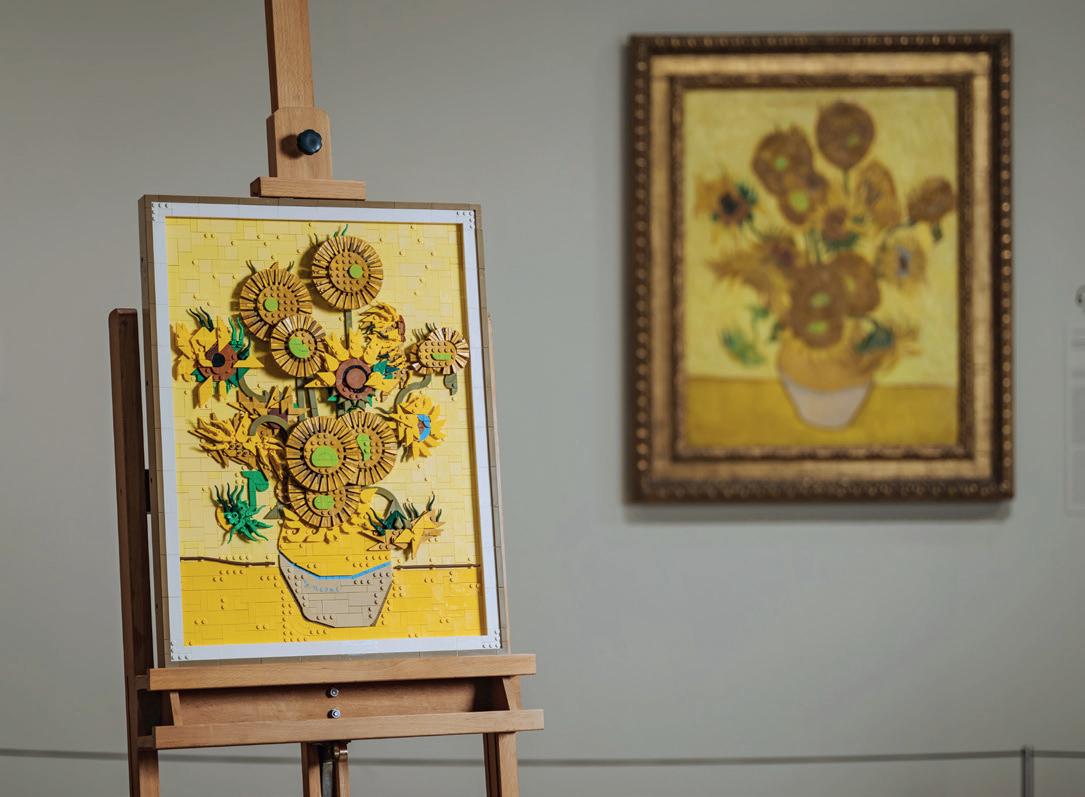
Recreating Sunflowers has been a dream come true Lego designer Stijn Oom
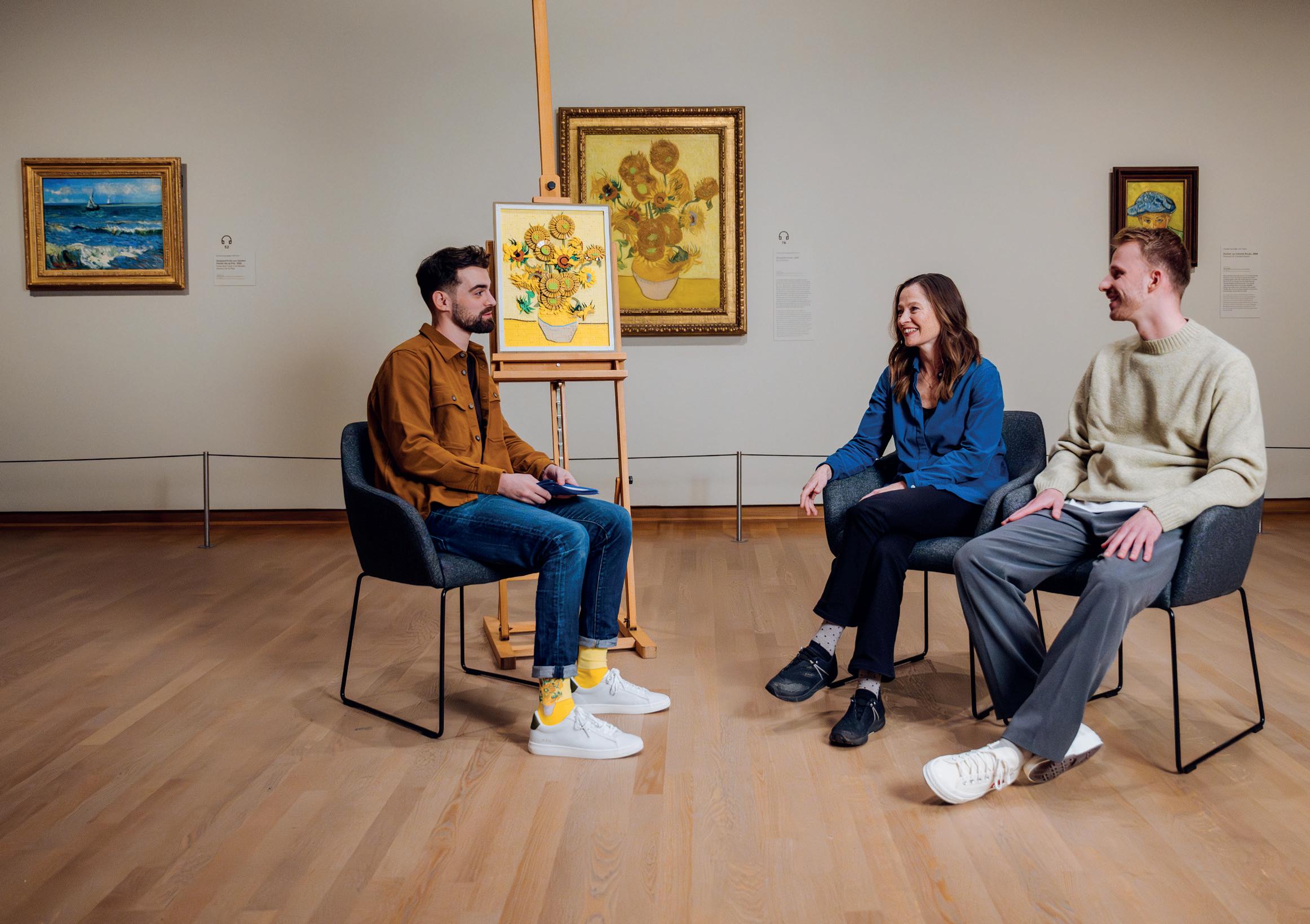
The Metropolitan Museum of Art has launched a new short-session game, Art Links, that invites players to identify common threads and intriguing connections between works of art.
Launched on 23 January, Art Links is the first Web3based experience (a game built using Blockchain technology) at The Met.
Designed in partnership with art and tech platform TRLab, this mobile-first, browser-based, blockchainpowered game presents an innovative way to engage


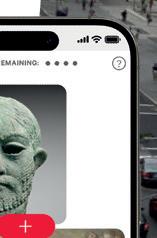



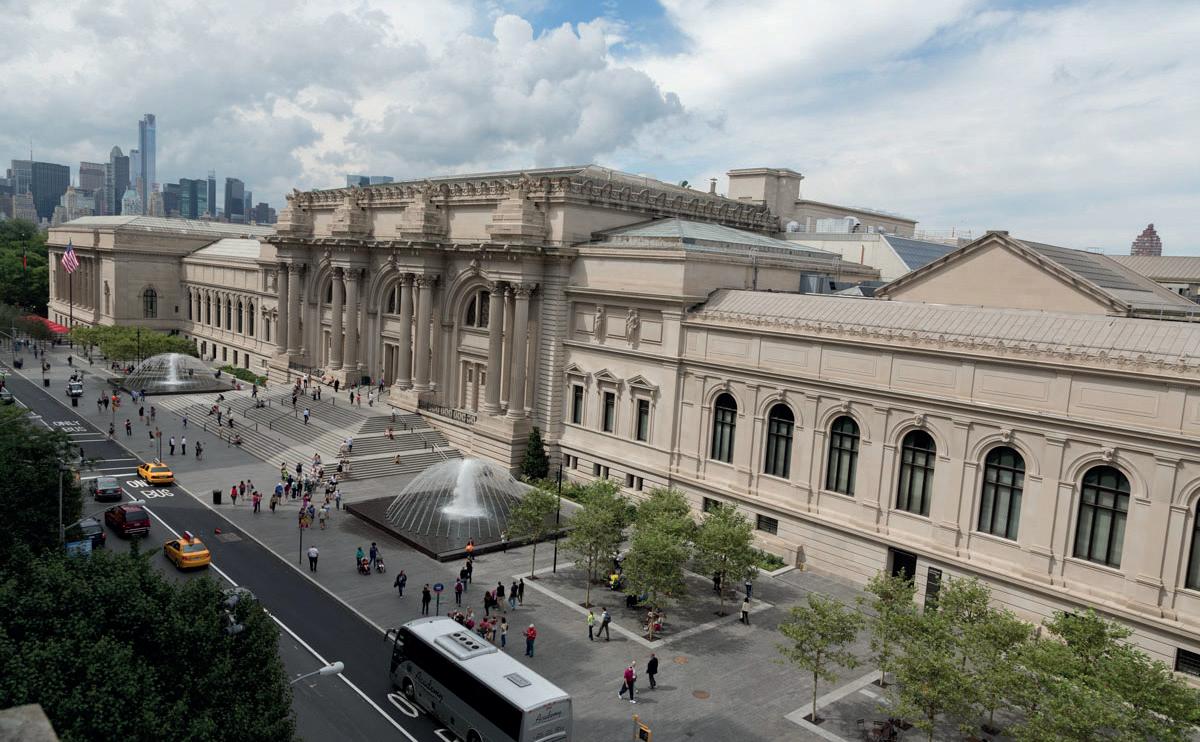


with the museum, and offers visitors the chance to collect special in-game NFT badges and win inperson and digital rewards.
The serialised game, which releases new challenges weekly, features more than 140 works of art from
TeamLab Planets in Tokyo has unveiled a major expansion, introducing several new immersive, interactive digital art spaces, as well as F&B and retail.
Launched at the end of January 2025, the expansion increases TeamLab Planets‘ area by 1.5 times and introduces new exhibits themed around educational projects. These new exhibits include Athletics Forest, Catching and Collecting Forest and collaborative, co-creation space Future Park.
across The Met collection. By successfully finding artbased connections between works, players can claim free NFT 'badges' and earn 'achievements' by tackling in-game challenges.
"This groundbreaking game is an exciting first
for The Met and a singular experience in the museum field at large,” said The Met CEO Max Hollein. “Players can broaden their engagement and understanding of culture and creativity in a fun and compelling way.
More: http://lei.sr/h5K3v
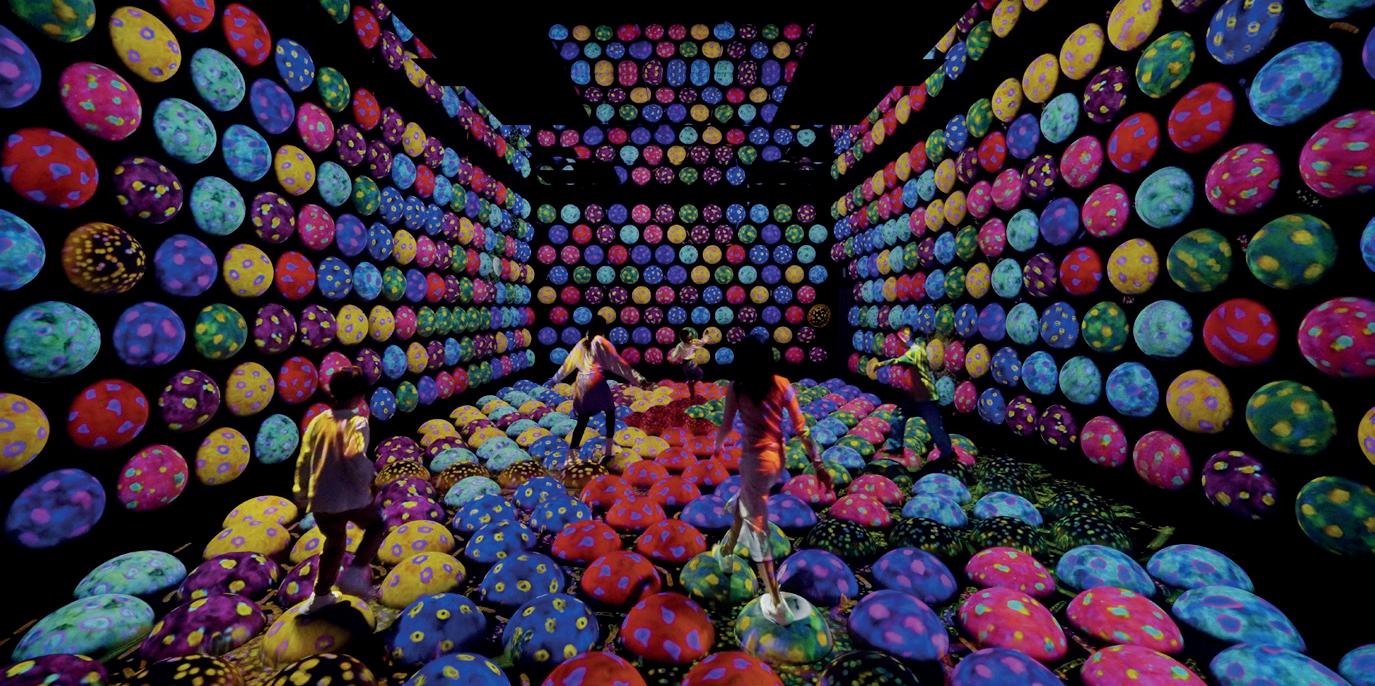
Catching and Collecting Forest sees visitors use their smartphones to 'capture' and study extinct animals.
Athletics Forest is a creative space based on the concept of understanding the world through the body and thinking about the world three-dimensionally.
“Humans perceive the world with their bodies
and think with their bodies," said TeamLab founder Toshiyuki Inoko.
"This is a space where people can perceive art with their physical bodies."
In 2024, TeamLab Planets set the Guinness World Record for the world’s most visited museum dedicated to a single group or artist.
More: http://lei.sr/C3L3x
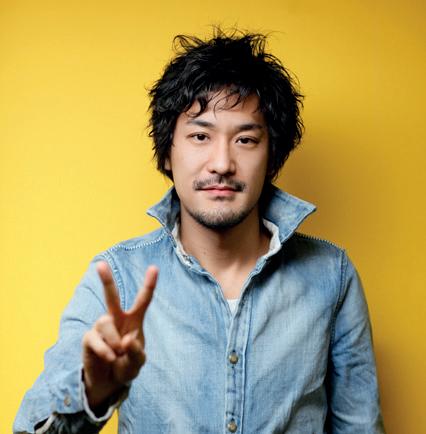
This is a space where people can perceive art with their physical bodies Toshiyuki Inoko, founder, TeamLab
An excavation of the lost ancient city of Pompeii in Naples, Italy, has unearthed a well-preserved private thermal spa dating back almost 2,000 years.
Pompeii, part of a UNESCO World Heritage Site, was once a thriving Roman city before it was engulfed by volcanic ash when Mount Vesuvius erupted on 24 August AD 79. The site is now an archaeological park and has been gradually excavated since the 16th century.
The recently discovered private spa is large enough to accommodate 30 guests and was found during the excavation of a home believed to belong to a wealthy member of Pompeii’s elite.
The results of the first major UK study to quantify the benefits of consuming culture and heritage are in –and it’s good news for our health and the economy.
Engaging in cultural activities such as a musical performance or attending an exhibition was found to have significant benefits to health, including alleviating pain, frailty, depression, occurance of dementia and dependence on medication.
The review, commissioned by the UK's government's Department for Culture, Media and Sport was a
Archaeologists noted that the baths are located next to the home’s expansive banqueting area. This design allowed hosts to impress their guests by inviting them to relax in the baths before attending a meal, showcasing their wealth.
“Everything was designed to stage a ‘show’, in which the owner was the centre of attention,” said Gabriel Zuchtriegel, director of the Archaeological Park of Pompeii.
“It is an example of how the Roman domus (house) acted as the setting for artistic and cultural shows that the owner staged to gain votes or win the favour of their guests."
More: http://lei.sr/E4S6B
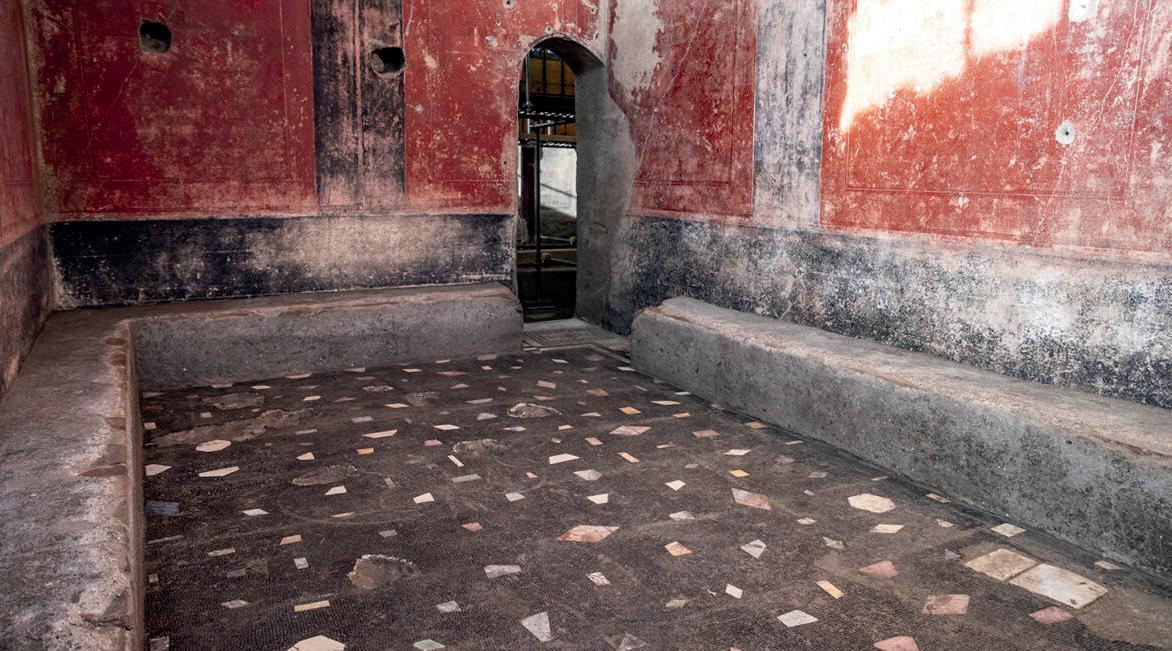
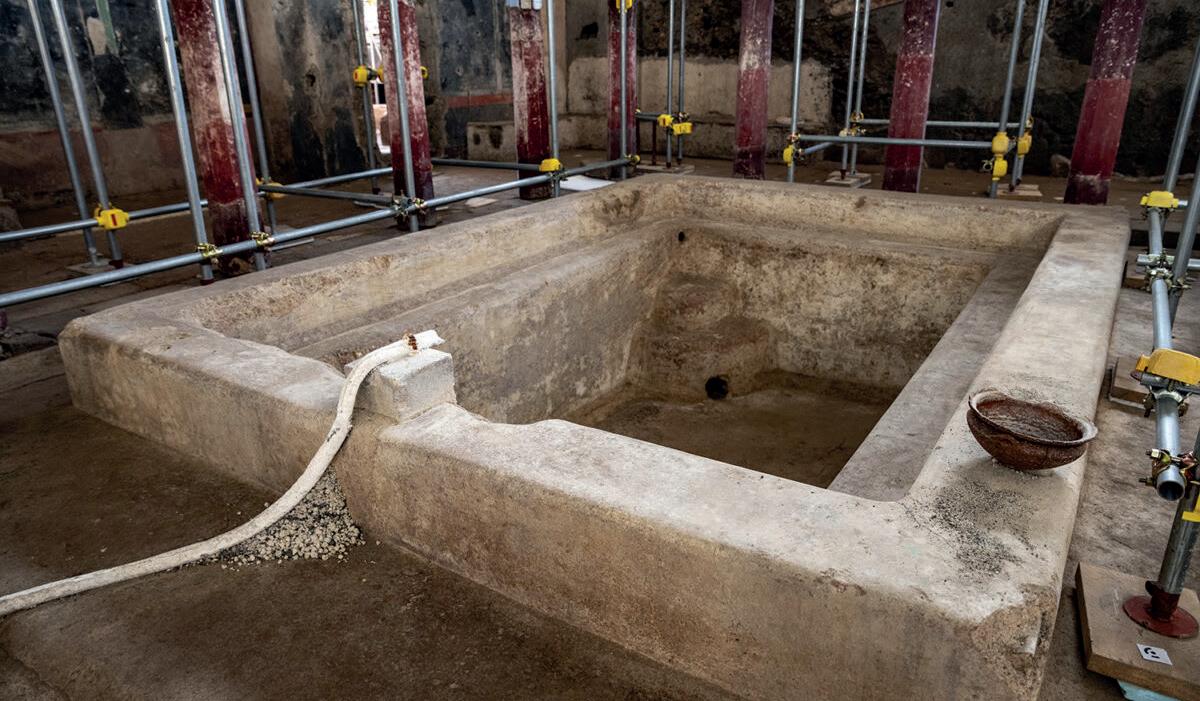
The Roman home was designed to stage a 'show'

arts and culture are good for health and the economy
collaboration between Frontier Economics and the World Health Organization’s Collaborating Centre for Arts and Health, which is based at University College London.
Professor Daisy Fancourt, director of the WHO centre and also a co-author of the
research, said it had shown that “arts engagement has diverse and tangible effects on health, from supporting cognitive development and protecting against cognitive decline, to reducing symptoms of mental illness and enhancing wellbeing, reducing
pain and stress, via the same neurological and physiological pathways activated by medication, reducing loneliness, and maintaining physical functioning, thereby reducing frailty and agerelated physical decline.”
More: http://lei.sr/L7Y3C

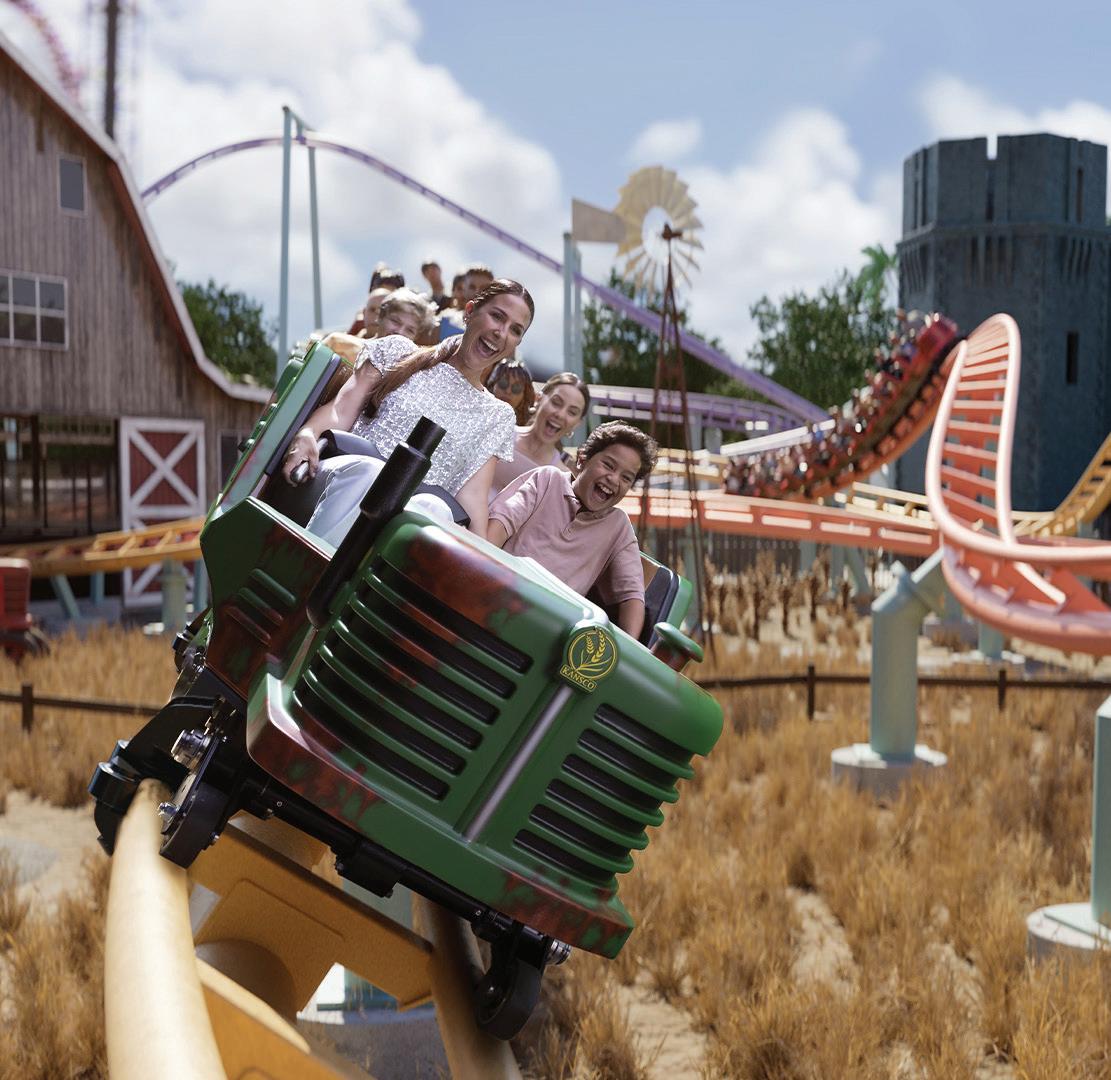
Our team of specialists in concept design, engineering and manufacturing can deliver the most thrilling experience for your guests! Whether you want to create a new family coaster that appeals to children, teens, parents and grandparents, are looking for a new heartpounding experience to delight thrill seekers or want to develop any other attraction that will make your venue a success, Vekoma will assist you to discover more.
WWW.VEKOMA.COM

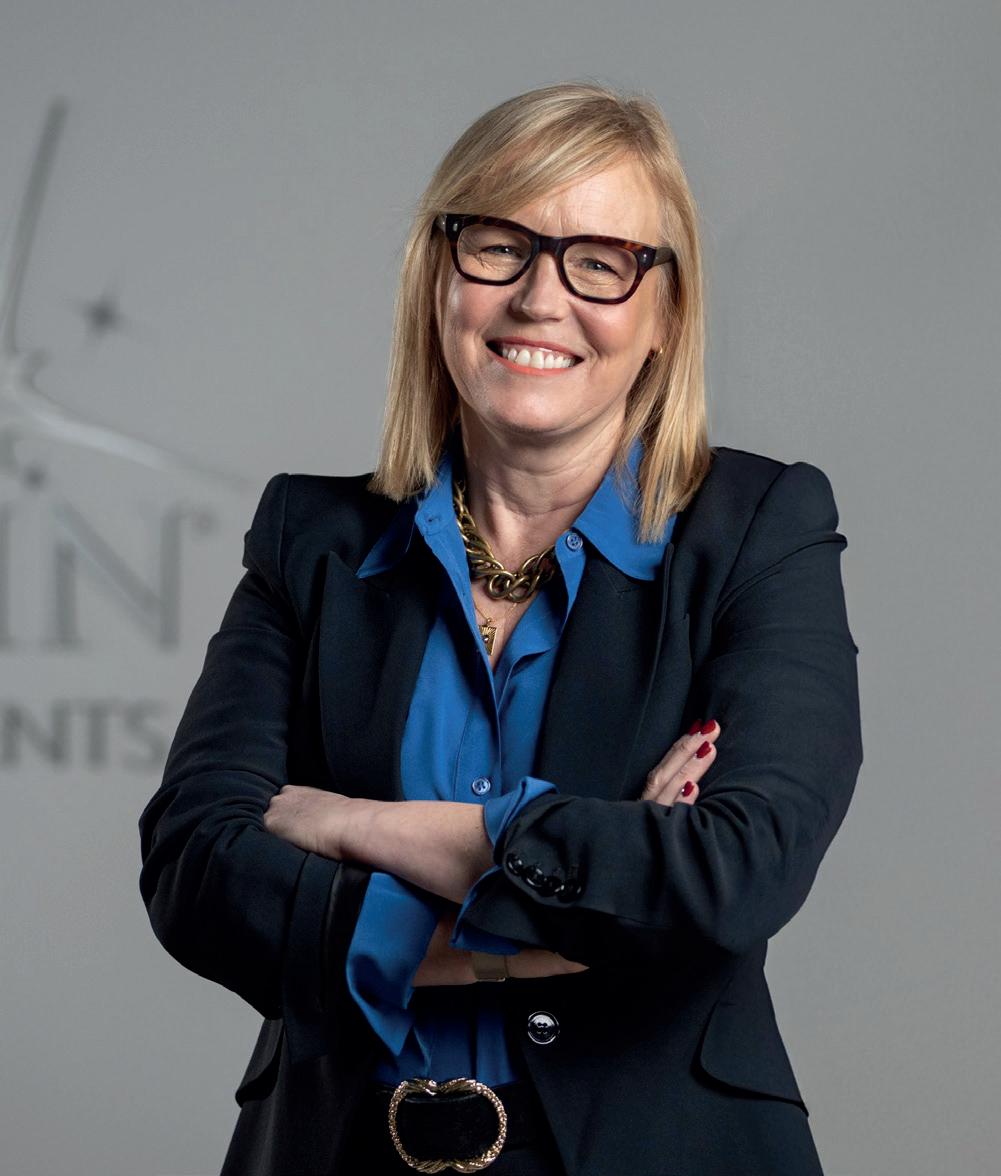
Global wellbeing organisation
Therme Group has acquired Therme Erding – a vast 145,000sq ft wellbeing destination located near Munich in Germany.
Recognised as one of Europe’s largest thermal wellbeing complexes, Therme Erding features a 40-pool bathing oasis, 35 steam baths and saunas and 28 indoor and outdoor slides.
Founded by Josef Wund in 1999, the facility has become a cornerstone of the European wellness industry.
Merlin Entertainments has confirmed Fiona Eastwood as its CEO – she had been interim CEO following the departure of Scott O’Neil.
Eastwood said: “I have a true love and passion for this business and its people and am excited to lead Merlin into its next phase of growth.
"I've seen first-hand the wealth of magical experiences our attractions and teams have to offer... and how we bring joy, create connections and make memories for families, adults, and children all over the world.”
Prior to her stint as interim CEO, Eastwood was COO, a role she took up in 2019. She has been with Merlin for 10 years in total following a career at BBC Worldwide.
“Merlin is a world class company, with remarkable global reach,” said Eastwood, “My aim is to lead this business to new heights, with a focus on performance, operational excellence, and creating memorable guest experiences.
"This is an exciting year for Merlin, with our first Peppa Pig theme park opening in Dallas, and Legoland Shanghai coming later in the year and more exciting new projects beyond that.
"I remain focused on bringing our global attractions together into one united business – a business built for ongoing success and sustainable growth.”
More: http://lei.sr/v8n7H_T

The acquisition builds on a long-standing relationship between the Wund family and Robert Hanea, CEO and founder of Therme Group.
To finance the deal, Therme Group secured a €320 million (US$336 million, £264 million) funding package from Macquarie Capital's Principal Finance team. Arranged by
Deutsche Bank, this funding is claimed to represent one of the largest single-asset financings in the industry.
"We’re redefining how cities can integrate spaces that prioritise health, connection, and inclusion, making urban wellbeing accessible to all," said Hanea.
More: http://lei.sr/T2o0r
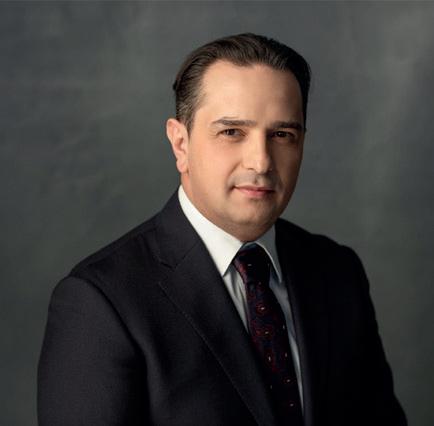
We're redefining how cities can make urban wellbeing accessible for all Robert Hanea, CEO,Therme Group

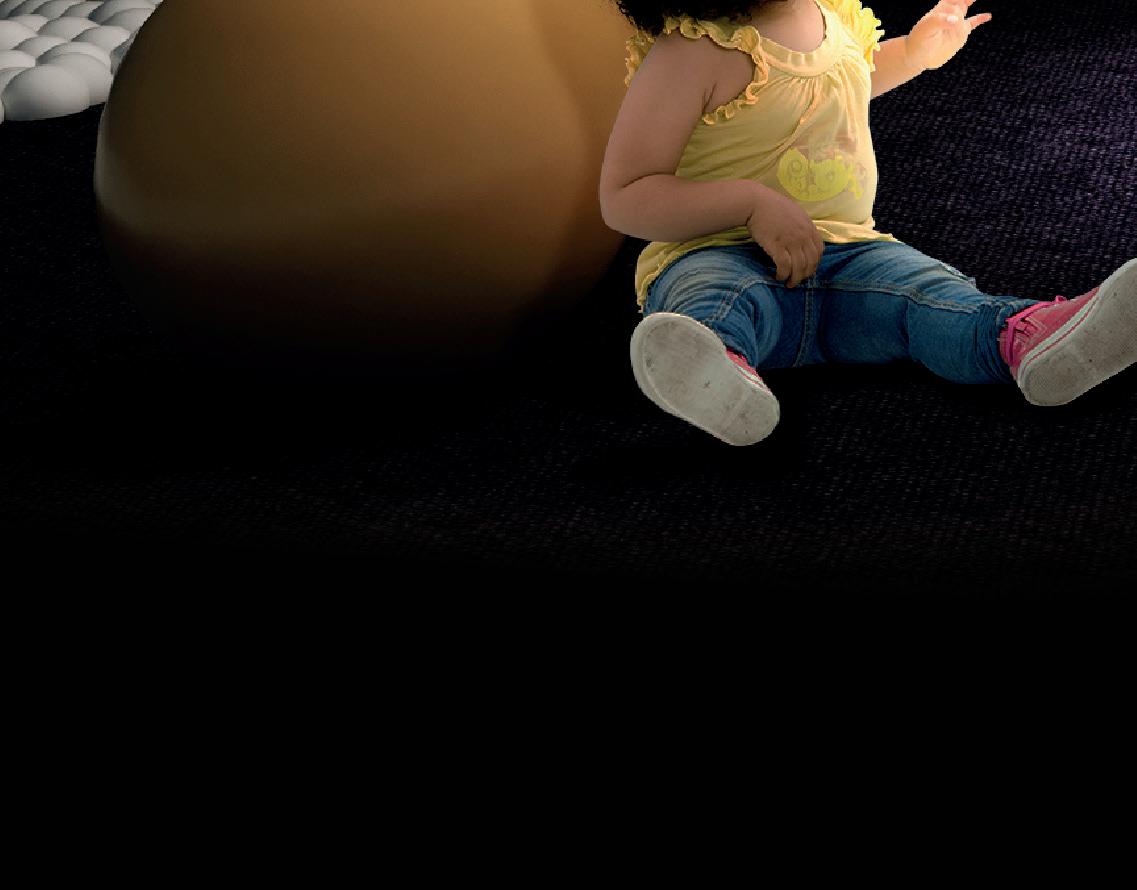
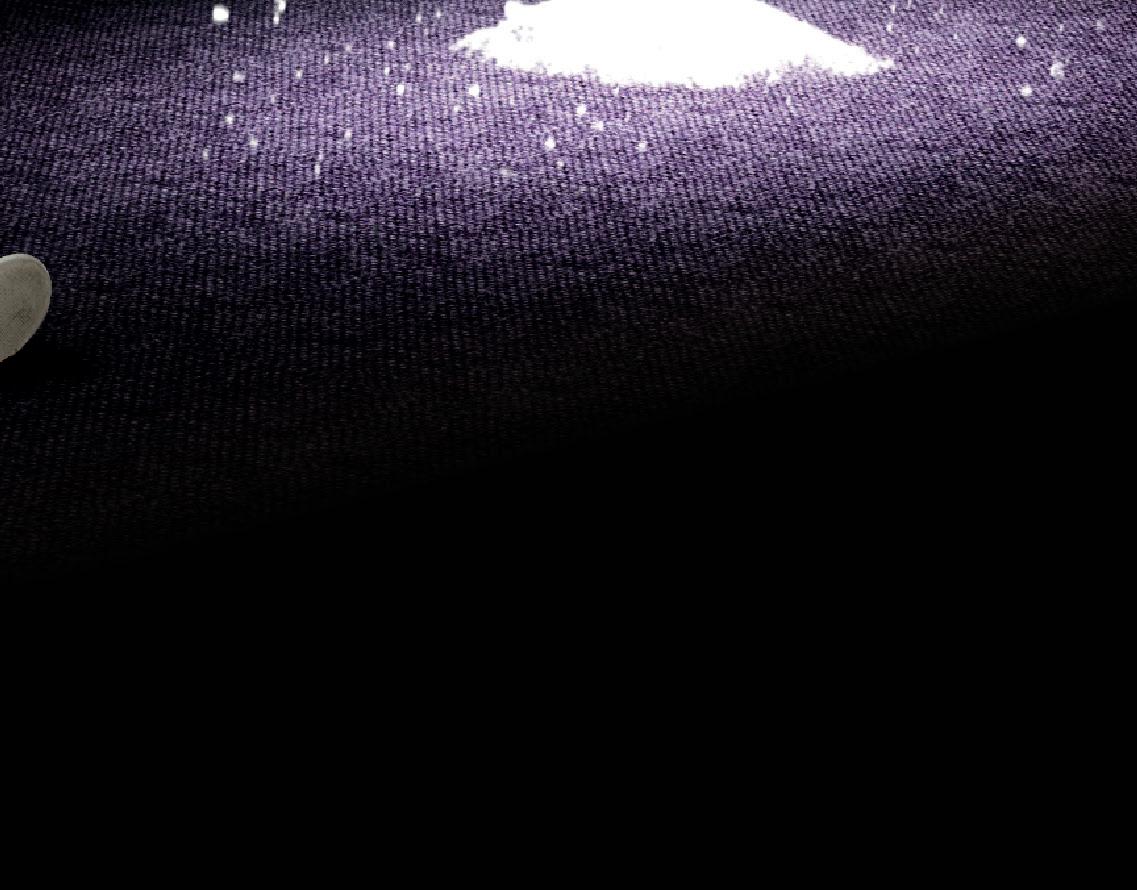

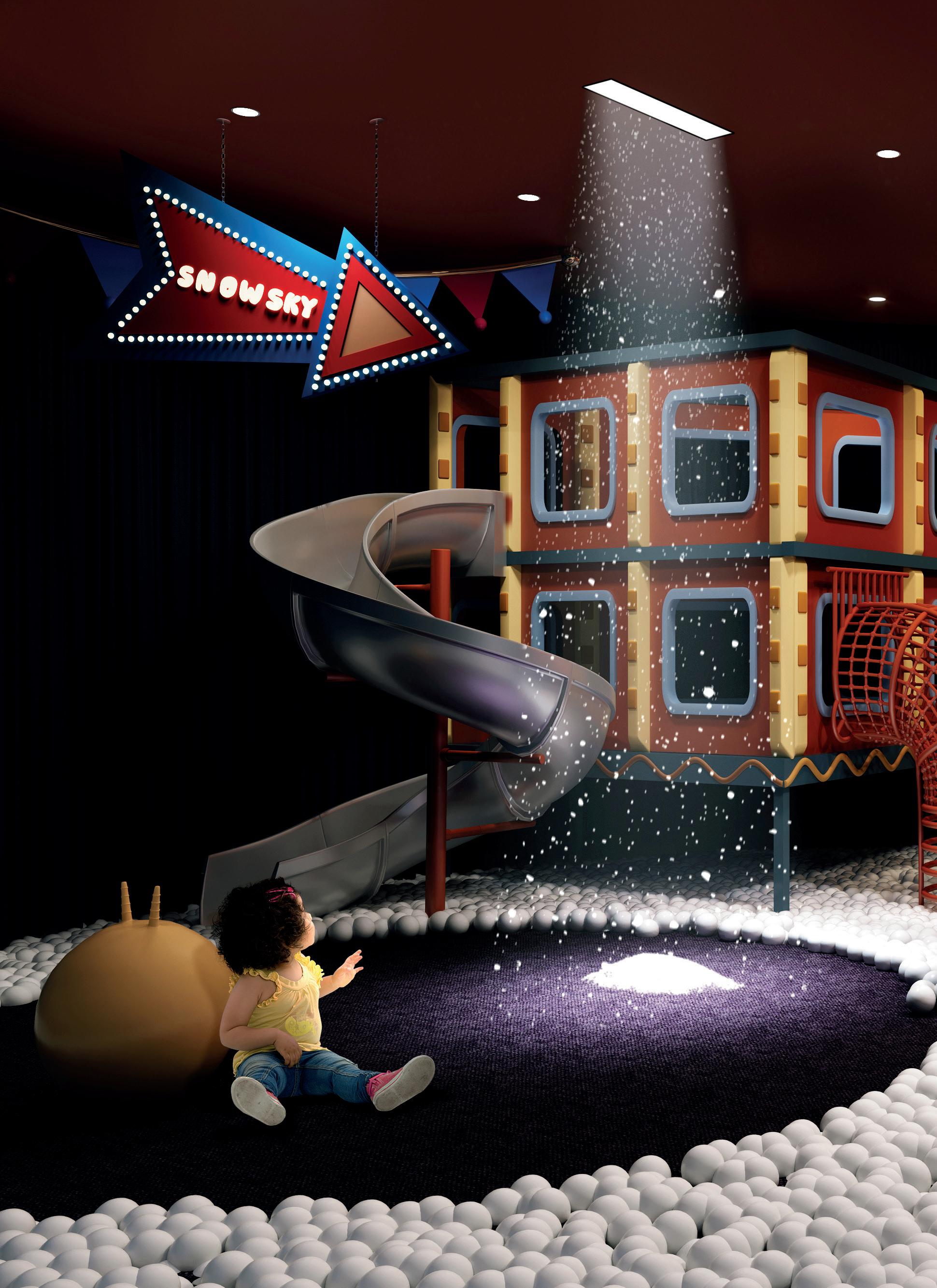
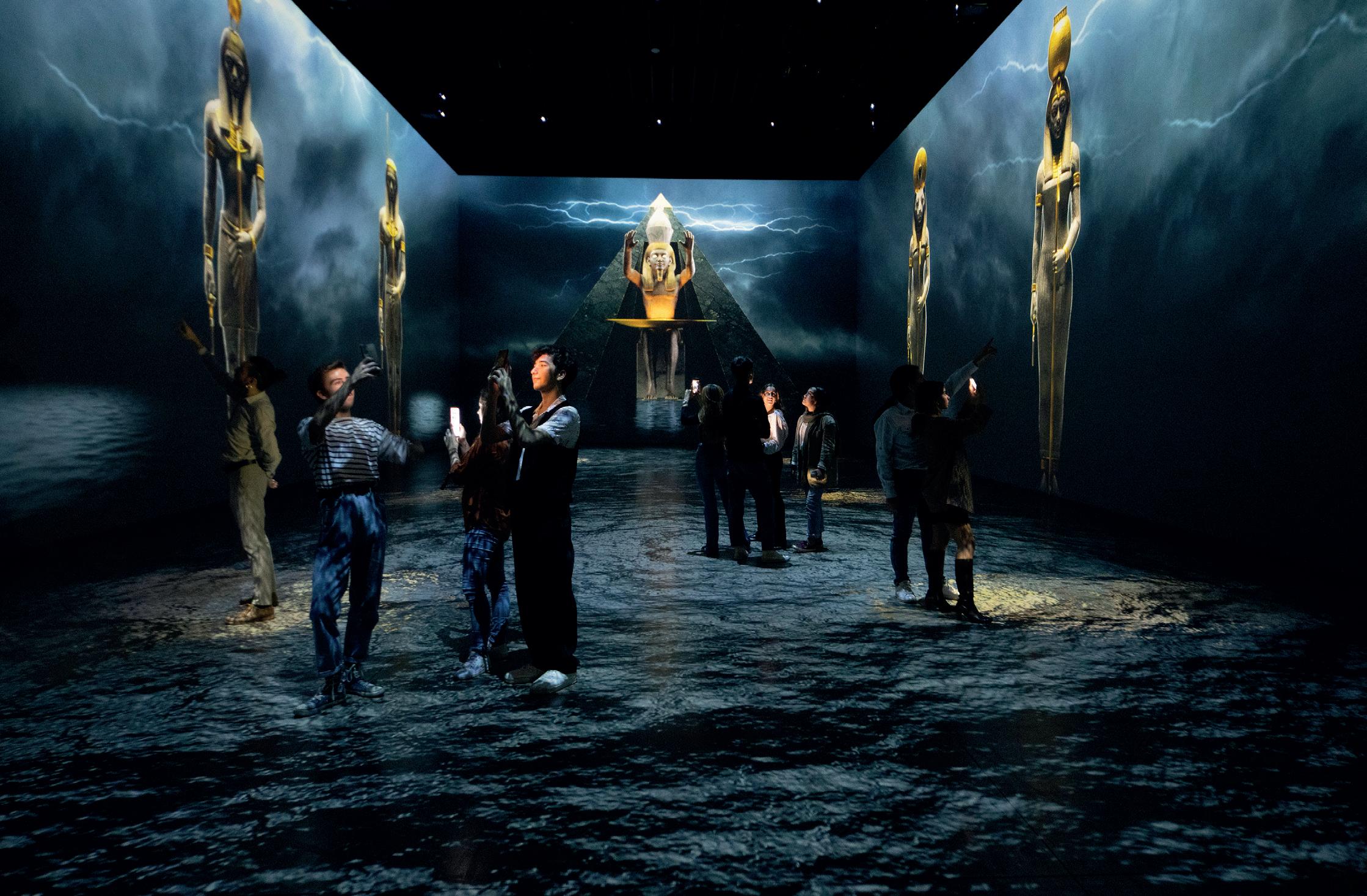
UK
Tutankhamun: The Immersive Exhibition is set to launch at Immerse LDN, on the Excel London Waterfront in March 2025.
Endorsed by the Grand Egyptian Museum in Cairo and created in collaboration with Egyptologists and historians, the exhibition is set across six galleries and features one of Europe’s largest immersive video mapping rooms with 8-metre-high projections.
Visitors will enter via an infinity room featuring a walking Anubis, before exploring stories about Egyptian civilization alongside replicas and artefacts.
The experience continues with a 30 minute
immersive movie telling the story of Tutankhamun's tomb, narrated by British archaeologist Howard Carter.
Other features include a VR experience taking visitors into the 'Egyptian afterlife', a hologram presentation, and an AR walkthrough. of the Valley of Kings.
"This exhibition presents a blend of rich historical narrative with cutting-edge technology, including a 360-degree video projection at 8 metres high, a world premiere hologram showing the entire mummification process and a VR and digital metaverse experience," said FKP Scorpio Entertainment president James Cassidey. l
More: http://lei.sr/Q7c8O
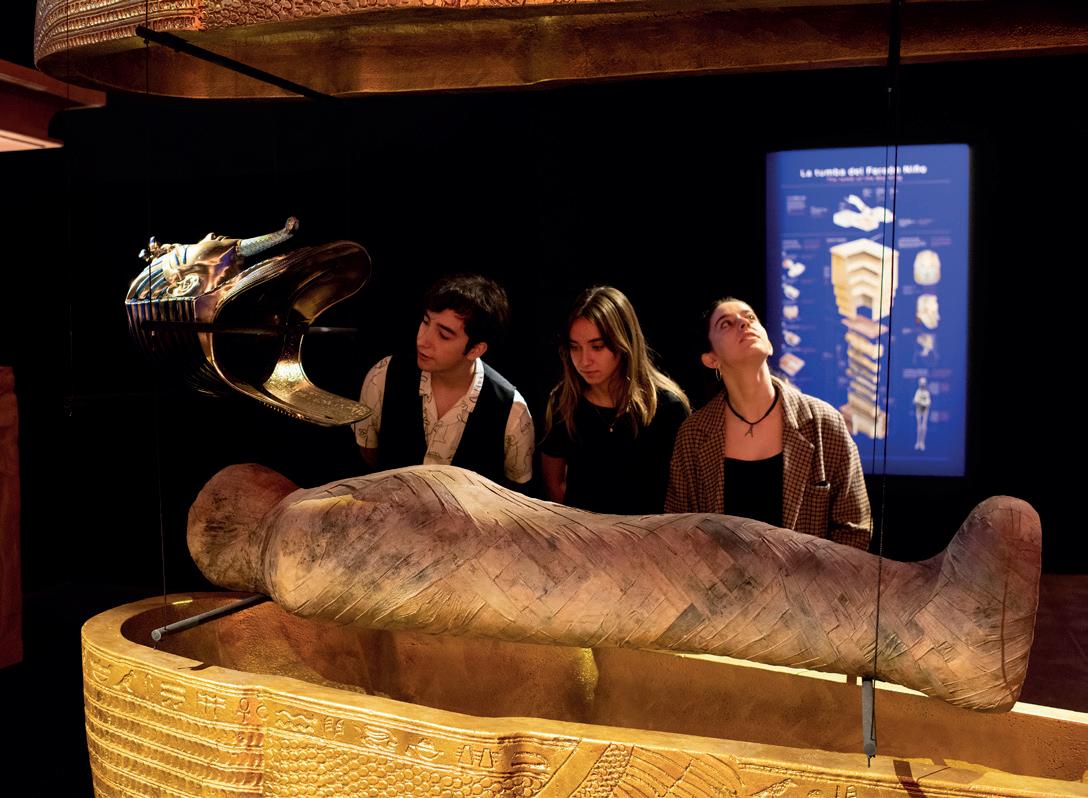
This exhibition blends rich historical narrative with cutting-edge technology James Cassidey, president, FKP Scorpio Entertainment
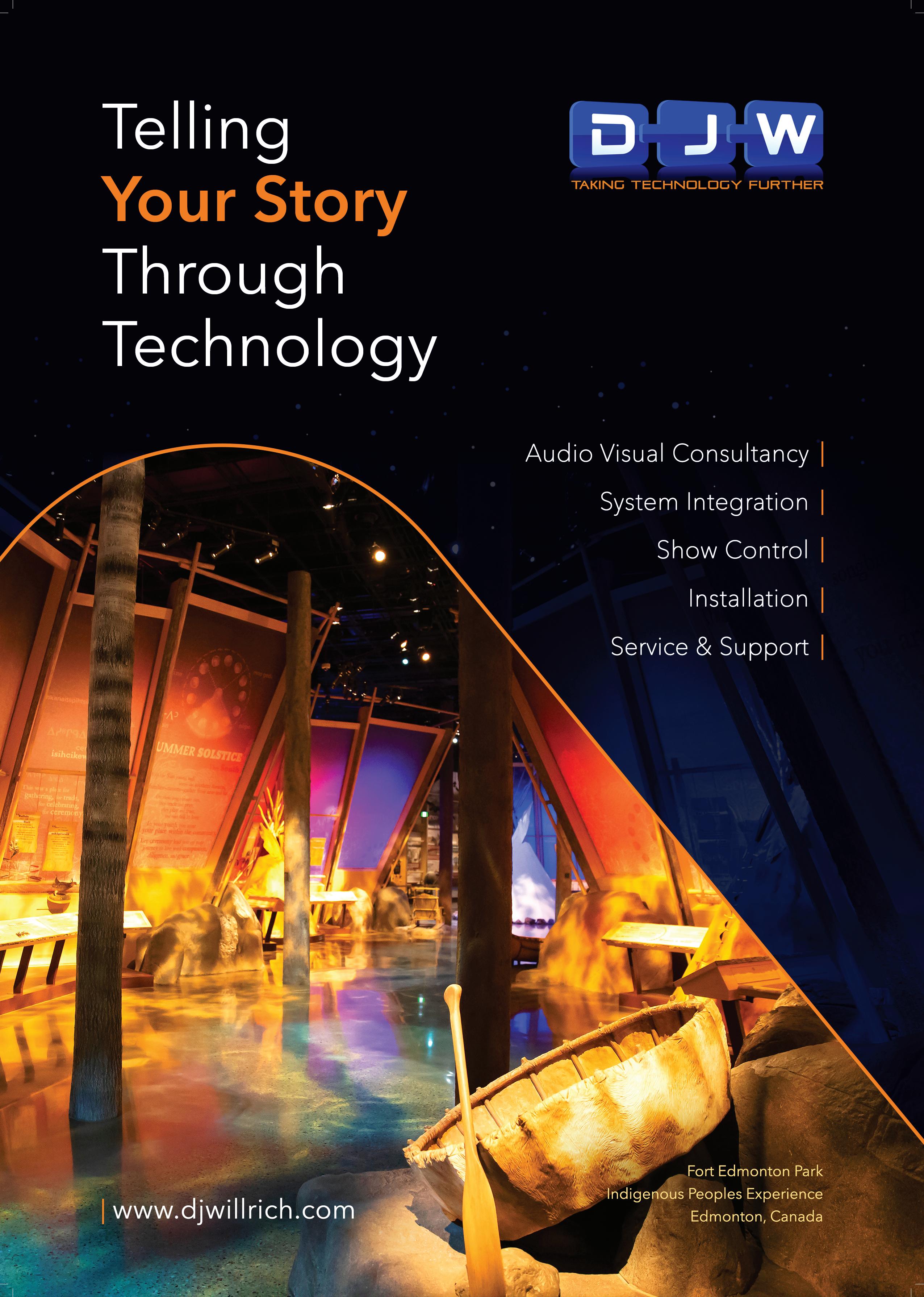
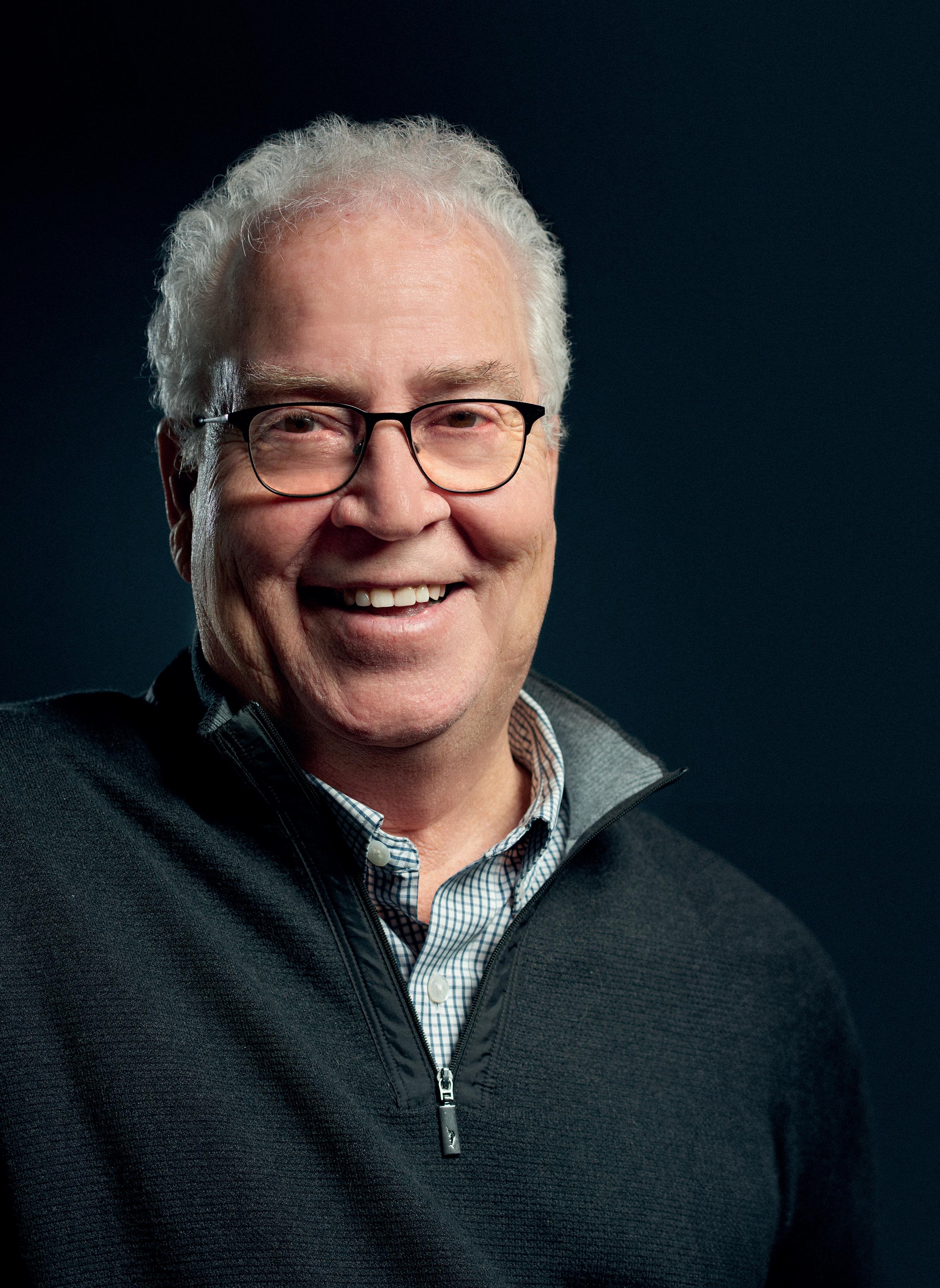
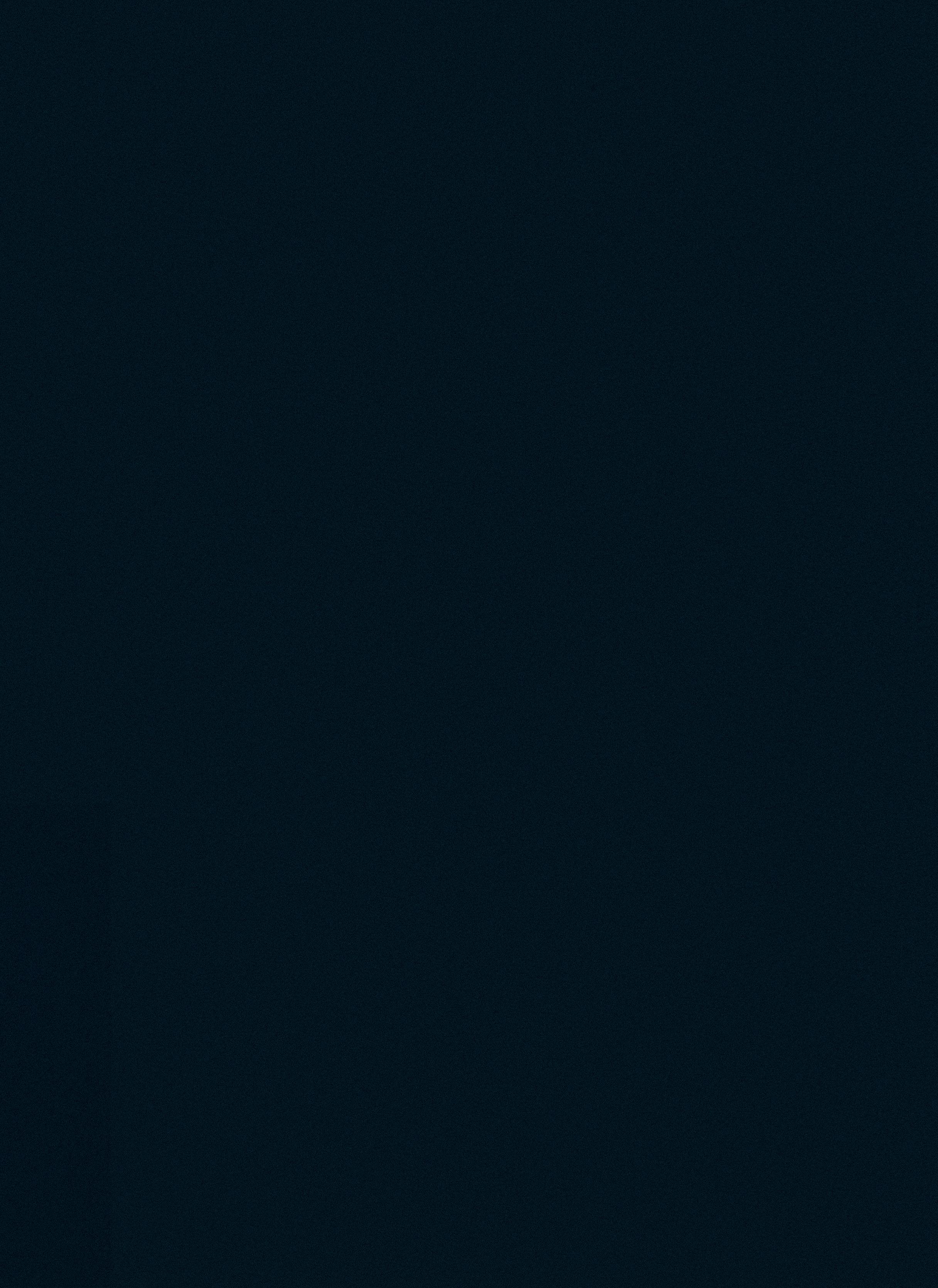
I love to do impossible things with impossibly talented people

From Disneyland popcorn vendor to president of Walt Disney Imagineering, Weis has been on quite the ride. He tells Magali Robathan what he has learned

hen Bob Weis was in junior year in college, he got a parttime summer job at Disneyland, California to help fund his studies. Hoping for a creative position, Weis was disappointed to find himself on ‘outdoor food’ – selling ice cream and popcorn from a cart.
Weis spent his days watching visitors interact with the park and its characters, seeing how they moved around and how their environment affected them. It wasn’t until years later that Weis realised how much those days spent people-watching had informed his work designing parks and attractions for Disney. “Standing there all day, you learn how the park works, how people act, how the energy flows,” Weis tells me, speaking from his home in LA. “As an architect, those lessons were invaluable.”
Weis went on to become president of Walt Disney Imagineering (WDI), leading the design and creation of some of Disney’s most iconic projects. In his 35 plus years with Disney, Weis worked at every Disney site around the world, leaving his mark on theme parks, rides and attractions, resorts and cruise ships. After retiring from Disney in 2023, he co-founded the Global Immersive Experience Design division at Gensler, and has now begun a new career as a full-time author.
The early chapters
Weis studied architecture at California State Polytechnic University, Pomona, but was equally interested in storytelling and the theatre. “I spent half my time in the theatre department, and I always loved performance, writing stories, acting and directing,” he says.
As luck would have it, in the late 1970s, Disney was looking for graduates with just this combination of skills and interests.
Weis got a job with Walt Disney Imagineering in 1980, straight out of university. Back then, Disney had just two theme parks, but it was in the process of expanding, with the creation of the Epcot theme park at Walt Disney World – Walt Disney’s last dream – and Tokyo Disneyland, its first park outside of the US.
“They needed an influx of new blood, I guess,” says Weis. “A whole bunch of us around the same age joined at that time. We were the second generation of Walt Disney Imagineering, really, with the first generation handpicked by Walt Disney himself to build Disneyland.”
Heading east
Soon after joining, Weis was assigned to the Tokyo Disneyland project, led by legendary Disney executive Frank Stanek. With Disney’s main focus on the creation of Epcot in Florida –then the largest construction project in the US – Stanek had to get creative when assembling a team to design and build Tokyo Disneyland.
“He told me he was going to build Tokyo Disneyland with the fired, the retired and the recently hired,” laughs Weis, “and we were the recently hired.”
“It was an amazing experience. I was a kid who’d grown up outside Los Angeles. Suddenly I was on a plane to Japan, part of this small team trying to figure out how to build a theme park in a foreign country. Because there were so few of us on that job, we got a taste of every department. It was a great training ground and an unbelievable experience.”
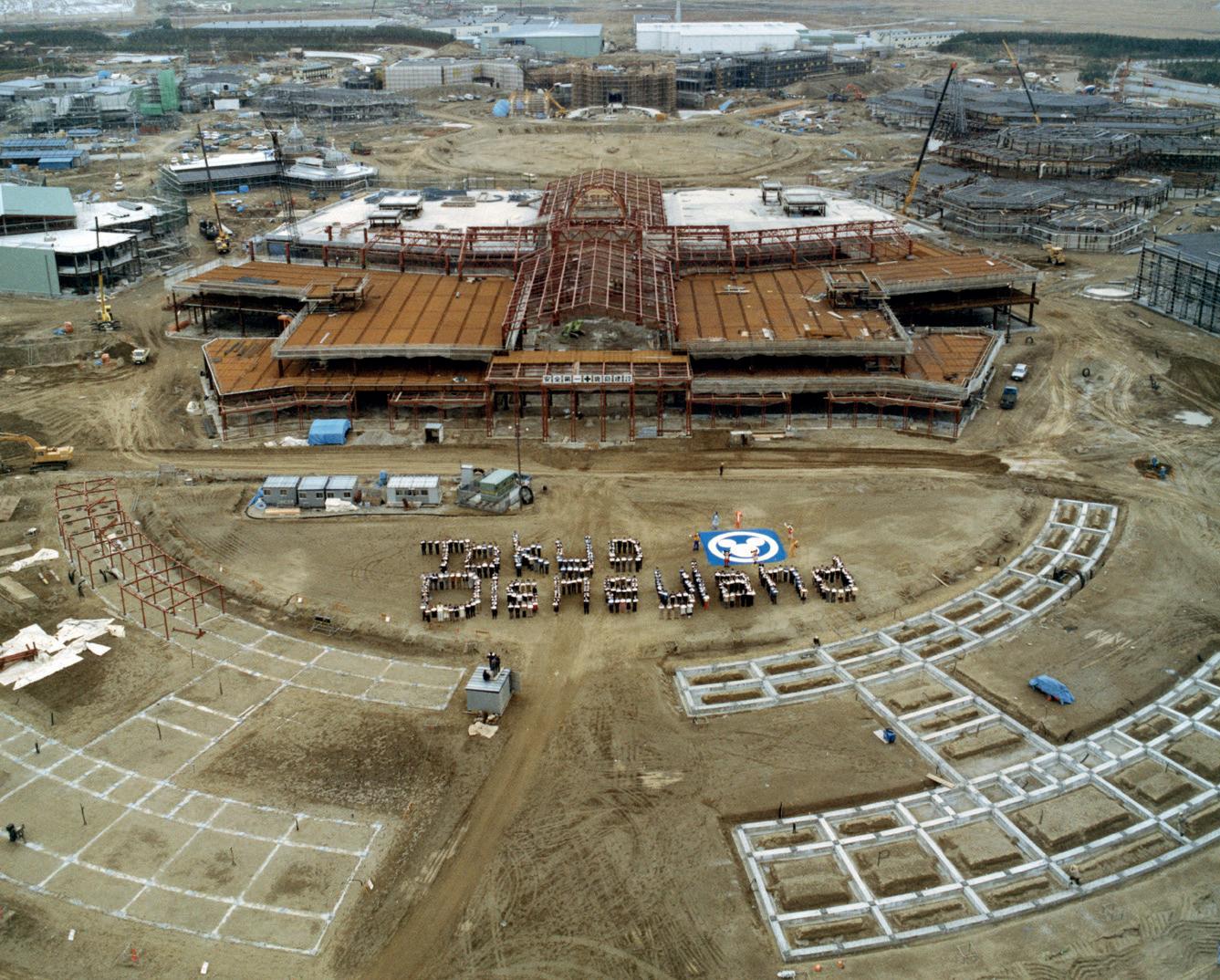
As the museum world has become more immersive, the theme park world has tried to discover an authenticity that makes things feel real for people


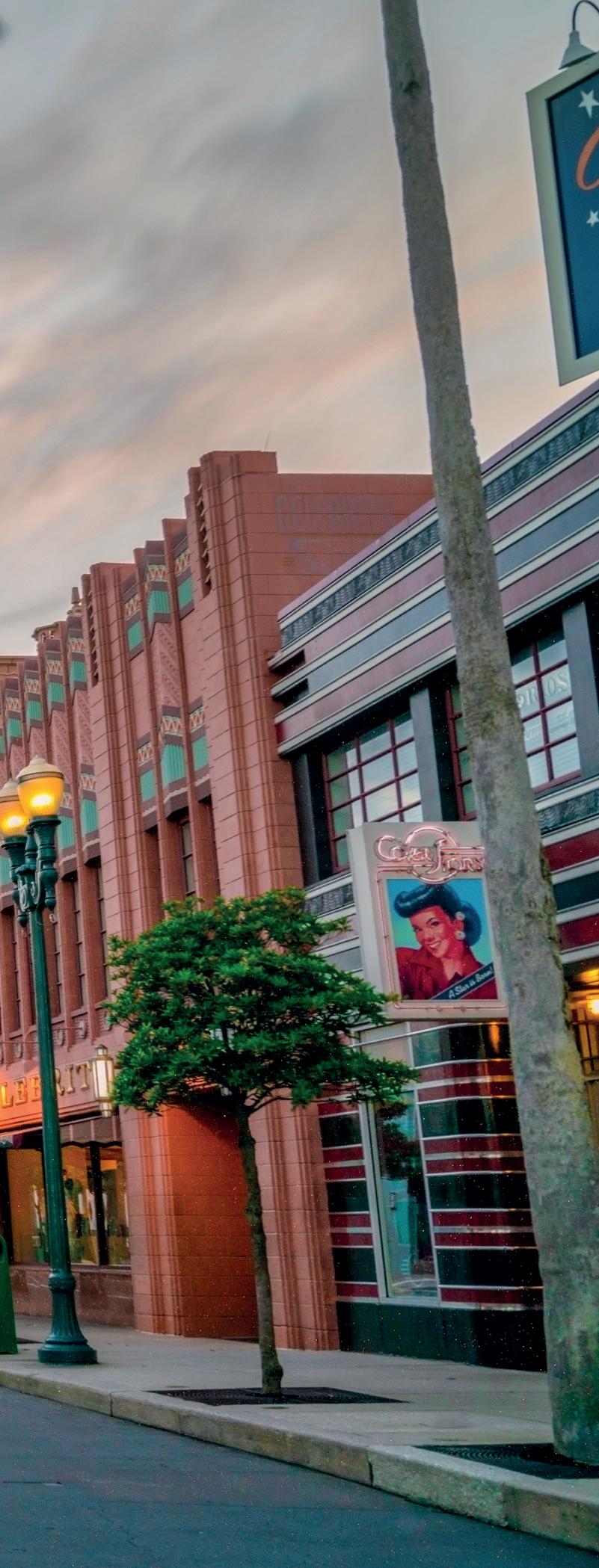
The biggest lesson Weis learned from Tokyo Disneyland, he tells me, was not to have cultural arrogance, and to realise that the talent needed for a project can usually be found on the ground.
“If you look around, you’ll find the talent you need,” he says. “I learned how important it is to empower local people and let them be the decisionmakers. If you’re looking over their shoulder all the time, or someone’s always flying in to make the final decision, it limits that relationship. When you give people agency, that’s when great things happen.”
After a few years in Japan, Weis returned to the US, and soon became head of the creation of Disney-MGM Studios in Walt Disney World.
In 1994, Weis left Disney to launch his own consultancy company, Design Island, where he worked with museum clients including the Kennedy Space Center, the Smithsonian and Chicago’s Museum of Science and Industry, making him well placed to comment on the evolving relationship between the museum world and the themed attractions industry.
“Things are changing,” he says. “The museum world has begun to borrow techniques from theme parks to make great exhibits more immersive and draw more people in. Meanwhile the themed entertainment industry – and Disney specifically – has been influenced by the museum world in trying to tell clear and authentic stories.
“While the stories in the parks and movies may be original creations, they still need to feel real. When the
Pixar team produced the Cars movies, for example, they travelled through Oklahoma, New Mexico and Arizona, and visited the saloons and car shops and mountains. When you watch the movies, they’re heavily influenced by the reality of that world.
“When we designed Cars Land [the 12 acre Cars-themed area that opened at Disney California Adventure Park in 2012], we got the same tour guides that the animators consulted to take us through the American Southwest so that we really understood what we were trying to create.
“As the museum world has become more immersive, the theme park world has tried to discover an authenticity that makes things feel real for people.”
In 2008, Weis returned to Walt Disney Imagineering as an executive vice president to work on several projects including a transformation of Disney’s California Adventure, which had opened next to Disneyland in 2001, and hadn’t proved as successful as hoped.
Together with his team, Weis set about trying to understand why the park wasn’t working. The conclusion was that while people loved some of the rides, they just didn’t love the park in the way that they loved Disneyland.
“Disneyland isn’t just the total of its attractions,” says Weis. “It’s a love of strolling down Main Street, walking around the hub, watching the show and the fireworks. We felt that intangible thing was missing at California Adventure Park. It didn’t feel sincere enough and people didn’t have an emotional connection to it.”
We discovered that we were nowhere near as diverse a culture as we believed we were
The team set out to create a stronger sense of place, planting 1,200 mature trees, changing the “cold and commercial-looking” entrance to something that evoked the nostalgia and emotion of Disneyland’s Main Street. They added a show, World of Color, at the lake, and focused on improving all the attractions, shopping, entertainment and dining experiences at the park.
“World of Color changed the chemistry; we had people who wanted to see the show, so they stayed in the evening – they’re dining and enjoying themselves. All of a sudden you have more nice places for people to sit and listen to music,” says Weis. “You start to get that atmosphere that makes people want to linger, and to return again and again.”
The team also added attractions including Cars Land and the Avengers Campus, but Weis believes it was also these “intangible elements” that really led to the turnaround of the park.



Weis’ next big project was the creation of Shanghai Disneyland – Disney’s largest ever foreign investment. Mindful of concerns about cultural imperialism, Bob Iger, then CEO of Disney, said he wanted the project to be “authentically Disney, and distinctly Chinese”. It was another lesson in being respectful of a different culture. Weis and his employees made research trips across China, visiting Chinese homes and schools, studying the architecture and conducting focus groups to test their ideas. The aim was to use Chinese design elements and performance traditions to tell Disney stories.
Shanghai Disneyland includes Chinesestyle architecture, including the park’s flagship restaurant the Wandering Moon Teahouse, which recreates architecture representative of China’s different regions. Chinese characters, dramas



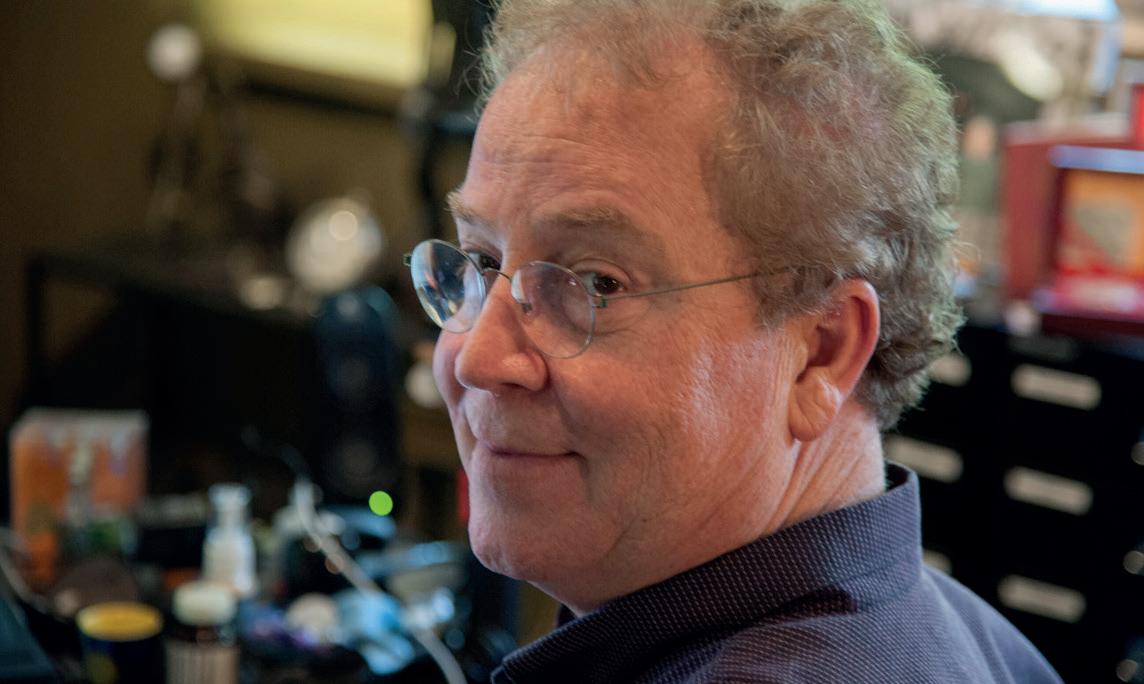




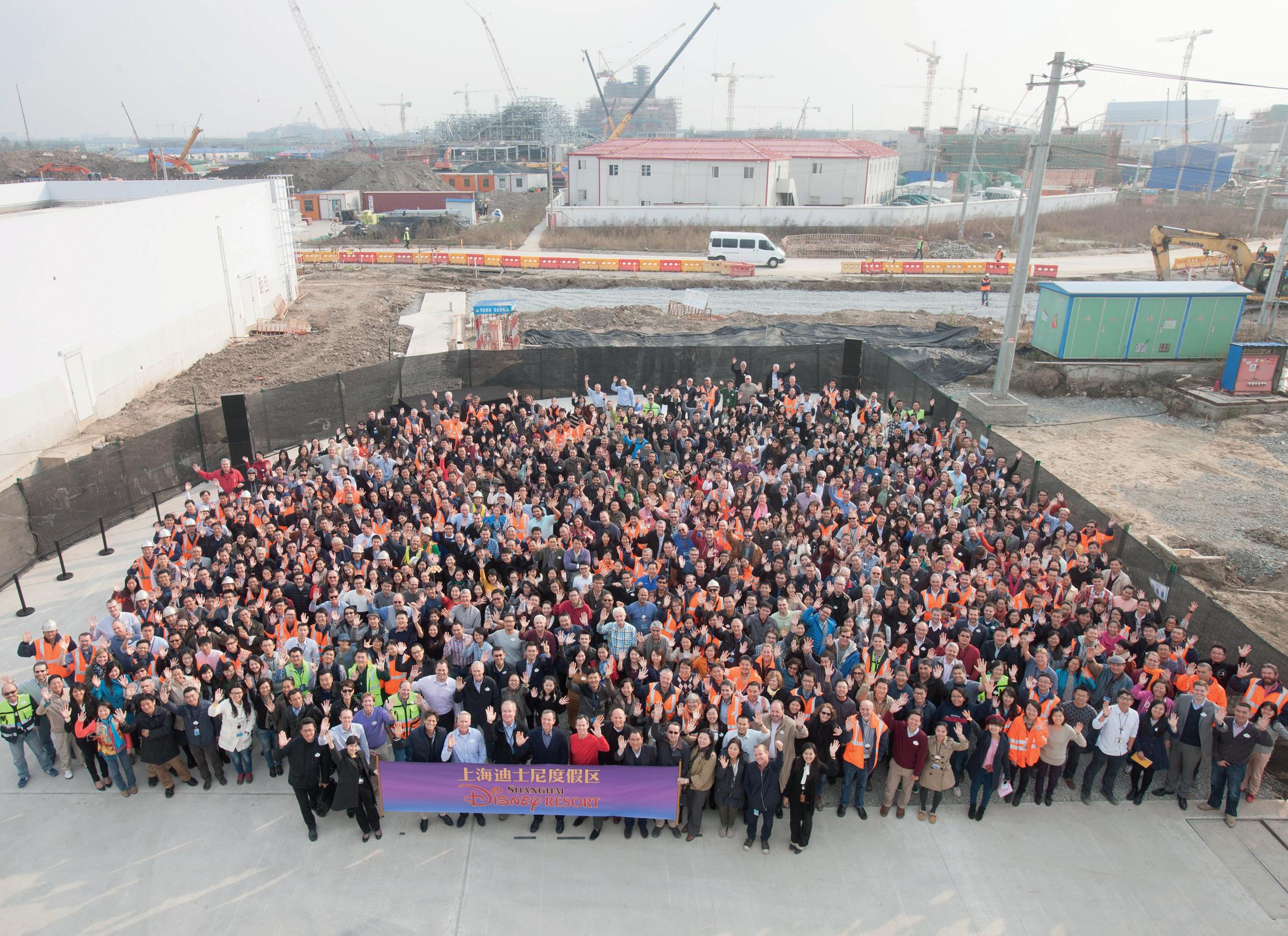
and acrobatics feature throughout the park, and the dining is influenced by Chinese tastes.
“It’s a point of pride for me to have worked with a lot of different cultures, and to have met them on an equal basis,” says Weis. “Shanghai Disney Resort is a strong fusion of Chinese culture and arts and food with Disney sensibility – that’s why it works.”
In 2015, while working on Shanghai Disneyland, Weis got a call from Bob Chapek, who had become chairman of Walt Disney Parks and Resorts that same year, asking him to become president of Imagineering.
New to his role, Chapek had been told by the heads of various Disney theme parks that Walt Disney Imagineering needed stronger management focus.
“There is usually a healthy conflict between the operating side of Disney, which is trying to make money, and the creative development side, which is trying to push the envelope,” explains Weis. “I’ve had great relationships with all of the heads of parks I’ve worked with, but there are always disagreements. At that time Imagineering had done some projects that were running behind schedule and there was a feeling from some people that too much money was being invested in the development side of the business.”
Weis focused on getting Chapek on board, taking him behind the scenes at WDI. “I showed him how ride engineering and show development works, how

Shanghai Disneyland was designed to be ‘authentically Disney and distinctly Chinese’

Weis now works full time as an author, writing fiction and non fiction books
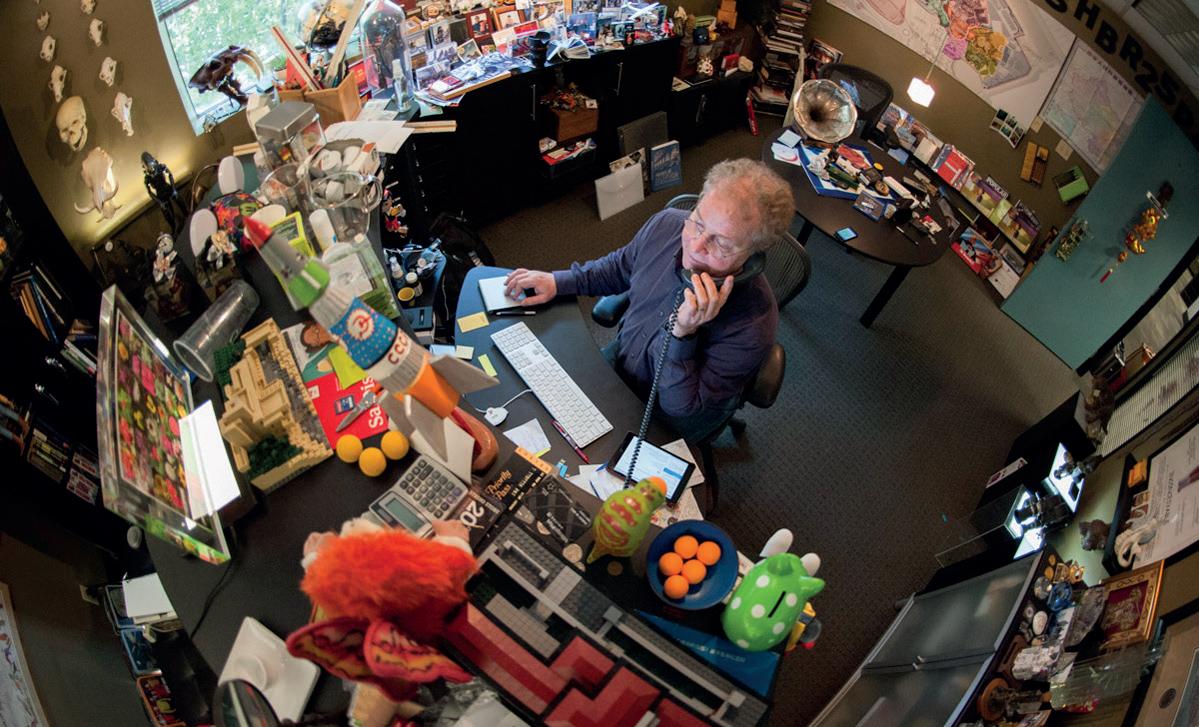
you put together live entertainment – I introduced him to the dedicated teams out there at two o’clock in the morning, programming shows all night. He saw how the projects developed by the Imagineers impacted the guest experience and the uplift of the hotels and restaurants. He became a believer.
“Chapek built up a trust in the projects we were developing, and he authorised a huge amount of work around the world.”
Everything was going pretty well – and then the COVID-19 pandemic hit.
What’s the best advice you’ve ever been given? Be patient.
What has been the proudest moment of your career?
Opening Shanghai Disneyland.
What’s the worst decision you’ve made in business?
Worst decision is ever thinking it’s a business, which teaches you it’s always personal.
Where is your favourite place on earth?
Home or wherever my family is.
Do you have a favourite Disney park and ride?
My favourite park is Shanghai Disneyland and my favourite ride is the Haunted Mansion.
“Within two and half weeks, the entire Disney world shut down and I was faced with work I was never prepared to do,” says Weis. “I realised that leadership isn’t just about doing more of what you already know. It’s about facing challenges when you have no idea what to do, and working out what has to be done.”
How would you like to be remembered?
Husband, father and Imagineer who lived to be 105.
A majority of Disney’s Imagineers were furloughed – together with the majority of those working for Disney’s parks division – and the projects in development were slowly shut down.
“Bit by bit, we inched our way back,” says Weis. The earlier lessons in trusting the teams on the ground came into play again. “We figured out how to empower local people on the sites to do more, and that has become a permanent way of working for Disney. We learned a lot during that time.”
Weis also led WDI’S response to the George Floyd crisis, championing progressive actions towards diversity and inclusion at the company. “We had many conversations and we committed to listening to our Imagineers,” he says. “We discovered that we

were nowhere near as diverse a culture as we believed we were.”
Among Weis’ final projects were the new generation cruise ships, including the Disney Wish, and the Disney Treasure, the sixth ship in the Disney Cruise Line fleet, which launched in December 2024.
In 2023, Weis retired from Disney, and – after establishing a Global Entertainment practice at Gensler, the world’s largest architecture firm, he decided to focus on his new passion: writing. Since then, he has published two books – Dream Chasing: My Four Decades of Success and Failure with Walt Disney Imagineering – and the fictional Ghost Dog, inspired by Weis’ love of Disneyland’s Haunted Mansion ride. He is currently writing a book about Disney legend and former WDI president Marty Sklar.
“I’ve fallen in love with writing,” says Weis. “It’s been this unexpected joy for me. I feel like the luckiest guy in the world to have had the career I’ve had, and now be able to have a second one writing full time.”
Weis now finds it a joy to visit Disney’s theme parks as a guest.
“I have a freedom which I didn’t have before – of being able to go to a park without my critical hat on and just enjoy it,” he says. “I can go back to Disney parks and see the things I dreamed about, or sketched and had countless meetings about, and they’re still there. There’s nothing like a park full of people having fun.”
Walt Disney once said, “It’s kind of fun to make the impossible happen.”
Weis absolutely agrees. “I’m proud to have been an Imagineer, a collaborator, and someone who loves to do impossible things with impossibly talented people.” l
“I was lucky enough to be a part of the second generation of Imagineers. We started after Walt was gone, but we learned from many of those who worked side by side with him. When I started, there were two Disney theme parks in the world. By the time I retired from Disney in 2023, there were 12. Dreams are exciting, frustrating, and sometimes elusive, as hard to hold on to as pixie dust, like glitter falling through your fingers. Sometimes they are meant to happen, and they do, sometimes they are meant to happen, and they don’t . . . and then there’s every combination in between. Built or unbuilt, every dream was a journey, and one many of us took together.”
Extract from Dream Chasing: My Four Decades of Success and Failure with Walt Disney Imagineering (Disney Editions Deluxe)
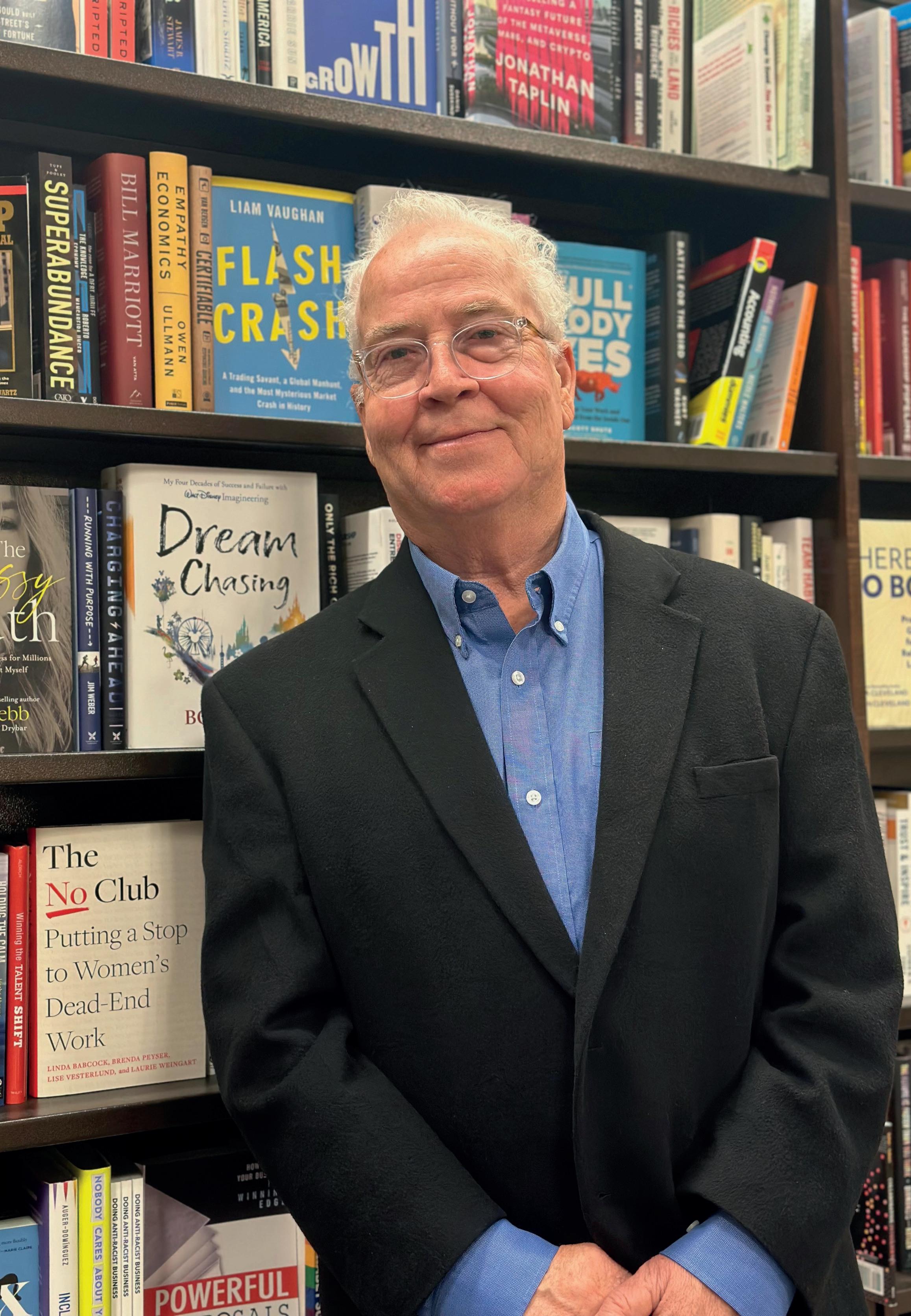
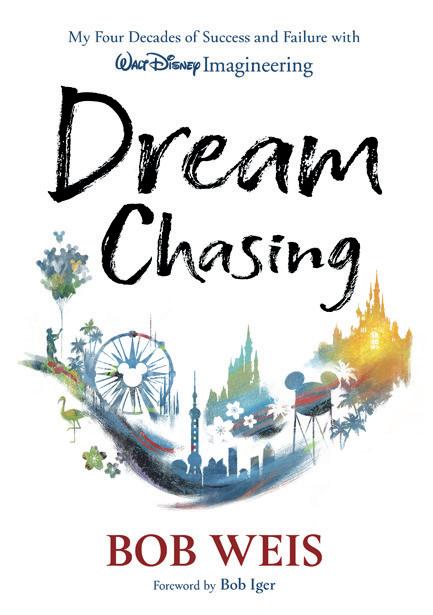
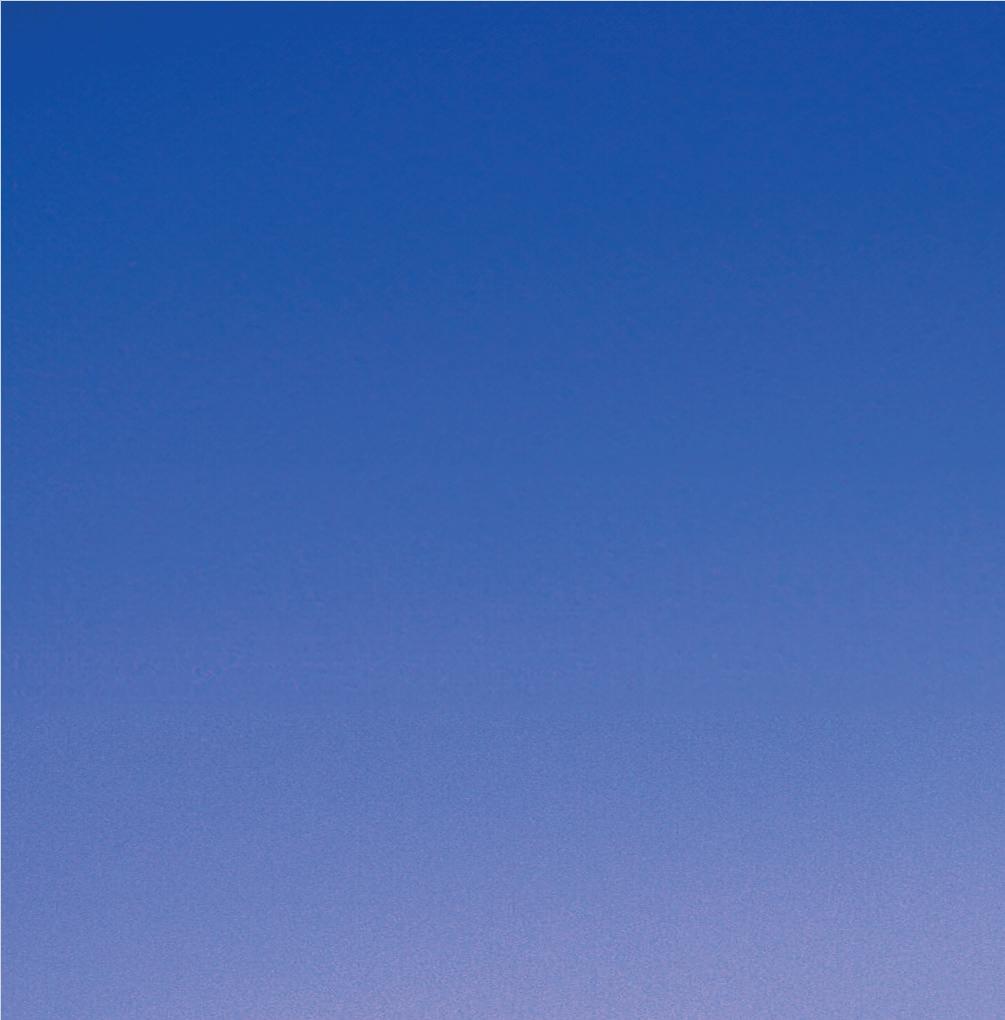
From the world’s first AI museum to a starchitect-designed art museum on a rural Japanese island, get ready for some intriguing new museum openings. Magali Robathan reports
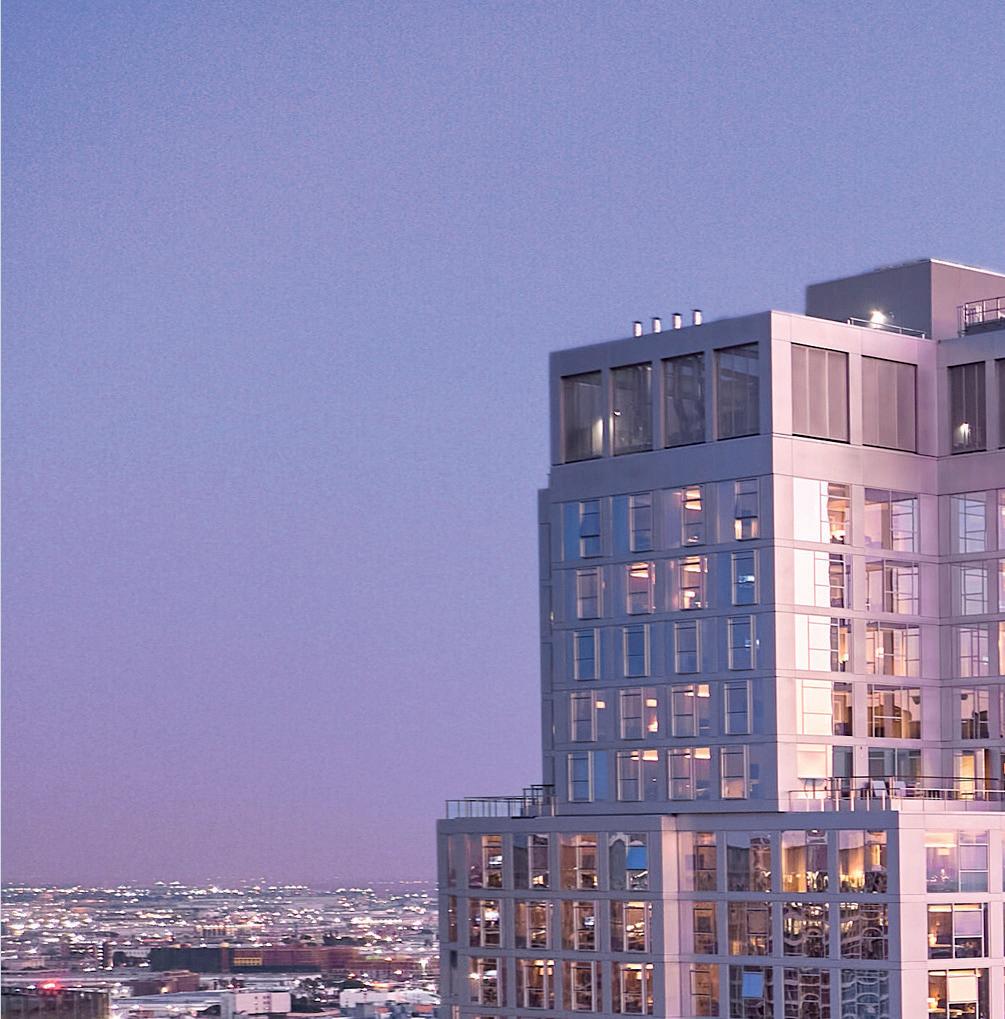
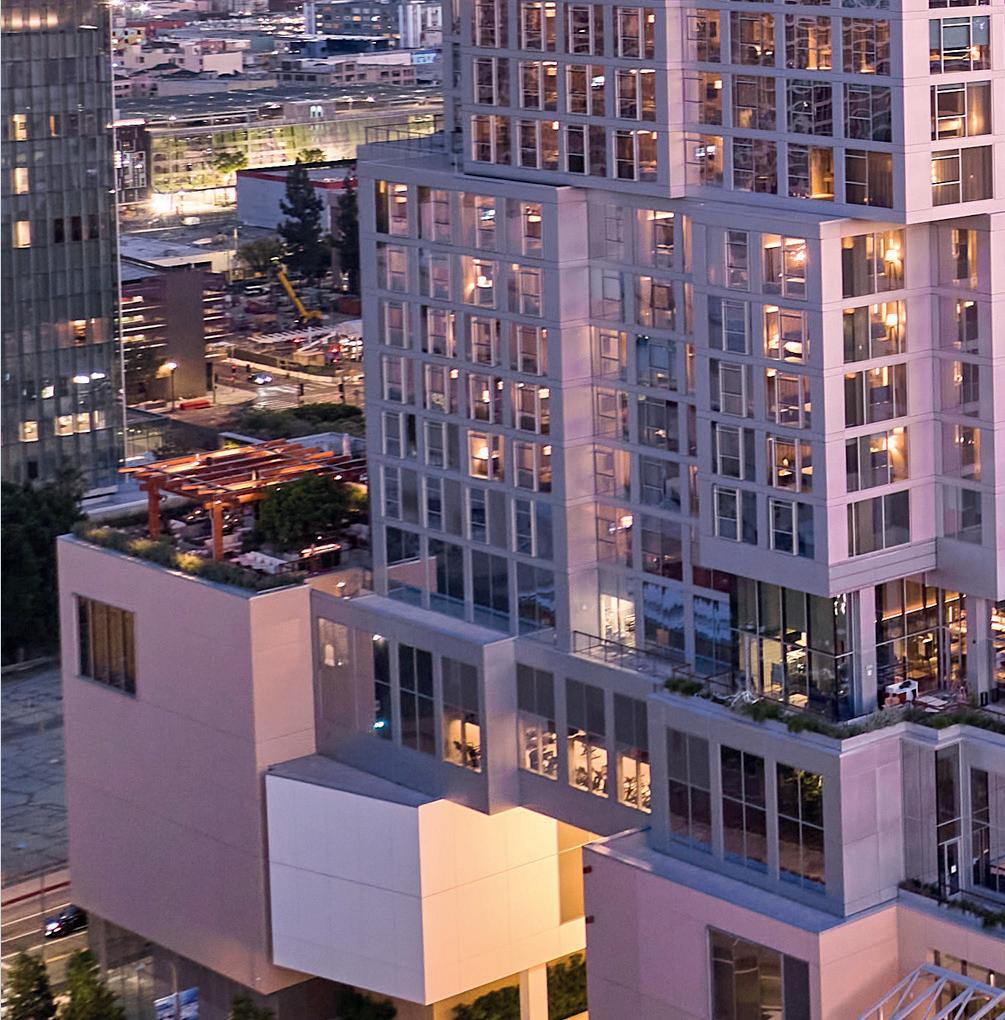
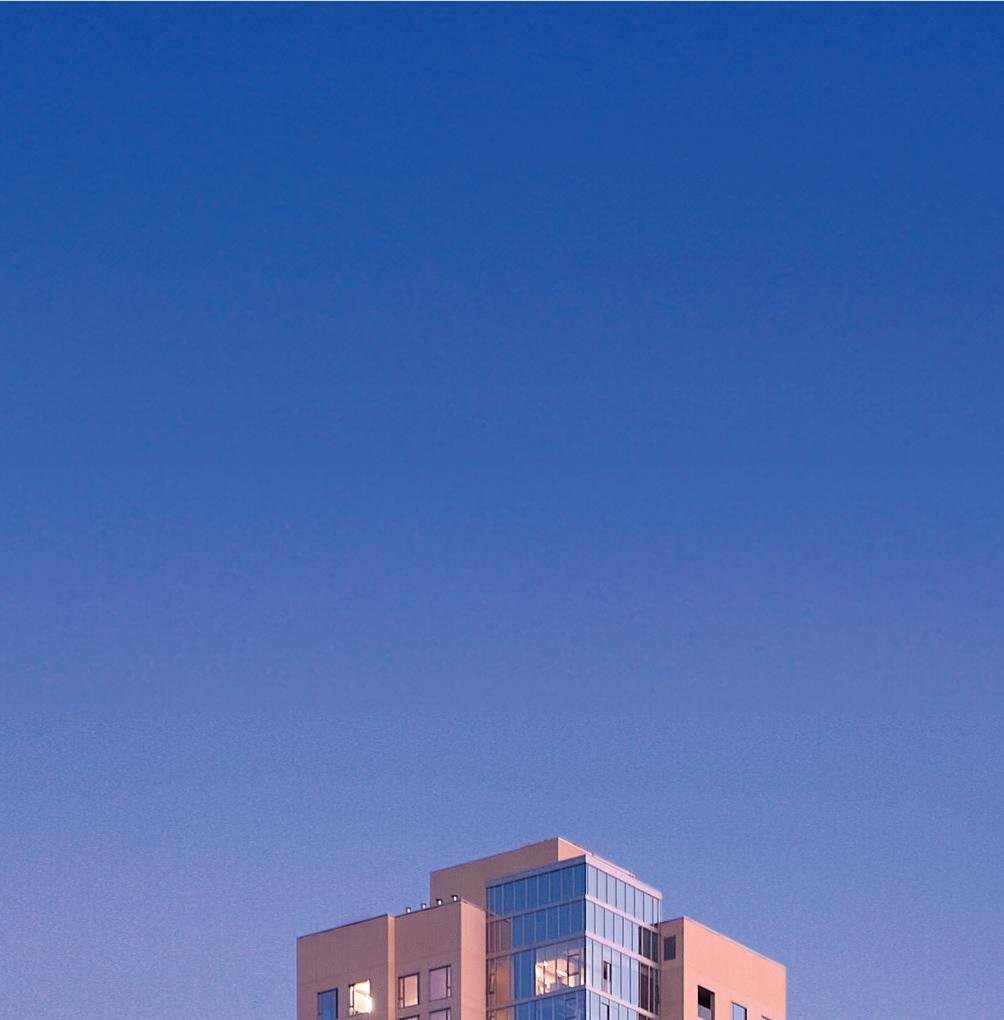





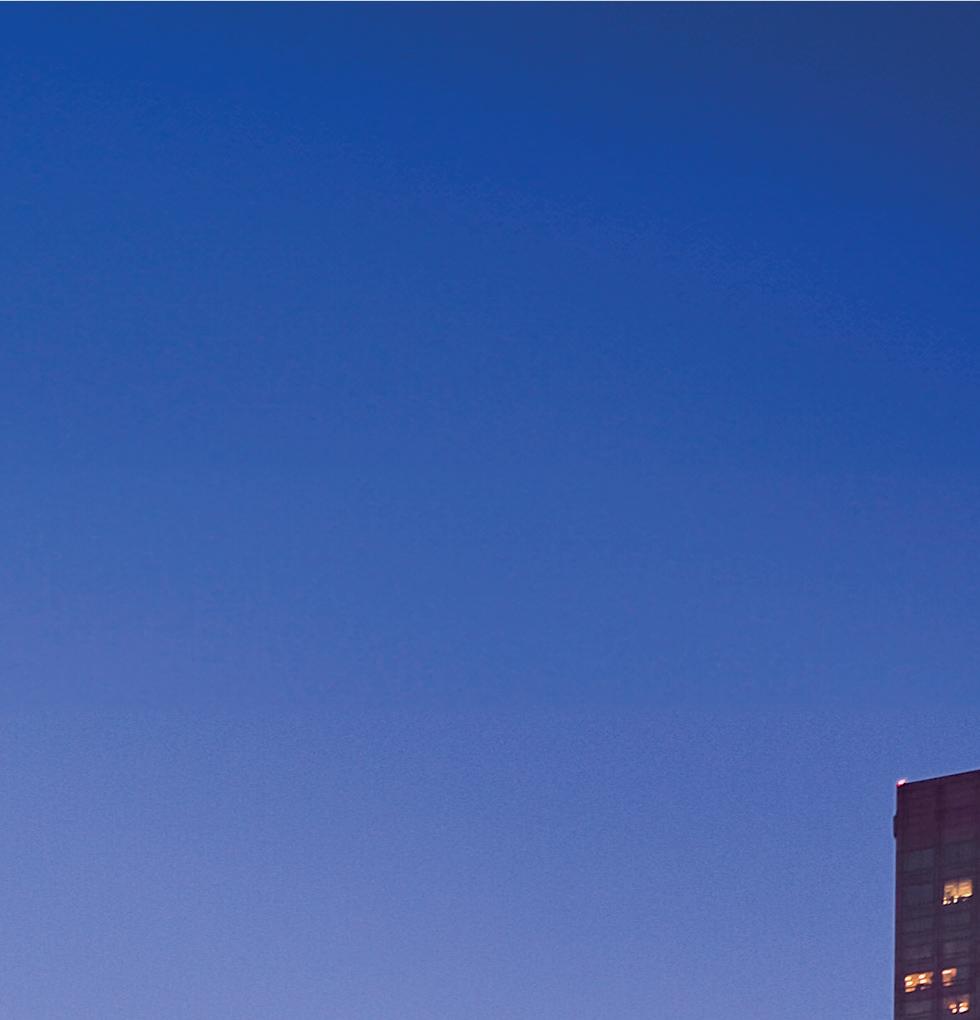
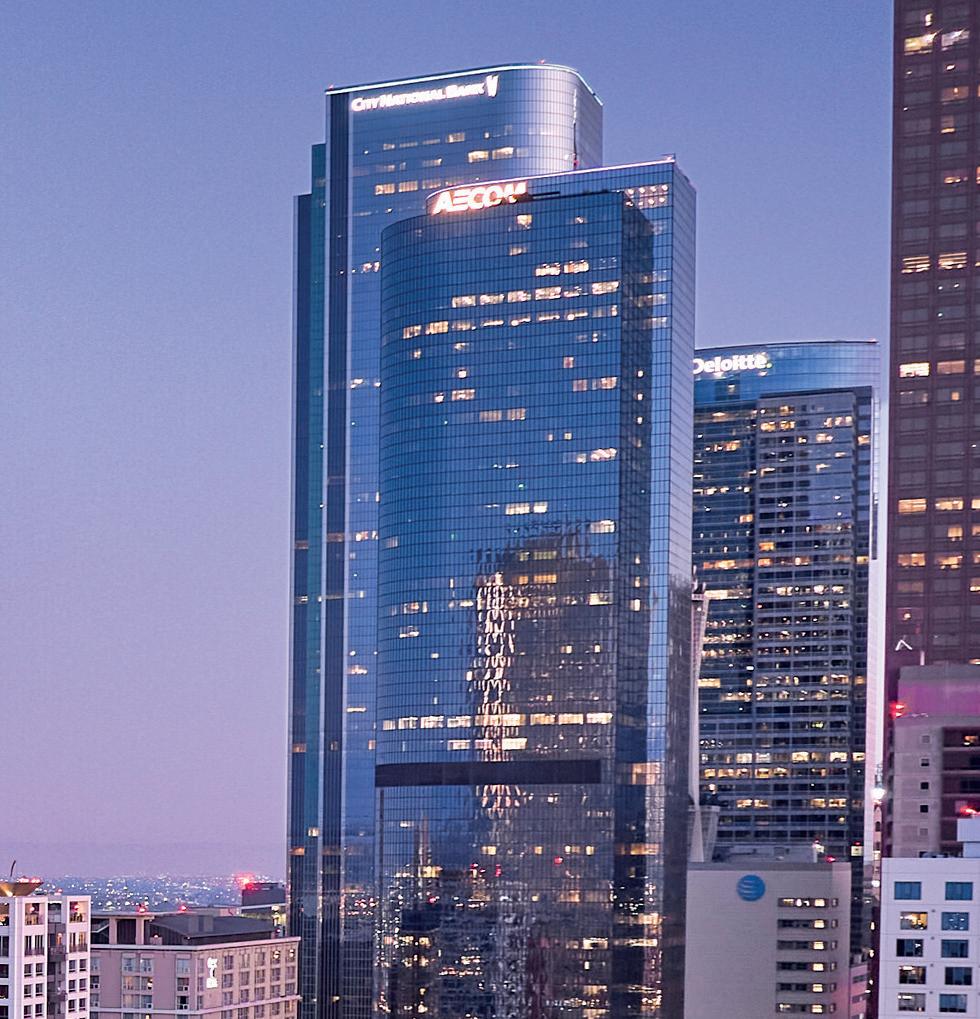
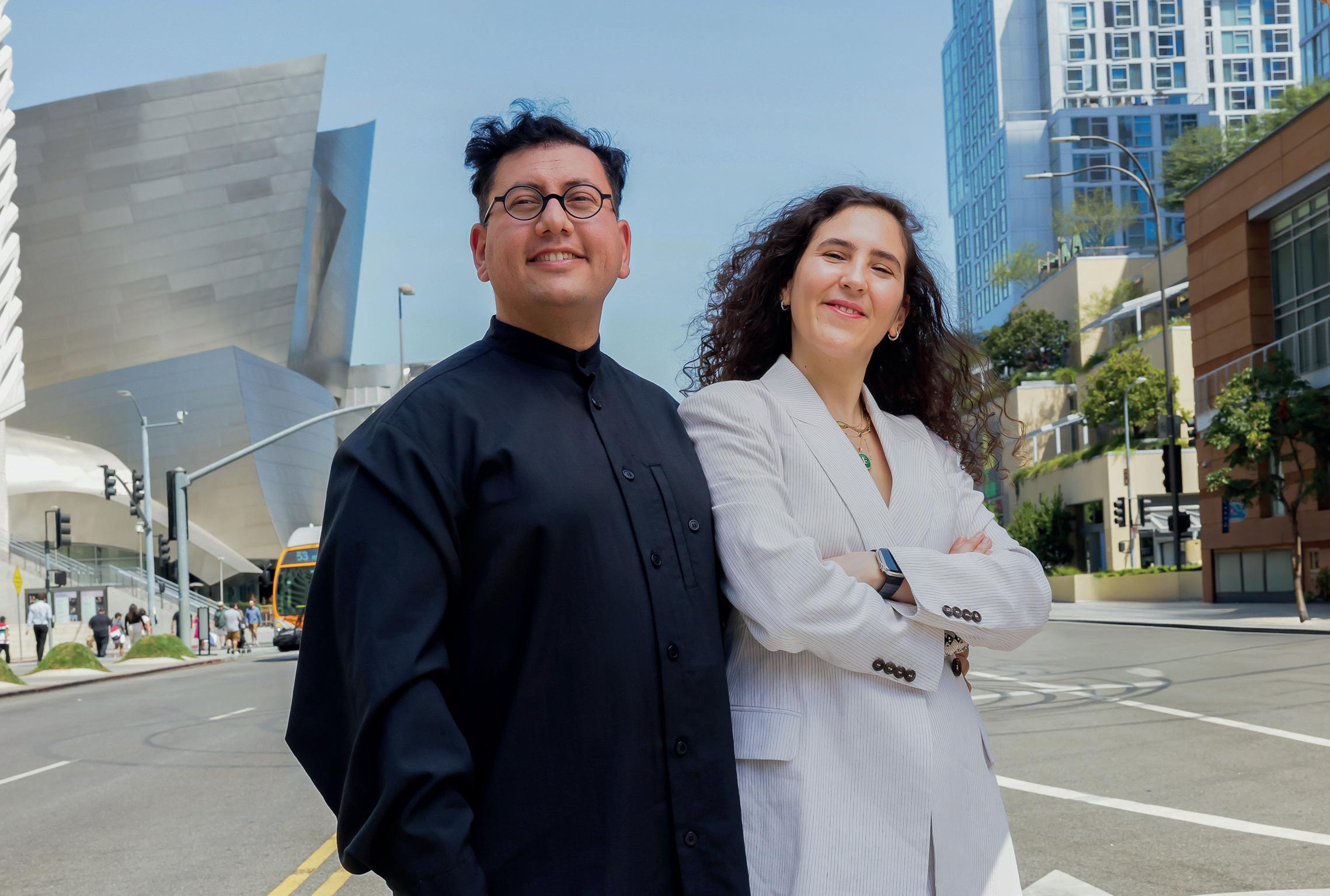



Los Angeles, US
Due to open late 2025
Artists Refik Anadol and Efsun Erkiliç are behind the world’s first museum of artificial intelligence, opening later this year.
Situated at The Grand in LA – a mixed use development designed by Frank Gehry – Dataland will explore the ‘intersection of human imagination and the creative potential of machines’.
The museum will feature a range of art experiences ‘blending human imagination and artificial intelligence, establishing a new model for artistic expression at the onset of the digital age.’
According to Anadol and Erkiliç, who are the co-founders of technology-driven art and design practice Refik Anadol Studio, Dataland aims to ‘unite pioneers in diverse fields including the arts, science, AI research, and cutting-edge technology.’
“Los Angeles is the perfect city to launch Dataland, a forward-thinking, revolutionary museum in support of the fields to which I have dedicated my career: art, science, technology and AI research,” said Anadol. “LA has long been a city that looks to the future in art, music, cinema, architecture, and more, and it feels natural to open Dataland here.”
“To have a permanent space for us to develop a new paradigm of what a museum can be, by fusing human imagination with machine intelligence and the most advanced technologies available, is a realisation of one of my biggest dreams.”
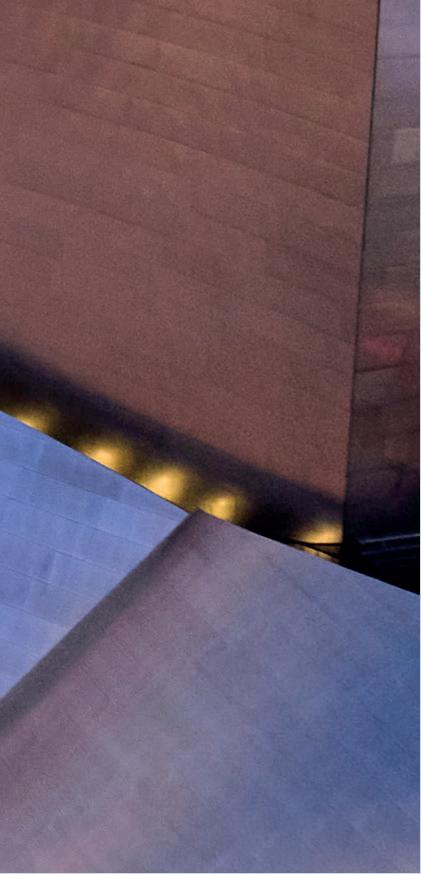
“Dataland is a place where human creativity meets innovation, transforming the ordinary into the extraordinary,” says Dataland co-founder Efsun Erkiliç. “Having a space of our own gives us a blank canvas to work with, allowing us to truly push ourselves to dream without boundaries.
“We’re building a visionary museum that redefines learning and community, igniting the human spirit and fuelling a journey into the beauty of our collective memories – the world of data.”
Dataland is being developed in partnership with architecture firm Gensler and global consultancy Arup.
LA, US
Estimated opening: 2026
The long-awaited Lucas Museum of Narrative Art is inching closing to opening – now due to launch in 2026.
Co-founded by filmmaker George Lucas and his wife, businesswoman Mellody Hobson, the museum will focus on storytelling through images, exhibiting works from a collection that includes paintings, sculptures, murals, photography, comic art, books and magazine illustrations.
Highlights include works by illustrators such as Norman Rockwell, N C Wyeth, Maxfield Parrish, and Kadir Nelson; comic artists such as Winsor McCay, Frank Frazetta, Jack Kirby, and Robert Crumb; muralists such as Judith F Baca and Diego Rivera; photographers including Dorothea Lange and Carrie Mae Weems; chroniclers of African American life including Jacob Lawrence and Charles White; seminal works by artists including Frida Kahlo, Artemisia Gentileschi, and Robert Colescott; and cinematic archives, including the Separate Cinema Archive and the entire historic Lucasfilm Archive (1971–2012).
The Ma Yansong-designed Lucas Museum will open in Los Angeles’ Exposition Park, and will feature expansive galleries, two state-of-theart theatres, and dedicated spaces for learning and engagement, dining, retail, and events.
“The stories that art tells are often key to understanding a society and its aspirations—whether our own or others,” Lucas has said. “We hope the Lucas Museum will help audiences better understand the world and build toward a more just and empathetic society.”
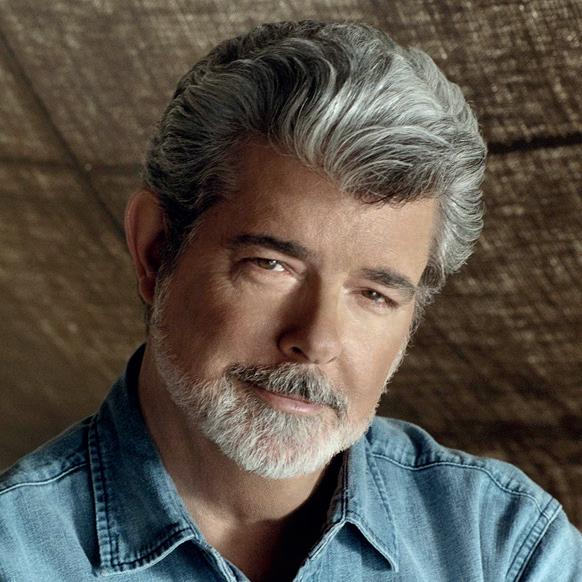
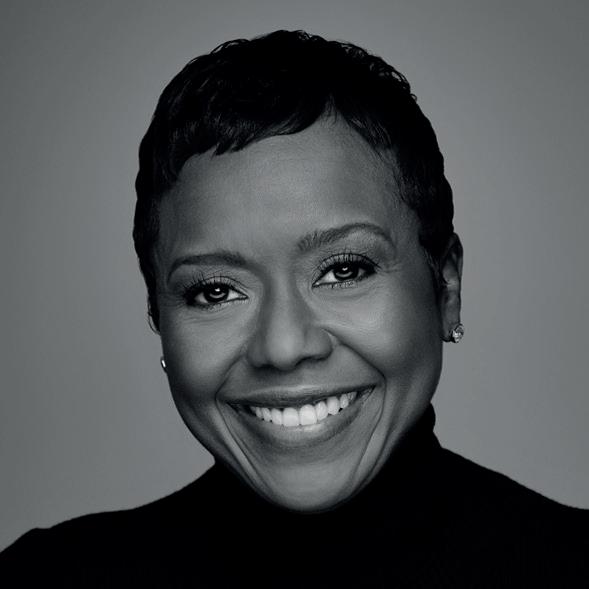
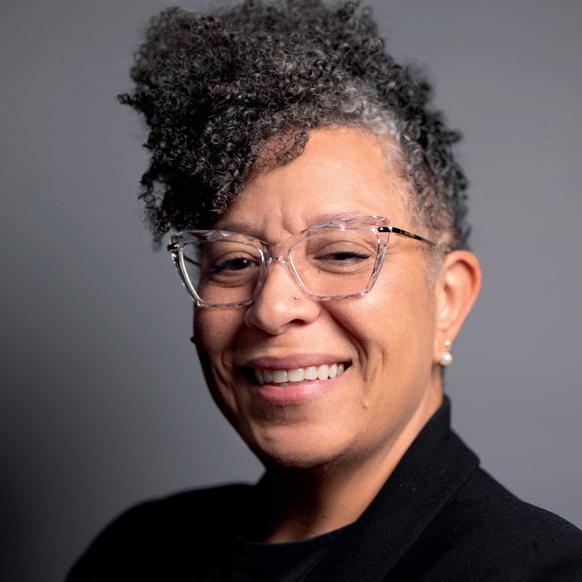

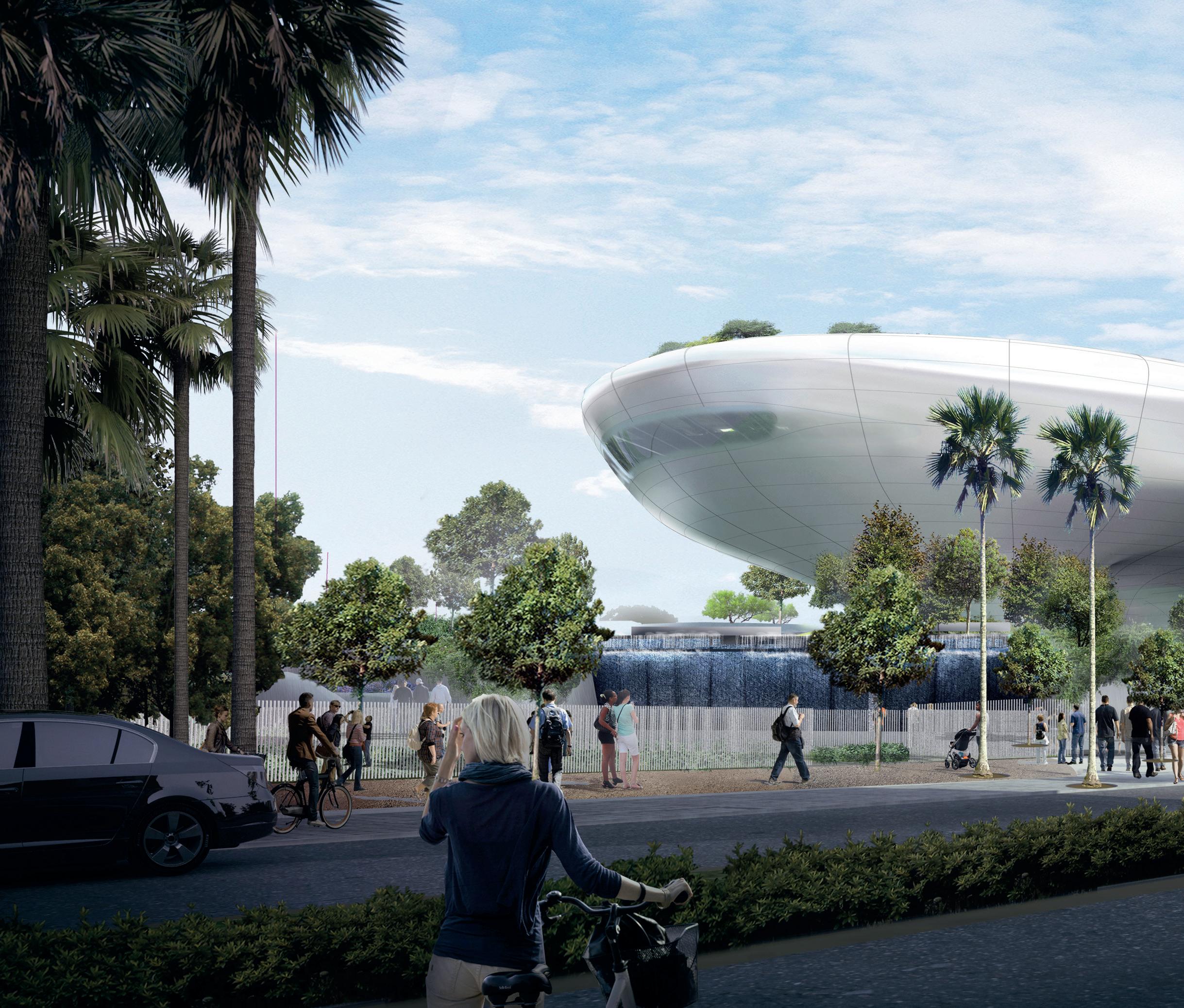


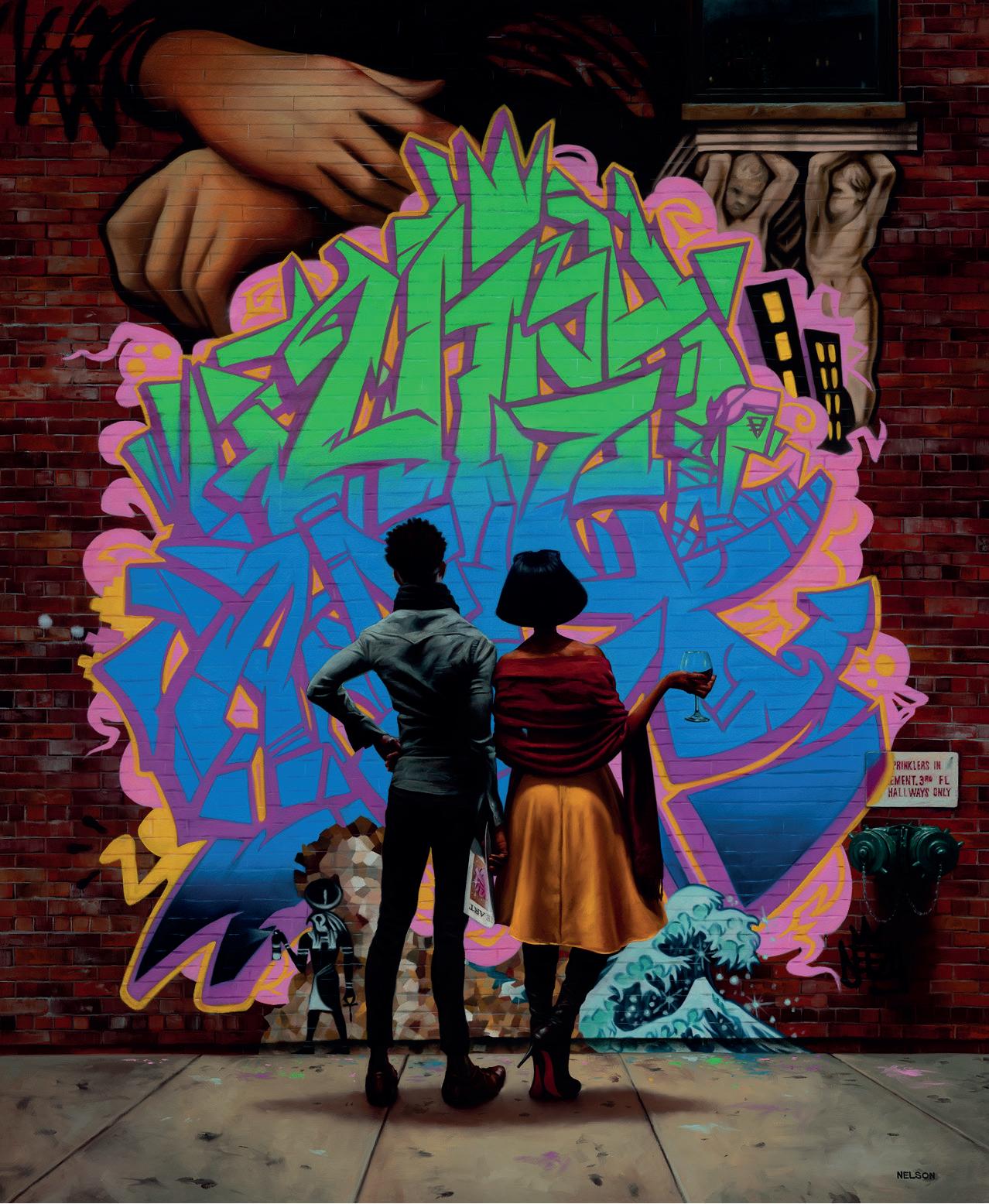
V&A East Storehouse
London, UK
Due to open May 2025
OElizabeth Olympic Park in Stratford, London, it aims
pening in May 2025, the V&A East Storehouse promises to be a unique kind of museum experience. Housed in a new purpose-built public space designed by Diller Scofidio + Renfro within Queen Elizabeth Olympic Park in Stratford, London, it aims to open up the V&A’s vast collection to the public.
Spread across four levels, the storehouse will display 250,000 objects, 1,000 archives and 350,000 books – these range from huge artefacts such as the Frank Lloyd Wright-designed Kaufmann Office to Samurai swords, vintage footballs shirts and instruments owned by musicians including the Rolling Stones and PJ Harvey. Mini curated displays will explore diverse topics ranging from scientific research on conserving fragile plastics to east London’s heritage of artistry, activism and resistance. Visitors can explore the V&A’s newest acquisitions by transgender and nonbinary artists, learn about how objects are collected and cared for by museums and watch conservators working on puppets, paintings and other objects.


The new building will also host popup displays, festivals, workshops, performances and screenings.



The entire building is open access, so that visitors can come in from the street and explore the collection. Guided tours can also be booked in advance and visitors have the opportunity to ‘order an object’, allowing them to examine items from the collection up close.
The V&A East Storehouse will also feature the David Bowie Centre, showcasing the archive of David Bowie, which was acquired by the V&A in 2023.


so that visitors can come in from the The and glass balustrades and floor, you



“With its open central space, and glass balustrades and floor, you will feel as if you have literally been immersed into the collection,” said V&A East director Gus Casely-Hayford.

which to tell new stories of theatre,
“This space will revolutionise access to our collections by providing an unprecedented platform from which to tell new stories of theatre, performance, art and design.”



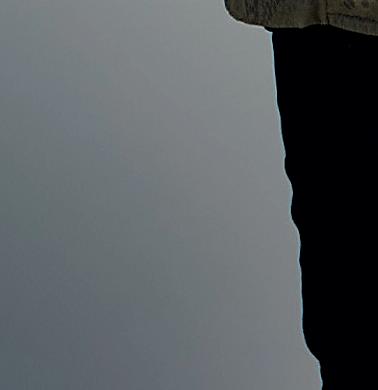



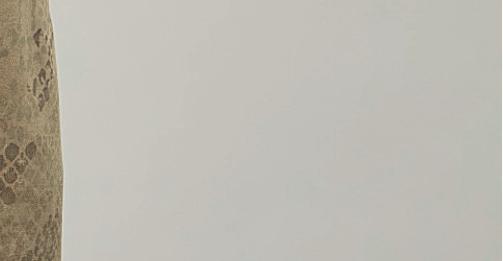


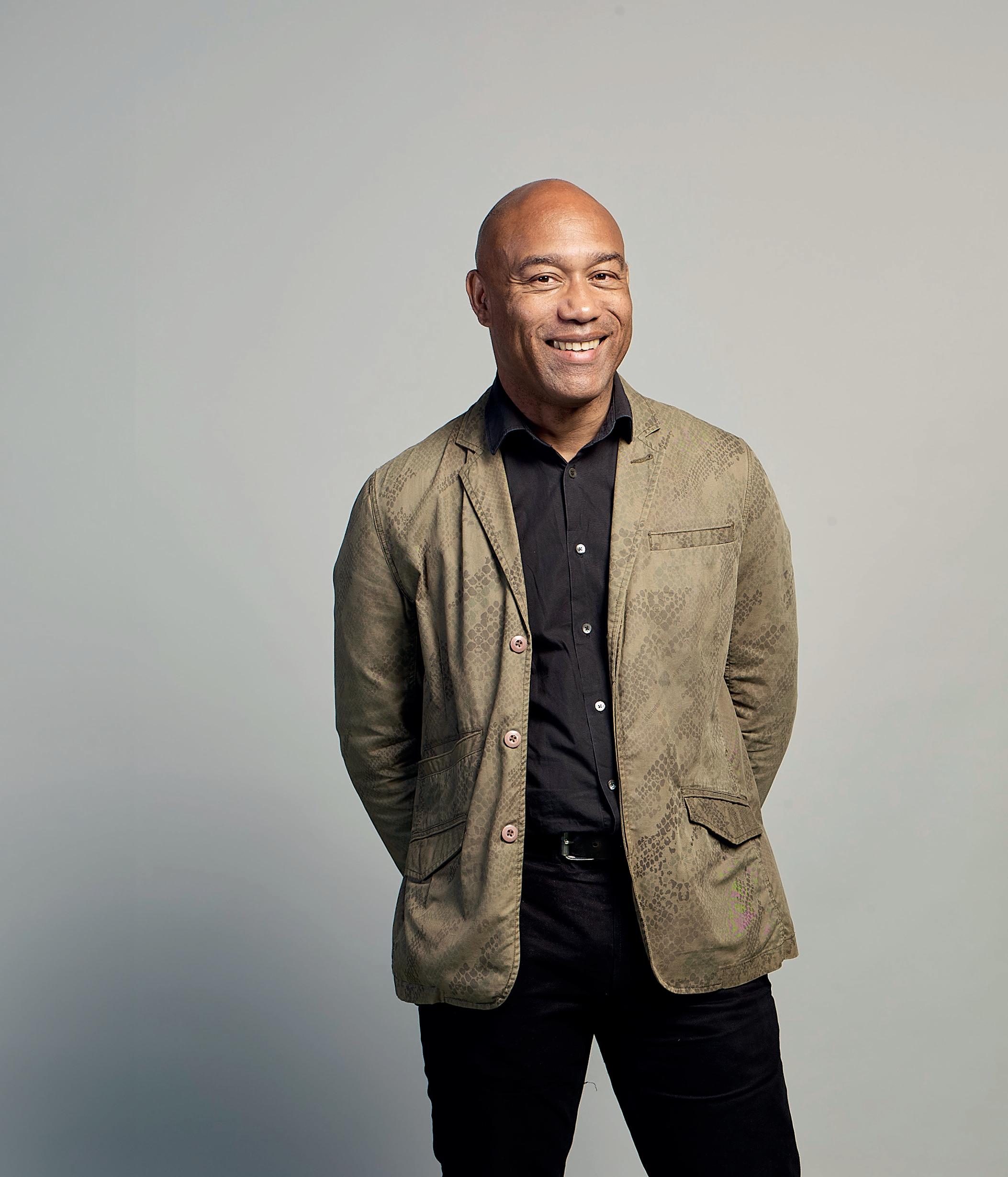

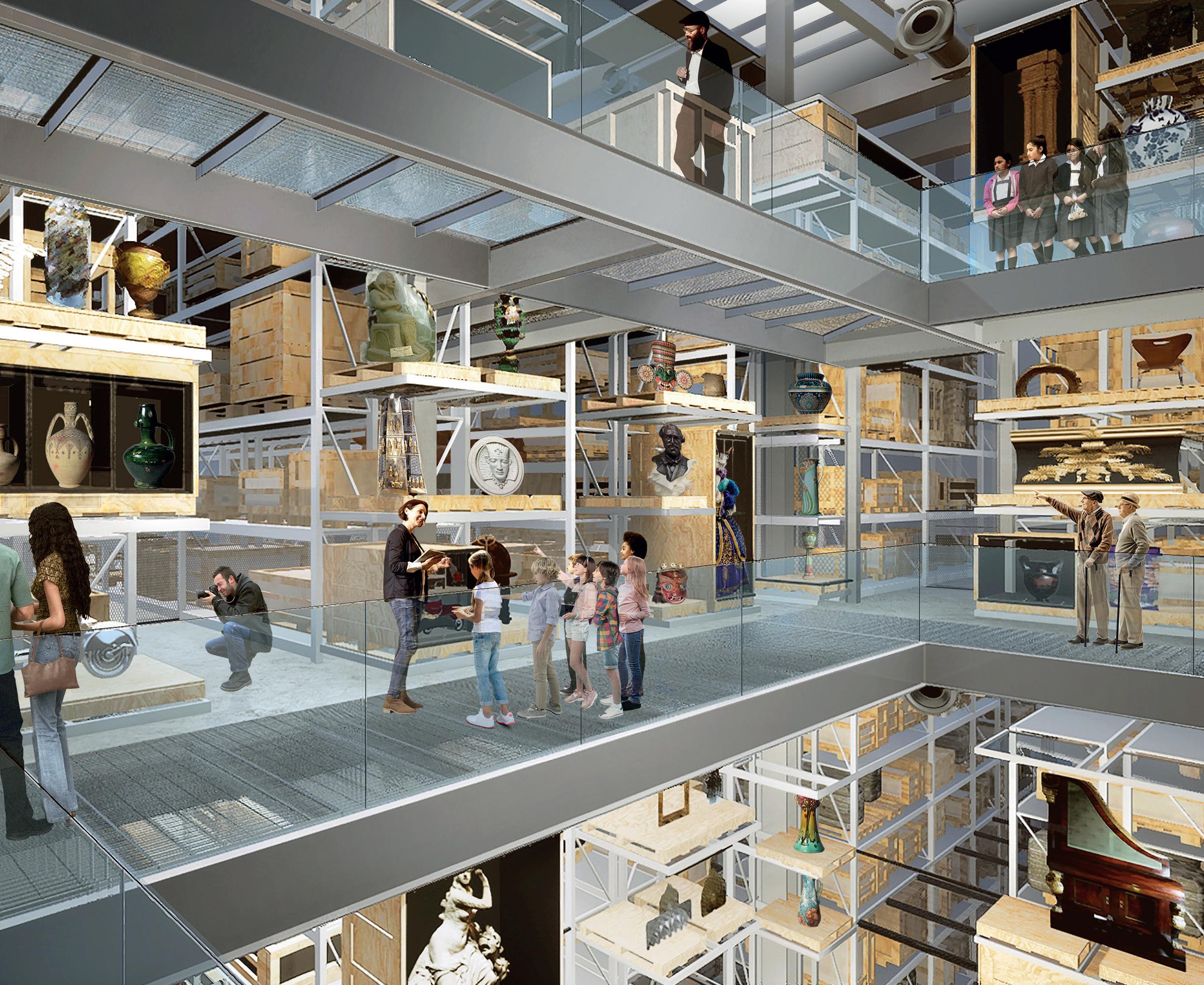
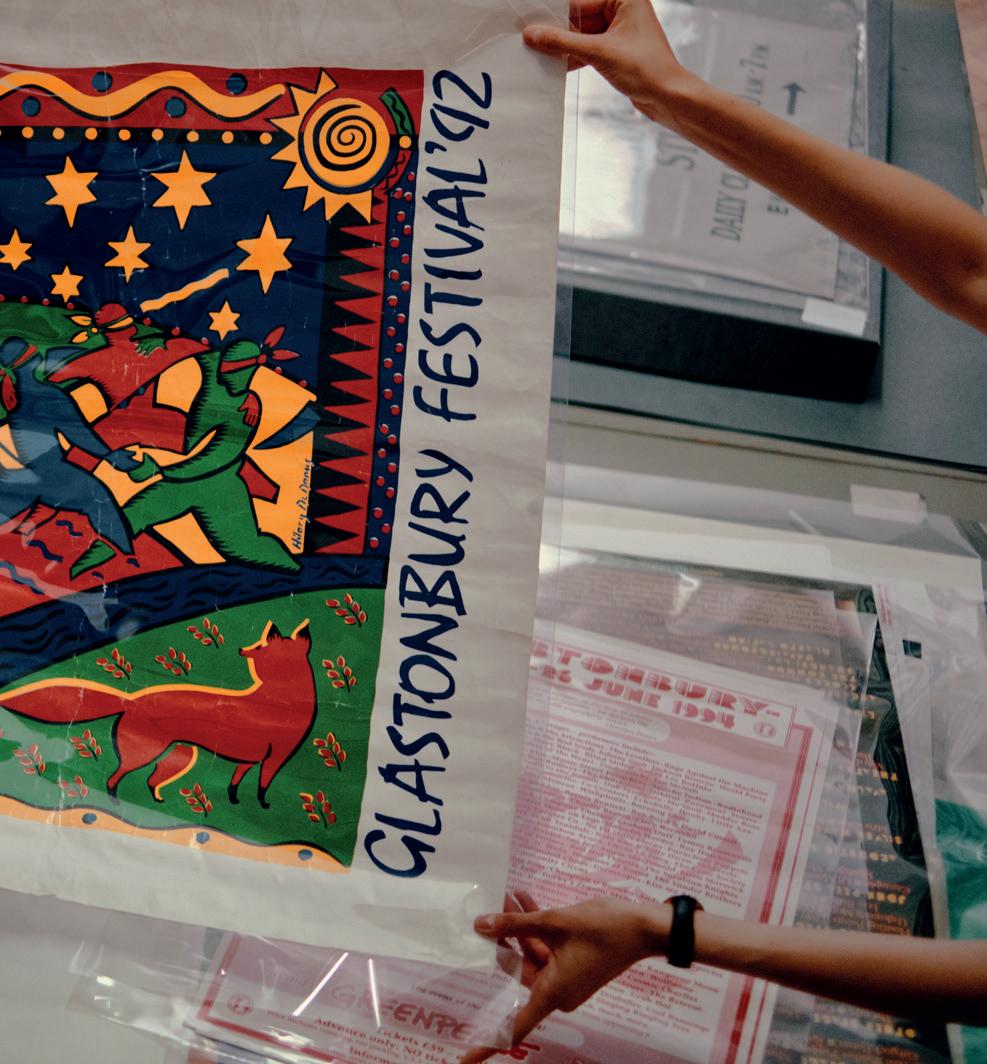
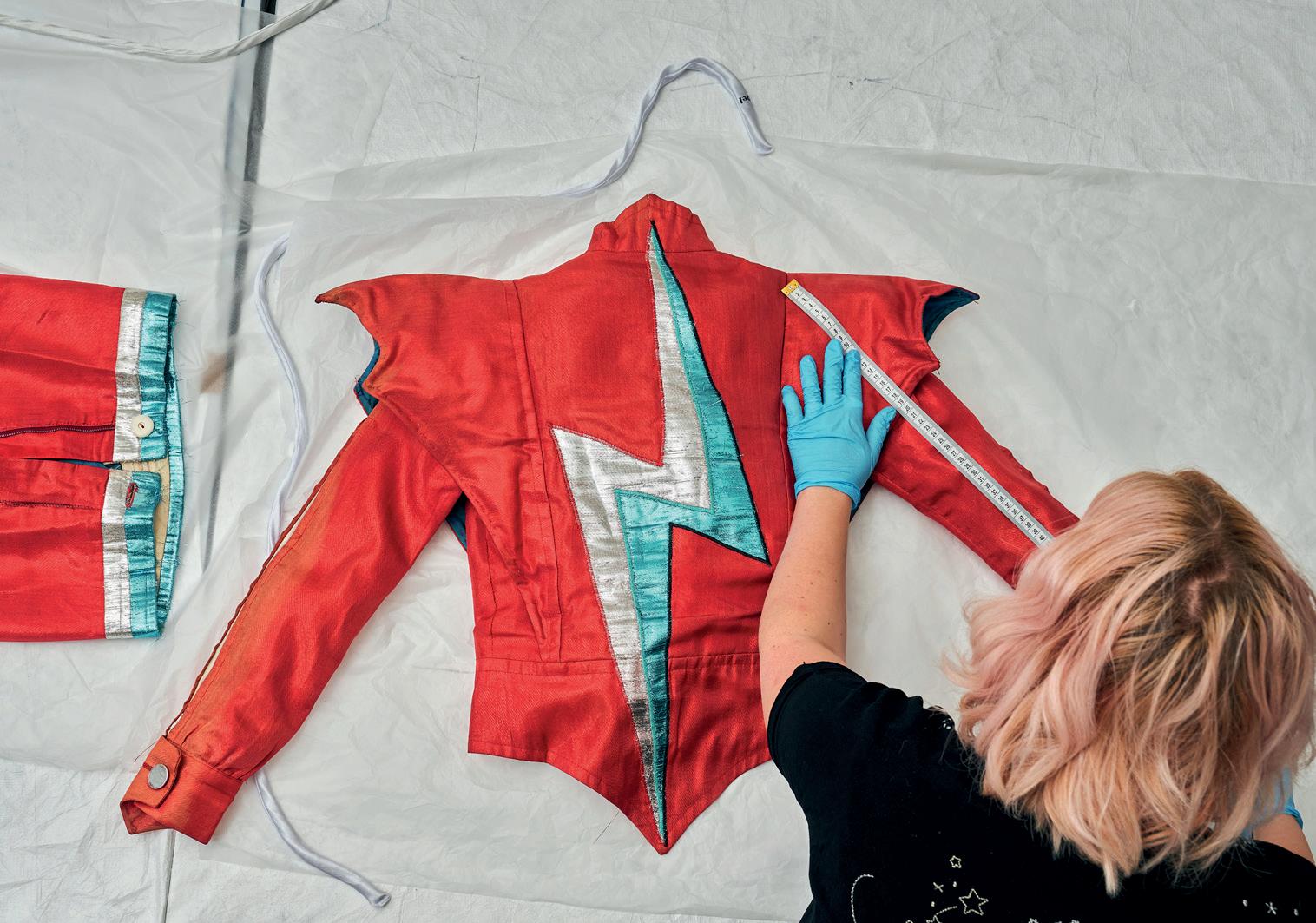
Rotterdam, the Netherlands
Opening date: May 2025
Set to open in Rotterdam’s City Harbour in May 2025, the Fenix Museum of Migration aims to explore themes of migration through the lens of art.
The centrepiece of the regeneration of the harbourside neighbourhood of Katendrecht, the museum will be housed in a former historic warehouse, which is being redesigned by MAD Architects. The 16,000sq m building, dating from 1923, will house a series of huge galleries set across two floors, and will be topped with a dramatic metallic helix, named the Tornado.
The Tornado spirals upwards from the base of the building, representing the turbulent journeys of migrants, and will act as an elevated viewing platform.
“When MAD Architects was asked to work on Fenix, we knew we had to create a dialogue with the existing building and its surroundings – and with a past containing so many stories of migration, memories, and uncertainty,” says Ma Yansong, founder of MAD Architects.
building and its surroundings – and with a past containing
“In designing a new structure, we had to show
“In designing a new structure, we had to show this dialogue between the future and the past, and so continue the story of the building. The Tornado is all about the future, but it’s rooted in the past. For me, it’s a metaphor for the journeys of migrants who passed through this building.”


to the contemporary, drawn from the Fenix
The inaugural collection exhibition, Directions: Art That Moves You artworks and objects ranging from the historical to the contemporary, drawn from the Fenix collection and acquired over the past five years.
Directions: Art That Moves You, will showcase 150



Fenix will also present an exhibition inspired by Edward Steichen’s famed legendary Man photography exhibition, which was on view at MoMA in 1955.
The Family of Migrants, Family of




“The story of Fenix is inextricably







“The story of Fenix is inextricably linked to Rotterdam and its many communities; but that story is also the world’s,” says Anne Kremers, director of Fenix. “It’s a story of arrivals and departures, and of constant change to face the future.”
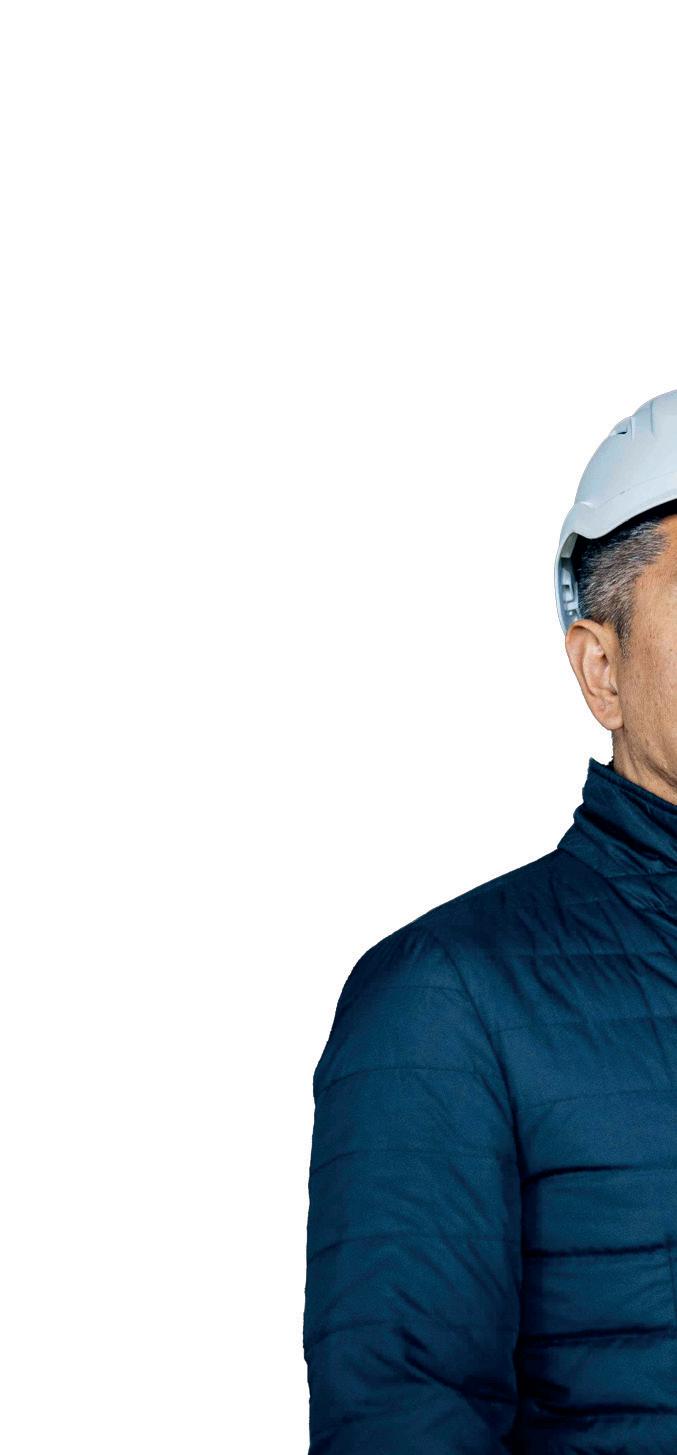

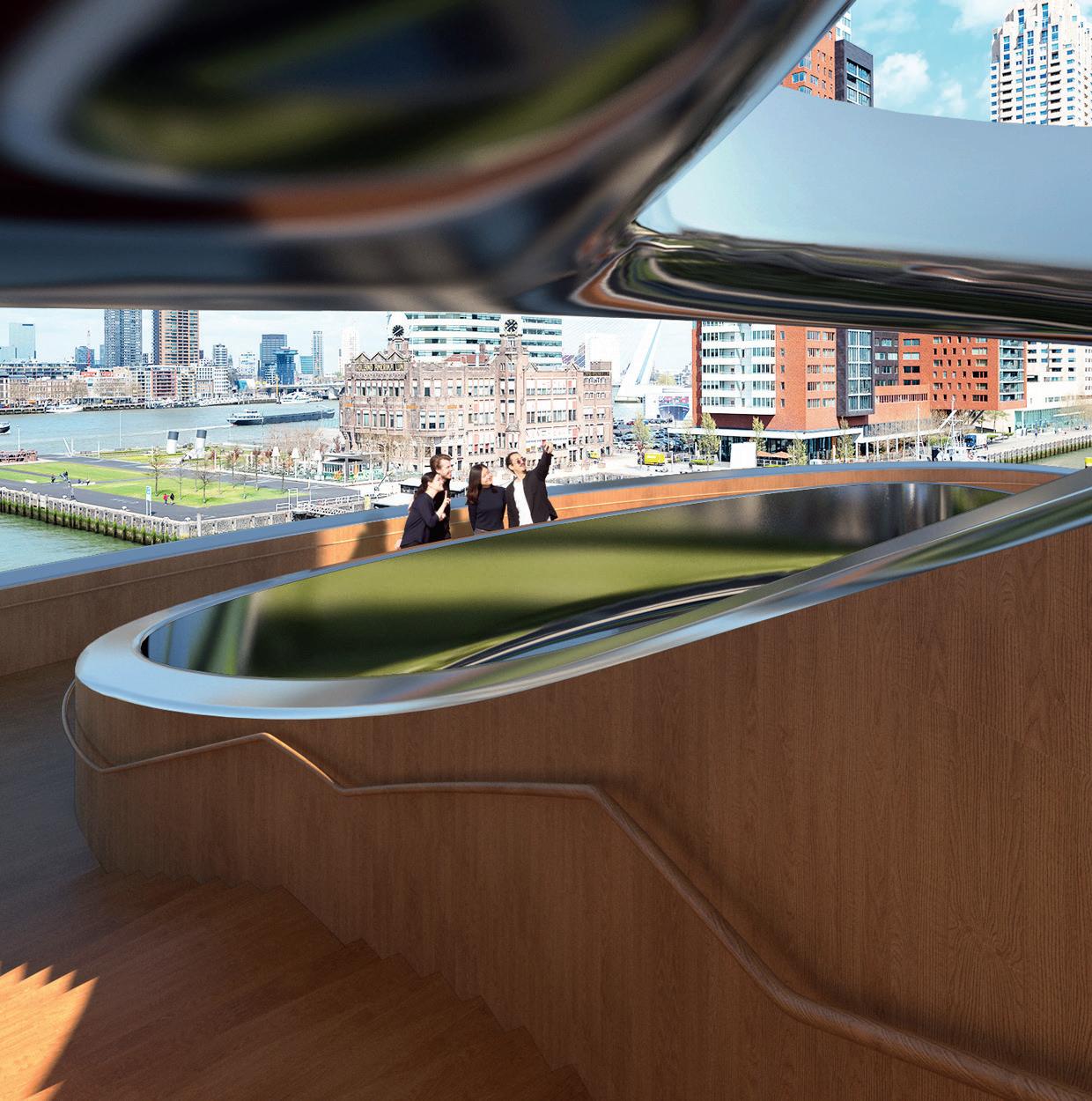

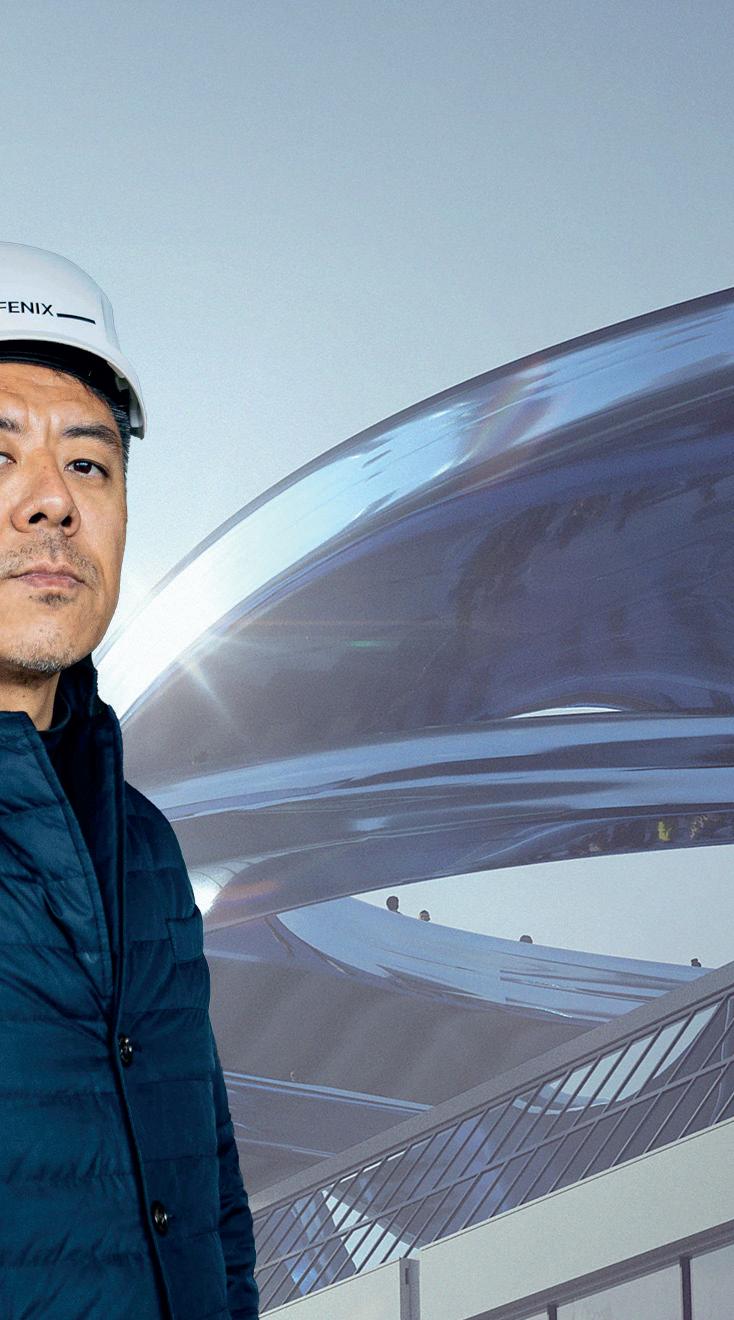
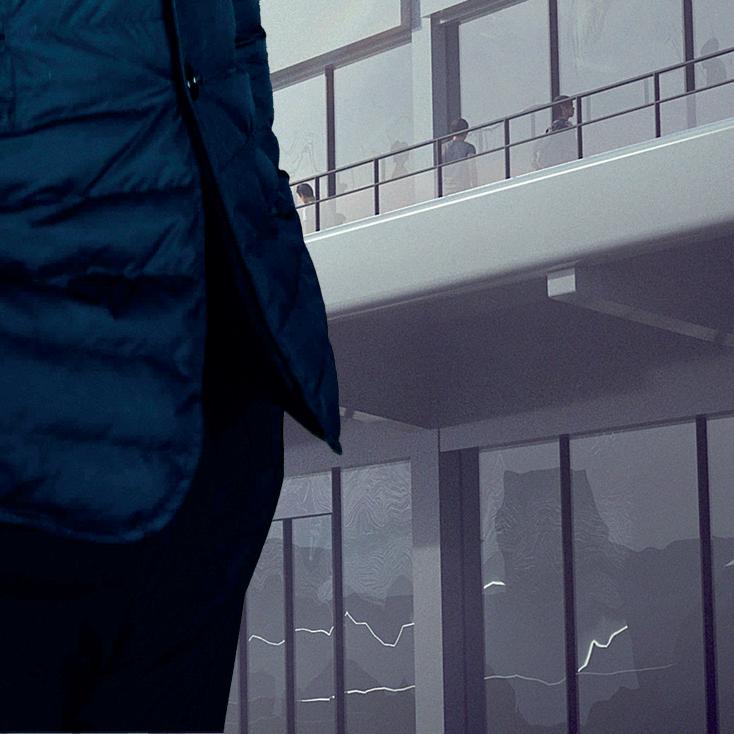

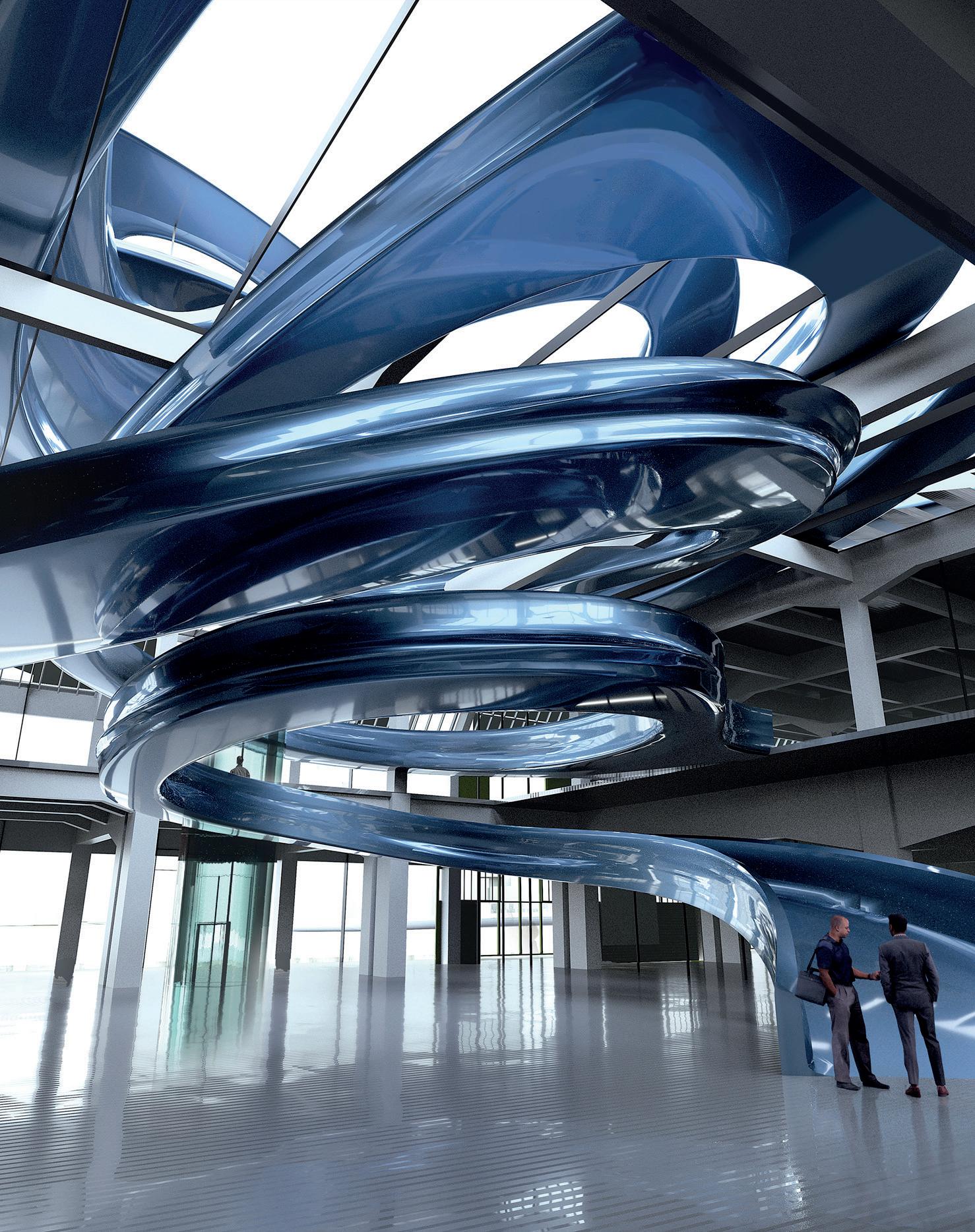






PoMo
Trondheim, Norway
Opening date: Spring 2025
Due to open in spring 2025, PoMo sees Trondheim’s Art Nouveau Post Office transformed into a new museum for modern and contemporary art spanning 4,000sq metres.
The museum’s founders, Monica and Ole Robert Reitan – of the Norwegian holding company Reitan –have said that they hope the opening of the museum will put their home city of Trondheim on the world stage in the same way that the Guggenheim Bilbao transformed the Spanish city into a global destination.
The museum will exhibit items from the Reitan’s personal collection, including 55 works by Edvard Munch, as well as iconic works by artists including Louise Bourgeois, Simone Leigh, Katharina Fritsch, Louise Bourgeois and Anne Imhof.
As part of the museum’s permanent exhibition, a dedicated Munch Room will display 15 selected works, including The Scream and Madonna.
Monica and Ole Robert Reitan have said that they hope to create an inclusive and accessible modern and contemporary art museum that welcomes those who may never have set foot in a museum before alongside art aficionados.
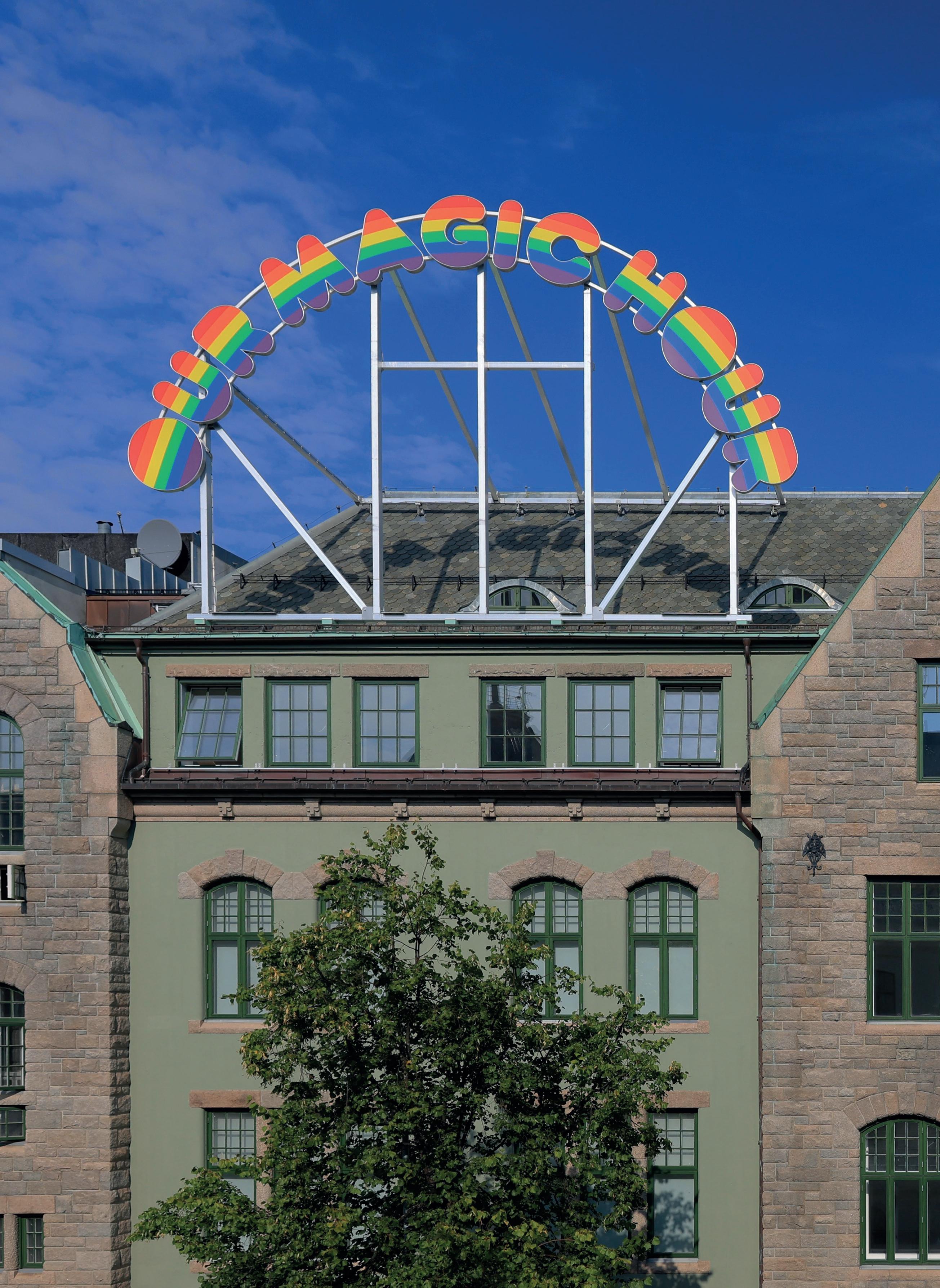
According to a statement, the founders have also said that they are committed to ensuring that the collection represents a broad diversity of artists, across gender and origin.
“PoMo will tackle the gender inequality typical of museum collections, by assigning 60 per cent of the acquisitions budget to work made by women in order to tackle inequality in museum collections at large,” said the statement.
“At PoMo, we will place the visitor’s experience at the centre of everything we do, bringing world-class modern and contemporary art to enrich the cultural life of our city, and reimagining our historic building to provide an accessible and intuitive experience for our visitors,” says Marit Album Kvernmo, director of PoMo.
The contemporary art museum is interior designer India Mahdavi’s first museum project, working in collaboration with Norwegian architect Erik Langdalen.
“I wanted this museum to feel inviting and inclusive, engaging both the local community and the international art crowd,” Mahdavi says.
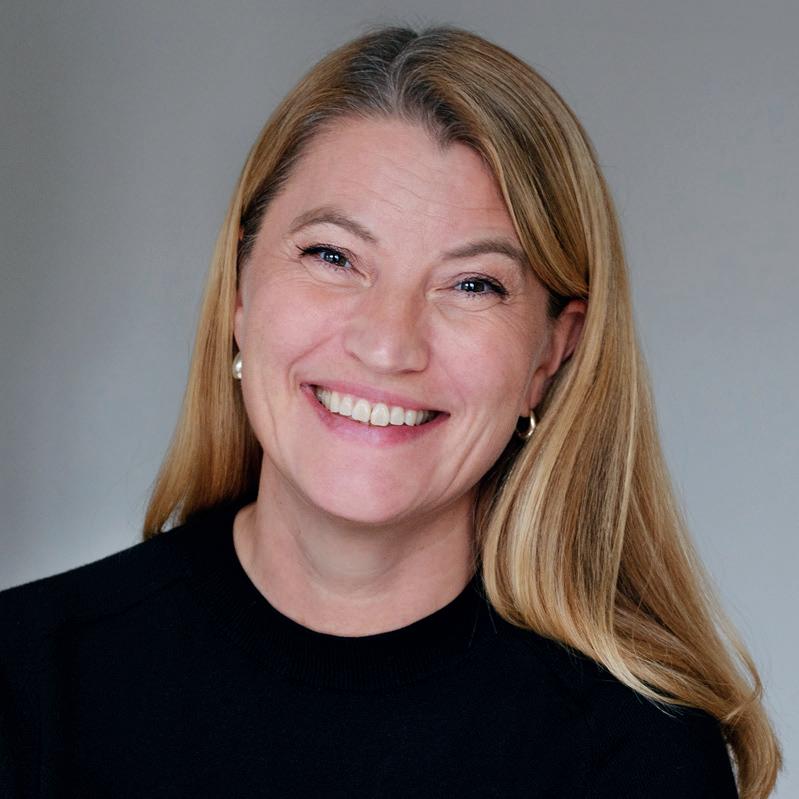
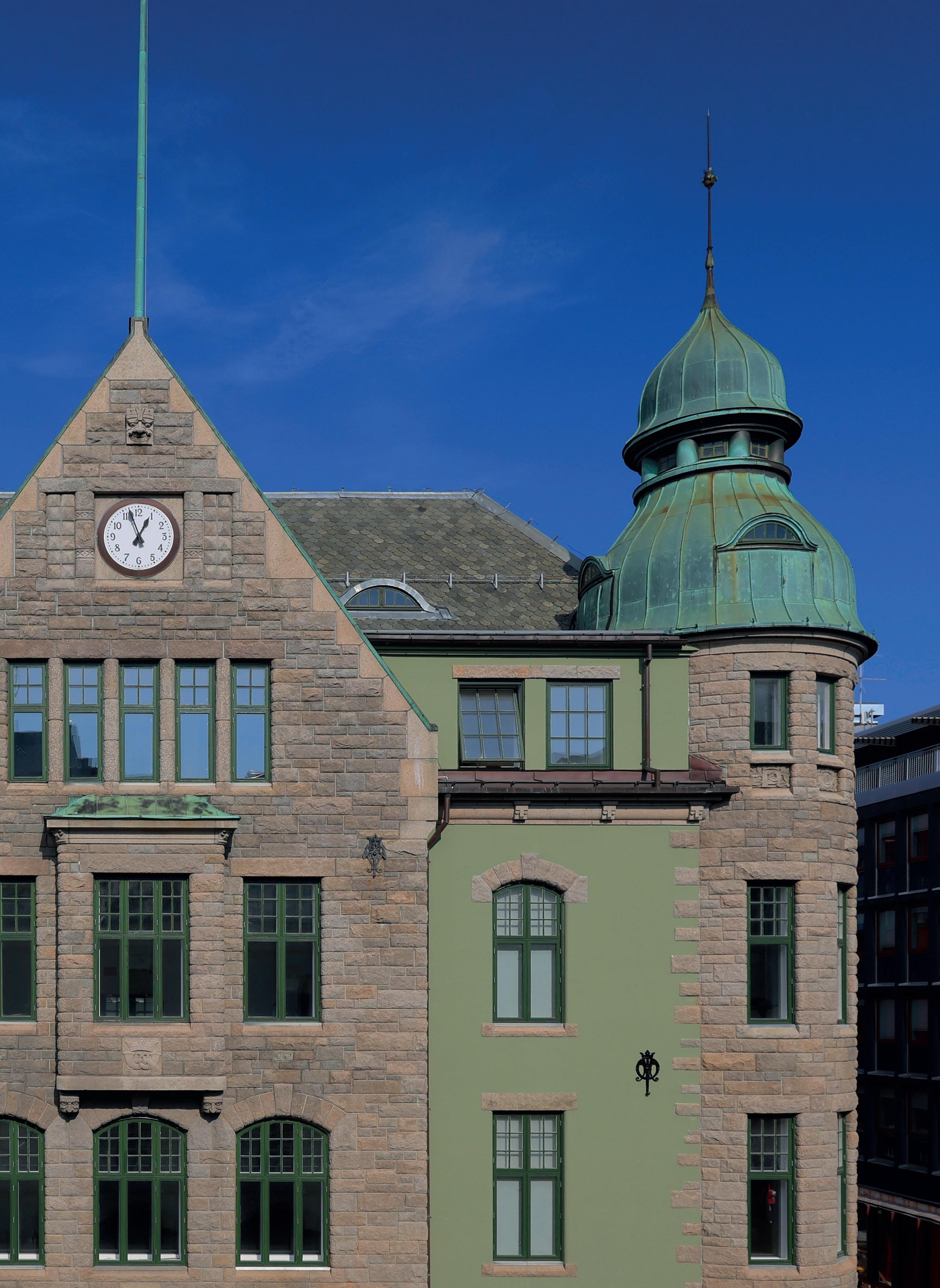
At PoMo, we will place the visitor’s experience at the centre of everything we do
Naoshima New Museum of Art
Naoshima, Japan
Due to open spring 2025
The small rural island of Naoshima, off the coast of Japan, has been nicknamed art island, and is already a major draw for art lovers. Just eight square kilometres, it is home to an impressive range of contemporary art museums and galleries, as well as sculptures and installations by the likes of Yayoi Kusama.
The island’s transformation from sleepy rural island to glamorous art destination is the brainchild of Japanese billionaire Soichiro Fukutake, who has collaborated with legendary Japanese architect Tadao Ando on the creation of a complex of modern museums.
The latest museum to take shape is Naoshima New Museum of Art, designed by Tadao Ando and set to open on a hilltop in the island’s Honmura district this
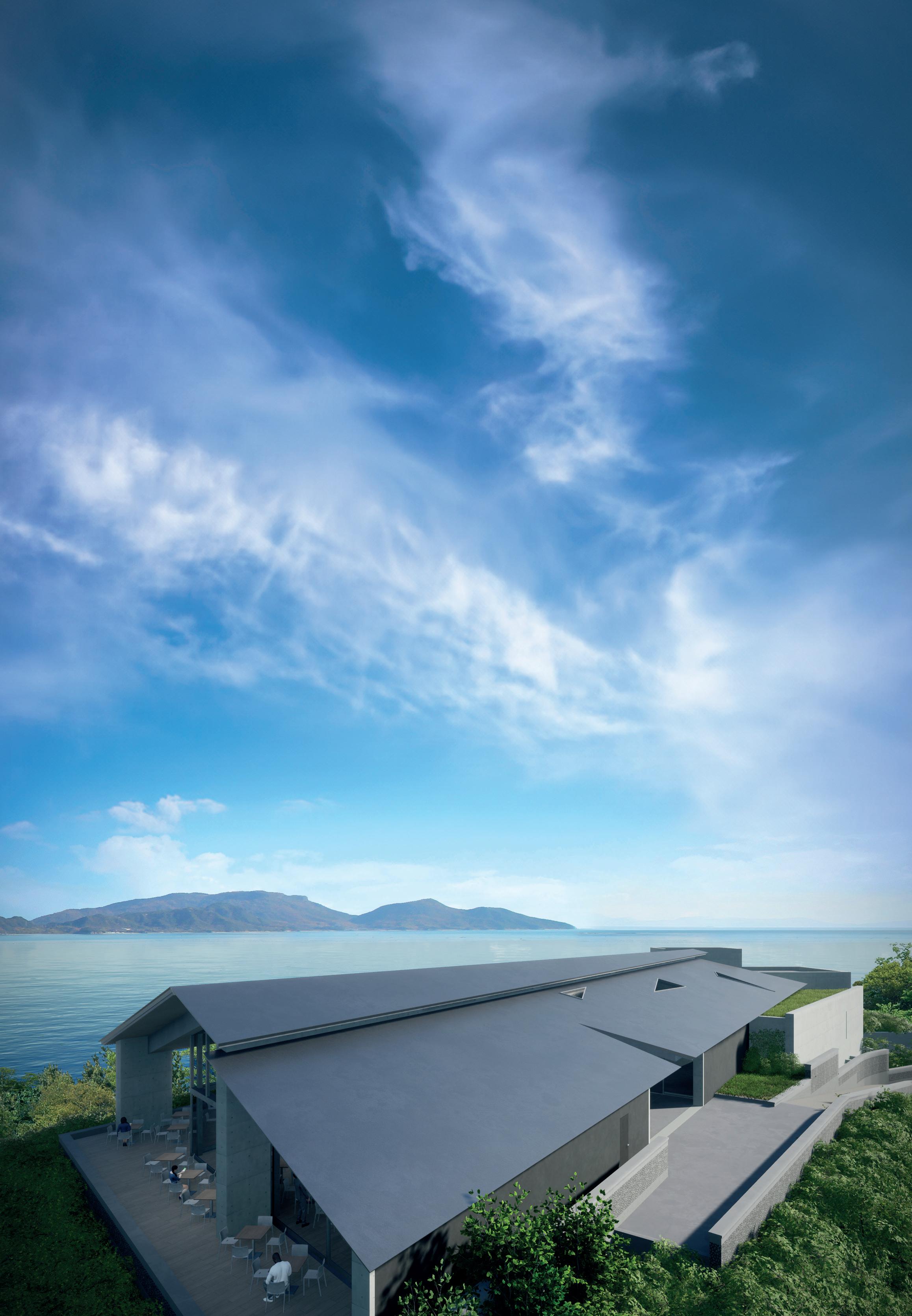
spring. With a focus on contemporary art from Japan and the wider Asian region, it will exhibit works across four gallery spaces in a three-storey building that comprises two basement floors and a ground floor.
The museum will feature both permanent and temporary exhibitions and host a range of public events, including talks and workshops. The inaugural exhibition will feature works by 11 artists and groups, including Aida Makoto, Martha Atienza, Cai Guo-Qiang, artist collective Chim↑Pom from Smappa!Group and Takashi Murakami.
According to Tadao Ando, the architecture and the approach leading up to the entrance are designed to connect the experience of visitors with Naoshima’s history and people’s lives. The museum’s exterior features black plaster reminiscent of burned cedar walls, and a stacked pebble fence to blend with the surrounding landscape of the Honmura area.
A café on the ground floor will offer visitors views of the island of Teshima and the local fishing boats coming and going.

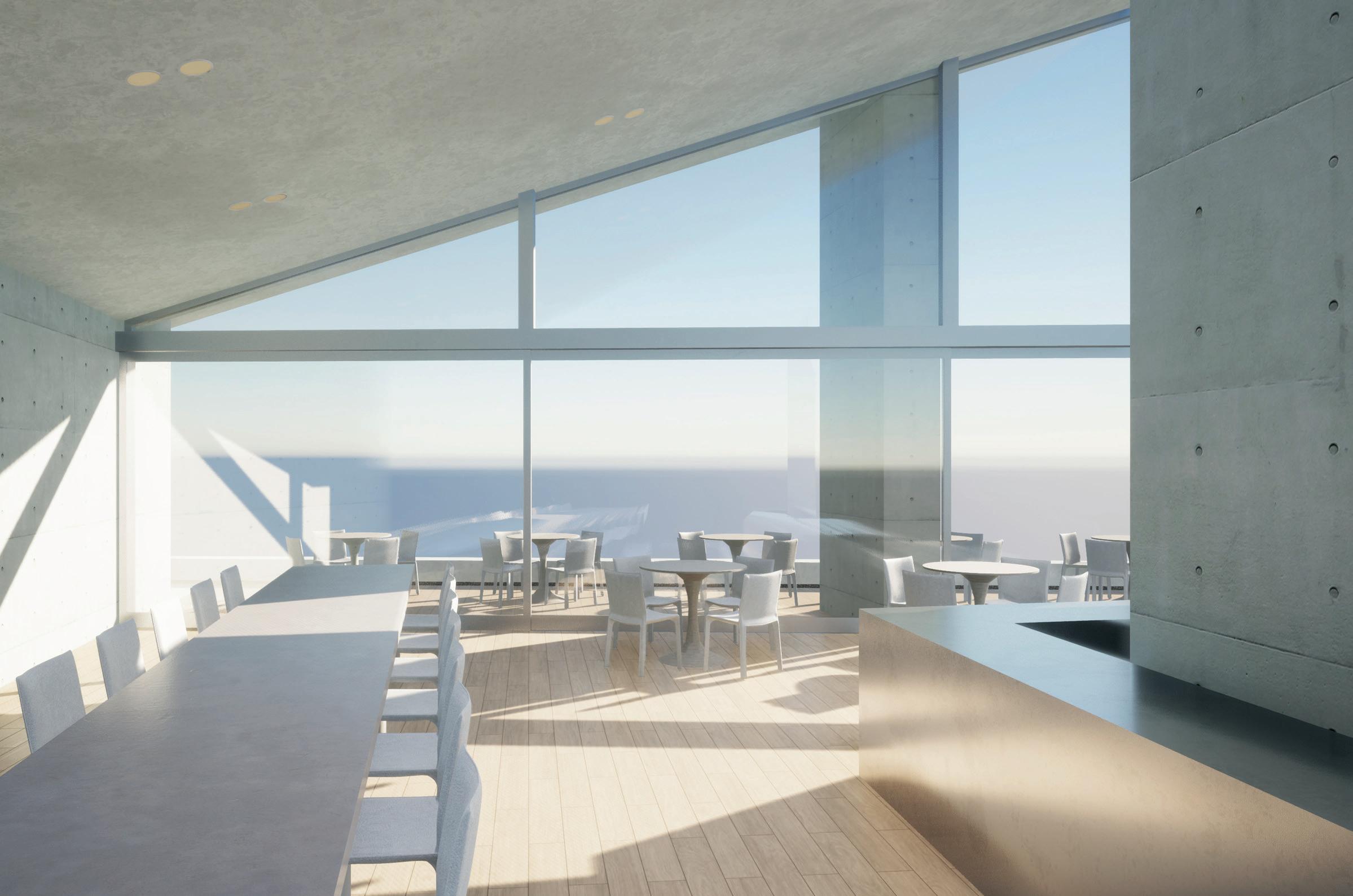
Abu Dhabi
Due to open late 2025
Home to the Louvre Abu Dhabi –which opened in 2017 – the Saadiyat Cultural District is set to welcome two new museums in 2025.
The Zayed National Museum will act as the centrepiece of the Saadiyat Cultural District, which will also house the Guggenheim Abu Dhabi, the National History Museum Abu Dhabi and teamLab Phenomena Abu Dhabi.
Designed by Foster + Partners, Zayed National Museum will showcase the history and culture of the UAE. Its form has been inspired by a winged falcon in flight, and it features six permanent galleries, one temporary exhibition space and an outdoor gallery. The museum has also been designed as a monument and memorial to the late Sheikh Zayed bin Sultan Al Nahyan, the founding president of the UAE.
The six permanent galleries will cover the beginnings of the UAE, evidence of its ancestors, the region’s wildlife and landscapes, the development of its coastal settlements, Emirati identity and past and present connections with the rest of the world.
As well as exhibiting items from its extensive collection – which include one of the oldest known natural pearls and examples of the UAE’s
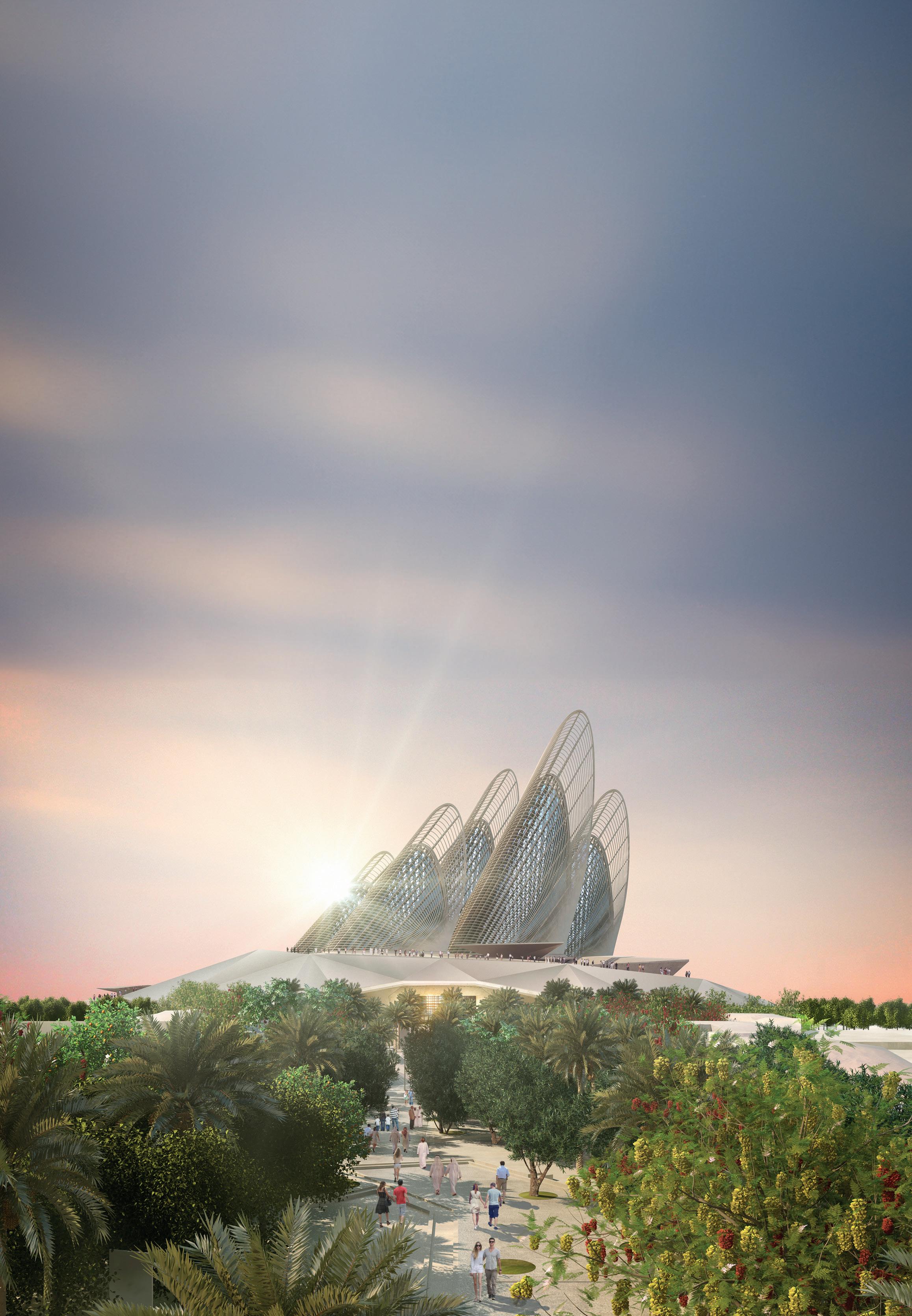
earliest coinage – the museum will host talks, workshops, performances and storytelling.
The Frank Gehry-designed Guggenheim Abu Dhabi is expected to complete in 2026, and will showcase modern and contemporary art from 1960 onwards. The global collection comprises more than 600 works, and includes a dedicated focus on the Gulf and West Asia, North Africa, and South Asia.
The 35,000sq m Natural History Museum Abu Dhabi will explore the evolution of the universe and the history of life on earth via ‘exceptional specimens and immersive displays’ and is expected to open towards the end of 2025.
TeamLab Phenomena Abu Dhabi is also due to open in 2025, featuring immersive art installations centred on the theme of environmental phenomena. l
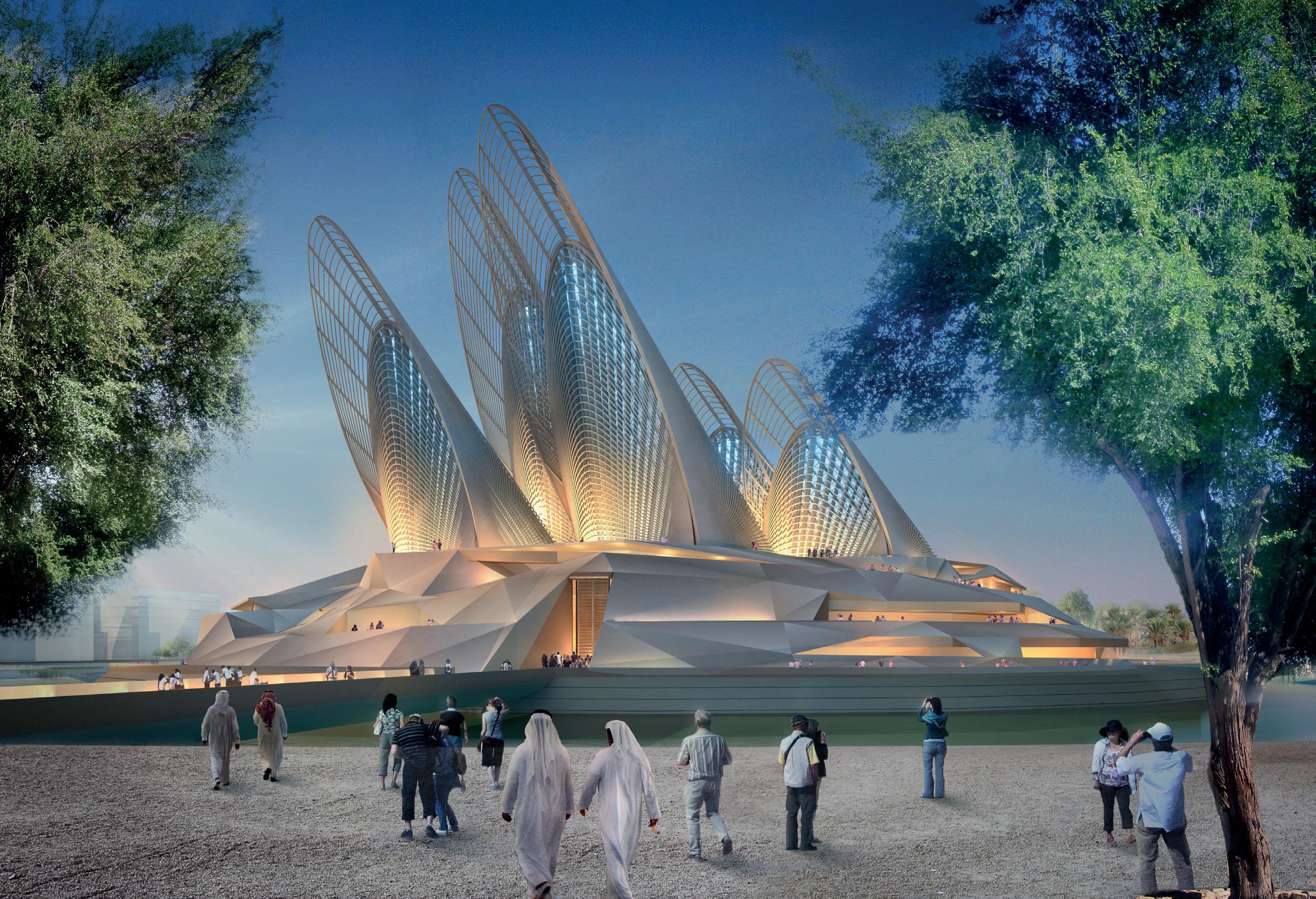
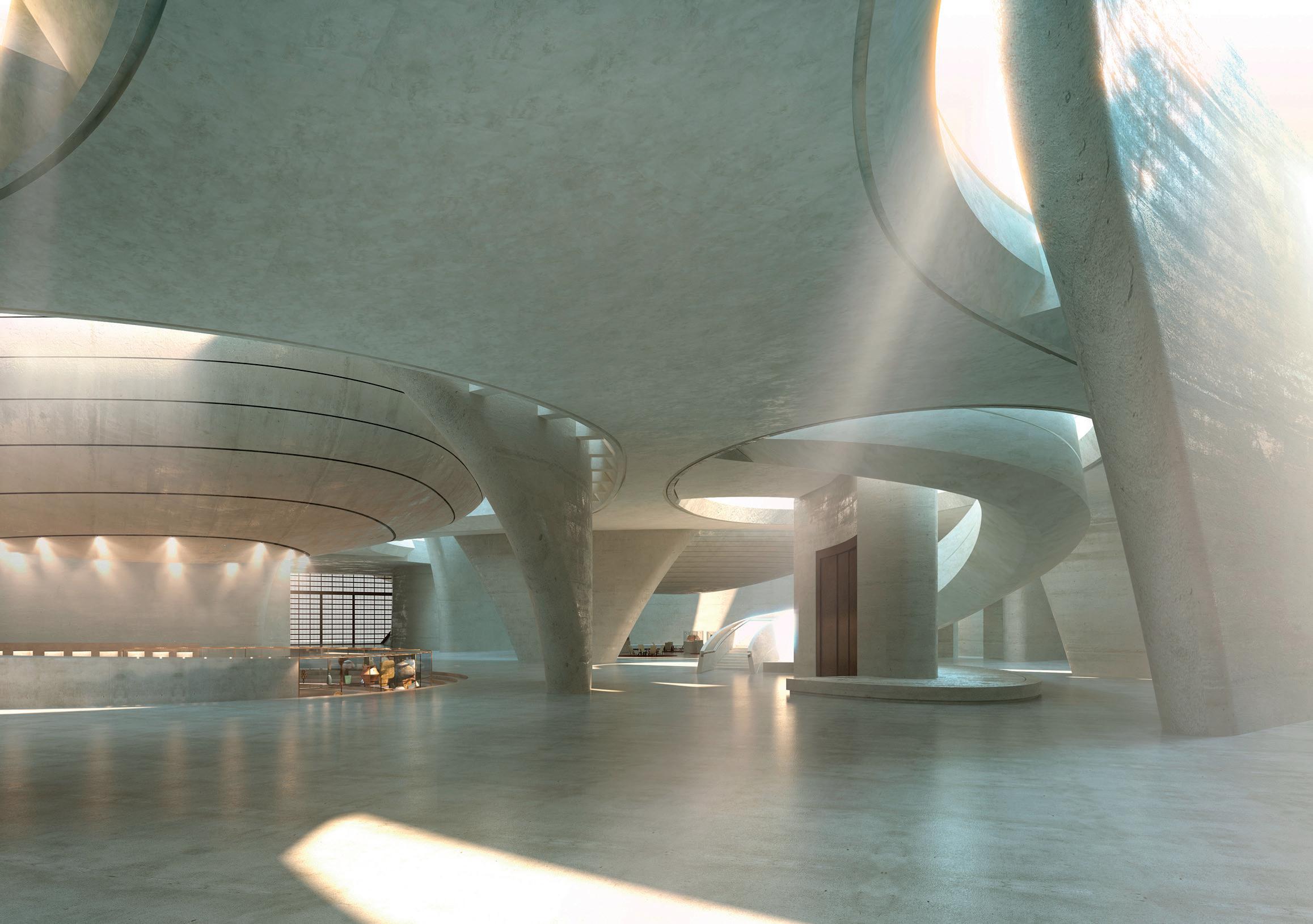
Lighting

Zuciya’s projects include Disney’s Star Wars Galaxy’s Edge: Rise of the Resistance
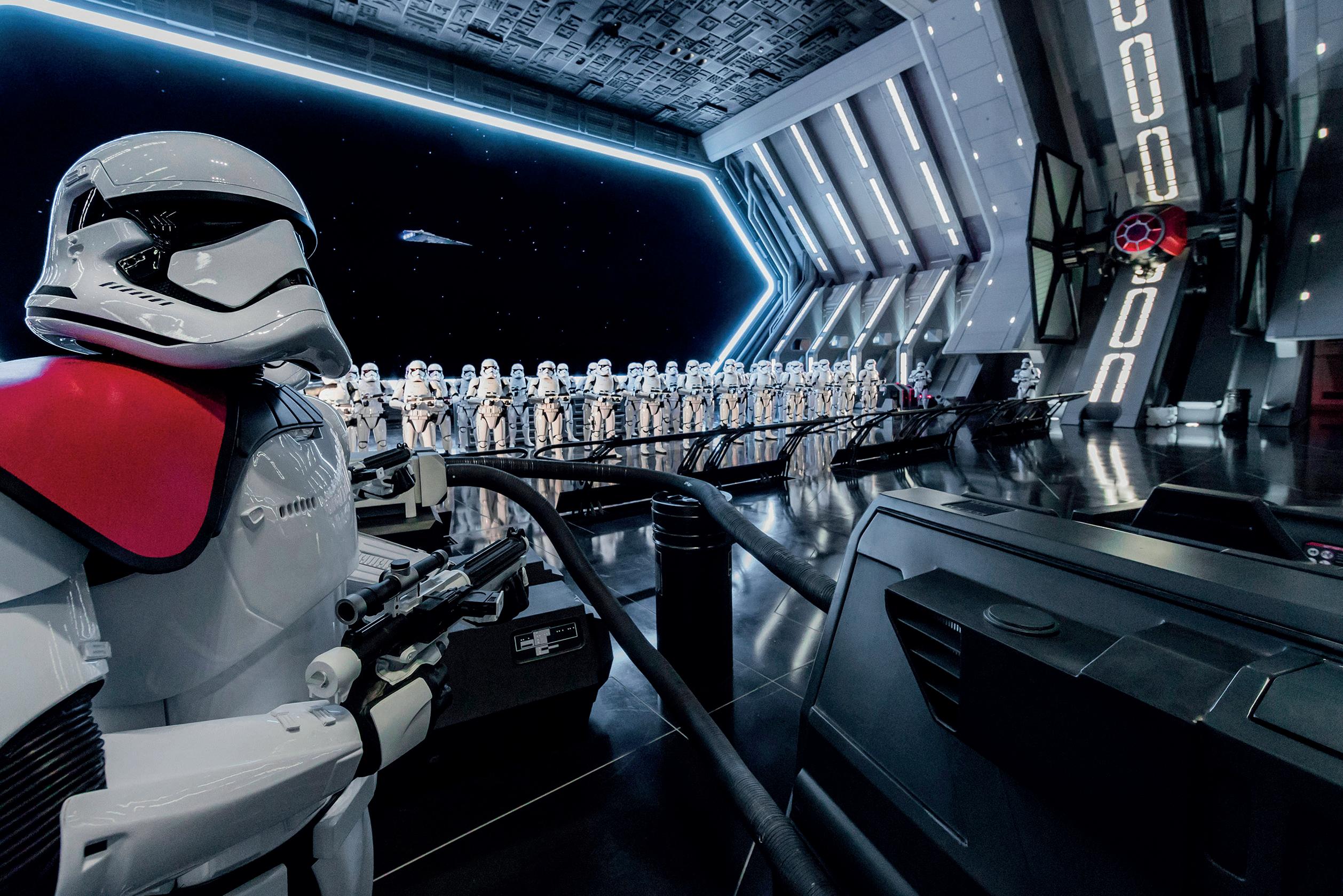
Genell Zuciya has worked for
immersive experiences
using
Disney
and
multiple
Meow Wolf,
crafting
forms of light. The self-described ‘photon wrangler’ talks to Magali Robathan about emotion, AI and looking to nature for inspiration

One of the key elements in attractions and immersive experiences, light is a powerful tool that can create atmosphere and a sense of journey, engage visitors, impact their emotions and so much more.
With a career that has encompassed the design of firework and laser shows and special effects, as well as illusions and animations for Disney, and immersive experiences for Meow Wolf, Genell Zuciya is fascinated by light in all its forms.
How can lighting design contribute to shaping the atmosphere and storytelling within a space?
Lighting is my favourite tool to create a sense of authenticity in storytelling. When used the right way, it sets the mood, directs focus, creates visual depth and dimension, establishes context, and it’s so malleable.

“I started calling myself the photon wrangler a few years ago when I realised that my professional work revolves almost entirely around controlling light,” Zuciya tells Attractions Management. “This includes managing its colour, timing and the various formats it can be presented through – such as lasers, video, and pyrotechnics – and fabricating the mediums it passes through, like fibre-optics and lenses.”
Zuciya is currently working for experiential design and technology company Art Processors, focusing on the expansion of the National Civil Rights Museum in Memphis and the development of the Louisiana Music Museum, both in the US.
Here she tells us what she’s learned about using light to create powerful experiences.
During my career, I’ve worked with lighting outdoors and indoors, in daylight and in fully controlled dark spaces. There is always a fun way to bring in a lighting element to help drive the tempo or the story or experience.
Can you think of a project you’ve worked on that used light in a particularly innovative way?
In the newest Meow Wolf attraction, Radio Tave in Houston, I had the privilege of serving as the creative director for the music venue. The space needed to be exploratory and engaging during exhibition hours, while also functioning as a performance venue.

I collaborated with an incredible team of conceptual and graphic designers to innovate a blacklight print colour space and palette system that would allow the venue to completely




transform and take on a new character under the transition from white light to black light.
Invisible elements hidden under white light create an air of discovery, while the transformation under black light reshapes and reveals a hidden story – immersing guests in a vibrant, dual-world narrative. This magical reveal and interplay between light, colour, and design embodies the innovation, collaboration and sense of wonder I strive to achieve in every project I lead.
How do you use lighting and technology to influence the emotions of visitors?
Emotion is at the very core of my design work. Through carefully designed lighting setups, we evoke specific feelings, highlight key elements, and guide visitors’ attention.
When creating a specific mood, I usually animate the light with fast or gradual colour transitions or rotating textures. A laser beam might slowly spread into a sheet of light over the crowd, covering the guests in a blanket of illumination while comforting music plays. A barrage of fireworks could mark the finale of a show with upbeat music.
Video mapping immerses visitors in various environments, each evoking a distinct emotion. Depending on the context of the show, the emotional shifts might be varied and back-toback, or they might require more incremental shifts and a smaller variety of emotions.
There’s also the element of a guest-guided experience or a time locked experience (such as rides or fireworks displays). I must keep all of this in mind when thinking of the ways in which I should wrangle the photons.


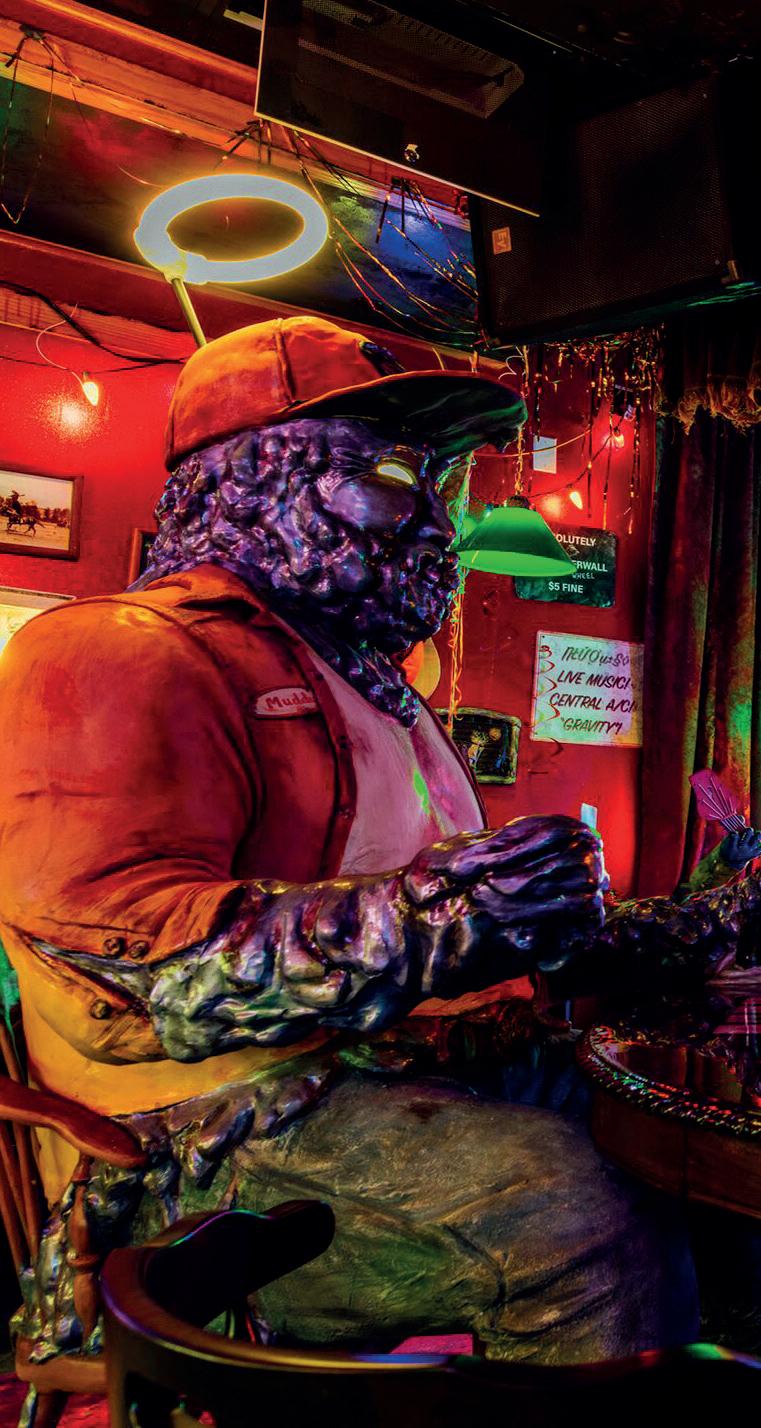
What are the biggest challenges of creating the lighting for the projects you’ve worked on?
When it comes to working with the variety of photons in my projects, each medium brings its own set of challenges.
For pyrotechnic displays, the biggest hurdle is always the weather – it’s crucial to constantly monitor wind speed, humidity, rain, lightning and other environmental factors. I relied on various apps and manual tracking to determine whether to proceed or delay, often making ‘go or no-go’ decisions right in the moment.
For laser displays, modulating the flow of haze is a big challenge. The visibility of laser beams depends on striking the


perfect balance – too much or too little haze can completely diminish the effect.

For large-scale video-mapped displays on buildings, the primary obstacle is usually the surface itself. Dark-coloured or red-brick facades absorb light, making projections less vivid. Achieving optimal results requires exceptionally high lumens, as neutral-coloured surfaces are rarely available for mapping.
When combining all these elements into a single synchronised display, there are many variables at play. Ensuring that pyrotechnics, lasers, and video projections align perfectly with music or a triggered cue requires absolute precision. Latency must be imperceptible to the human eye, as even a fraction of a second’s delay
disrupts the magic. The real artistry lies in making all these elements ‘dance’ together in flawless harmony, creating an awe-inspiring spectacle.
What are the biggest lessons you learned from working for Disney Imagineering and Meow Wolf?
At Disney I learned about very tight precision with lighting effects. This was usually linked to timing and colour. I was deep into colour science, creating colour lookup tables used in visual effects and making sure that all lighting instruments could achieve the illusion desired for the ride experience.
At Meow Wolf, I learned how to use lighting so that the guest would have the power to



Announced in December 2021, the Louisiana Music Museum is a project by non profit arts organisation Acadiana Center for the Arts (AcA) to create a nationally significant museum dedicated to Louisiana music, musicians and musical culture.
The 10,000sq ft museum will be housed in a 130-year-old building known as the Lafayette Hardware Store in Lafayatte, Louisiana, which was bought by AcA in 2021. AcA recently announced the selection of global experiential design and technology company Art Processors, museum designer Thomaz Regatos and architecture firm Moliere Chappuis Architects to lead the design of the Louisiana Music Museum.
The Louisiana Music Museum will feature an interactive permanent exhibit hall exploring Louisiana’s diverse music genres. It will feature rotating temporary exhibitions, and programming and workshops will provide opportunities for participation in Cajun and Creole dances, talks, jam sessions and educational offerings.
Grammy nominated musician Jane Vidrine was appointed director of the museum in August 2024.

transform a space. So basically, we hand over the magic wand or major reveals to the guest for discovery. I learned how to hide these triggers in fun yet discoverable ways.
How would you describe the philosophy of Art Processors?
What does your job involve?
Art Processors partners with cultural and tourism organisations to create transformative storytelling experiences. I was drawn to Art Processors for its commitment to blending immersive experiences with interpretive storytelling. Growing up in the DC area, I always dreamed of a museum experience that would push beyond the traditional object on display and simple interpretive signage next to it. As a creative director, my role involves conceptualising, designing, and directing projects that create meaningful connections with audiences, while pushing creative and technical boundaries in service of more impactful storytelling.
What technological advances have had the biggest impact on your work over the past couple of years?
Specifically with technology, I’d say automation and AI. Not everything has to be done manually if you have very clear inputs and a good idea of the desired output. With 3D models, prototyping, mood boards, collaboration and more, automation and AI have sped up and democratised the pre-production process.
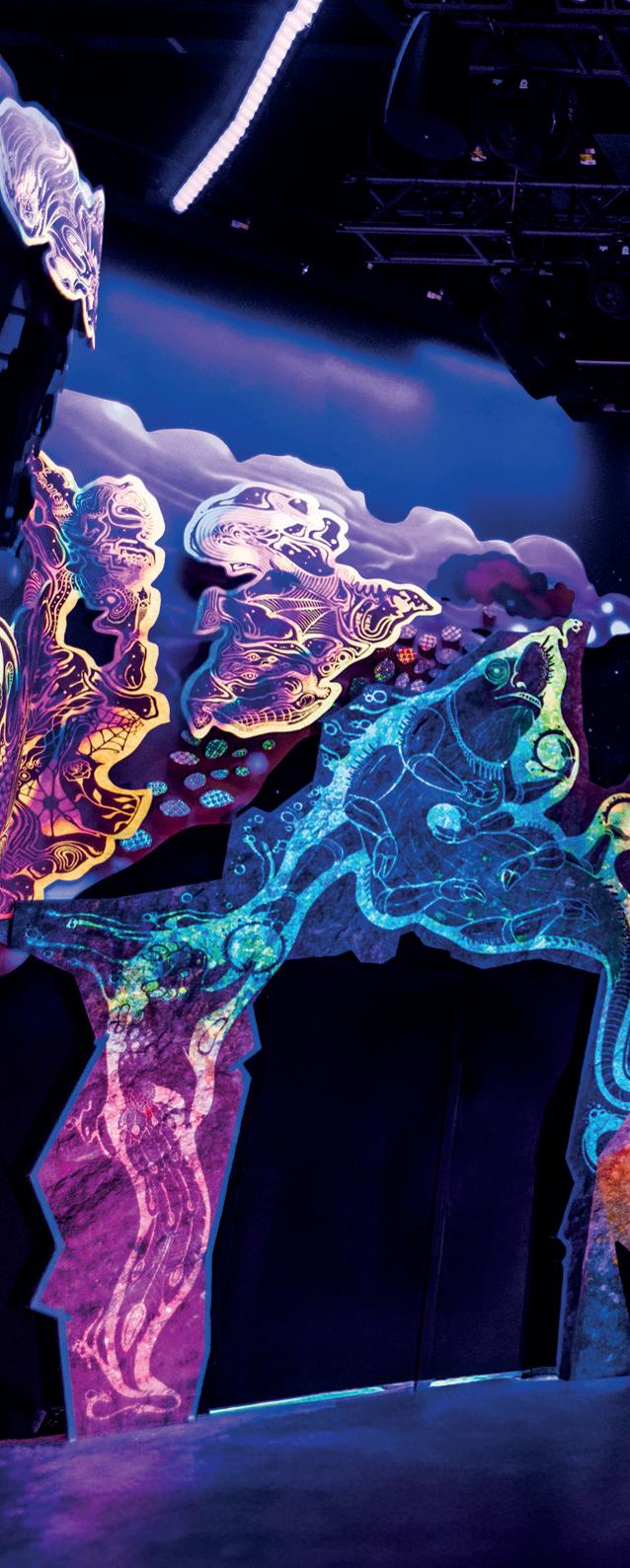

What trends do you see in the area of museums and immersive attractions?
Museums are starting to think more about the pre- and post-visit experience, asking questions like: What does the museum experience look like outside of the museum itself? How do we make the experience accessible, memorable and individualised?
I’ve also noticed a trend towards AI-driven personalisation allowing visitors to curate their journeys based on interests, creating deeper connections with the content. For non-interpretive immersive experiences, I’m noticing more of a variety in the length of the experience, with some being 30 minutes or less, others two hours, and some half a day.

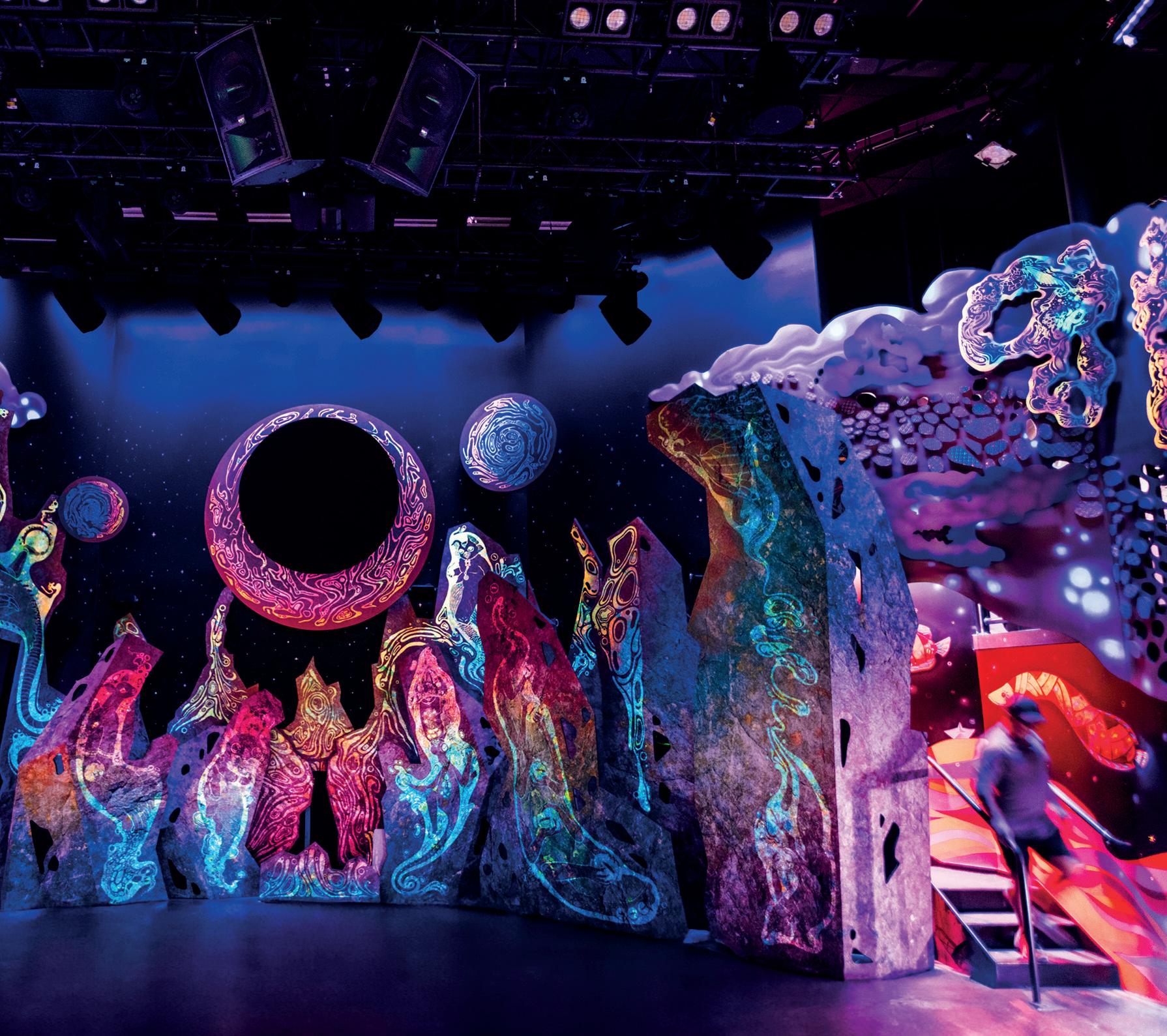
Can you think of any other attractions that have used lighting in a way that has impressed you?

I’ve been particularly impressed by the innovative use of lighting in teamLab Planets and teamLab Borderless, where immersive light installations create mesmerising, dynamic environments.
I’m also a big fan of Moment Factory and their recent project Les Abysses de Lumière at Aquascope, which beautifully blends immersive lighting within an aquatic setting.
Concert lighting specialist Tait consistently produces stunning set designs and lighting, and I love artist Mareo Rodriguez’s Portal Danube installation [Rodriguez transformed an industrial cooling tower in a power plant in Hungary into a ‘luminous portal’]. I’m drawn to projects that explore innovative relationships between nature, architecture and human perception.
are you working on now?

At Art Processors, I’m fortunate to be working on two ground-breaking projects: the expansion and renovation of the National Civil Rights Museum in Memphis and the development of the newly announced Louisiana Music Museum. In the field of interpretive design, it’s rewarding to create immersive experiences that meaningfully connect people to history and culture.
This year I’m also completing my graduate degree in biomimicry, exploring the wonders of the natural world with a particular focus on the way structural colour is created at a microscopic level through the interplay of light, reflectance and transmittance.
My studies have also focused on applying nature’s design principles to inspire innovative systems for social change, merging science, creativity and sustainability to address real-world challenges. ●




Whatever you do, you want people to think, thank God I didn’t stay at home

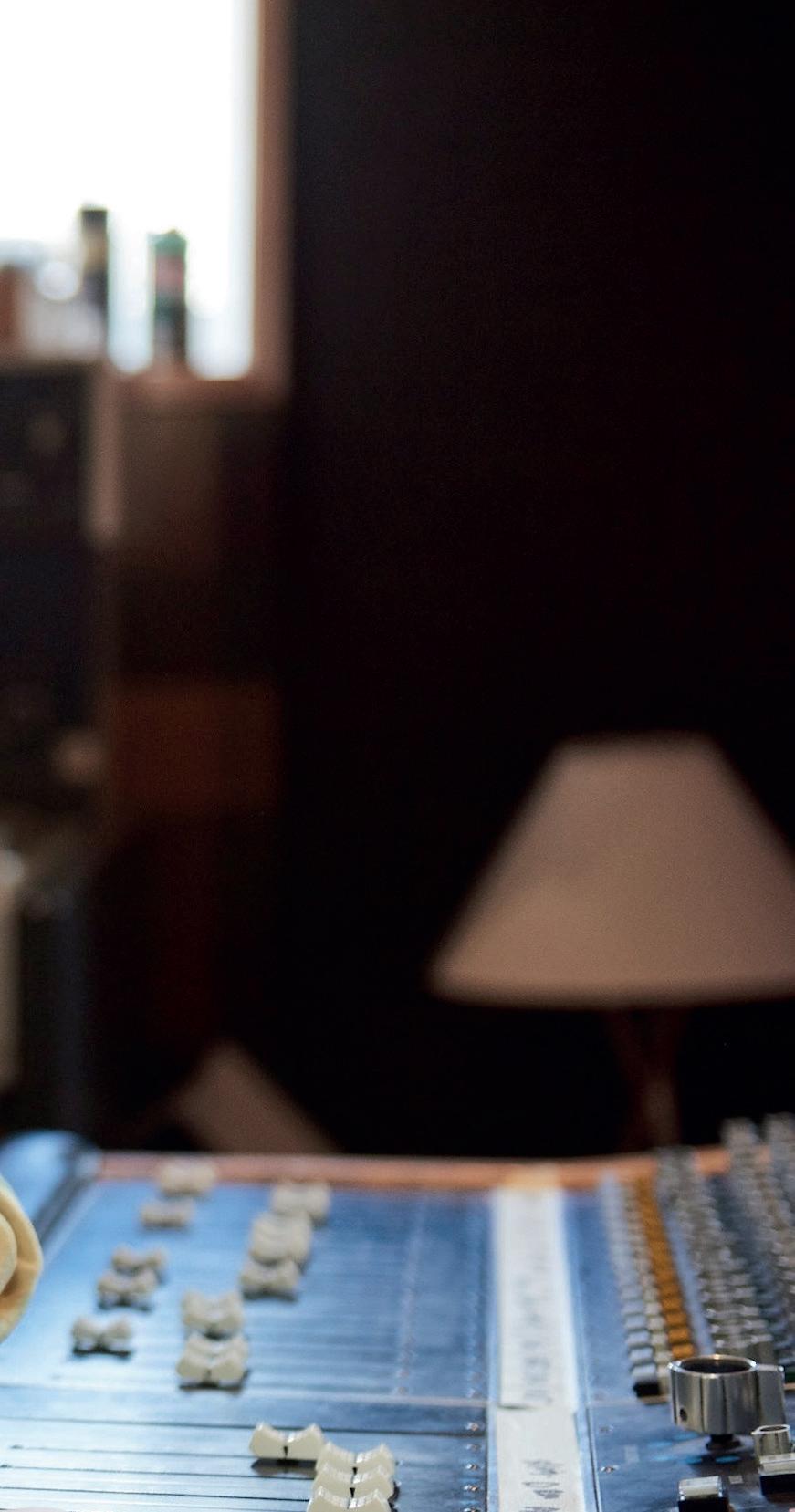
With
its unique ability to transform visitors’ emotions –often without them realising what’s happening – music is the magic ingredient in immersive experiences, composer Dom James tells Magali Robathan
T‘he sound and music are 50 per cent of the entertainment in a movie,” said George Lucas, who knows a thing or two about telling stories.
“It has such power,” agrees composer Dom James, who also knows a bit about the power of sound and music, having composed for film and tv, and designed immersive sound and music experiences for attractions including Alton Towers Resort in Staffordshire, England; Guinness Storehouse in Dublin, Ireland; and New York’s Museum of Sex in the US.
James has worked closely with London-based experience designers Bompas & Parr on projects spanning more than 15 years. During this time, he has written music for a pop up bar in London where visitors got tipsy by inhaling vaporised cocktails; created a custom carnival soundscape to accompany visitors as they jumped on a bouncy castle made of giant breasts at the Museum of Sex in New York; and lent his expertise as a ‘sonic sommelier’ on an immersive dinner party that aimed to test sound’s effect on perception for Sony.
This collaboration has been celebrated with the release of a vinyl LP featuring James’ sound design for Bompas & Parr, that aims to ‘tap into the emotion of the listener, taking them on a journey through sonic interventions that both attract and repulse’.
James is currently working with Bompas & Parr on the Museum of Shakespeare, as well as performing with his band and composing for film and tv.
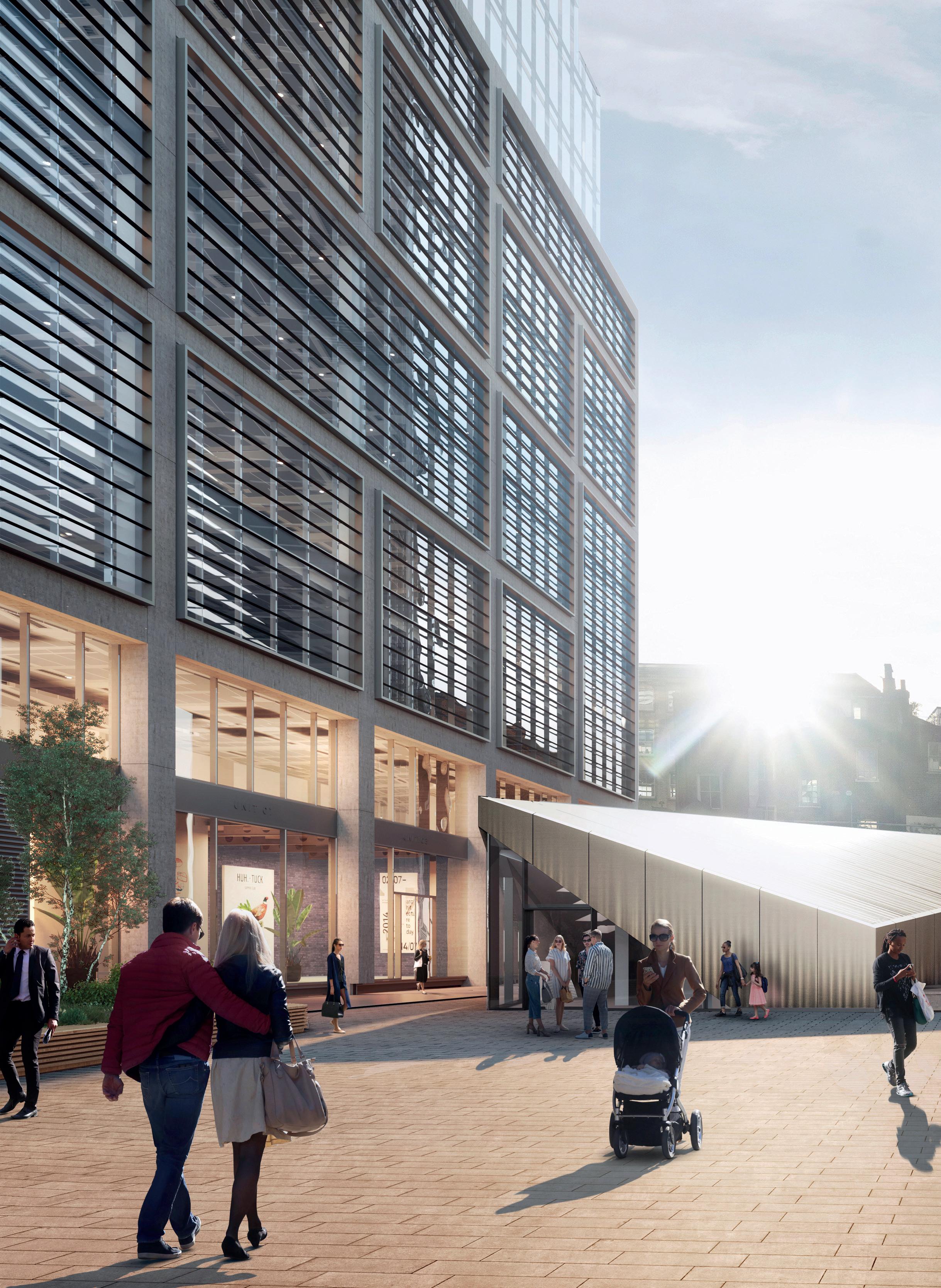
Here James speaks to Attractions Management about harnessing the power of sound to tell stories and engage visitors.
How would you sum up the role of music in an immersive experience or attraction?
Music is a secret power when it comes to creating amazing immersive experiences.
Music has immense power – it has the potential to change people’s emotions in a split second. It also has a magical quality, in that it’s invisible, and people often don’t notice the effect it’s having on them.
When you have matchless technical support with a quality sound experience, you can reach totally different levels of engagement with people.
How do you approach the creation of music and sound design for attractions?
It’s a very collaborative process. I spend half my time writing music for TV and film and half writing music for immersive experiences, but the process works in very similar ways in both cases. There’s the odd time when the brief is very simple. I worked with Bompas and Parr on the creation of the Mount Rocky chocolatethemed climbing wall for Alton Towers, for example, where they wanted an epic brass fanfare when climbers reached the top. That was a very straightforward request, but the majority of the time, it’s a lot more subtle.
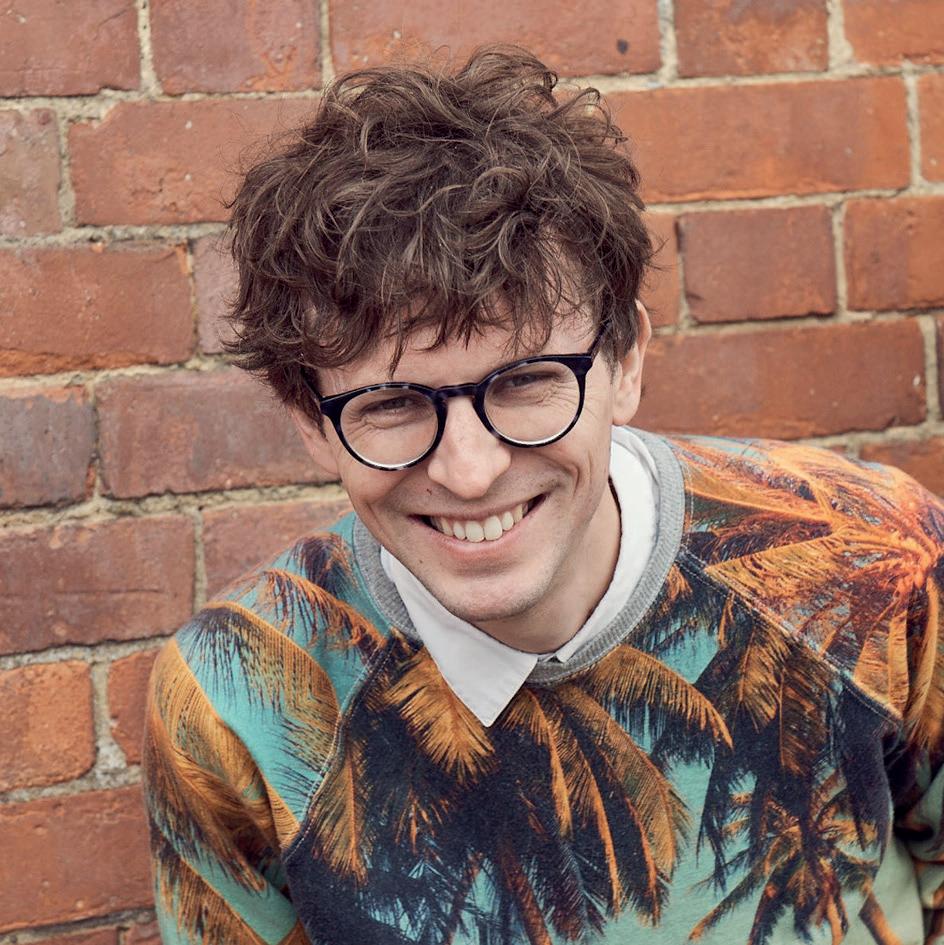
In general, the people I’m working with aren’t experts when it comes to the nuts and bolts of making music, so we talk about feelings and emotions – basically anything that’s not directly musical. We might talk about temperatures, colours, smells, or tactile elements. I was in a session recently where we told the string players that we wanted a particular part of the music to sound ‘dusty’. That’s not a musical term, obviously, but the musicians instantly had a feeling of how they might approach that – it basically opened up a conversation. That’s a very typical conversation that you have when you’re making music for an experience. It’s all about creating an atmosphere and eliciting emotion and reaction in visitors.

Are there any common mistakes attractions operators make with sound and music?
One common mistake is forgetting about sound bleed. This is something I see a lot –the set looks great, the rooms look awesome, but when we bring in the speakers, we realise that the volume has to be incredibly low because otherwise the people in the next room can hear what’s happening.
Another mistake is having spaces where the sound feels too pre-programmed; where it wouldn’t make any difference whether the visitor was there or not.
Just putting together a great space isn’t enough these days – it needs to be responsive in order to really engage people. That can be done in very simple ways – having pressure sensors or walk past devices that activate sound – or you could add a live element and get people to take part.
Can you think of an attraction that uses sound and music in a particularly impressive way?
Star Wars: Galaxy’s Edge at the Disneyland Resort in Anaheim, California. It’s successful on every level. There’s nothing that doesn’t work. It messes with your emotions, it’s arousing, it’s thrilling. It just kind of does everything, and what it sits on is some great creative ideas and flawless technical achievements.
What makes it work so well? Star Wars: Galaxy’s Edge obviously has the gift of John William’s incredible score, so that’s the music taken care of. In terms of sound design, the cleverest aspect is the feeling of space that the false acoustic delivers. This means that when you’re in the docking station of the Death Star, the feeling is of epic scale, even though you’re simply stood in a black box of moderate proportions.
The sound is excellent throughout, from the sound design and music through to the actual application of it within the space. It’s just an incredibly well designed space.
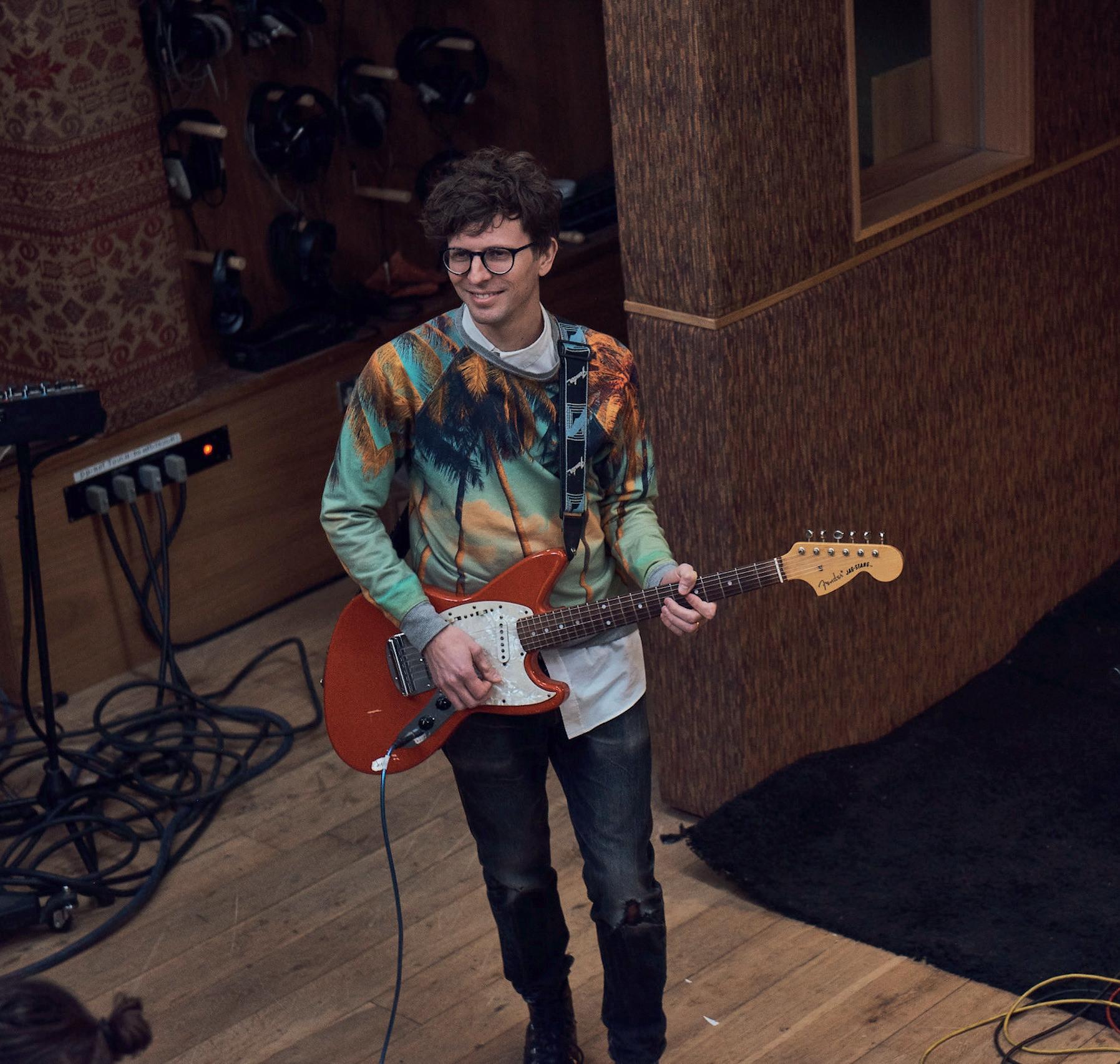

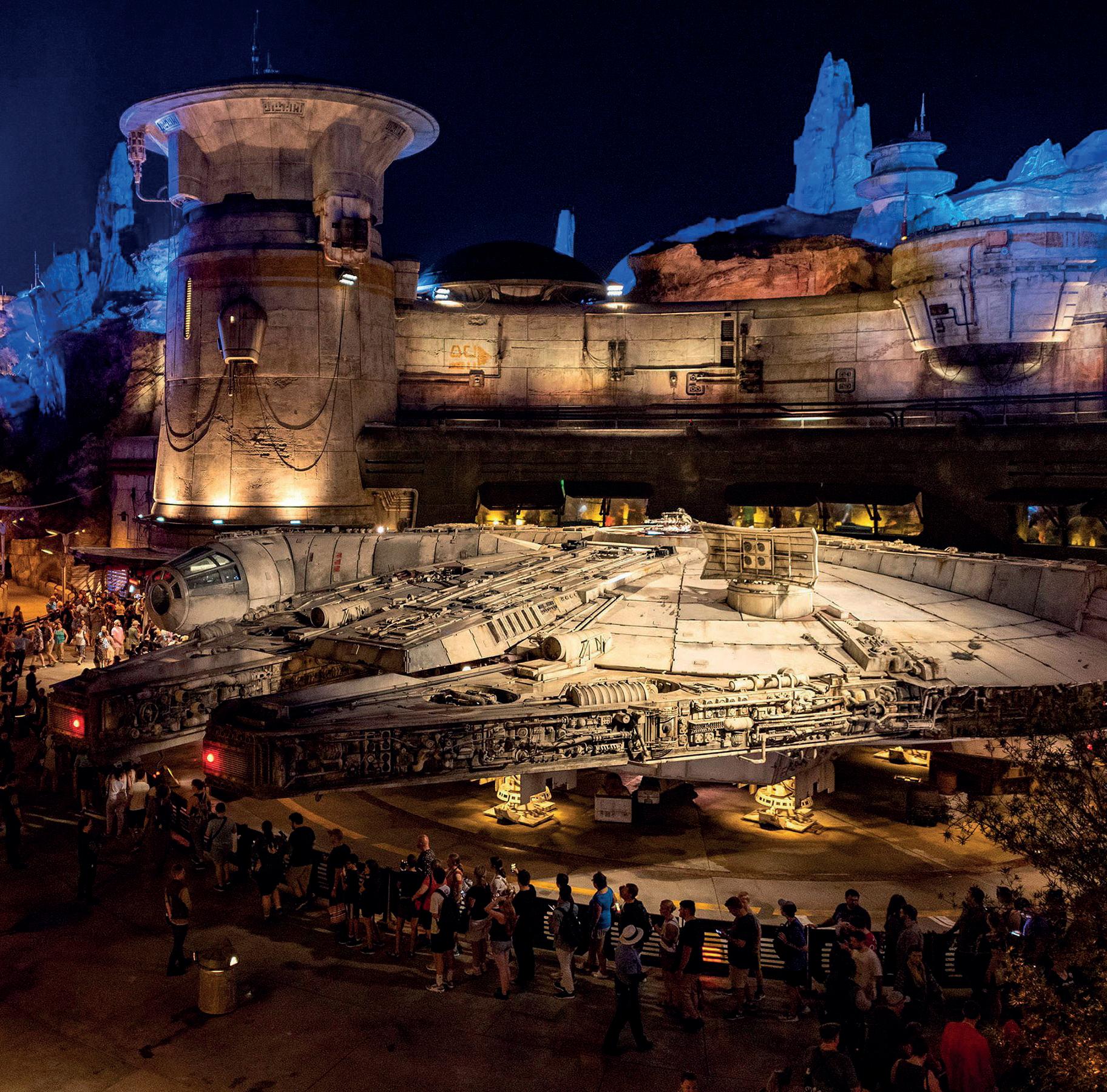
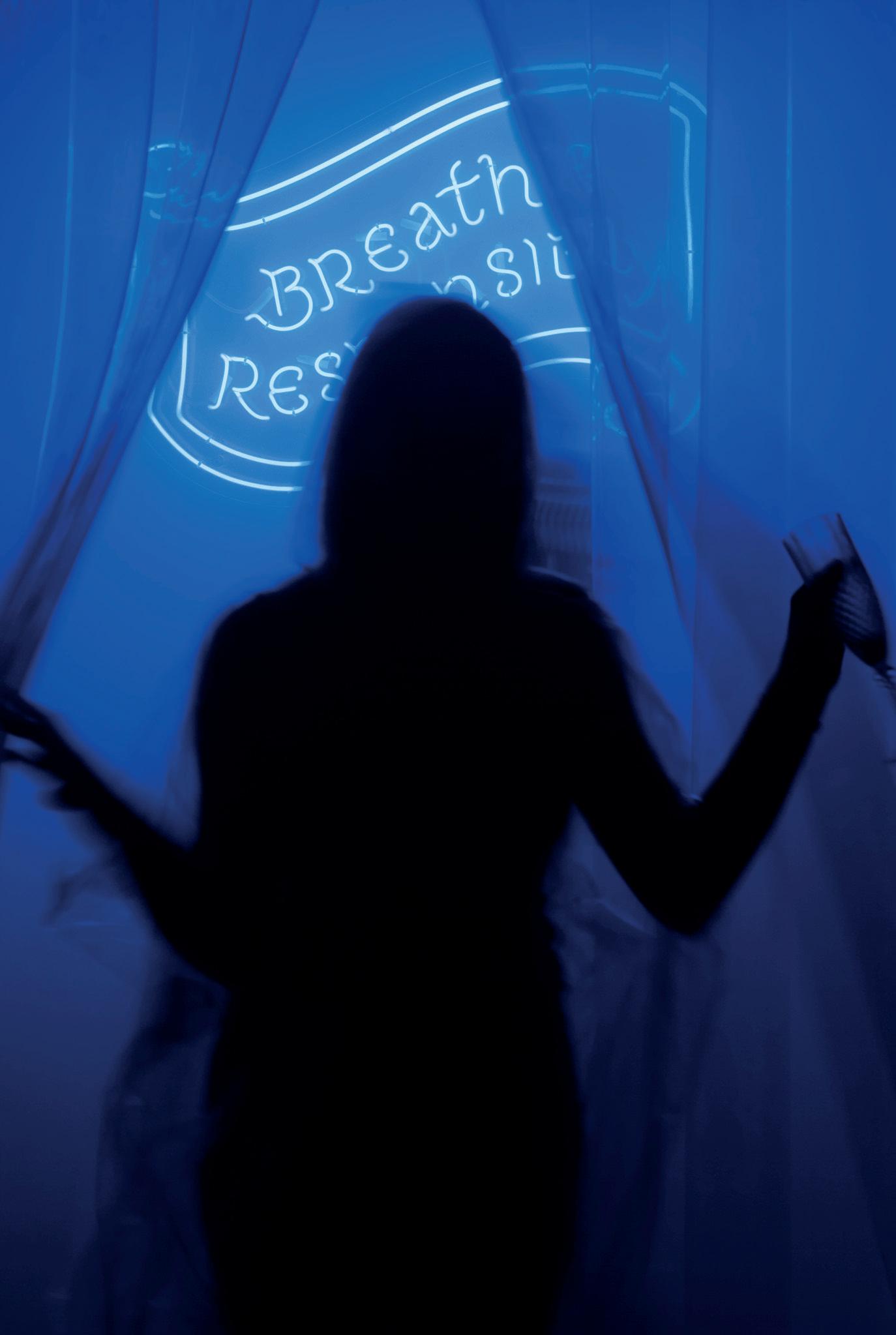
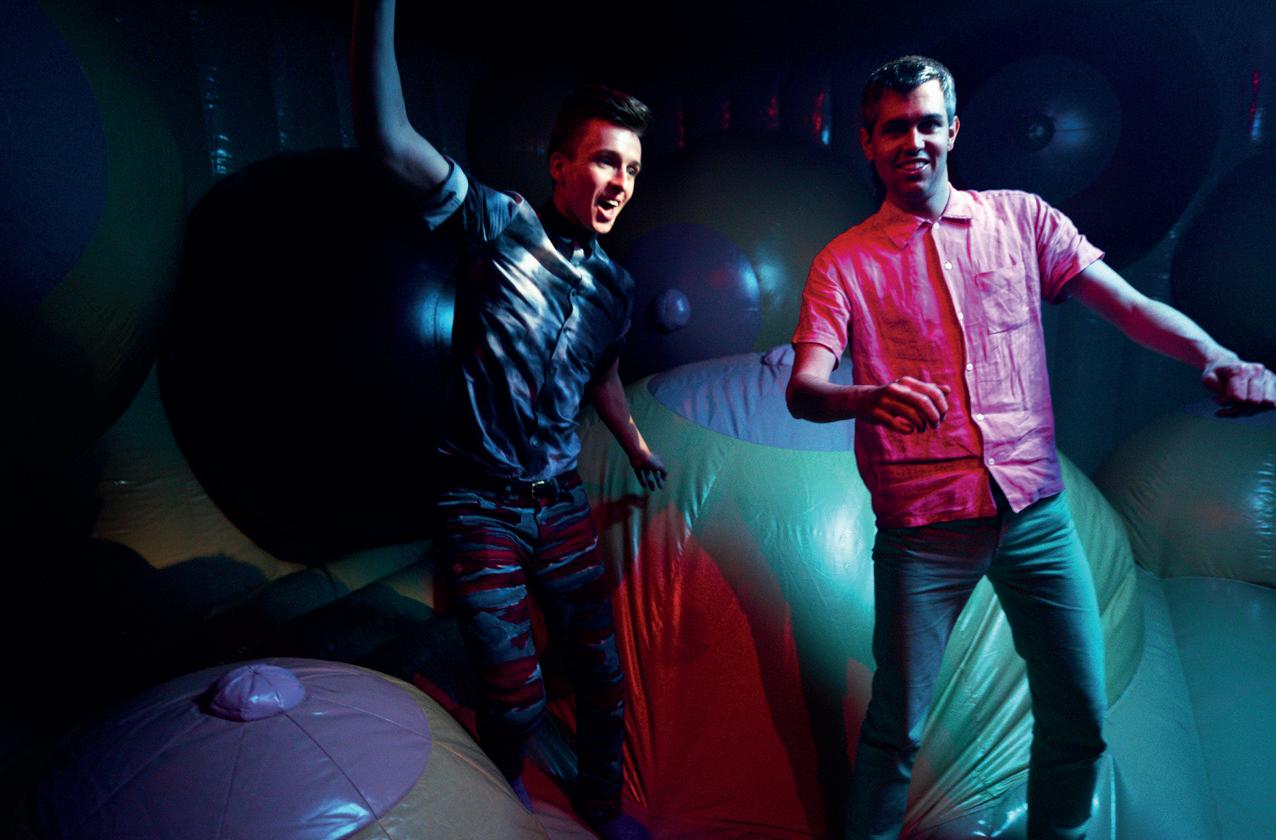

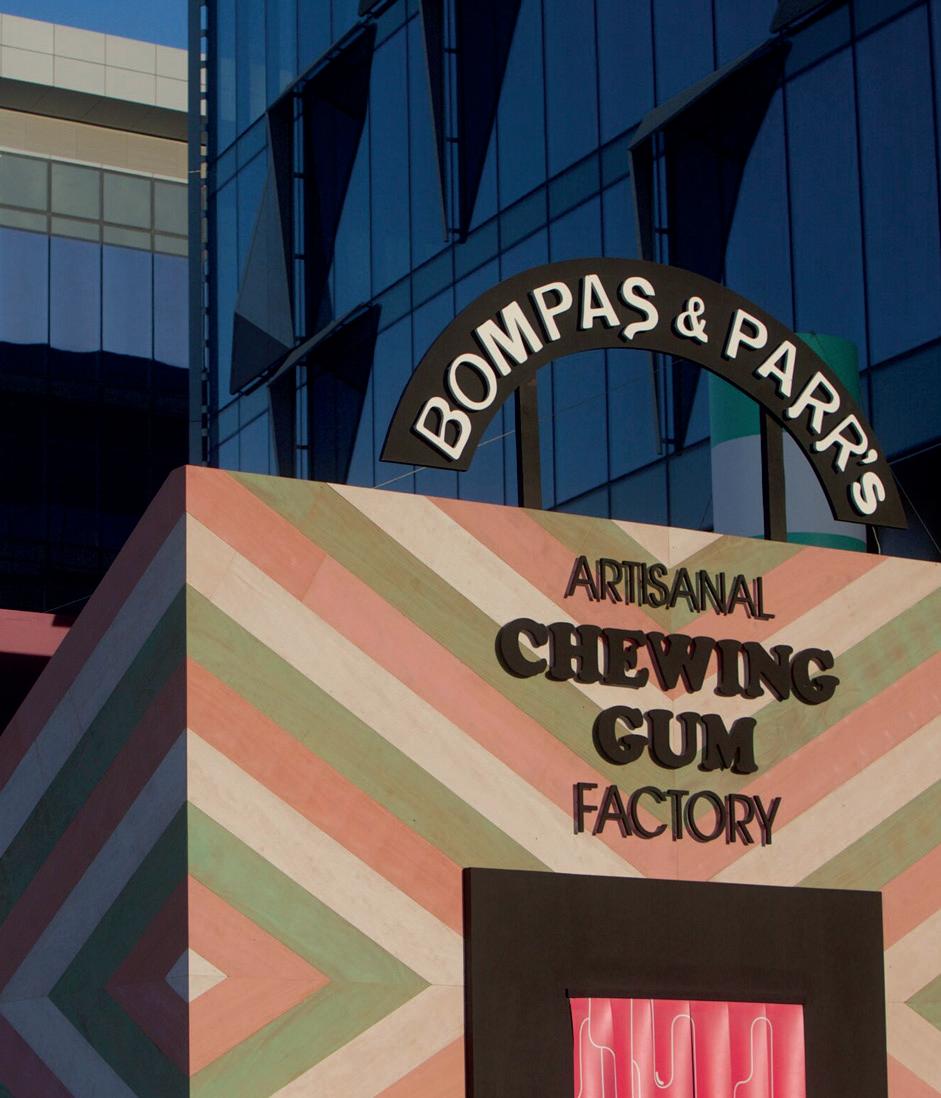
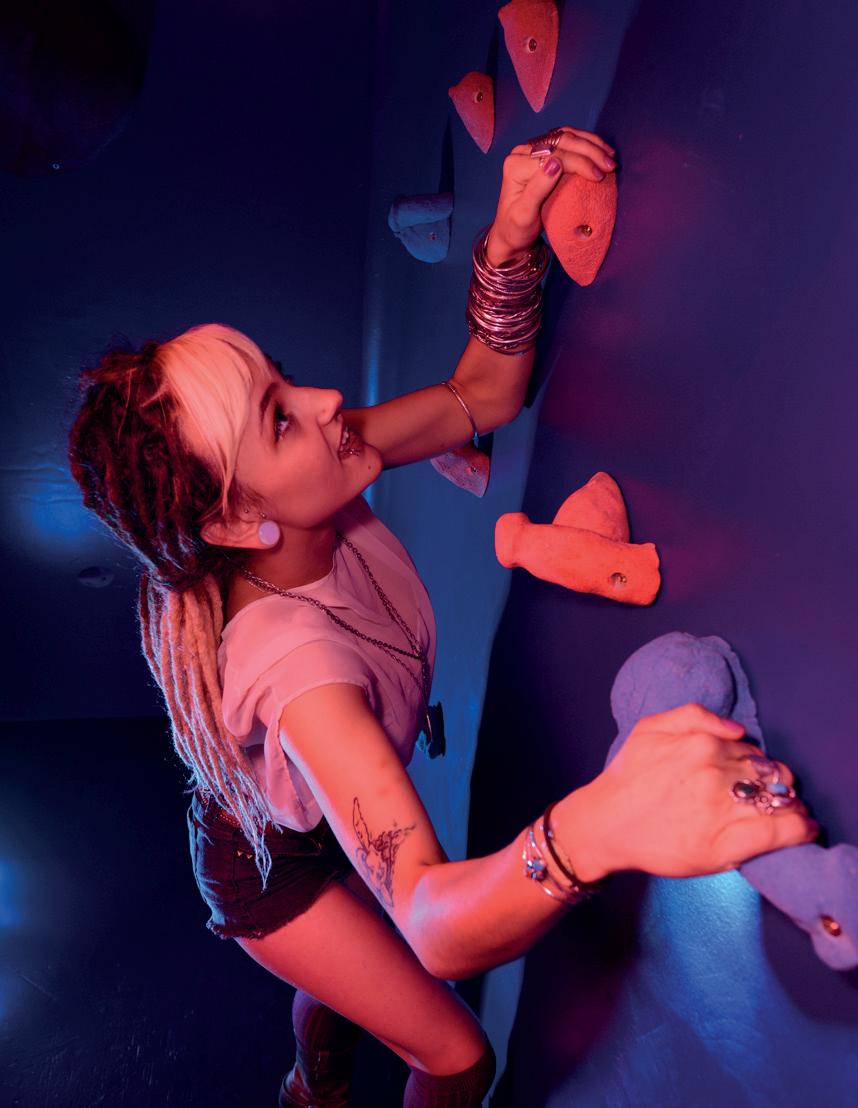
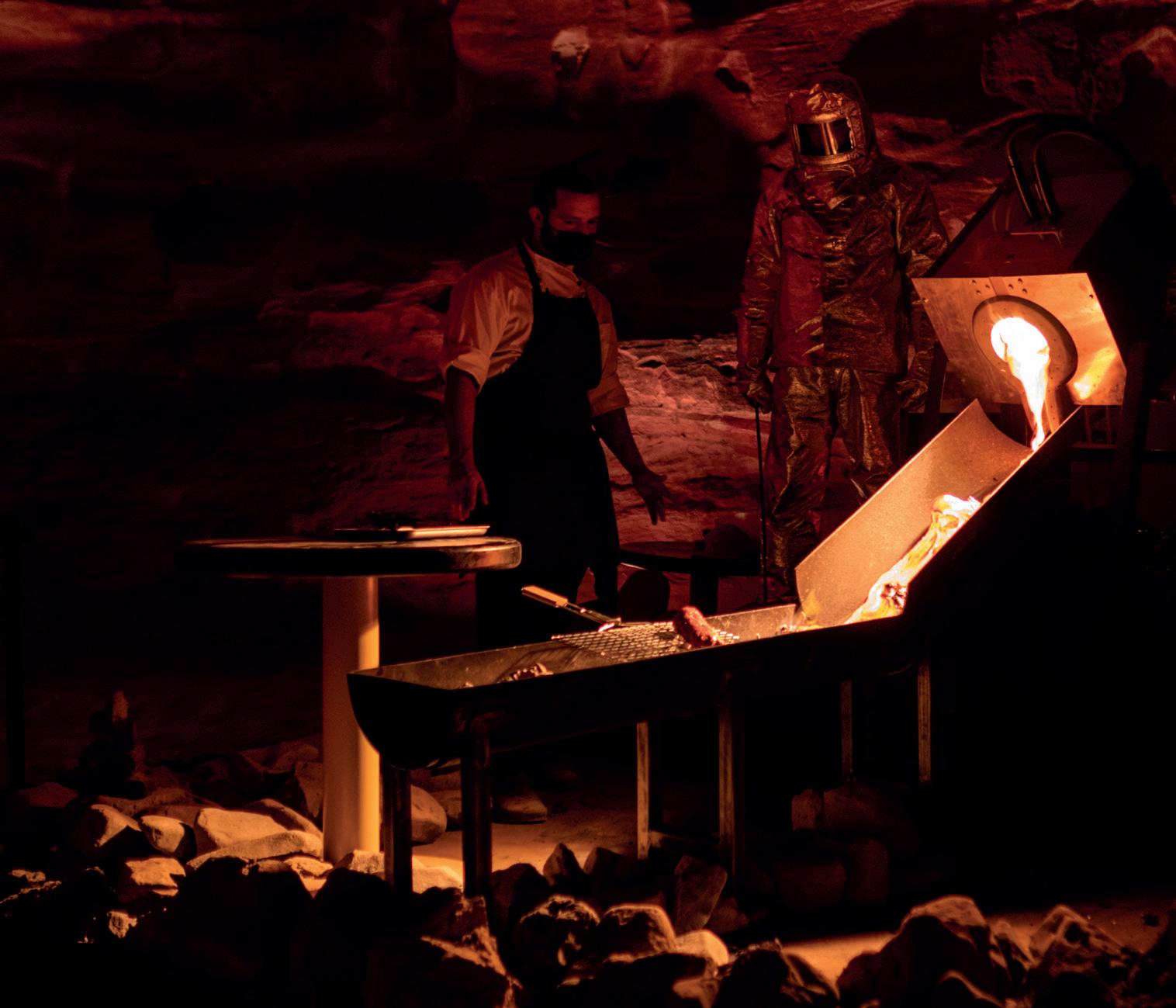
What are you working on now?
I’m working with Sam Bompas and Harry Parr on the Museum of Shakespeare, which is due to open in Shoreditch, London in 2025. It’s early days from a creative point of view, but hopefully there will be a lot of music and sound involved. It will be all original and it’ll be presented in all kinds of different ways and experienced in different formats. It should be a lot of fun.
I also have a new band coming together. It’s very important for me to keep playing live because it reminds me about people’s relationship with music, and enables me to see their reactions and feel what really grabs them.
What trends are you seeing in your work?
I think there are two trends, and they’re at the opposite end of the spectrum. There’s a move towards more and more technically incredible epic stadium gigs. They’re interesting from a sound point of view because the quality of the sound and the number of speakers means that you can feel very close to the stage even if you’re not.
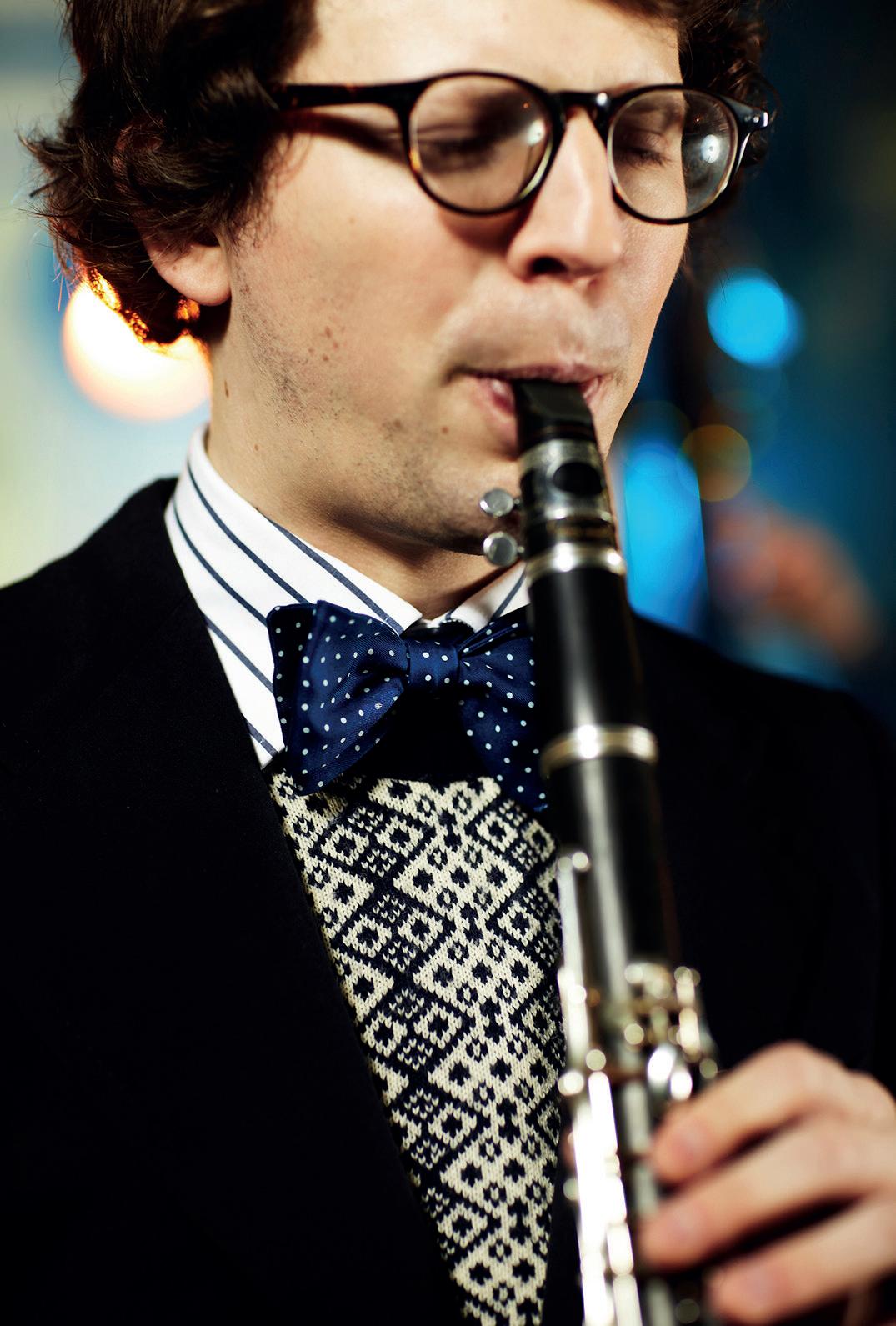
At the other end of the scale, I see a desire to go to very small venues to have intimate, highly personalised experiences. There’s a real strength in providing something that feels unique and special for each person. Whatever you do, you want people to be wowed and think, Thank God I didn’t stay at home.
The Museum of Shakespeare Building work at the Museum of Shakespeare in Shoreditch, east London is now complete.
The new museum will showcase the archaeological remains of Shakespeare’s Curtain Playhouse –believed to be where the playwright’s Romeo & Juliet and Henry V were first performed. Located three metres underground, the Museum of Shakespeare promises to take visitors back to the year 1598 where ‘dynamic experiences and theatrical technology’ will immerse them in the sights, sounds and smells of Shakespeare’s time. They will also be given the chance to take part in animated performances and workshops on the stage where several of Shakespeare’s plays were performed.
Construction work was carried out by Perkins & Will, who have

opened up the site with new pedestrian routes, a landscaped public plaza, an amphitheatre, and a pocket park and play area above a restored Victorian railway viaduct. The exhibits and interior experience will be delivered
by Bompas & Parr, working in collaboration with Cain International, Museum of London Archaeology and Historic England. Composer Dom James is working with Bompas & Parr on the sound and music for the museum. l
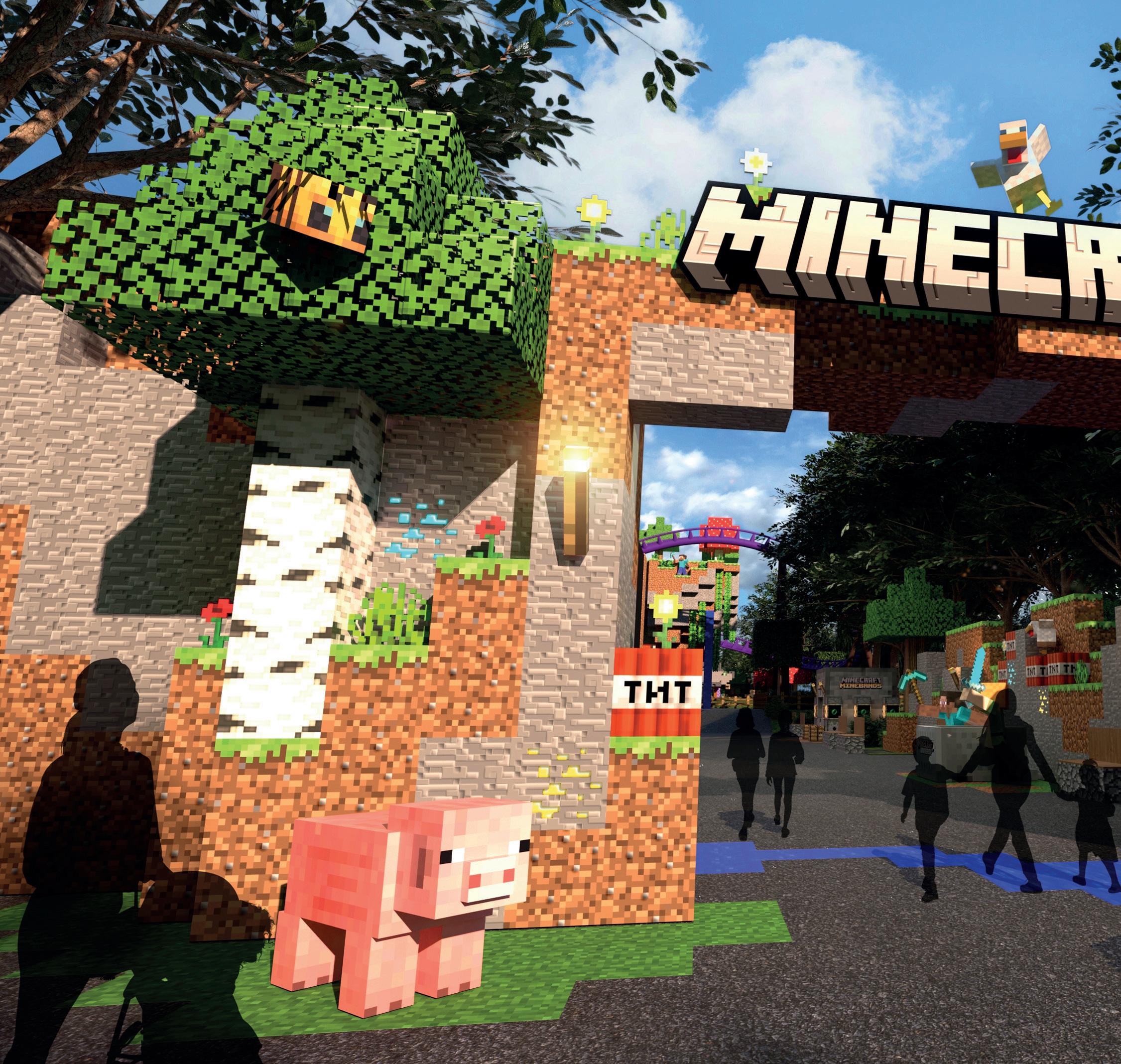
Merlin Entertainments has teamed up with Minecraft in a $110m deal to bring the phenomenally successful video franchise to life. So, what’s the game plan?

Over the past few years, Merlin Entertainments’ strategy has been to work with leading IPs, establishing partnerships to bring them to life in theme parks and attractions.
The entertainment giant has, of course, had a long-standing partnership with Lego, and more recently has announced a partnership with Sony Pictures Entertainment to bring the Jumanji franchise to its attractions. In 2021 Merlin teamed up with Hasbro to create Peppa Pig Theme Parks, and in 2024 an expansion of the deal saw Merlin and Hasbro sign an agreement with the Lego Group in order to bring Legothemed Peppa attractions to Duplo-themed areas at a number of Merlin’s attractions.
Now Merlin has announced a collaboration with Mojang Studios, the creators of Minecraft, to bring the phenomenally successful video game to life in a series of immersive and interactive attractions around the world.
It has the potential to be the biggest partnership since the company teamed up with Lego to buy four Legoland parks in 2005 (Merlin currently operates 10 Legoland Parks, 24 Discovery Centres and one Legoland Waterpark).
The appeal of the partnership for both parties is evident. Minecraft is the biggest selling video game of all time – it has sold more than 300 million copies across all platforms – while Merlin is the second biggest theme park operator in the world (after Disney).
“We’re everywhere digitally, Merlin is everywhere physically,” says Kayleen Walters, vice-president of franchise development for gaming at Microsoft, which acquired the Minecraft maker Mojang for $2.5bn in 2014. “It’s about how we expand Minecraft beyond
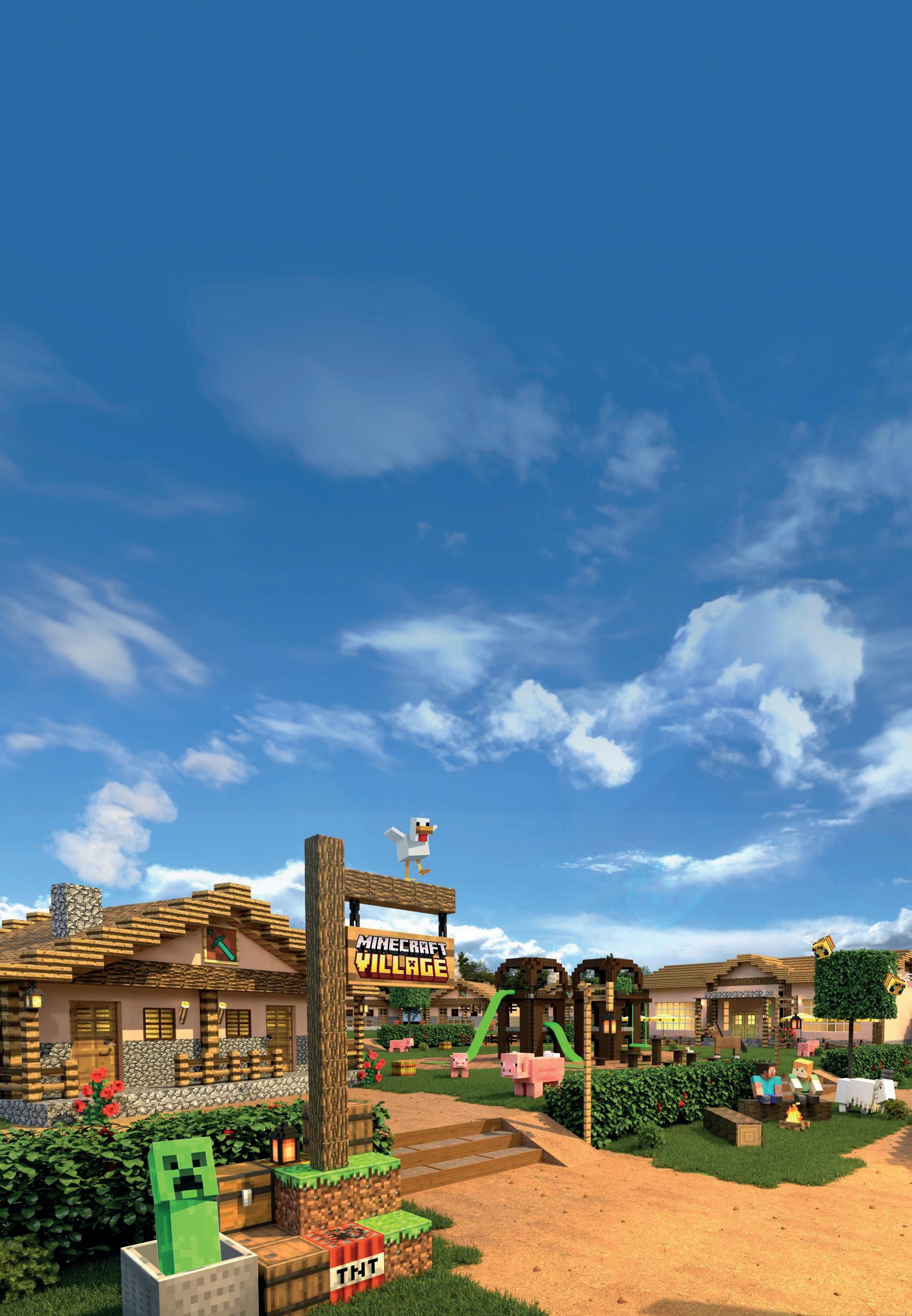
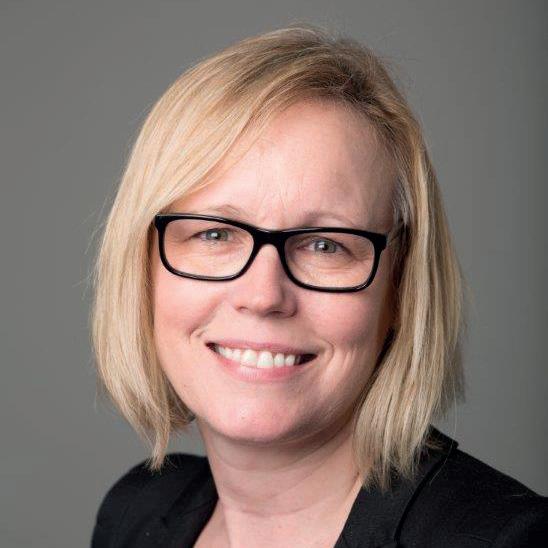
I will be focused on delivering Merlin’s strategy with a particular focus on operational excellence, guest experience and performance
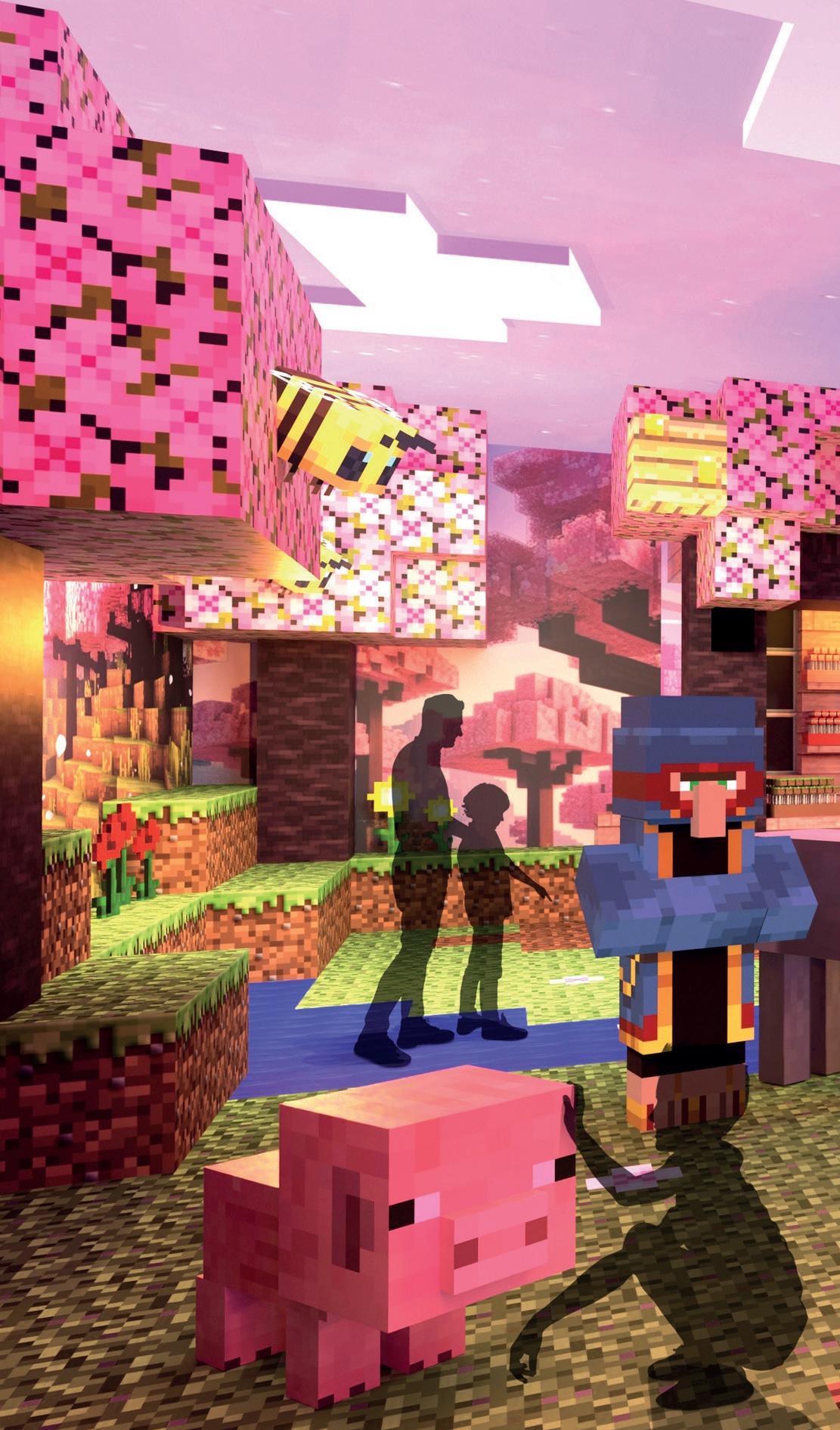
Merlin and Mojang will initially invest around $110m in the new attractions
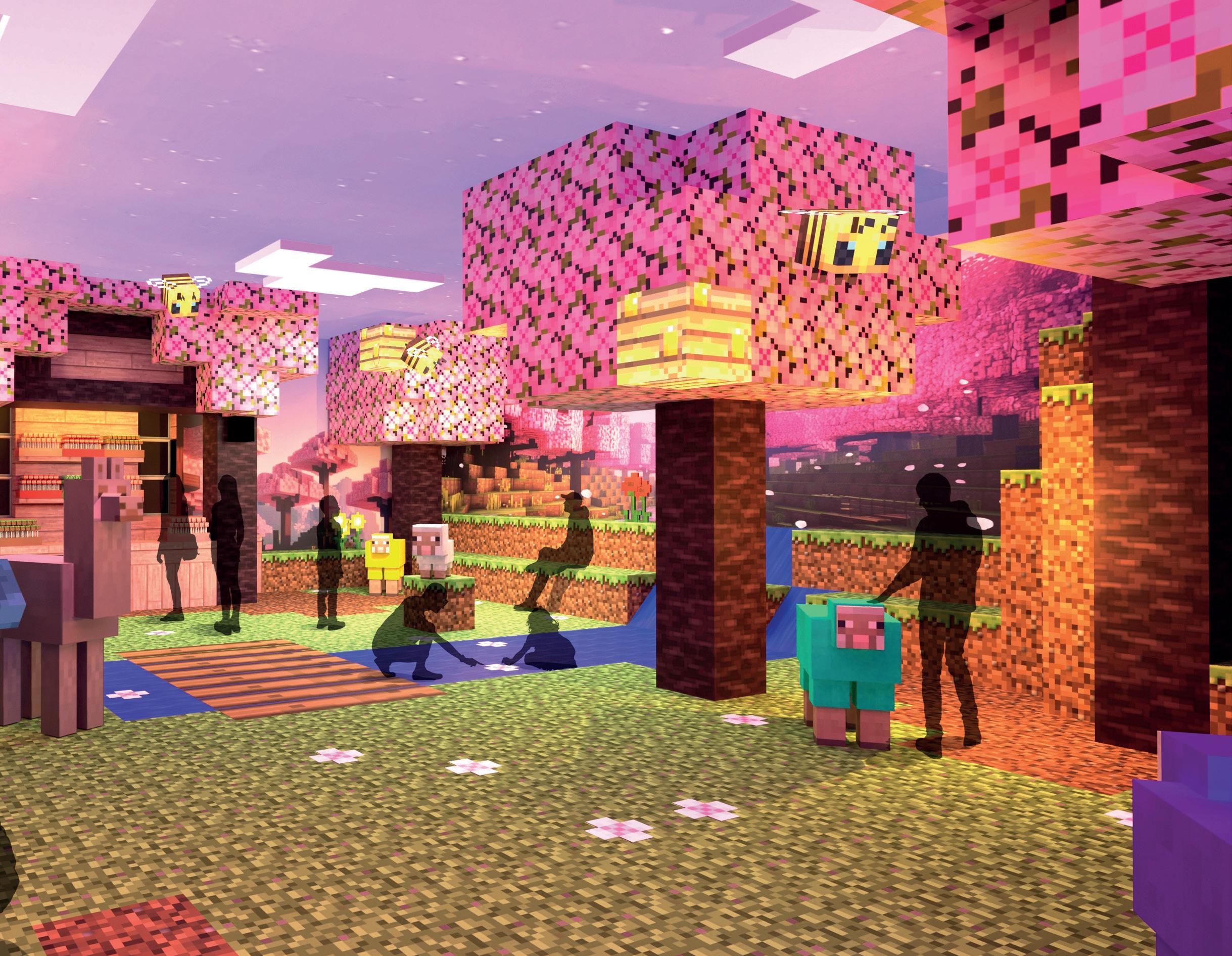
the game. Mojang and Microsoft are experts on Minecraft and the brand, Merlin are the experts on location-based experiences; it is a shared vision.”
Merlin will be investing more than £85 million ($110 million) in the first two attractions, which are set to launch in the US and the UK between 2026 and 2027.
These will feature new concepts for Minecraftthemed guest accommodation, retail, and F&B, alongside a range of experiences – including a Minecraft-themed ride, as well as digitally enabled real-life experiences. Merlin also plans to bridge the gap between the real life and gaming experience by creating touchpoints within the attractions that allow visitors to unlock exclusive in-game content when they return to gaming.
In the longer term, Merlin plans to open further Minecraft-themed experiences in other destinations globally.
“Minecraft is the best-selling video game of all time, and this world-first will see fans experience its thrill and creativity in real life, at theme parks and city-centre attractions in leading tourist destinations,” said Scott O’Neil, then CEO of Merlin, when the announcement was made.
“This is an exciting opportunity for our Merlin Magic Making team, working collaboratively with
The new attractions will feature Minecraft rides, accommodation and F&B
Mojang Studios to bring cross-reality experiences, themed accommodation and other elements to life for the largest gaming community in the world.”
Since the announcement, Scott O’Neil has left Merlin and Fiona Eastwood has been appointed CEO.
“My task, as CEO, is to lead Merlin to new heights,” said Eastwood.
“I look forward to us welcoming guests at new attractions in the US, Europe, and in AsiaPacific, such as our Peppa Pig Dallas Fort-Worth opening in March, and unveiling more details of exciting investments in other key locations globally, such as our new partnership with Mojang Studios to bring Minecraft adventures to life.”
“I will be focused on delivering Merlin’s strategy with a particular focus on operational excellence, guest experience and performance.”
In other news, Merlin is set to launch Legoland Shanghai (the company’s first Legoland park in China) in summer 2025. l

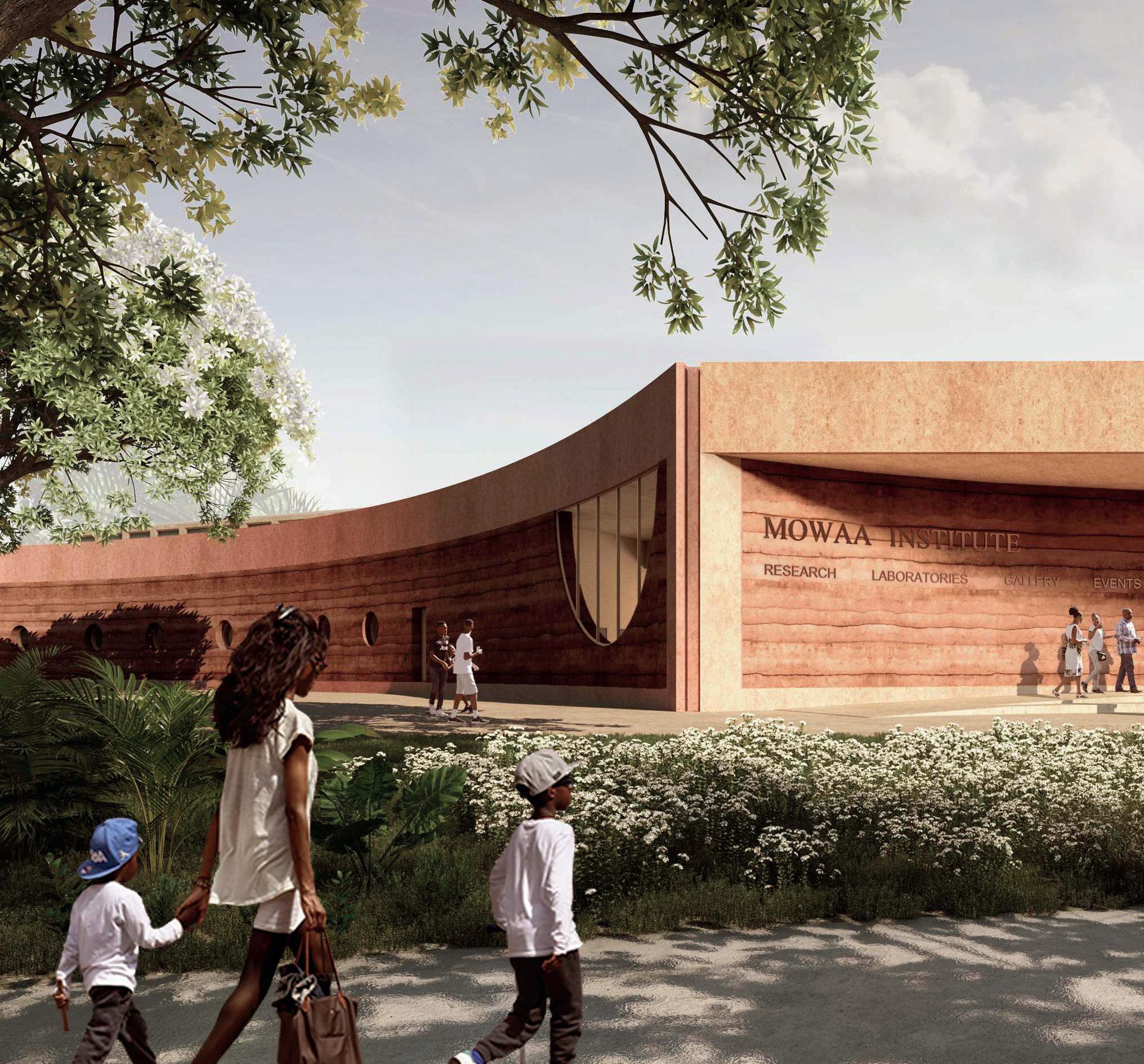
A new kind of museum campus has opened its first building in Benin City, Nigeria, aiming to reclaim African heritage and redefine museum practices across the continent. Magali Robathan finds out more


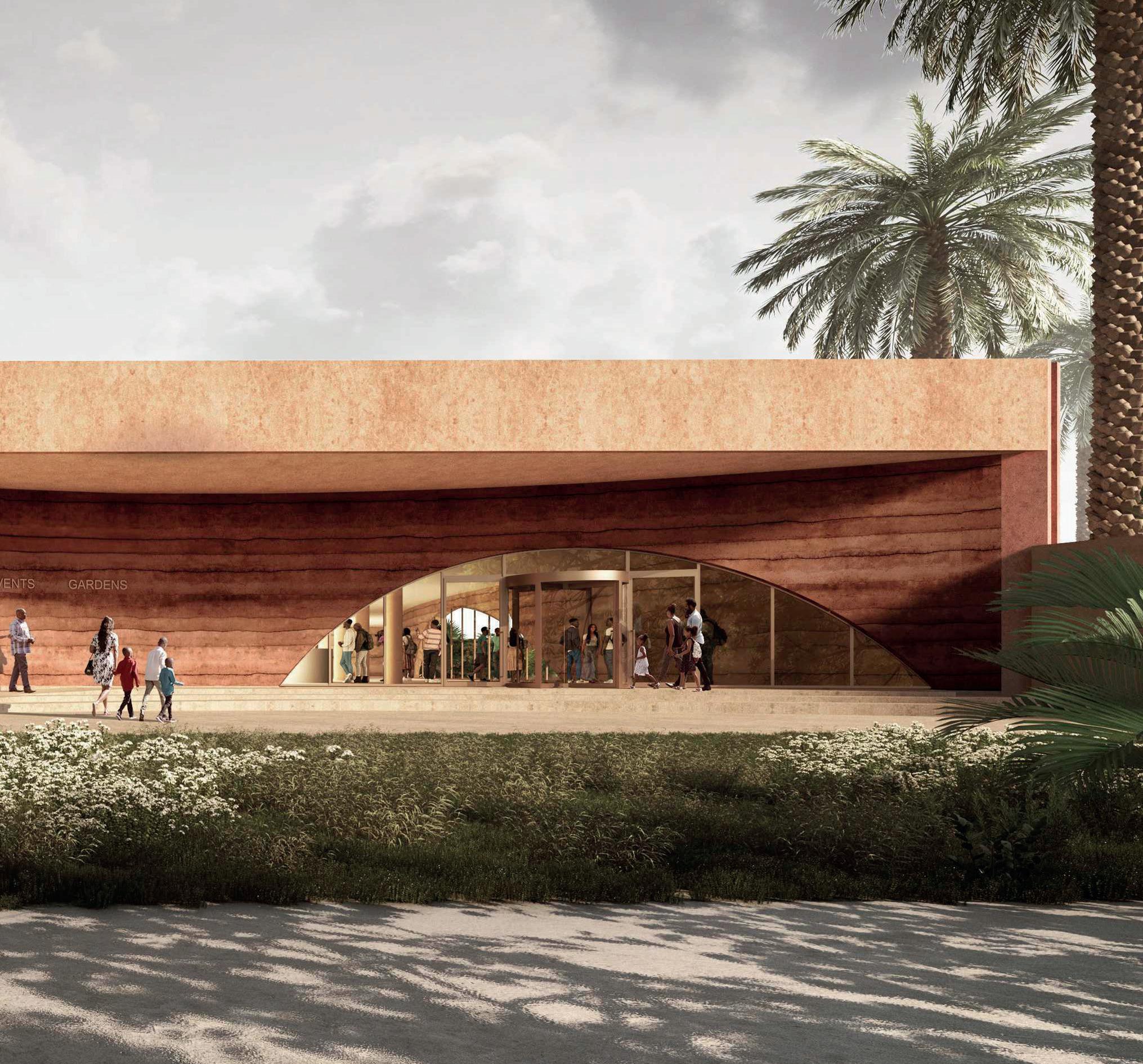
The MOWAA Institute is being constructed using locally sourced rammed earth
Set within the boundaries of the ancient city of Benin, the Museum of West African Art (MOWAA) is made up of a collection of buildings and performance spaces set across a 15 acre campus.
MOWAA’s first building is a major archaeological facility – the MOWAA Institute – which had a ‘hard hat opening’ in November 2024. When complete, the MOWAA campus will also include the Rainforest Gallery – a purpose-built exhibition space for contemporary art; an Artisans Hall showcasing traditional cultures and products by local craftspeople; an accommodation facility for visiting academics, artists and visitors; and a material science lab, as well as artists’ studios and research and educational facilities. Outdoor spaces will include sculpture parks, memorials and gardens.
The idea for MOWAA was born from a need to address a lack of infrastructure that was hampering efforts to repatriate looted and stolen artefacts, including the famed Benin Bronzes. The facility will feature state-ofthe-art storage facilities designed with the tropical Nigerian climate in mind, putting paid to arguments that Africa has no space and capacity to look after its heritage.
For now, MOWAA has removed itself from the ongoing debate about the ownership of any returned Benin Bronzes, with MOWAA’s director Phillip Ihenacho saying that: “[we] don’t want to get further entangled in any sort of dispute around to whom these objects should be returned… [but MOWAA is] available as and when we are needed.”

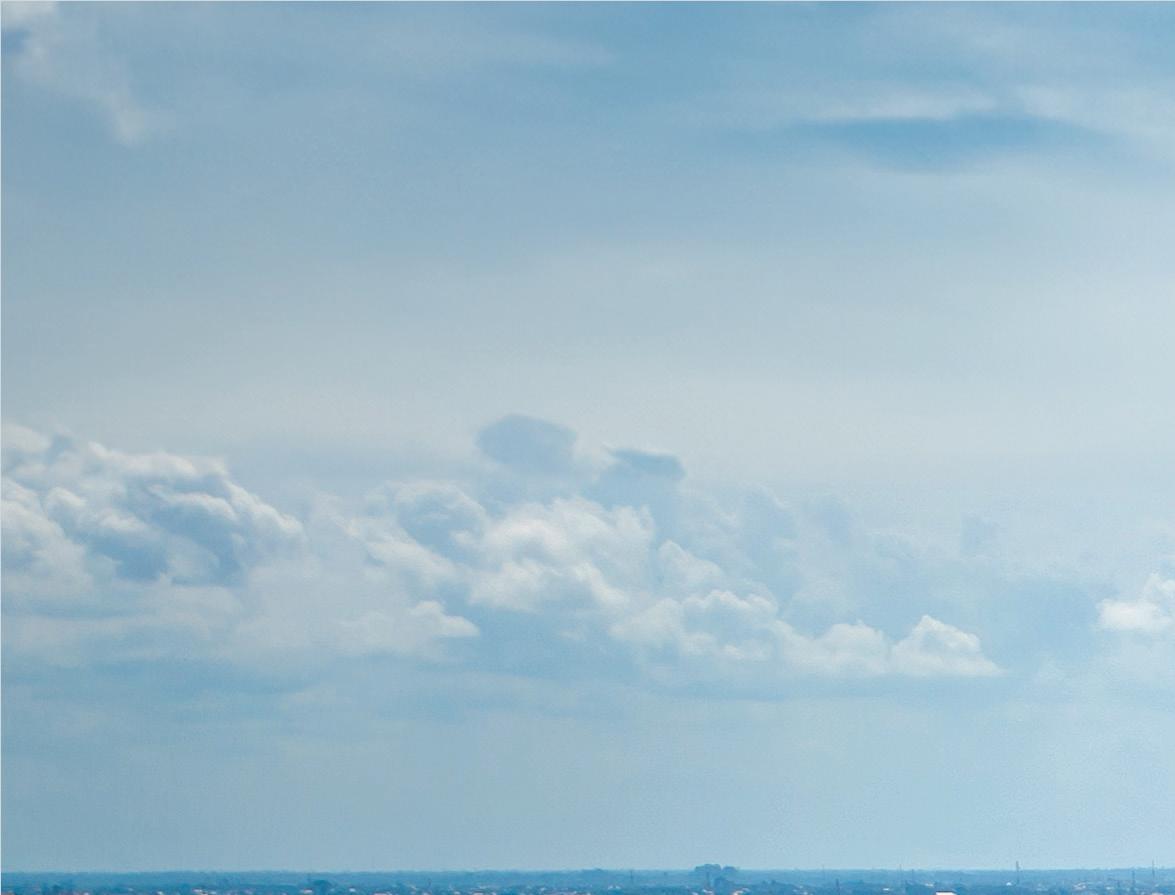
In any case, the remit of the museum has moved beyond just showcasing historic artefacts – the ambition is that it will help redefine museum practices across Africa and become a leader and collaborator in the fields of archaeology, collections management and conservation. The facility will offer training programmes using cutting edge techniques to help develop a new generation of African scholars, artists and researchers.
“We are not just a traditional museum, at all… We have shifted away from that experience that was a legacy of colonialism to something that is more relevant to Nigerians and Africans,” said Ihenacho at a press conference in November.

The independent not for profit museum has so far raised around $20m in funding from a range of sources including the state of Edo, the German and Nigerian governments, the Mellon Foundation and the British Museum.
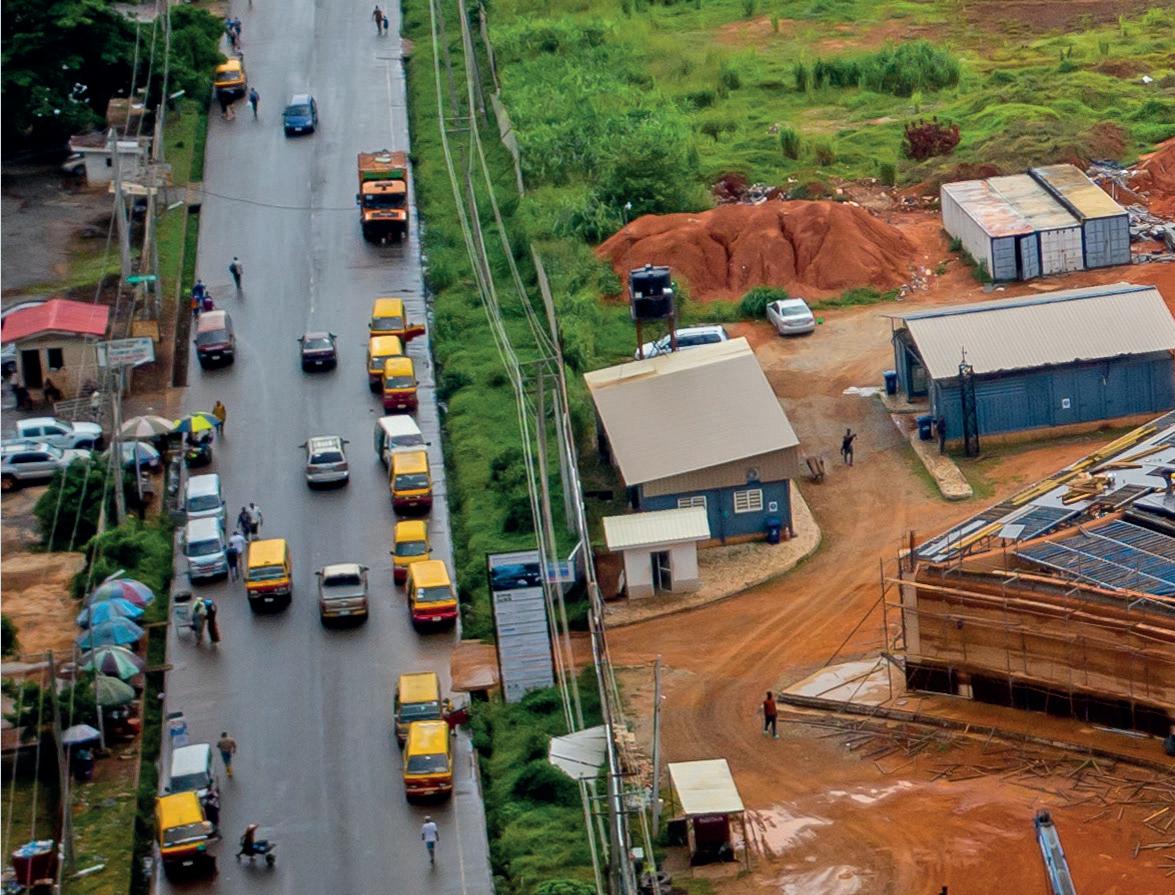
The plan is to raise money as they go along – the whole campus is expected to cost around $100m, including construction and an endowment fund to cover operational costs.
The one storey, 4,000sq m MOWAA Institute is still under construction, but launched a hard hat preview of the building in November 2024. The aim of the two-day event – which was called Museum in the Making: Rediscovering a West African identity, philosophy and practice – was not just to introduce the public to the rammed-earth building, but also to invite them to become part of the conversation about what MOWAA could become.
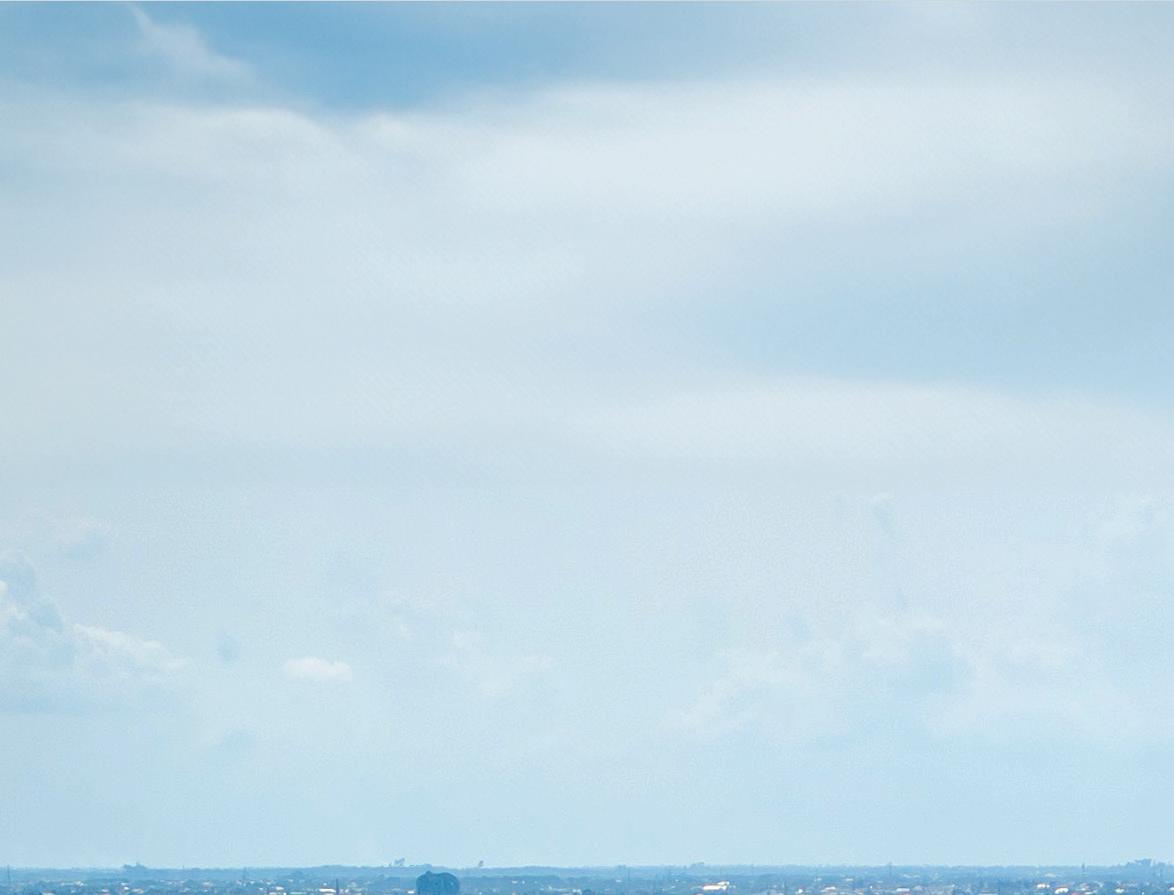
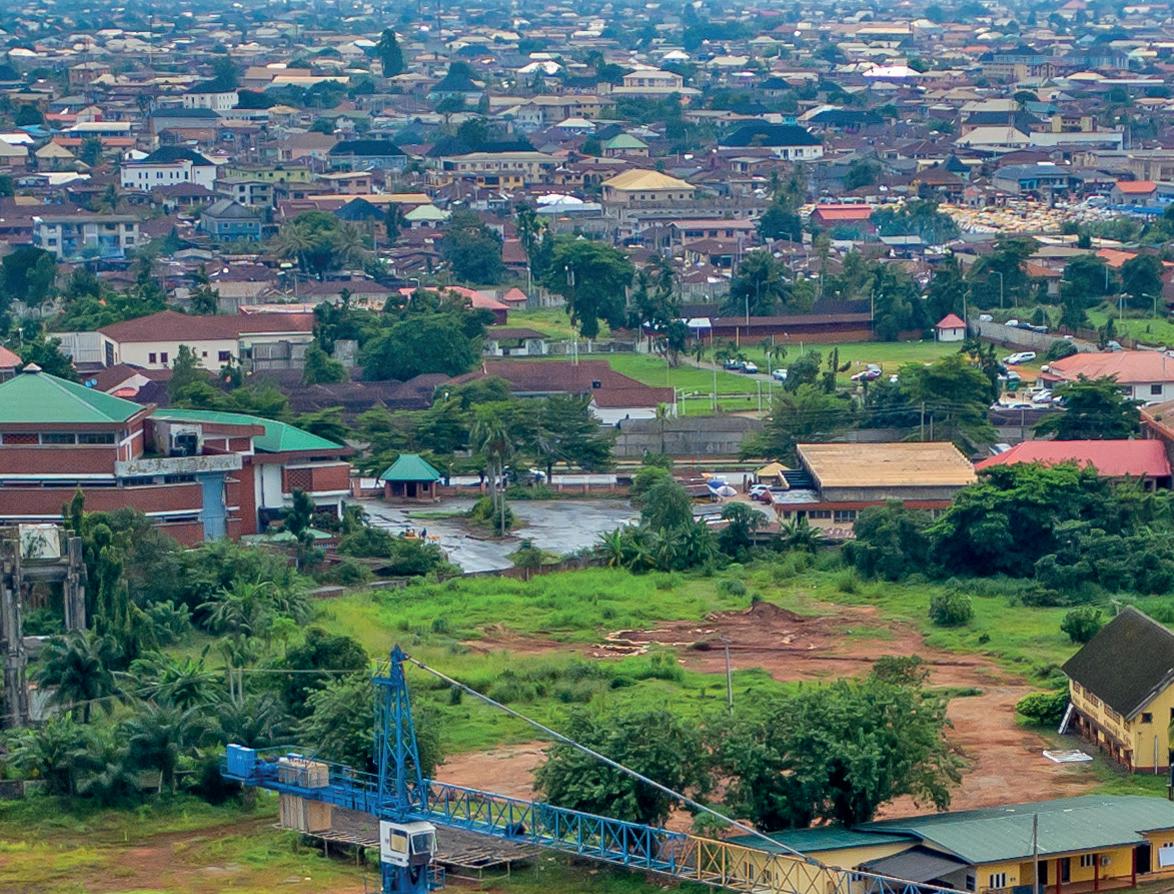
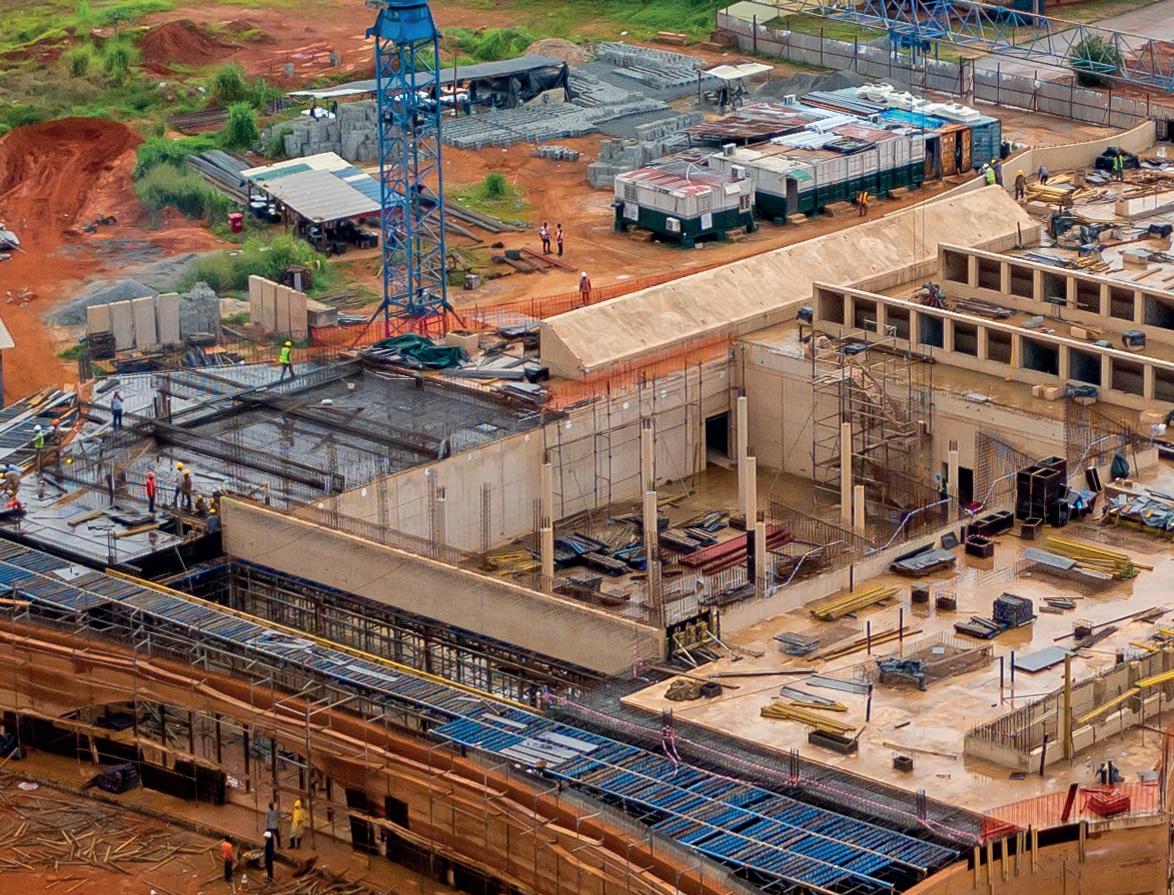
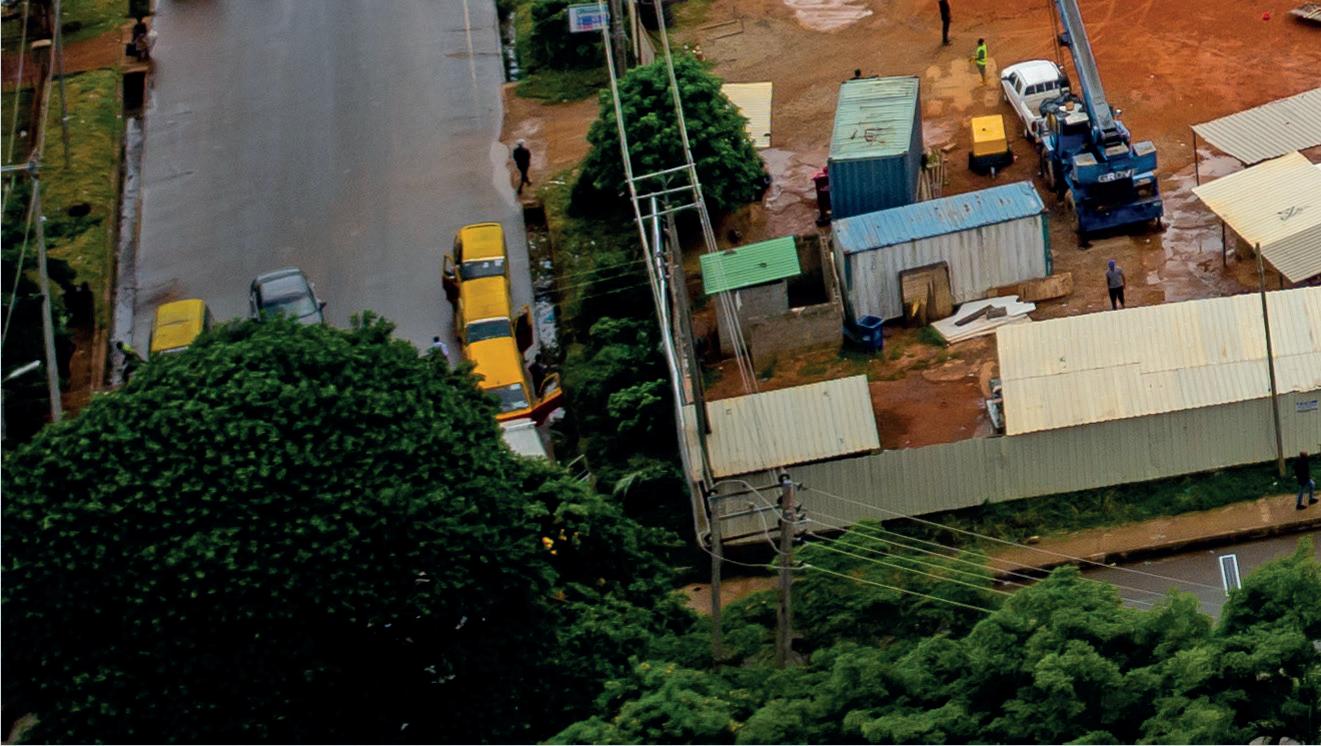
When complete, the MOWAA Museum campus will feature multiple venues

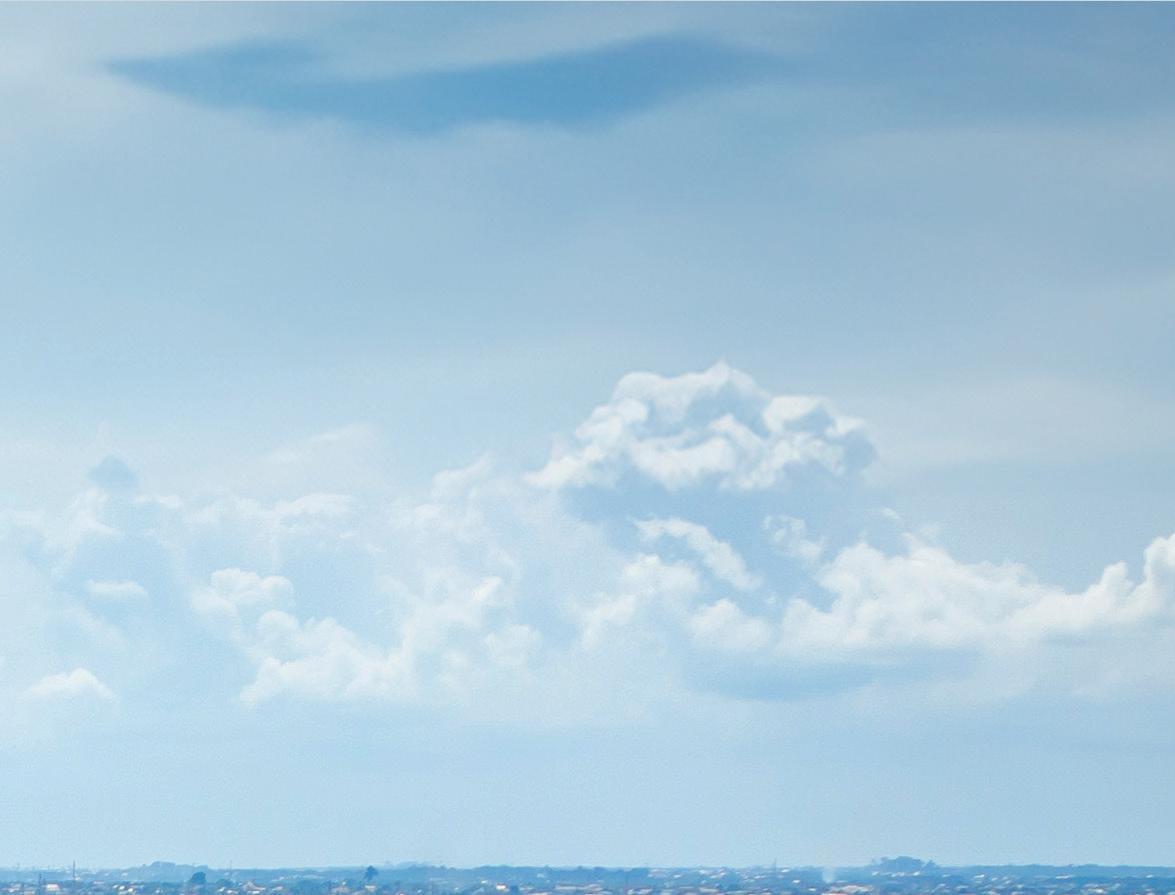
We hope our visitors become allies in this transformative agenda

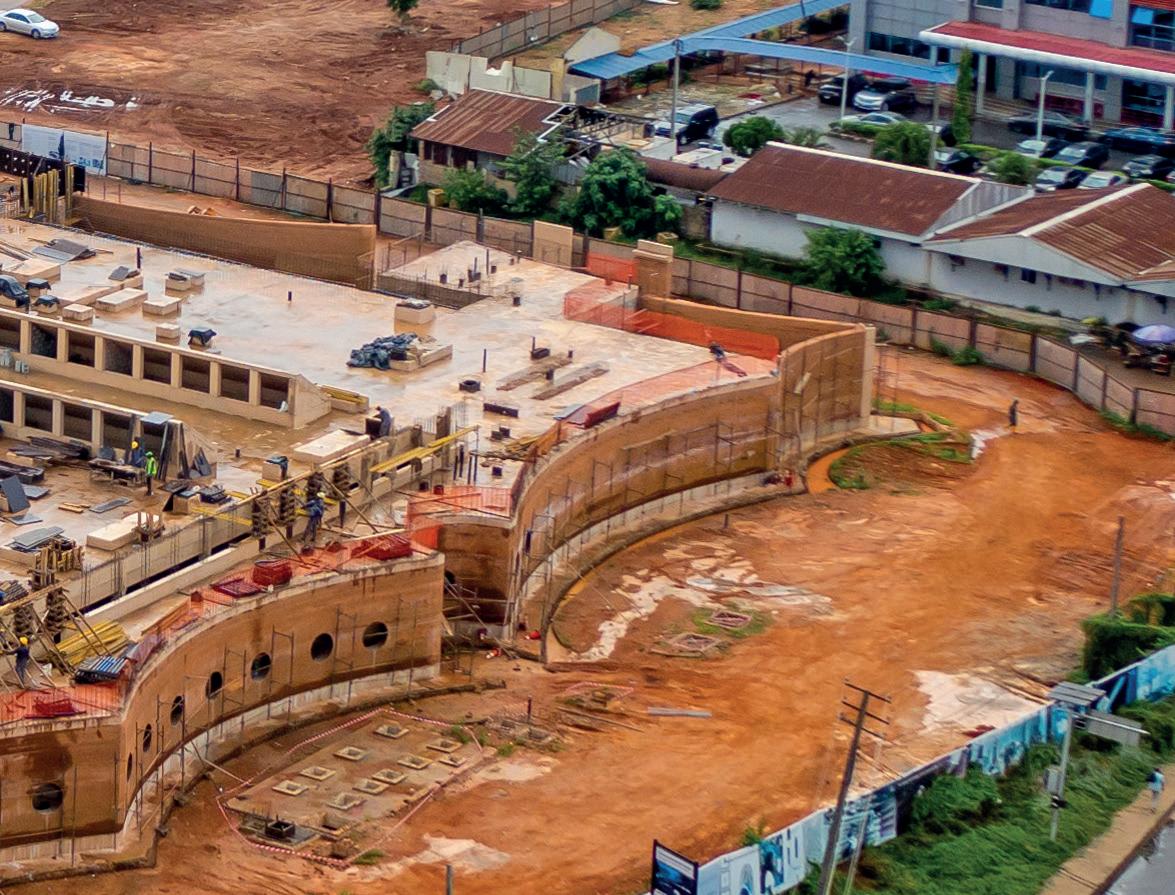
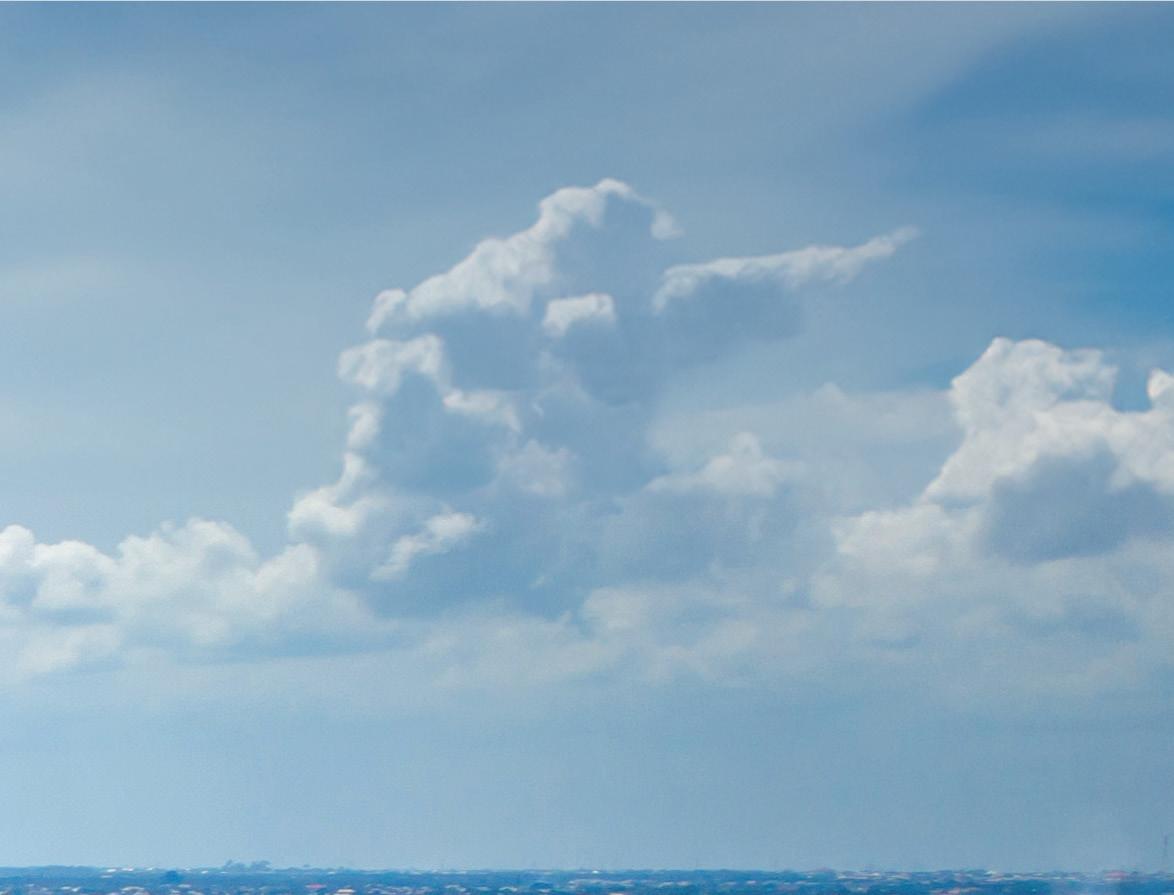

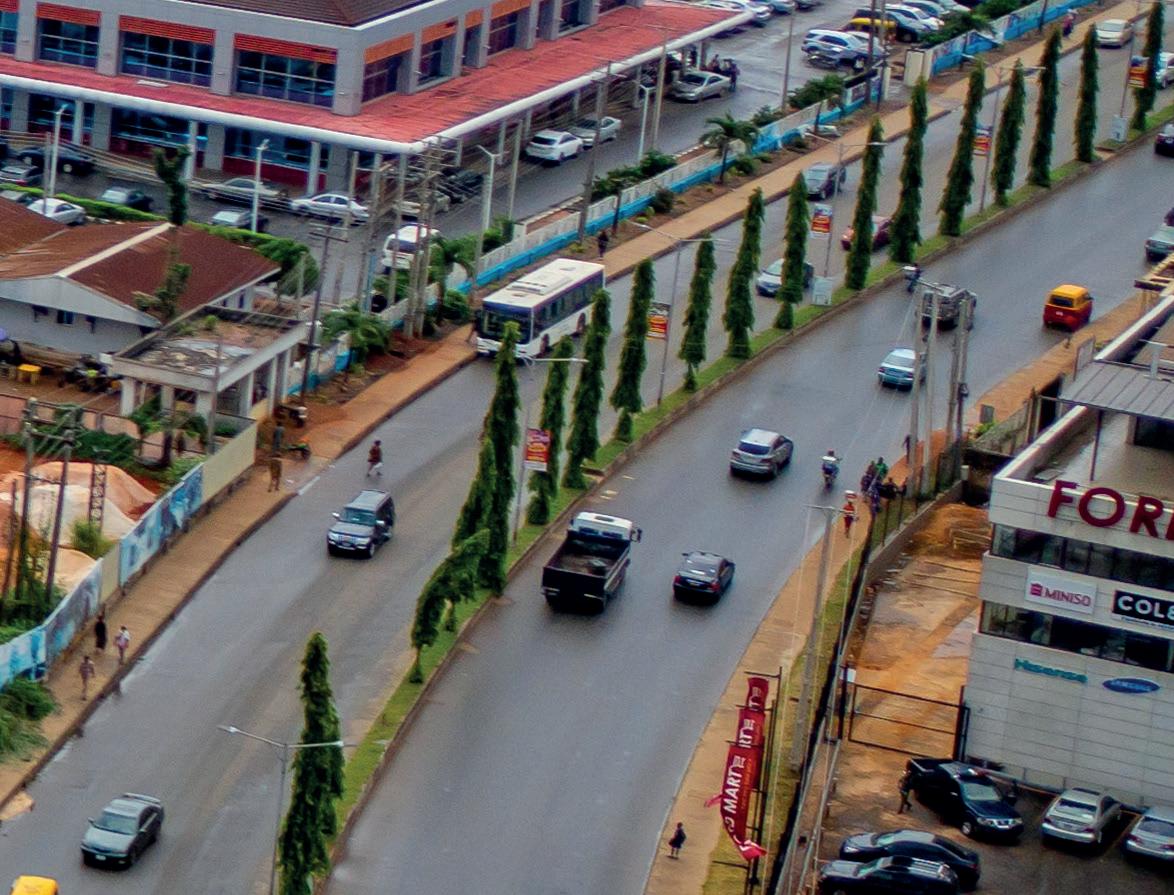
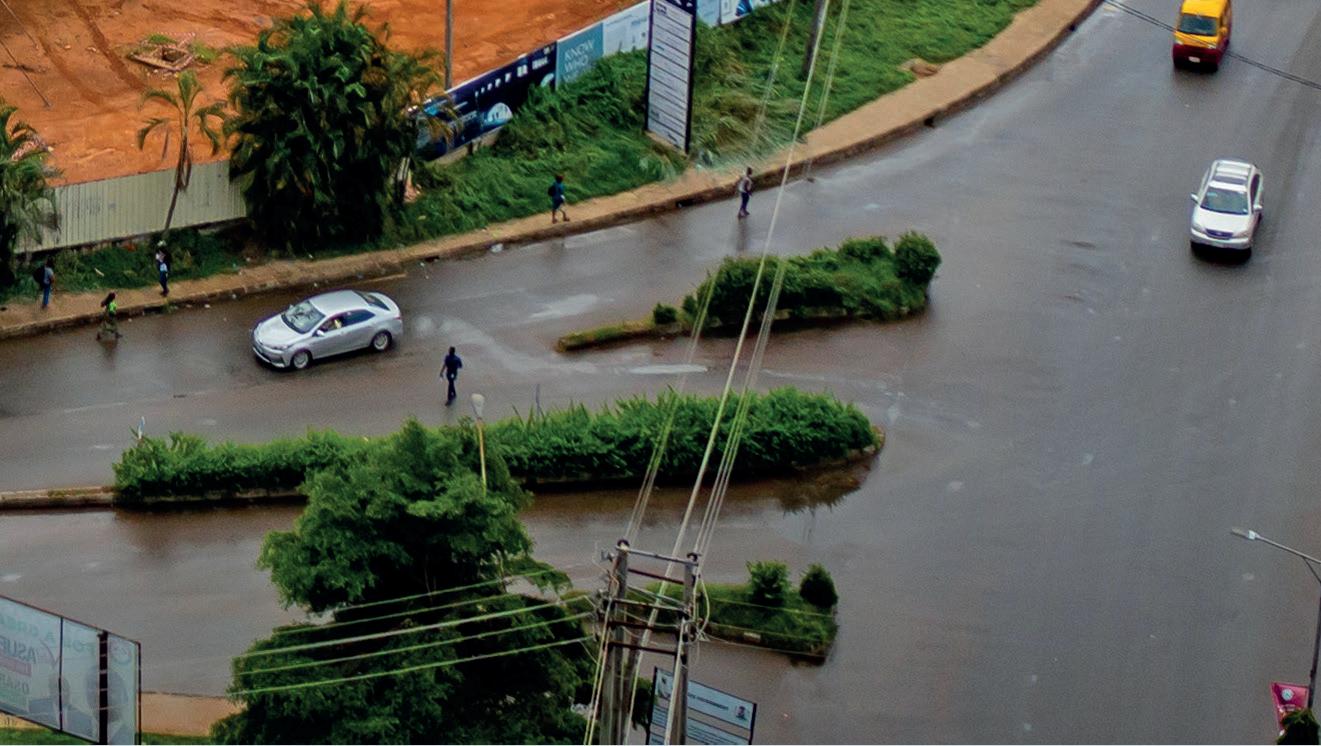
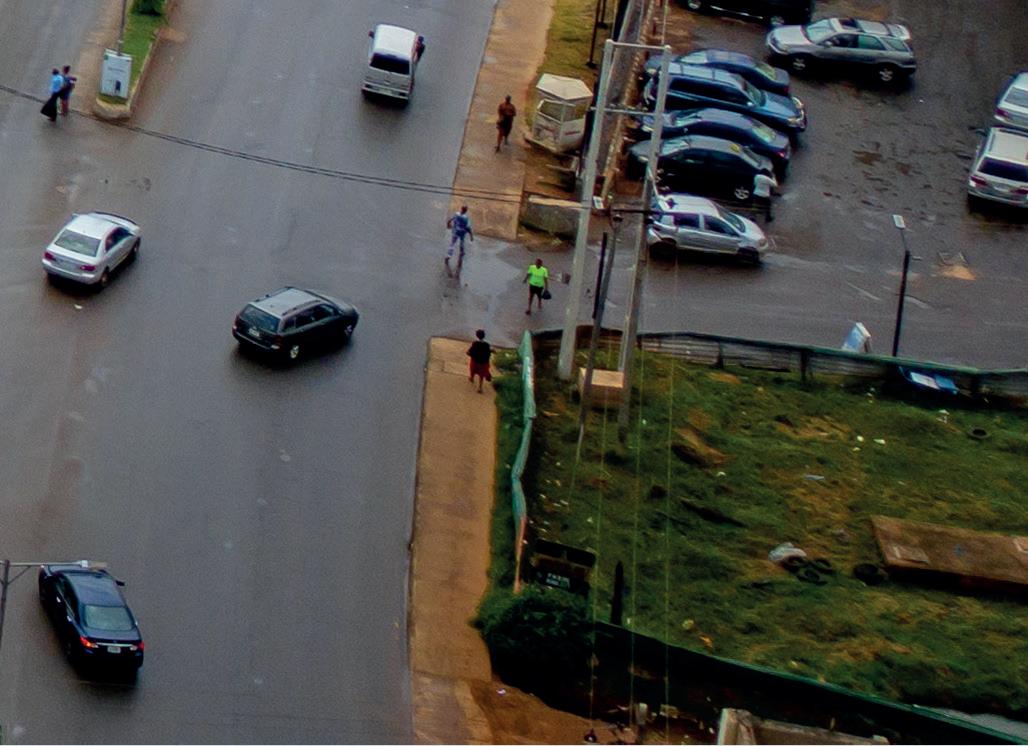

“This inauguration presents an opportune moment to engage others in candid, reflective discussions on what it means to be a ‘West African’ museum and how museum practices on the continent must evolve to address the realities and diverse audiences of the 21st century, moving beyond simply replicating global north models,” said MOWAA Institute’s director Ore Disu at the launch.
“It’s a conscious push for us to not have a finished product, but to leave room for other ideas to take root, to substantively inform our programmes and way of working,” added Disu.
“We hope our visitors become allies in this transformative agenda and leave with a sense of the deep symbolic and historic importance of Benin City for Black and African civilizations.”
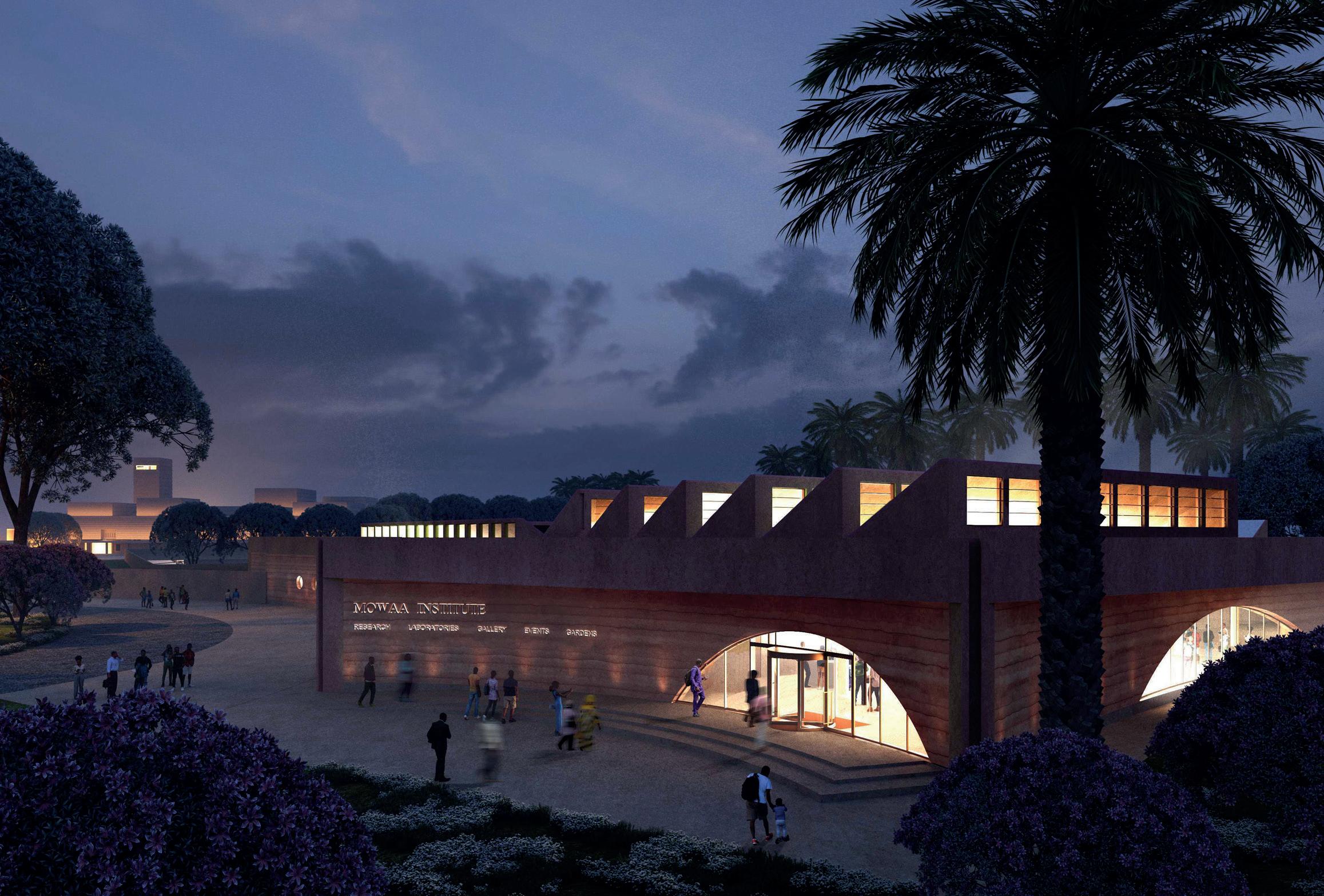
The 4,000sq m Institute has been designed by Adjaye Associates and features an exhibition gallery with views into the collection study area, a 180-seater auditorium, conference rooms, conservation laboratories, and a library.
The Rainforest Gallery
MOWAA’s Rainforest Gallery will feature 1,400sqm of exhibition space.
Serving as a curated retail space for local artisans to thrive economically, the Artisans Hall will showcase living and traditional cultures.
MOWAA programmes will connect with a global audience of Nigerians and other Diaspora and African communities through dialogue and education.
The MOWAA Institute will focus on archaelogical research and conservation

The Art Guesthouse will offer shortterm accommodation, serving as a creative base for visiting academics, artists, and outside visitors.
In the form of sculpture parks, memorials, and gardens, MOWAA will ‘reclaim nature’ to expand shared spaces for visitors and local communities.

The decision to begin the MOWAA Museum project with the opening of the MOWAA Institute was a very conscious one,” says Phillip Ihenacho, executive director and chairman of MOWAA.
“It was a deliberate, strategic decision to begin with a strong foundation for artists and heritage managers and to instil a sense of collective responsibility to work together to preserve and celebrate heritage,” he adds.
“The Institute is the intellectual powerhouse of all of our campus programmes.”
As well as workshops, talks and tours of the building, the launch also involved a live archaeological dig, partly to showcase the work that’s been carried out over the past few years on the site.
The MOWAA Archaeology Project launched in December 2021 in collaboration with the British Museum, the German Archaeological Institute and the Nigerian National Commission for Museums and Monuments to carry out extensive archaeological research on the museum site.
It represents the most extensive archaeological research undertaken in Benin City since the 1960s, and is set to improve understanding of the Kingdom of Benin’s history and culture,
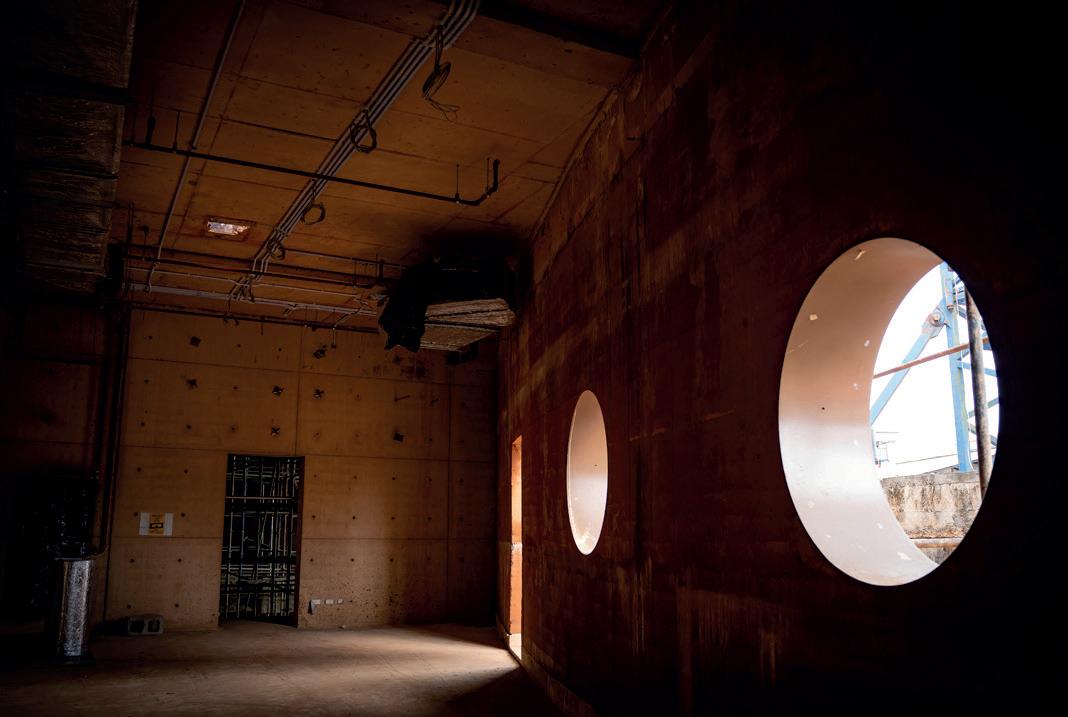
as well as supporting the development of a new team of young Nigerian architects.
The finds from this excavation will be exhibited as part of the Institute’s inaugural exhibition, which launches in May 2025.
A big focus of the new Institute is on conservation, with the directors already in talks with other museums in Nigeria and elsewhere in West Africa about their conservation needs.
The aim is for MOWAA to examine existing conservation methodologies – many of which have been defined by what is needed in more temperate climates – and develop new ones.
For now, the museum is evolving, and it will be very interesting to see where the project goes. l

Universal’s Epic Universe is about to open, doubling the size of Universal Orlando Resort. We check out what it will offer

It’s just a matter of months until the opening of Universal’s fourth theme park, described by the company as “the most ambitious theme park Universal Destinations and Experiences has ever created.”
Opening on 22 May 2025, Universal Epic Universe is set on an additional 750 acres of land a short bus ride from the main site, which is home to Universal Studios Florida, Islands of Adventure and Volcano Bay. Epic Universe will feature a theme park with more than 50 rides, three hotels, shops and a range of F&B options.
“Our new park represents the single largest investment Comcast NBCUniversal has made in its theme park business and in Florida overall,” says Brian Roberts, chairman and CEO of Comcast Corporation. “It reflects the tremendous excitement we have for the future of our theme park business and for our entire company’s future in Florida.”
The opening of Universal Epic Universe will double the size of the park making its Orlando attraction the largest Universal park in the USA and second globally behind the upcoming Universal Studios in Beijing.
Epic Universe will feature five themed lands: Celestial Park; The Wizarding World of Harry Potter – Ministry of Magic; Super Nintendo World; How to Train Your Dragon – Isle of Berk; and Dark Universe. Anchoring the park is Universal Helios Grand Hotel, a Loews Hotel – a 500-room hotel with its own dedicated entrance into Epic Universe for hotel guests.
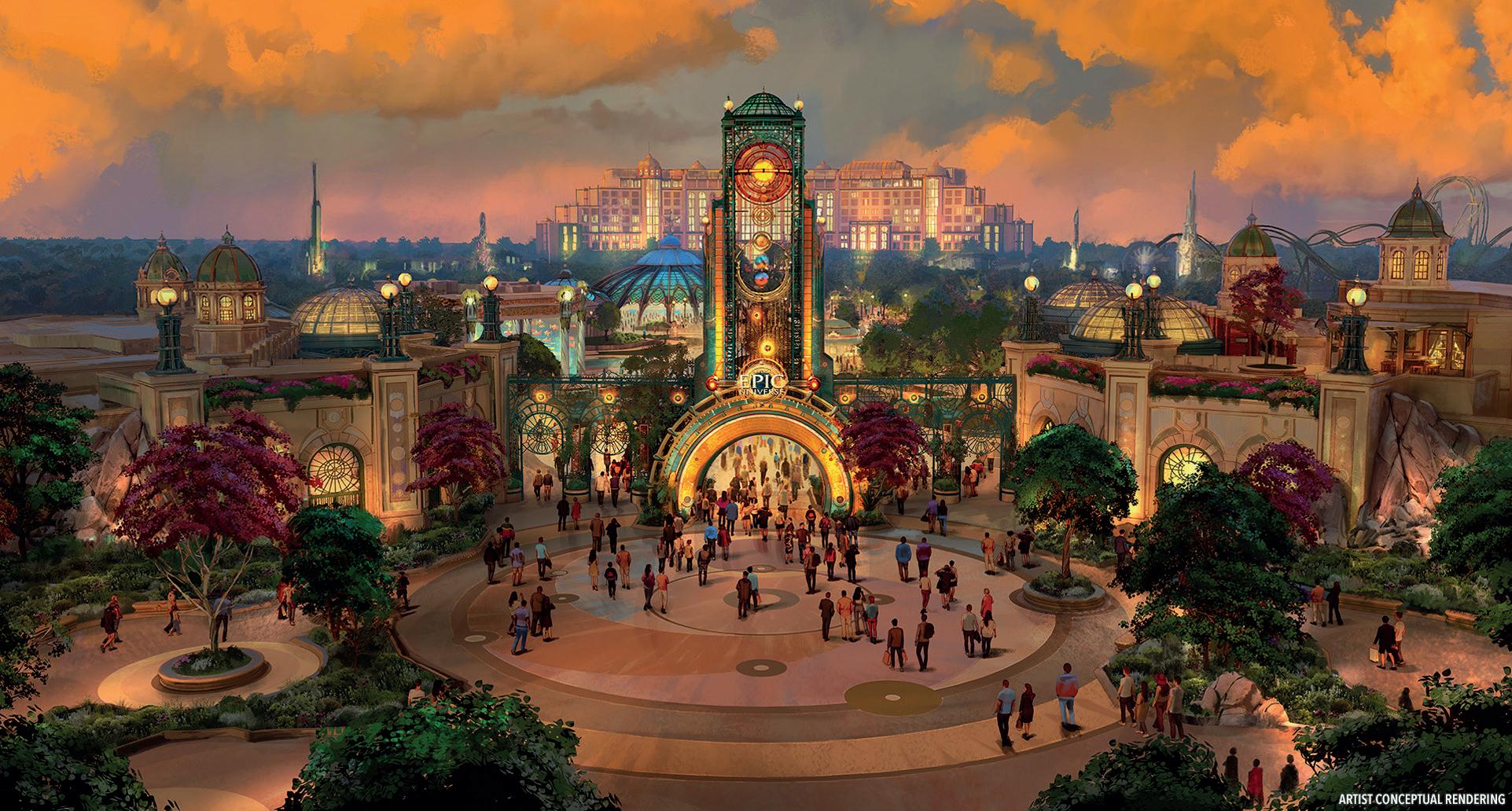
The lands and attractions
Celestial Park sits at the centre of the park, and features landscaped gardens, water features, the Universal Helios Grand Hotel and a range of retail and dining experiences. It also features three rides: the Constellation Carousel, the Stardust Racers dual-launch rollercoaster and the Astronomica water play attraction. From Celestial Park, visitors can enter the four other themed lands through ‘magic portals’.
Guests enter Super Nintendo World via the iconic green pipe, where they are immersed in a vibrant themed space. Rides include Mario Kart: Bowser’s Challenge, a kart racing
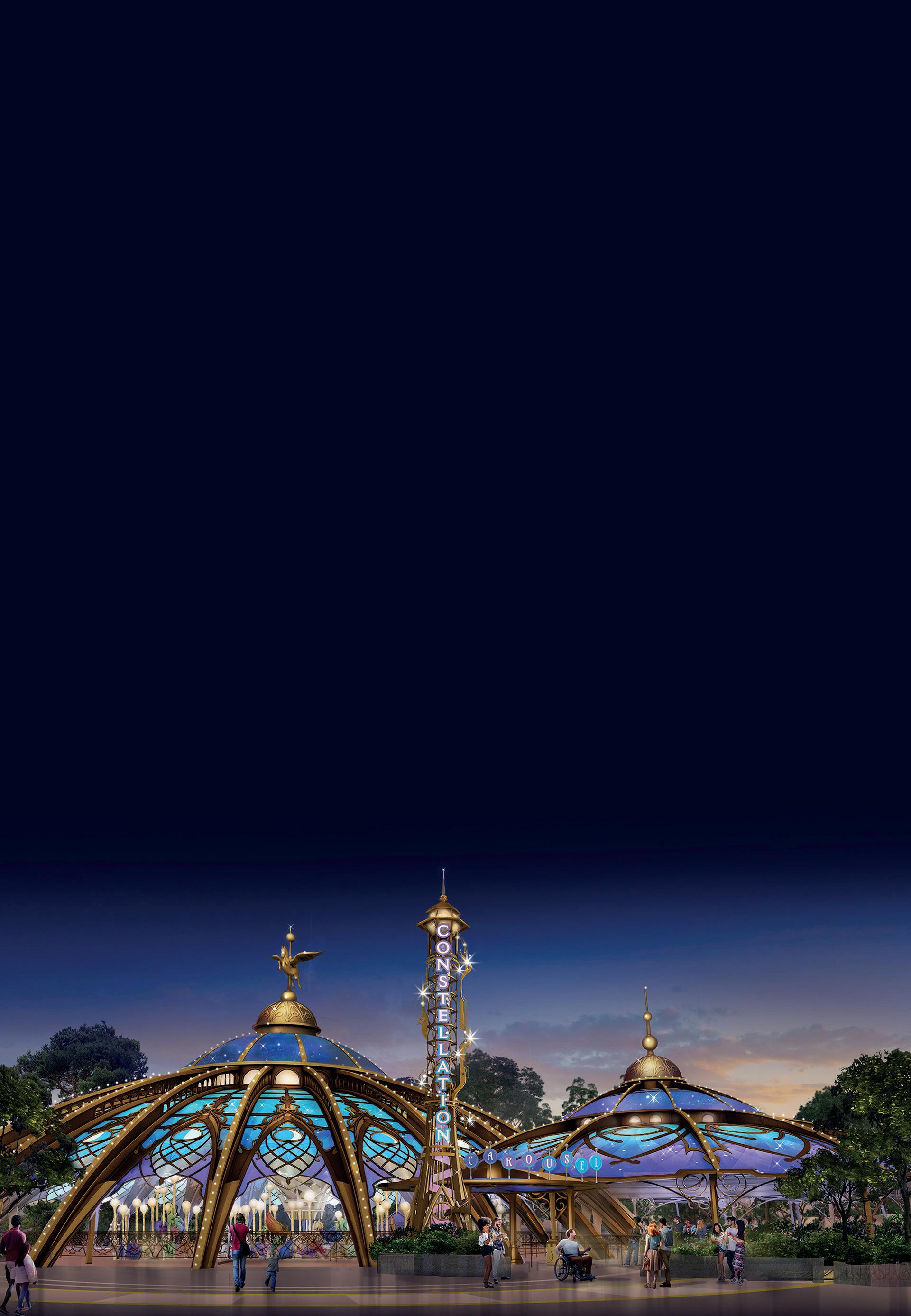
attraction which uses augmented reality to immerse guests in the world of Mario Kart; family friendly ride Yoshi’s Adventure; and the Mine-Cart Madness family coaster.
The Wizarding World of Harry Potter – Ministry of Magic land is inspired by 1920s Paris, as seen in the Fantastic Beasts movies. This themed land features the Parisien-style Place Cachée, with shops, cafes and a travelling circus show. The big ride comes in the form of Harry Potter and the Battle at the Ministry, which transports visitors to the trial of Dolores Umbridge by Metro-Floo, and blends storytelling, immersive environments and unique ride technology.
The Constellation Carousel offers a twist on a traditional theme park classic

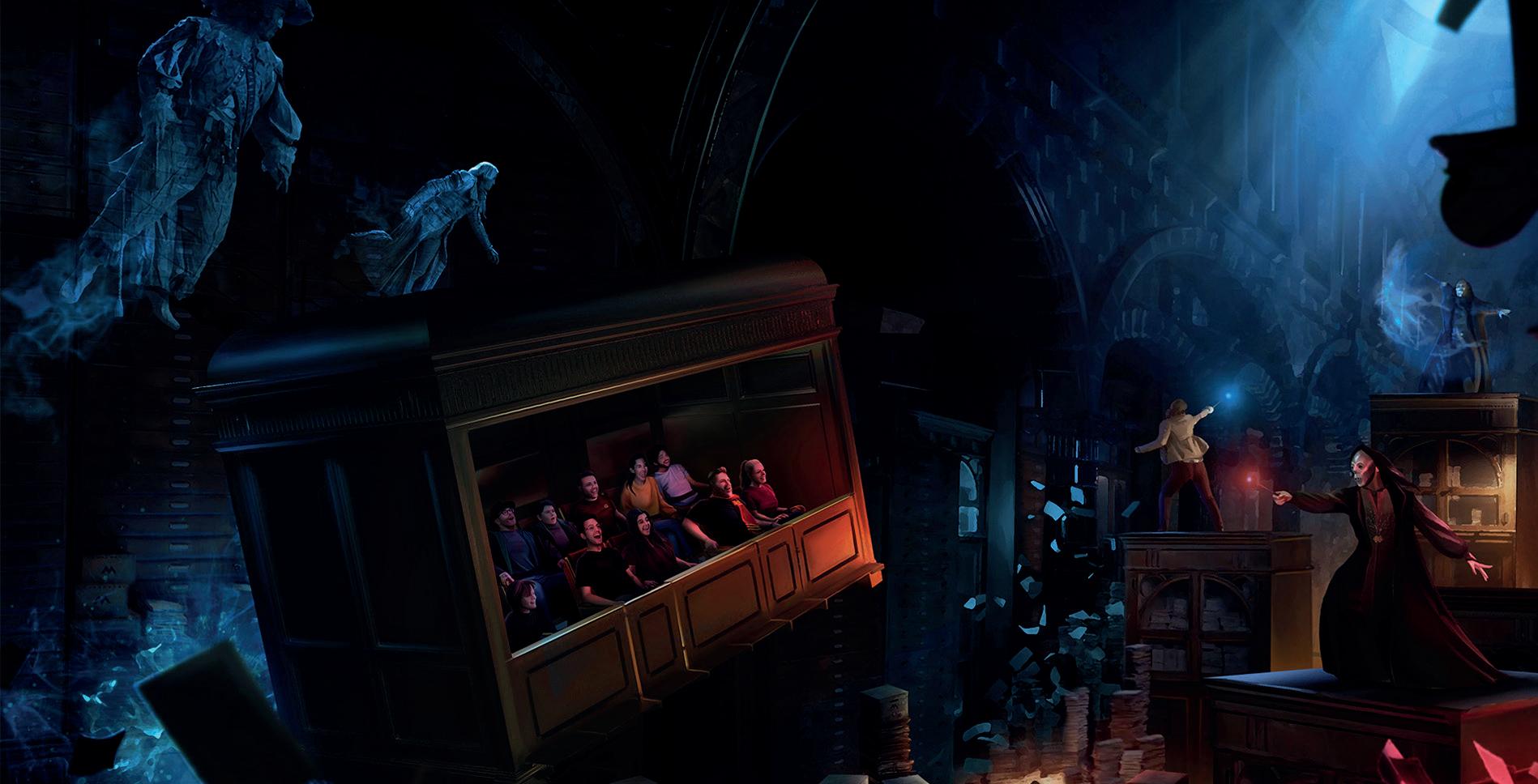
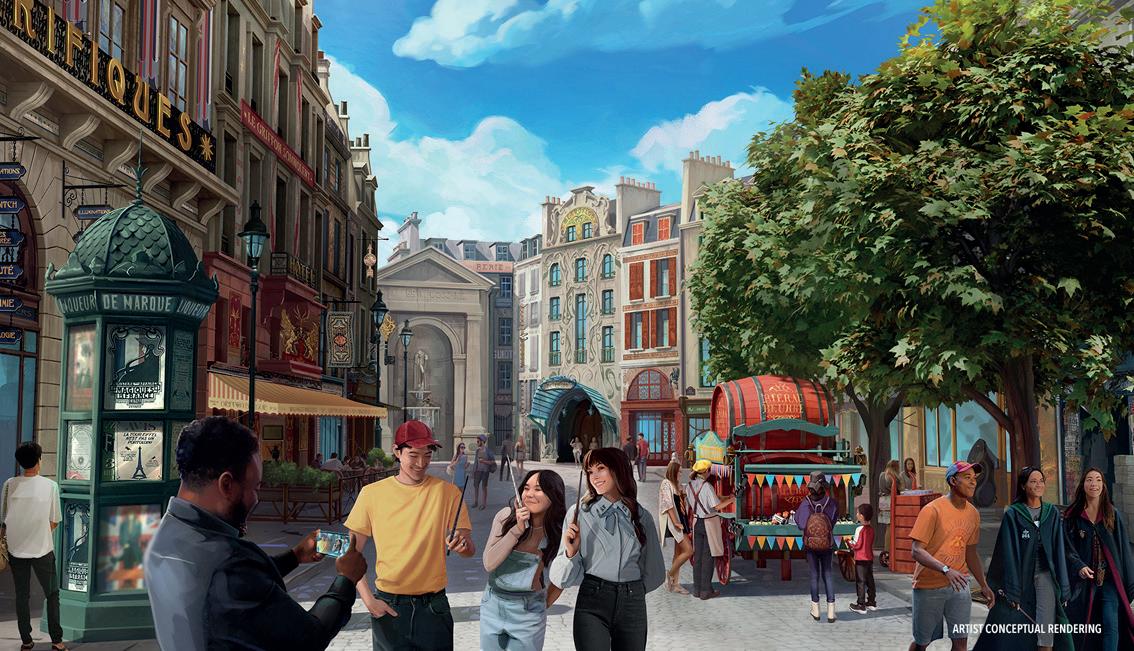
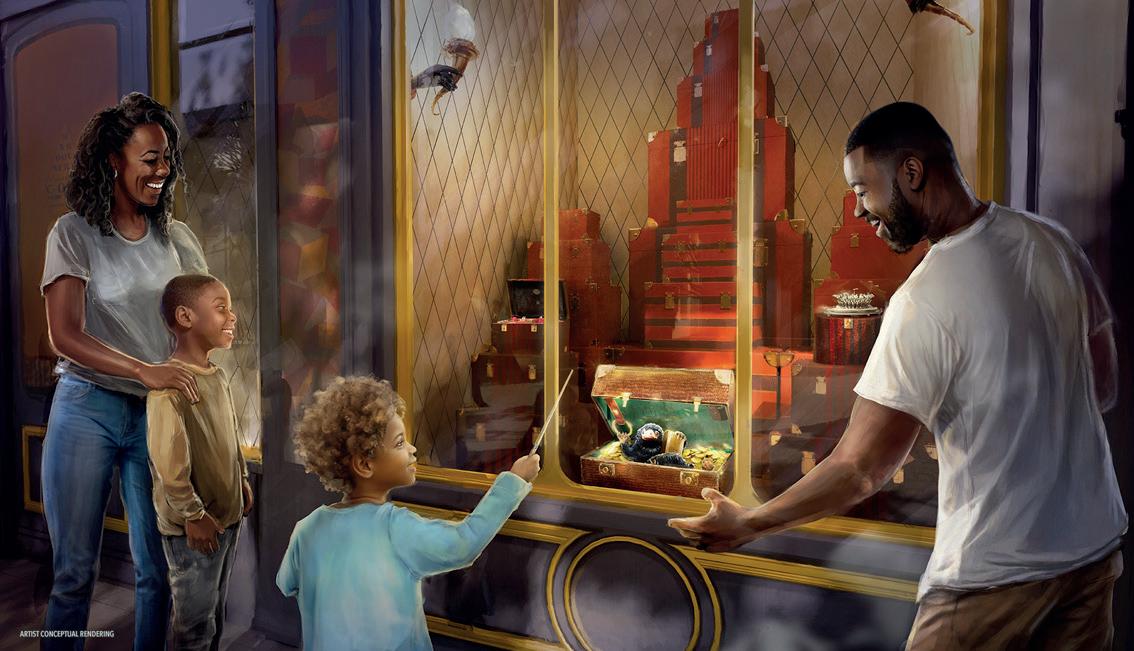
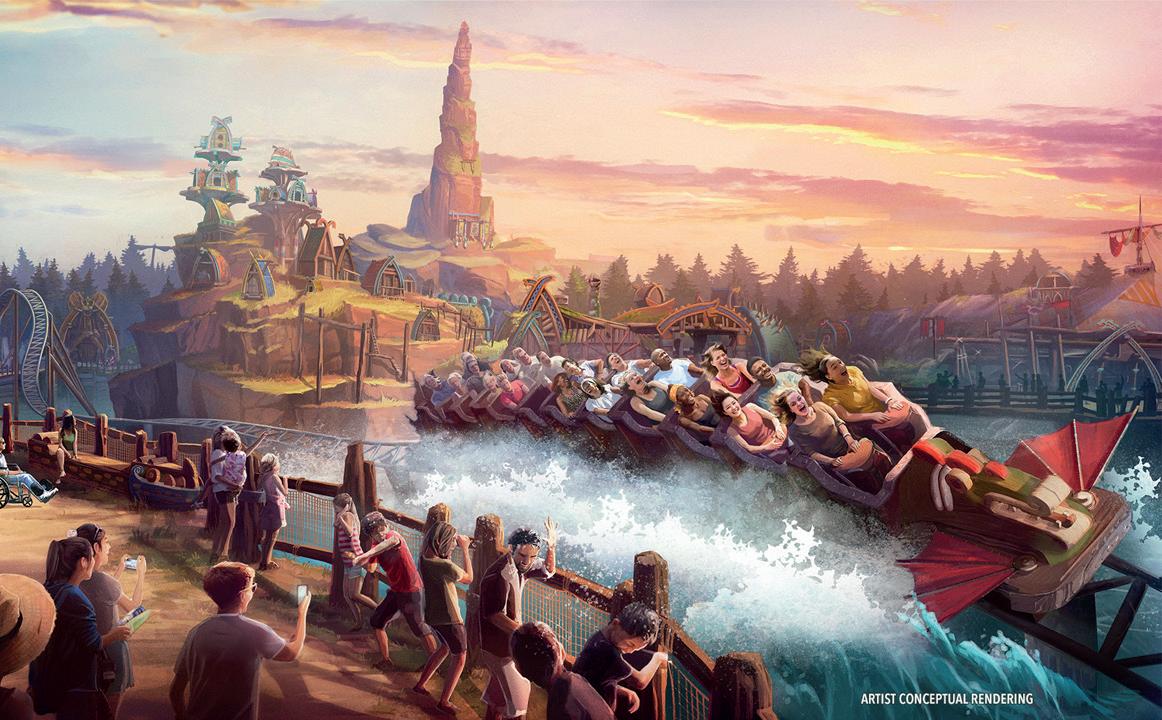

How to Train Your Dragon – Isle of Berk at Epic Universe will feature four attractions: the family thrill coaster Hiccup’s Wing Gliders, the Fyre Drill boat ride, the Dragon Racer’s Rally ride, and the Viking Training Camp play area. There will also be a live show called The Untrainable Dragon, and visitors can meet Hiccup and Toothless in the Haddock Paddock.
The final themed land, Dark Universe, is aimed at horror fans, and features the dark ride Monsters Unchained: The Frankenstein Experiment, as well as the Curse of the Werewolf spinning family coaster. Guests can also meet their favourite monsters, including the Invisible Man and Frankenstein’s Monster and his bride.
Universal hopes Epic Universe will transform Universal Orlando Resort into a week-long holiday destination. With the opening of Epic Universe, the Resort will offer four theme parks, 11 destination hotels and a huge range of themed lands and dining options.
“This is such a pivotal moment for our destination, and we’re thrilled to welcome guests to Epic Universe,” says Karen Irwin, president and COO of Universal Orlando Resort. “With the addition of this spectacular new theme park, our guests will embark on an unforgettable vacation experience with a week’s worth of thrills that will be nothing short of epic. Our Universe will never be the same.” l
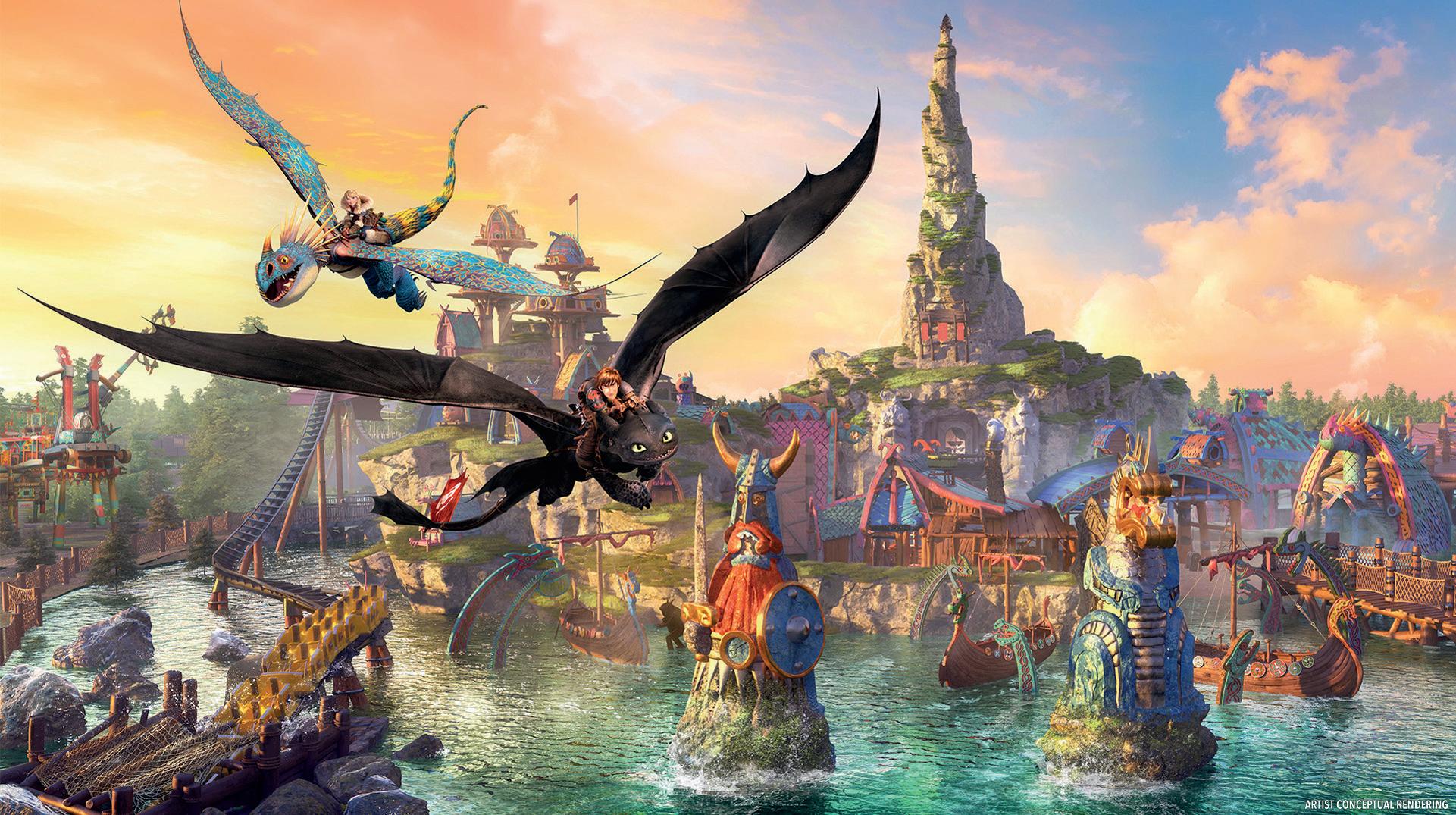
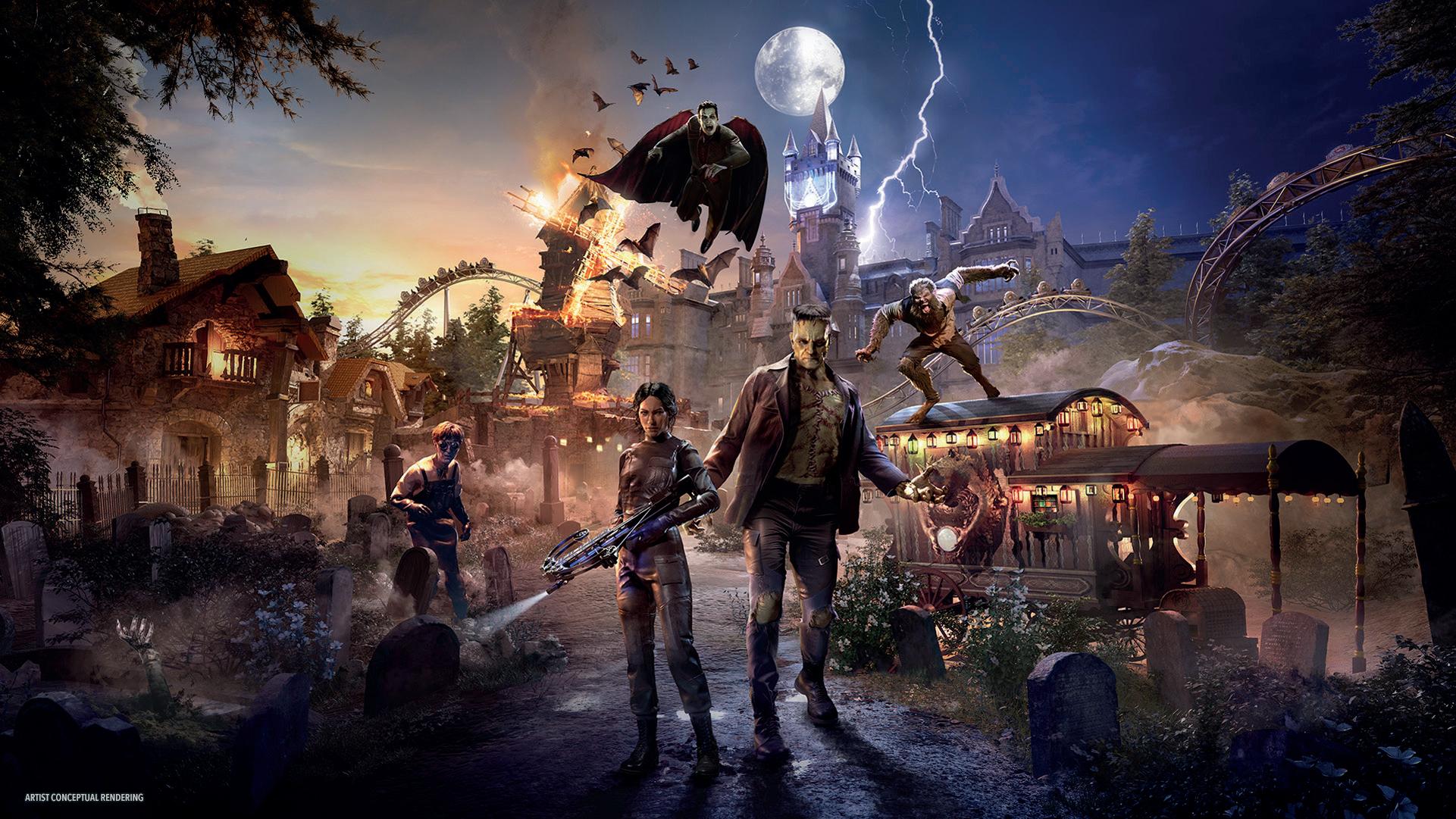

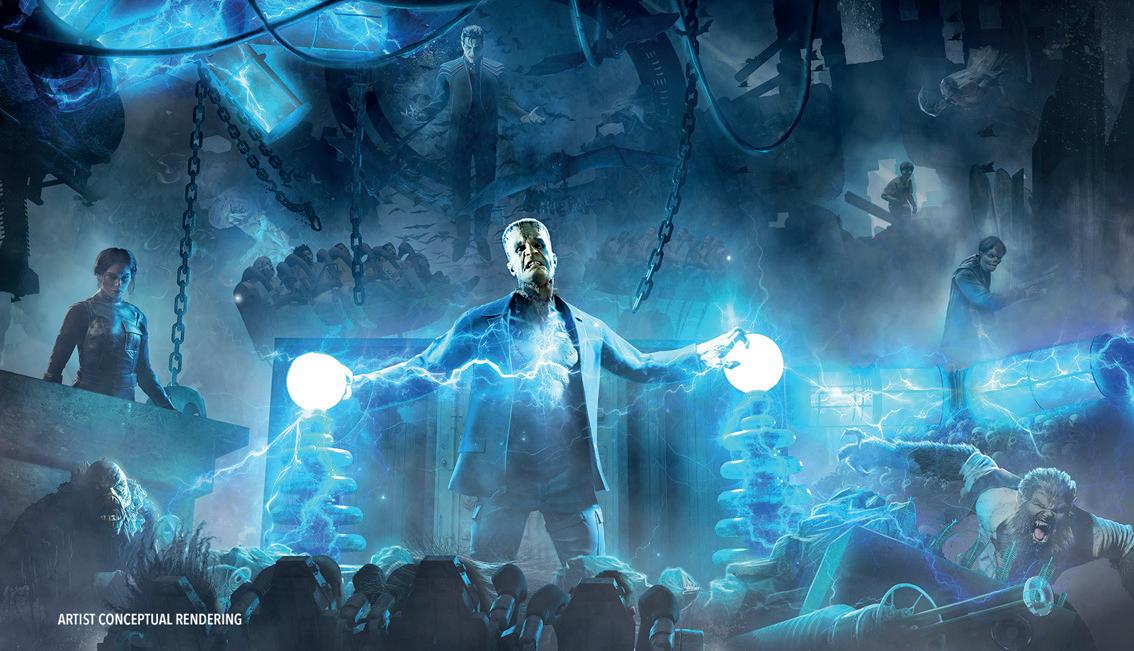
Dark Universe’s Frankenstein Windmill will periodically burst into flames


Creating quieter zoos could deepen visitors’ understanding and create more relaxing and meaningful experiences, according to a recent study
More quietness in zoos could help restore their purpose as restorative retreats for overstimulated minds
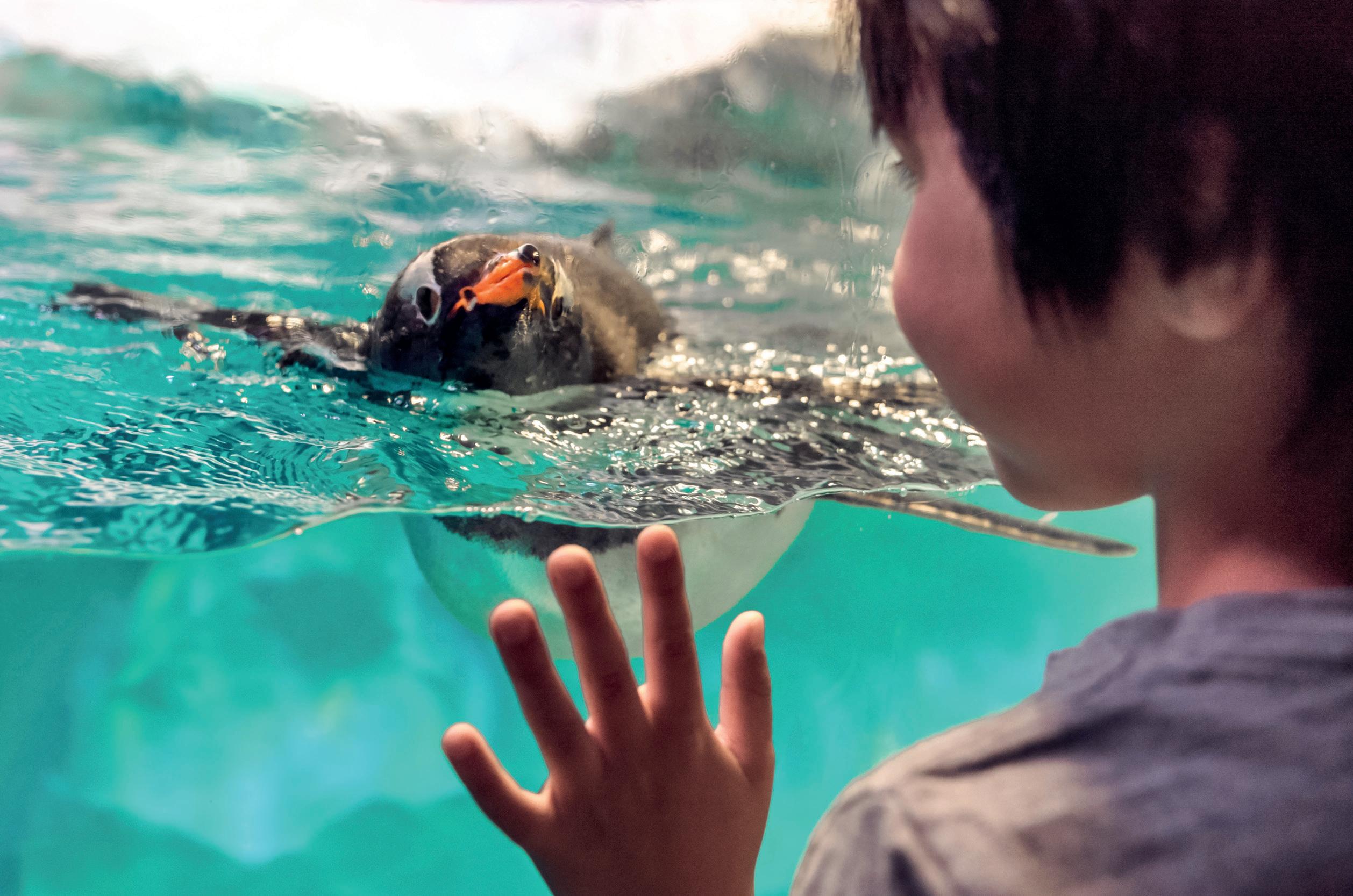
Encouraging quietness during zoo trips can help visitors better appreciate their inhabitants and lead to more fulfilling, respectful and informative experiences, a new paper argues.
More opportunities for silence would allow people to better notice the natural world and the behaviour of the animals, researchers from the University of Exeter and the University of St Andrews say, and could encourage visitors to care more about the work of zoos to protect species.
The paper, entitled Why We Should Keep Quiet at the Zoo, is by Alexander Badman-King, Tom Rice, Samantha Hurn and Paul Rose from the University of Exeter and Adam Reed from the University of St Andrews in the UK. It is based on earlier research by the same team, in which they conducted experimental silent zoo visits in the south west of the UK. A high proportion of those who took part suggested that they would be willing to pay a premium to gain access to the zoo for designated quiet visiting times.
Participants in the silent and quiet visits run as part of the Listening to the Zoo: Challenging Zoo Visiting Conventions project frequently mentioned feeling that being quiet made their experience of the zoo conducive to meditation, mindfulness and relaxation. The visits allowed them to engage with the zoo environments in ways which they felt enhanced their wellbeing.
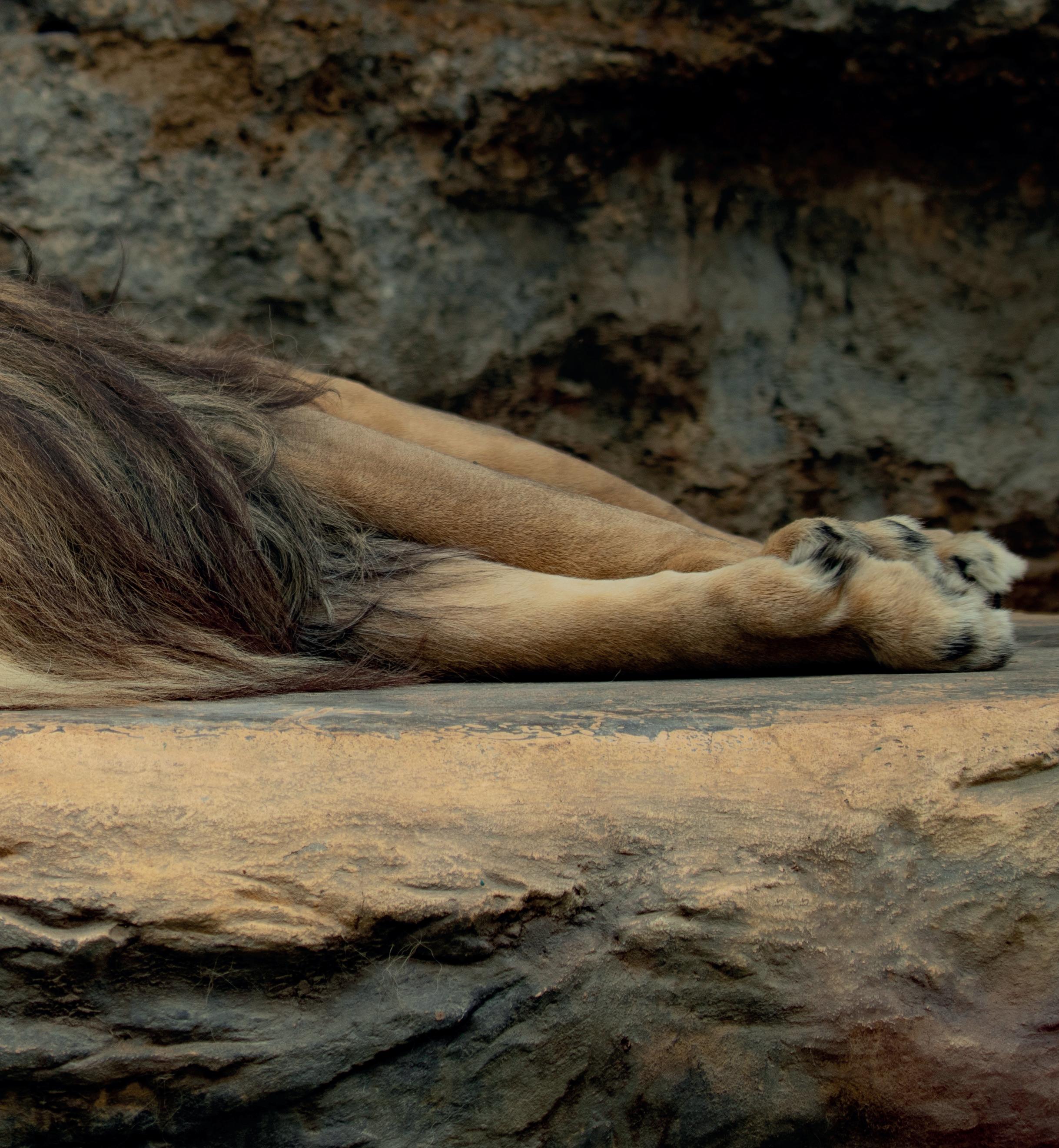
Quieter zoos could encourage deeper connections to the animals, suggests the study
Exploring comparisons between zoos and other public spaces that encourage hush – such as libraries, art galleries, theatres and memorial sites – the new paper argues that quiet is more appropriate than being noisy in zoos.
“The central premise here, drawing upon theories of attention and love, is that noise involves a certain kind of outward expression, which leaves less room for the appreciation of, and attention to, the animals and information that the zoo provides,” say the authors.
The paper was partly inspired by the effect of lockdowns on zoos. While the COVID-19 pandemic’s effect on the financial sustainability of the zoo and aquaria sector was devastating, it showed how a quieter environment might benefit the animals, and offered a look at how zoos might function differently.
“Quietness is best suited to the learning and conservation aims of zoos,” says Dr Badman-King.
“If we say ‘here are some animals which we’re keeping in captivity so that you can come and appreciate them in a respectful way and learn about the plight of their wild counterparts’, then we’re engaging in a very different kind of activity from the more conventional ‘fun day out’ way of thinking about zoo visits.
“Zookeepers pay close and quiet attention to both individual animals and species more generally. They can provide an example of the kind of appreciation towards which this culture shift should point.”
“It’s important not to misconstrue this suggestion as being an oddly macabre insistence that everyone should be miserable when they visit zoos,” Dr Badman-King adds. “During quiet appreciation, people can still experience enjoyment, even fun.
“Zoos must and should communicate some unpleasant facts, but they also show us profound beauty, the almost unfathomable wonder of the natural world, and yes, the funny, cute and intimidating forms and behaviour of these animals.
“An attitude of appreciation, one which is coterminous with being quiet, fits this complex mixture of experiences far better than a culture of zoo-going which regards noise as normal.”
The study says encouraging more quietness in zoos could help to partially restore their original purpose as restorative retreats for calming overstimulated minds, with related benefits in terms of health and wellbeing for human visitors, as well as the non-human residents of the zoo.
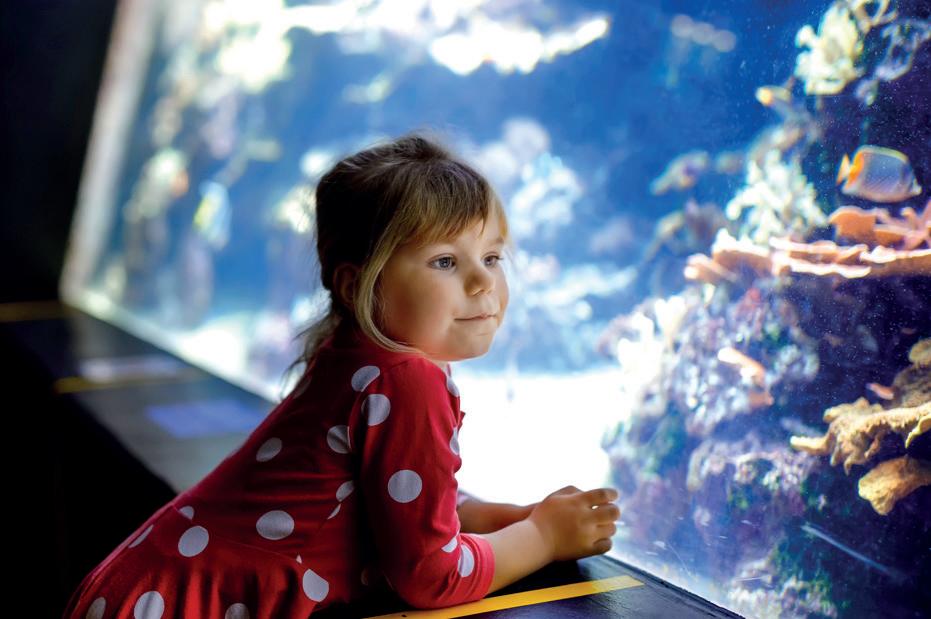
Several different suggestions were made for strategies that zoos might use to create quieter conditions, for instance, requesting quiet in small parts of their sites and then gradually expanding these or asking for quiet at designated hours or periods of the day. Listening walks could be offered, and visitors encouraged to be more aware of the effect of sound on the animals.
It was proposed that zoos could provide maps showing areas that are typically quiet, and also provide information on when they are least busy (one such map was produced as part of the Listening to the Zoo project). In the context of the listening visits, participants seemed to feel that being quieter and more receptive could be mutually beneficial for human visitors and for the animals.
“Being inspired by the wonder, majesty, thrill and endearing qualities of various species encountered in person, is undoubtedly a noble and compelling way to achieve a kind of environmental education… that foundation, already common in zoos, can be deepened and enriched by understanding the role of quietness in our experiences,” the papers’ authors argue.
“By encouraging and allowing visitors to direct their attention more fully at the animals, plants, environments and information in zoos, these places can offer us all something far richer and more valuable than they already do.” l

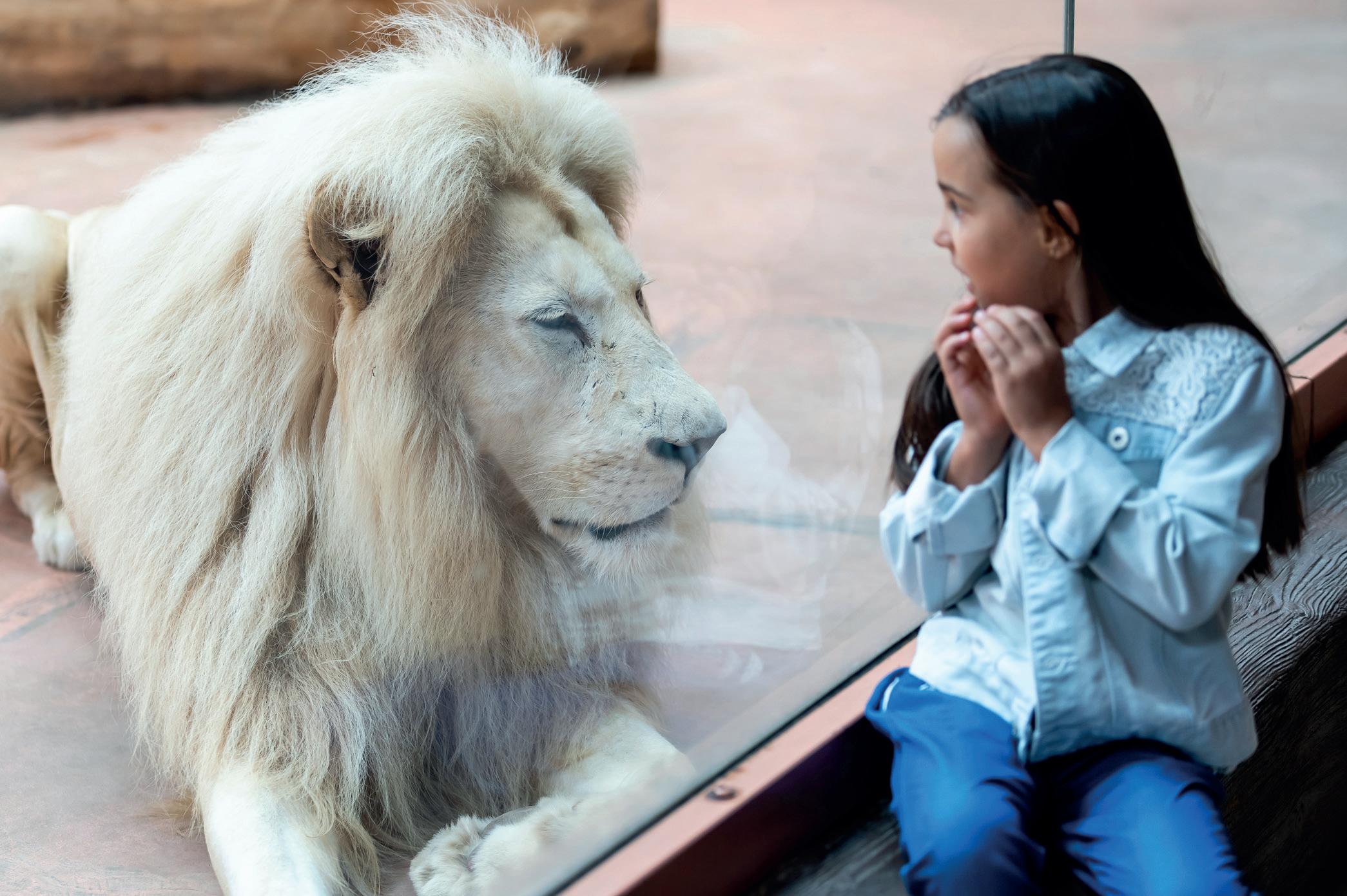
A set of 90-minute-long guided visits were carried out at two UK zoos – Paignton Zoo and Bristol Zoo Gardens. Guides led groups of 10 volunteers through key areas of the zoo, carrying out exercises designed to encourage them to consciously engage with sound and foreground it in their zoo visiting experience. These included asking visitors to close their eyes and listen, and then asking a series of questions about what they could hear, as well as walking in silence while being invited to reflect on how the animals might hear sound in their enclosure and in the zoo more generally.
Afterwards, the participants were interviewed about their experiences. Key quotes include:
There is a sort of therapy in respect to sitting and listening and picking up on all the other things that are going on around in relation to the sound … it does give you that calming effect
I come to the zoo probably once a week, as I’m a season ticket holder, and I bring my little niece. I’ve never experienced the zoo like I have this morning. It’s been a very relaxing, lovely, chilling [calming] experience
I would pay to come and just have this kind of experience
I felt it was more authentic than just seeing a zoo, because the way that things are presented to you in the zoo … There are loads of signs everywhere, really bright colours, and you don’t actually see a lot of the animals. But when you’re forced just to listen, you’re actually getting the real experience of the animals. It’s not necessarily entertainment, more that you are a part of it
I felt the more I listened, the more I looked. So, I think the listening improved the looking
Suppliers tell Attractions Management about their latest product, design and technology news
Family friendly attractions manufacturer Sunkid has revealed its latest attraction, the Rocking Tower. This family ride combines a unique tower and swing concept with a distinctive design, delivering an exciting experience for riders of all ages.
The Rocking Tower features an innovative design, which pulls riders upwards along its curved track. Due to the stiff gondola arm, the seats begin to tilt until they reach their maximum inclination of 75 degrees. At a certain position,
the guide wheels de-couple and the gondolas begin to swing and rock.
The Rocking Tower’s signature design is available with multiple theming options, making it suitable for theme parks, cruise ships and elevated locations including skyscrapers and hills. It also features a small footprint with small clearance section around the bottom of the tower, meaning it can be installed close to existing facilities.
Sunkid was awarded the Brass Ring Award for new products
For the latest supplier news and company information, visit attractions-kit.net
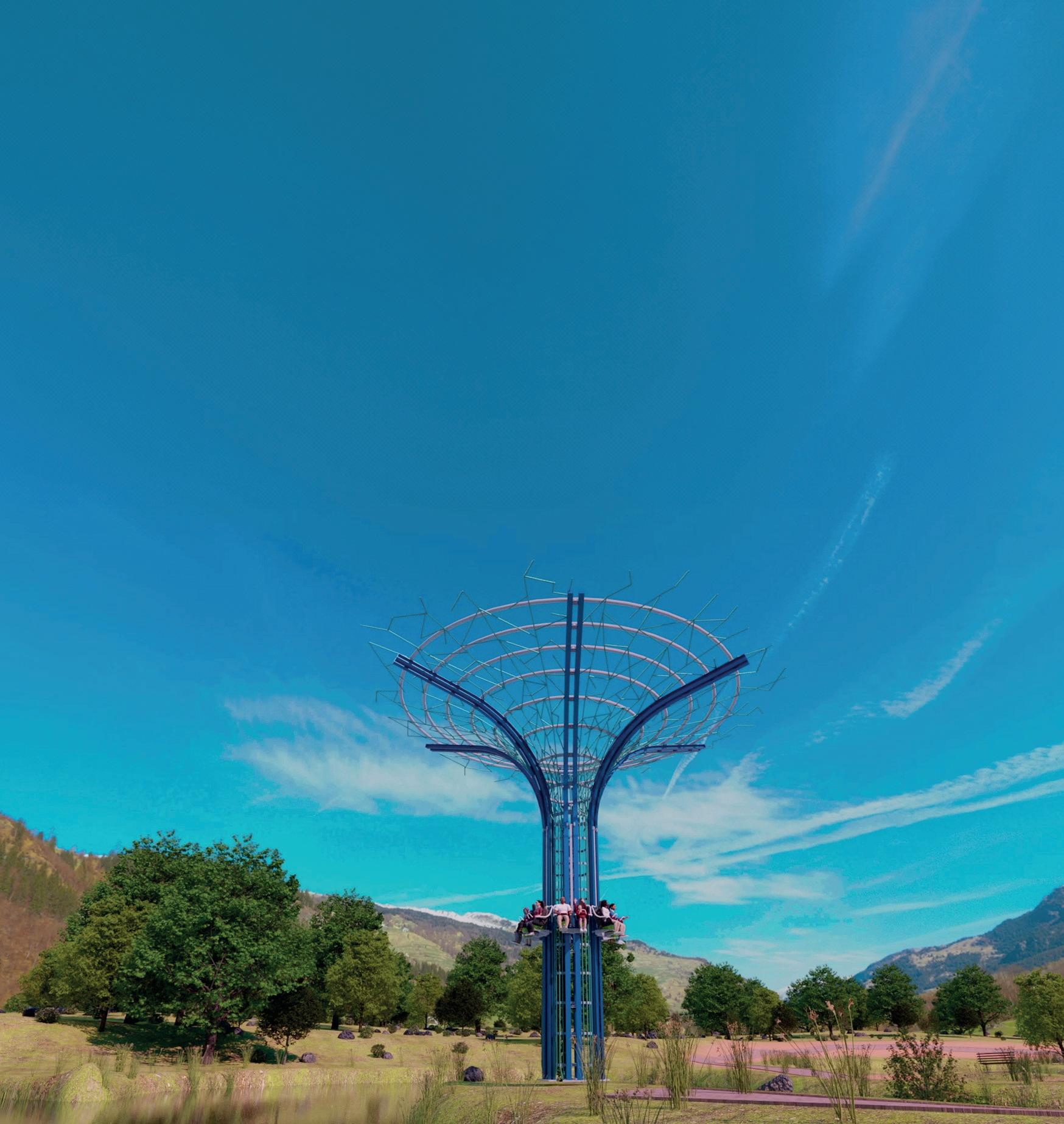

at IAAPA Expo 2024 Orlando.
“The Rocking Tower is a completely new ride concept,” said Emanuel Wohlfarter, CEO of Sunkid. “It’s a combination of a tower and a swing in one ride, which is very unique. What is really unique is the small footprint. This is for sure an attraction which is very interesting for any parks around the world.”
attractions-kit keyword
Sunkid

The family ride concept features rising, tilting gondolas that swing and rock
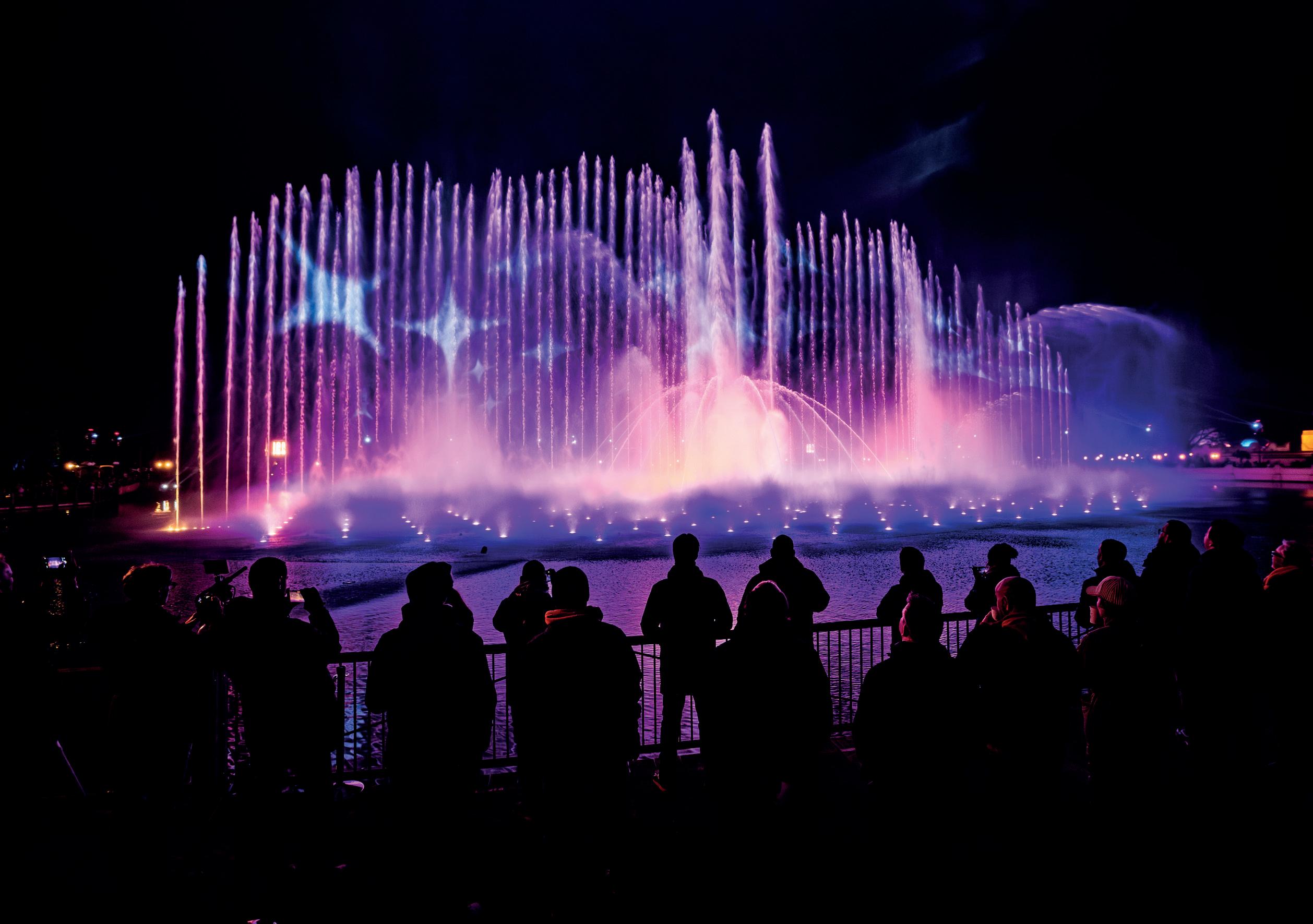
Dutch theme park Efteling has launched its transformed Efteling Symphonica water show, which has been redesigned to bring it into line with the park’s sustainability goals.
Part of Efteling’s drive to reduce its carbon footprint, the transformation has seen the fire effects – which used propane – removed from the show. Instead, 8m-high ‘beacons of light’ have been added around the lake, creating dramatic and colourful thematic effects. The show also features a new piece of music, creating a completely refreshed experience for visitors.
“We are extremely happy with this final result,” said Koen Sanders, director of product, marketing and image.
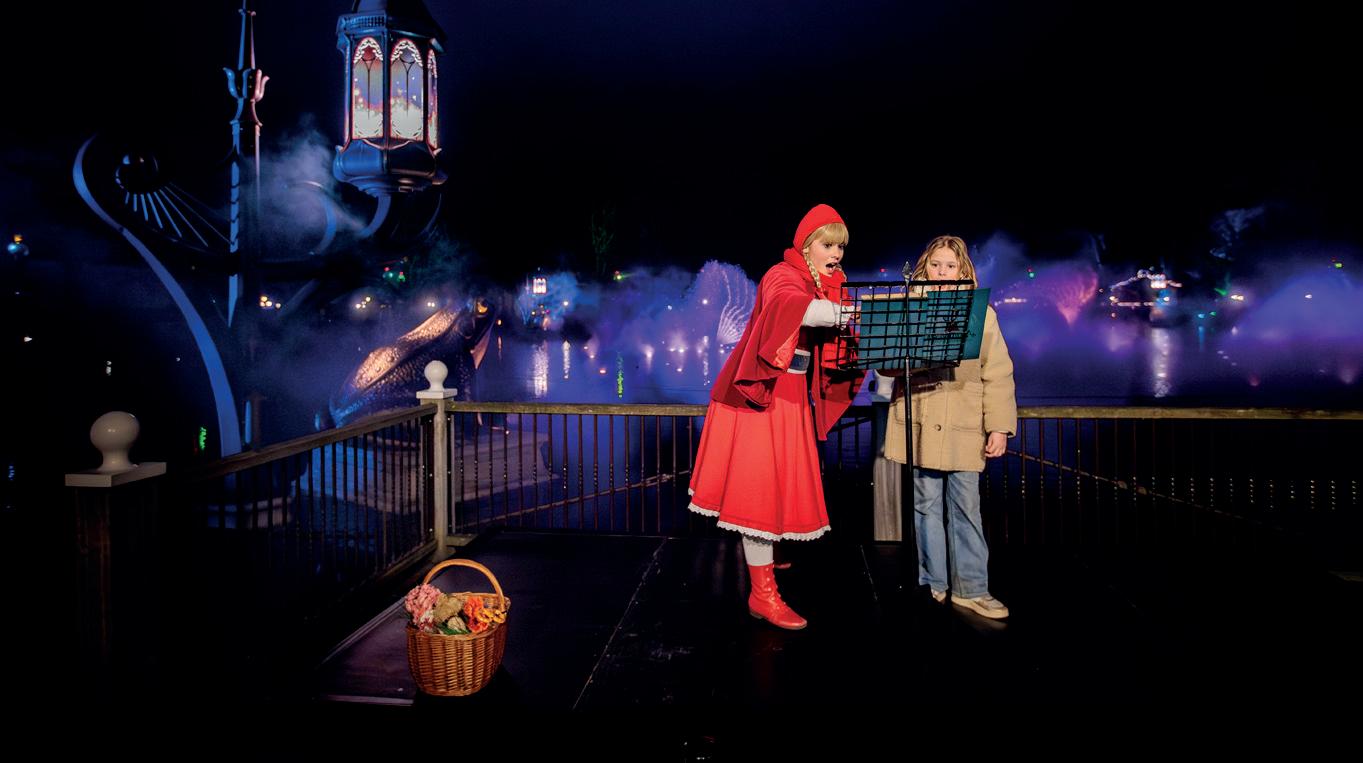
“We want to keep innovating for both day guests and overnight guests. In addition, we’re taking another step in the right direction towards Efteling’s climate objective by removing the fire effects from the show. We want to be climate-neutral by 2030 and the use of such a show effect
no longer fits in with that.
“With the addition of the beacons of light, a new piece of music and new show effects, we have realised a completely new experience.”
attractions-kit keyword Efteling
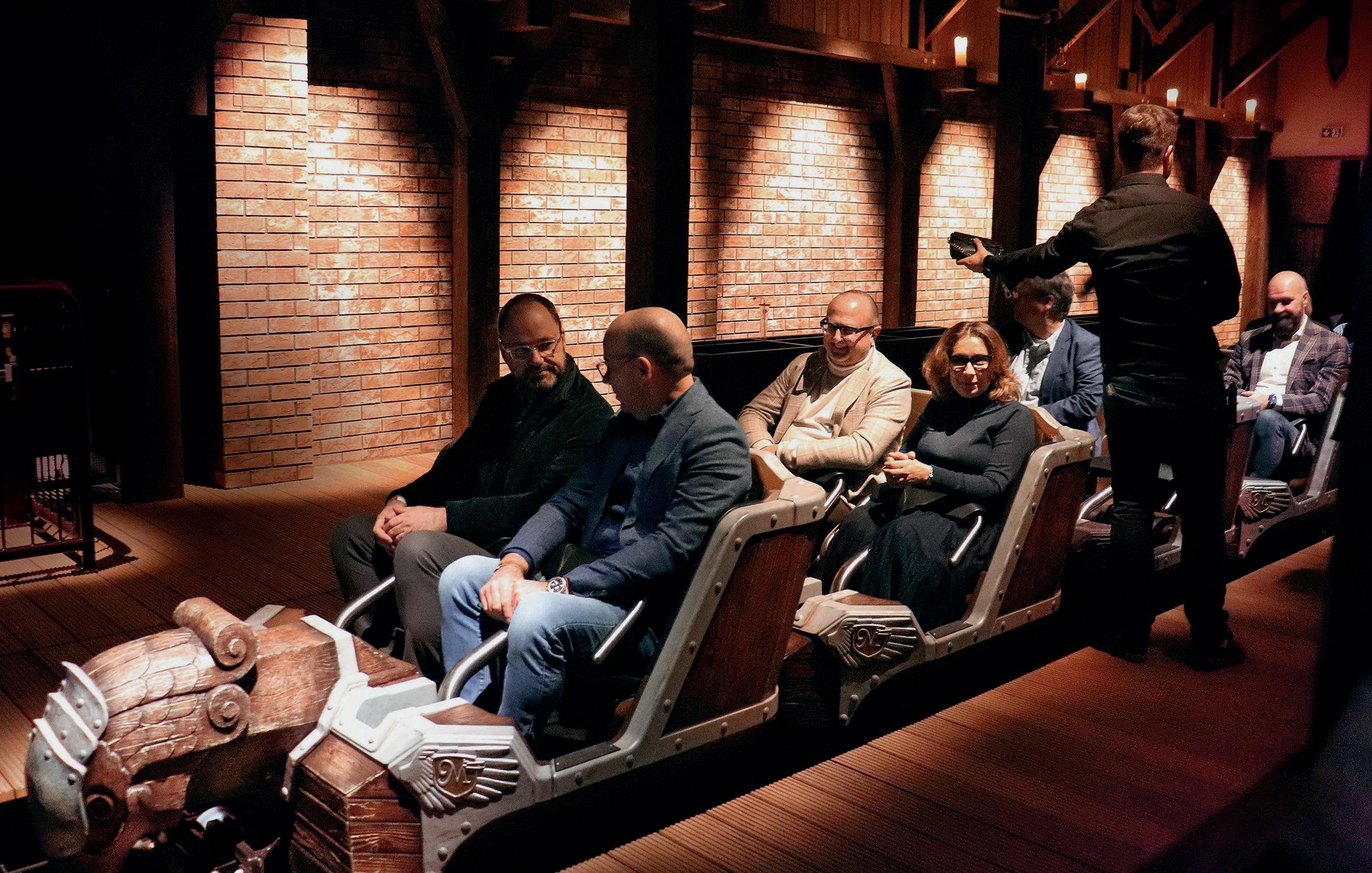
Polish indoor theme park Mandoria has opened its new Aquila rollercoaster. The coaster, which was designed by Vekoma, is the star of a new themed land that has been designed to fit in with Mandoria’s atmosphere of a 16th century trading city.
“The opening of the new zone has been a tremendous success. The enthusiasm of our visitors and their interest in Aquila and other attractions are the best proof that Mandoria continues to move in the right direction,” said Daniel Zieliński, vice president of Mandoria.
The coaster runs along a 445-metre-long track embedded in a 25-metre-high tower, and has space for up to 20 passengers. It accelerates to 70 km/h before going through ‘rapid twists and surprising turns’ and can be ridden by children from 95cm-tall.
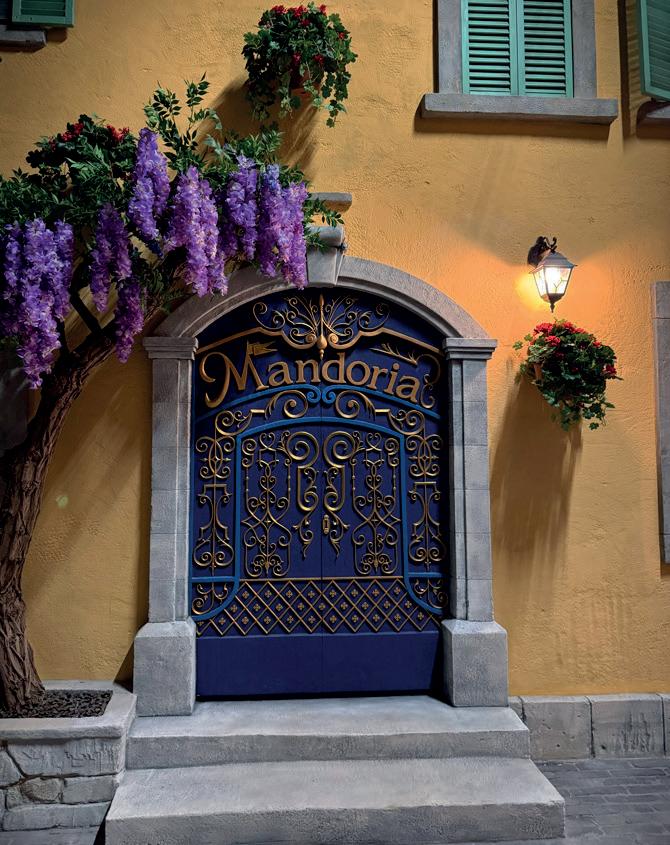
“Thanks to the construction of the impressive 25-metre tower, Aquila – our fourth rollercoaster – will become the most extreme attraction in Mandoria’s history,” said Zieliński “This groundbreaking project introduces a completely new dimension of entertainment.”
The entire rollercoaster track is
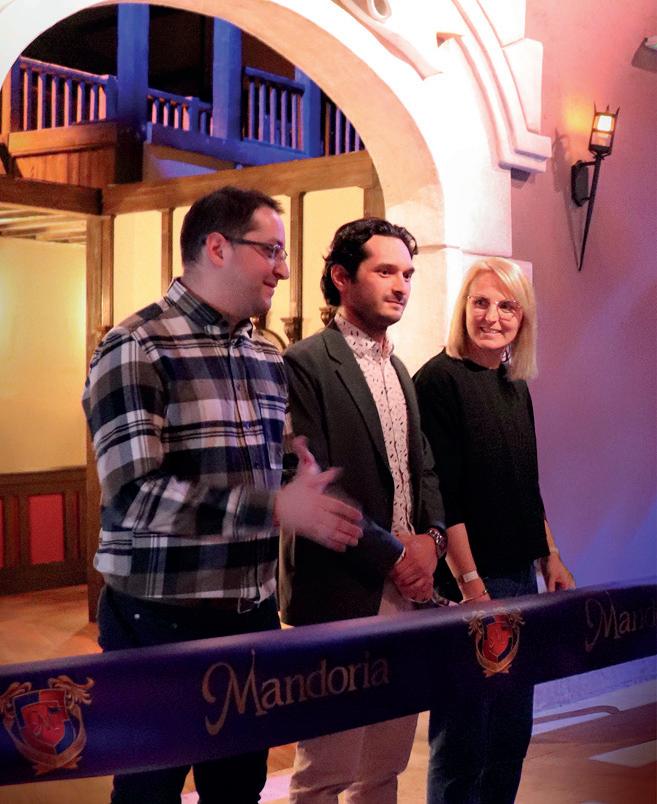
hidden within a building, ensuring year-round accessibility.
“The rapid acceleration to 70 km/h in three seconds, surprising turns, and sharp twists guarantee exceptional emotions, raising the bar for all thrill-seekers.” l
attractions-kit keyword Vekoma
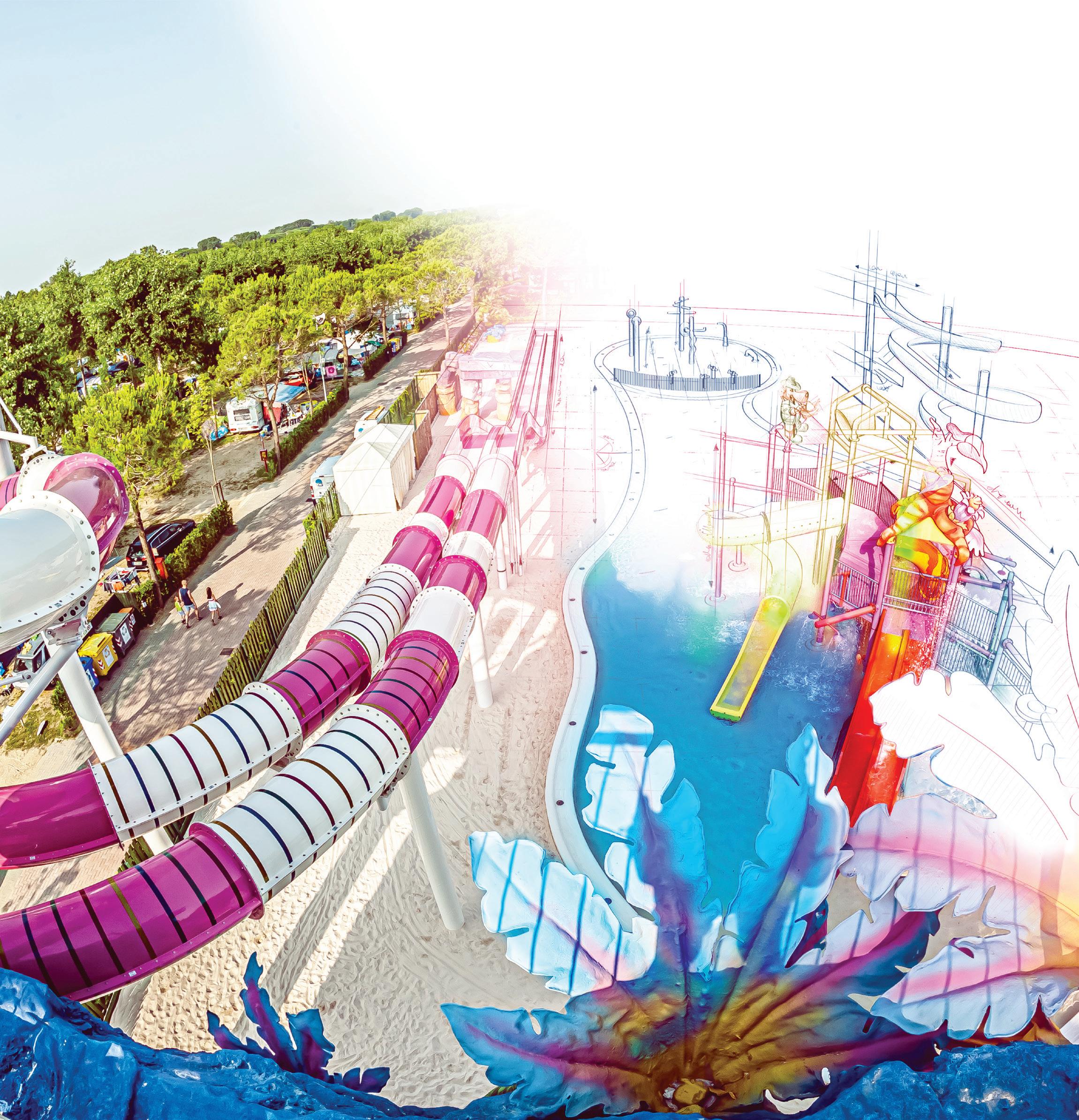
ADVANCED WATER PLAY SOLUTIONS WITH CUSTOMIZED DESIGN: WHEREVER THERE IS WATER MYRTHA CAN MAKE THE DIFFERENCE.
